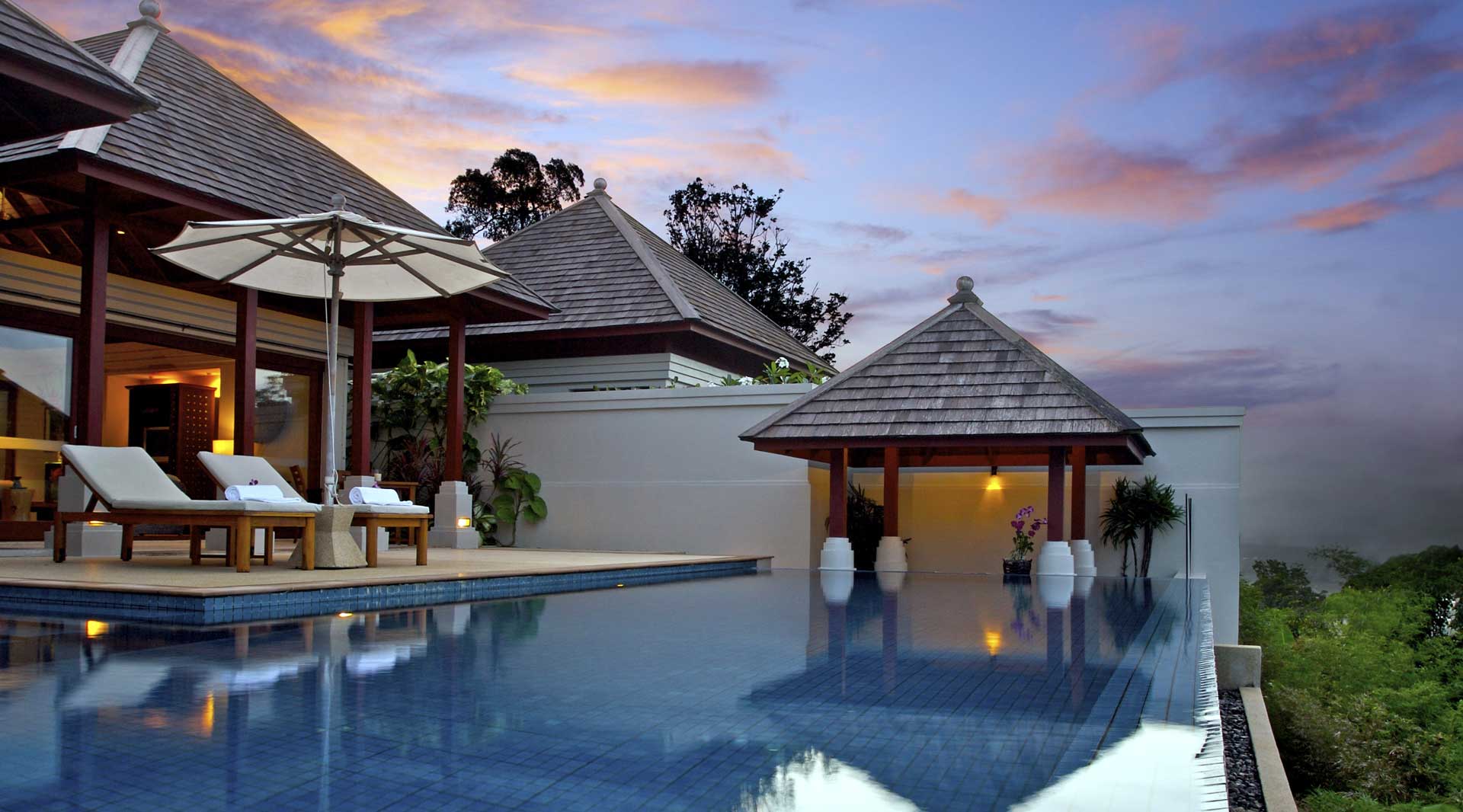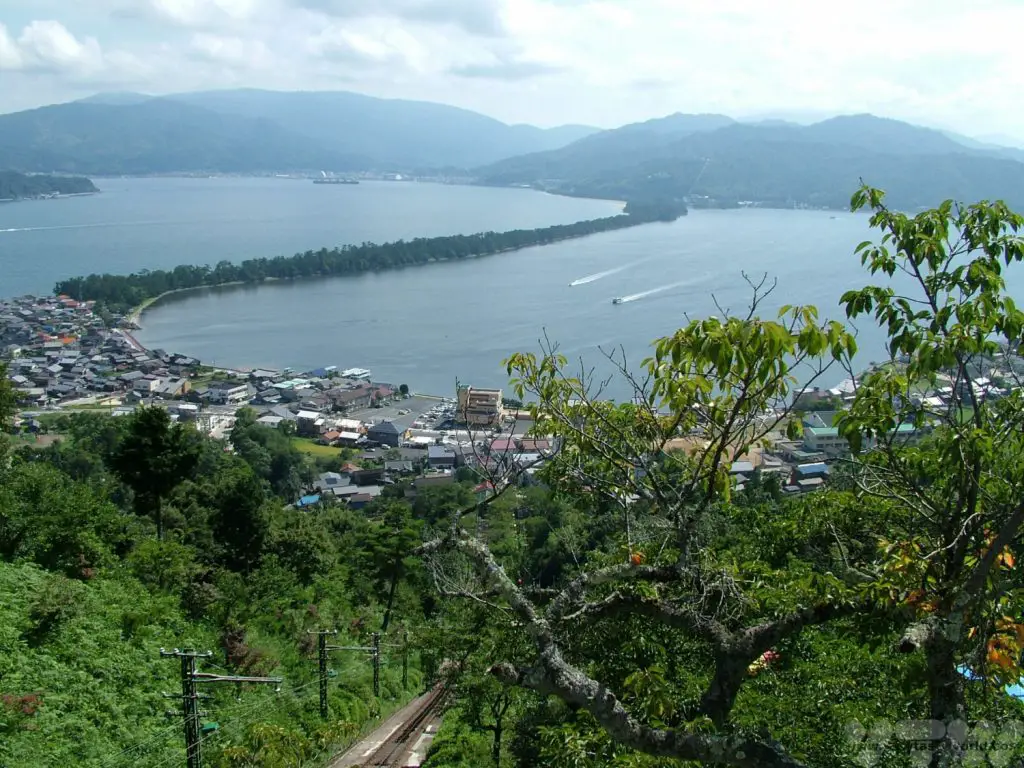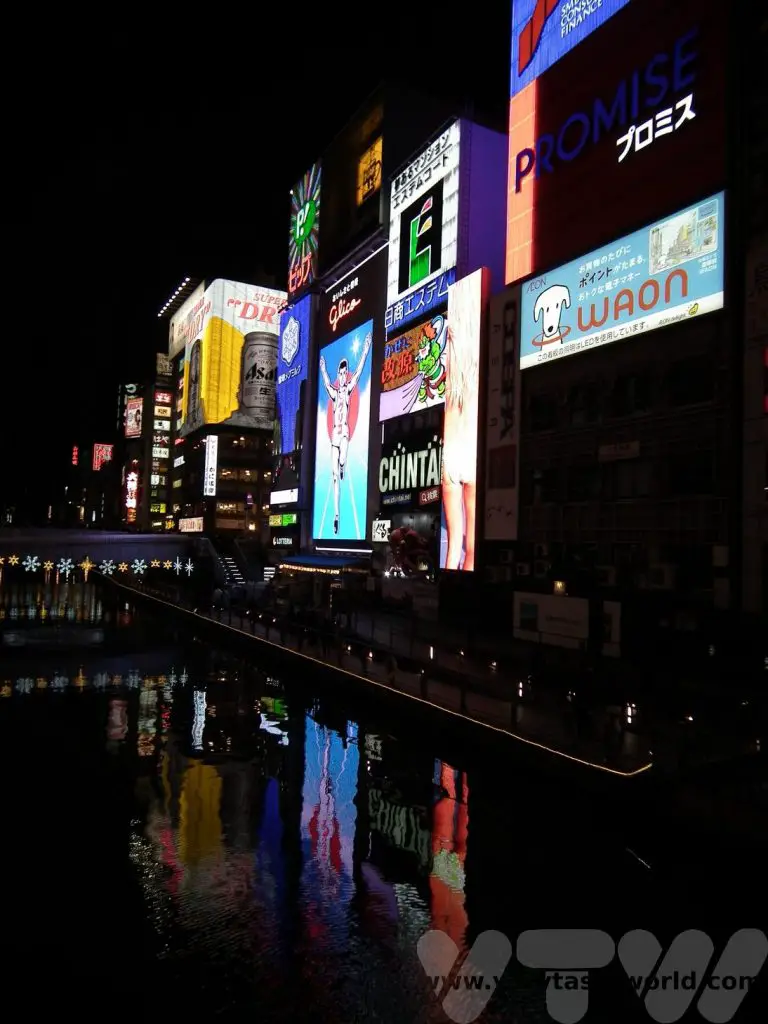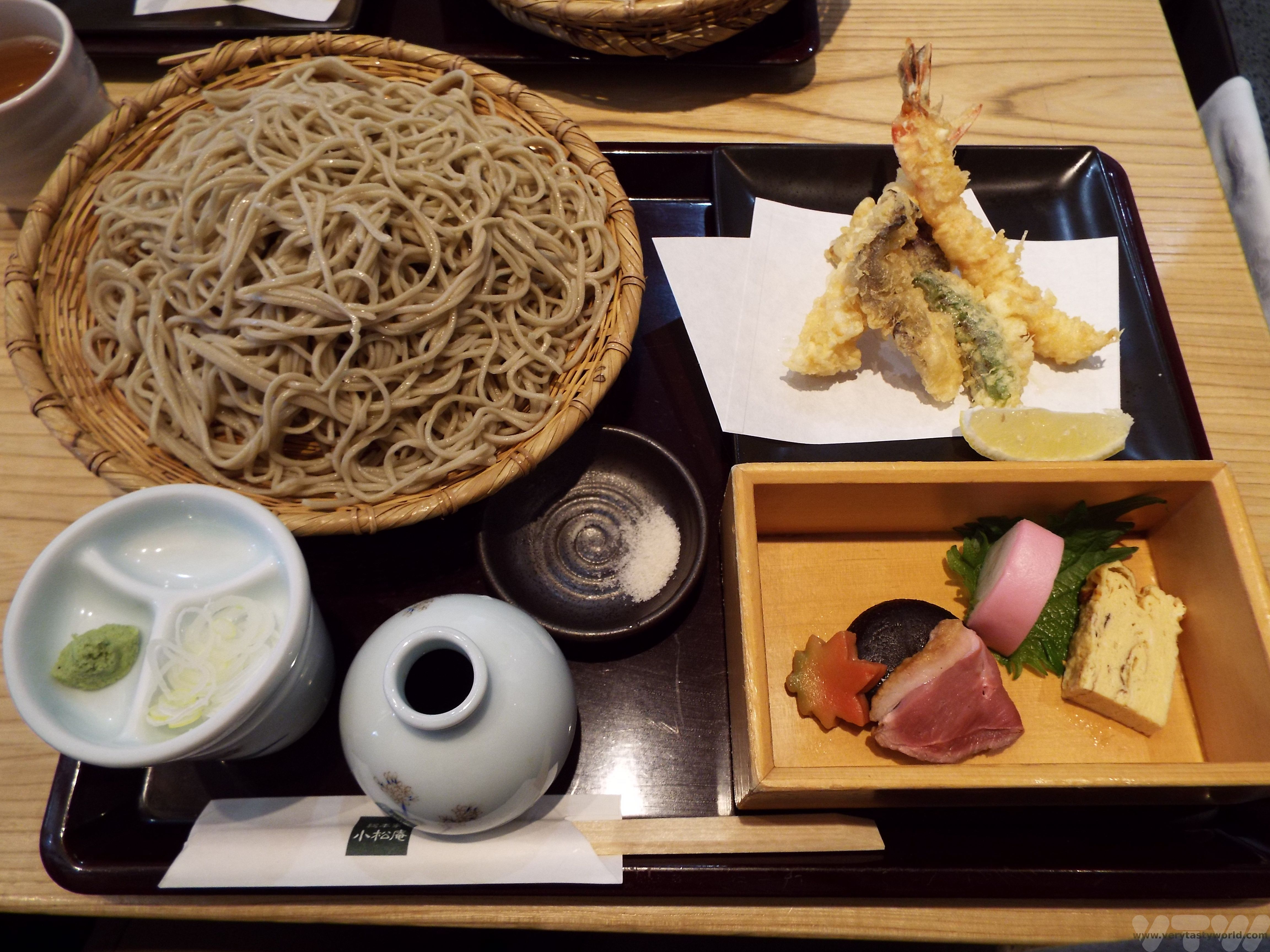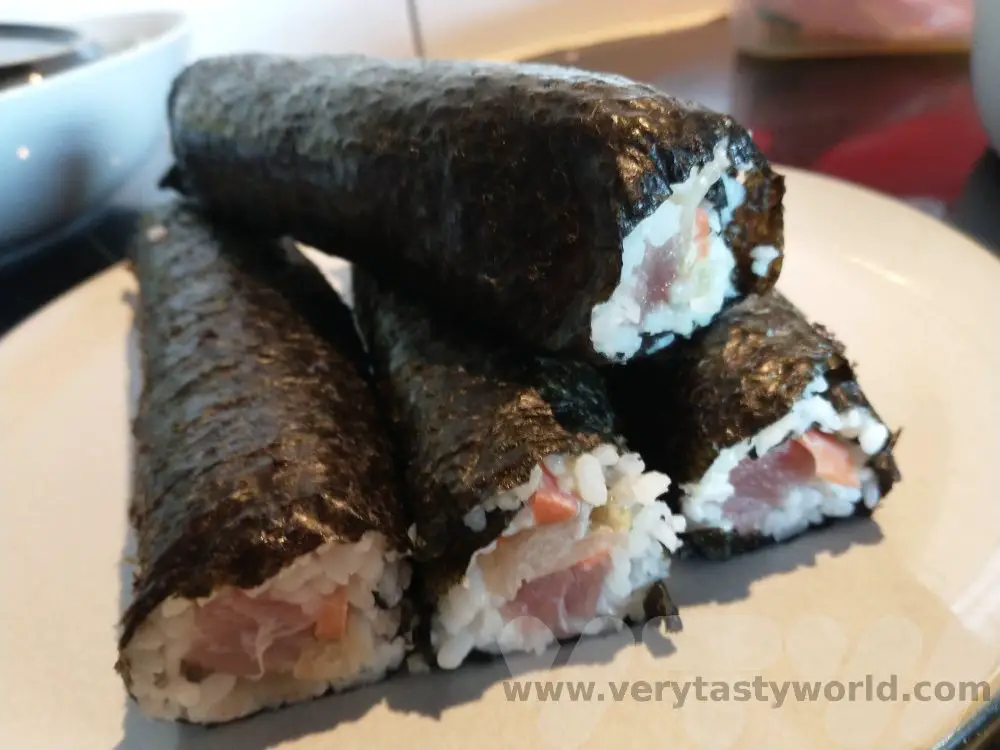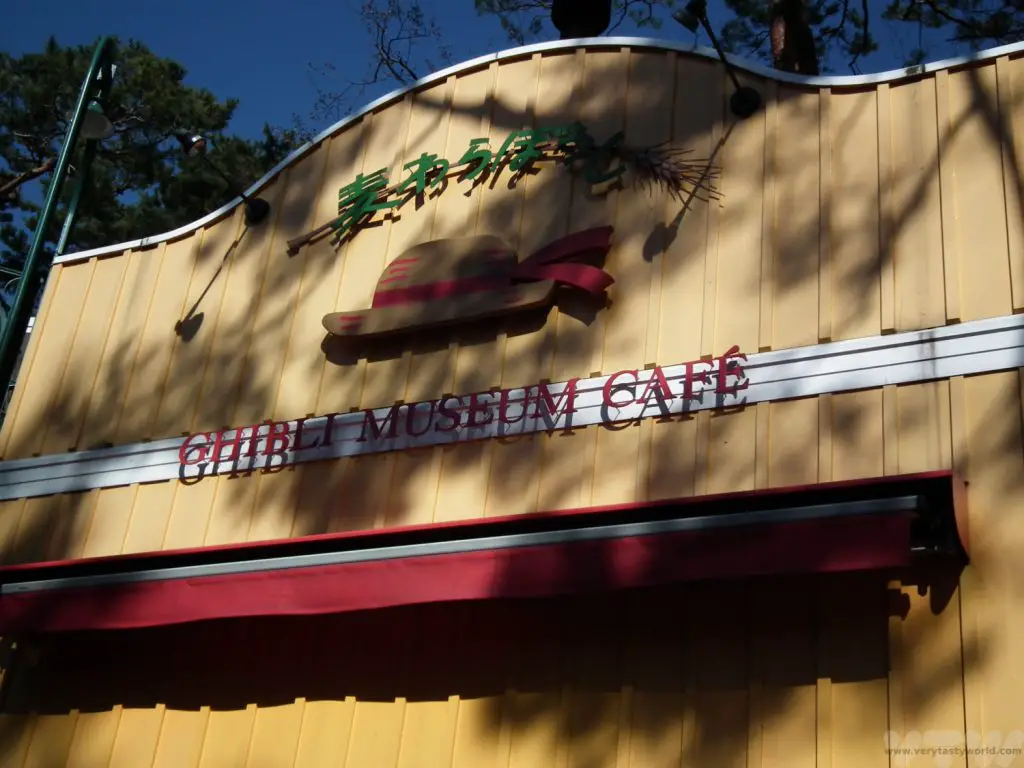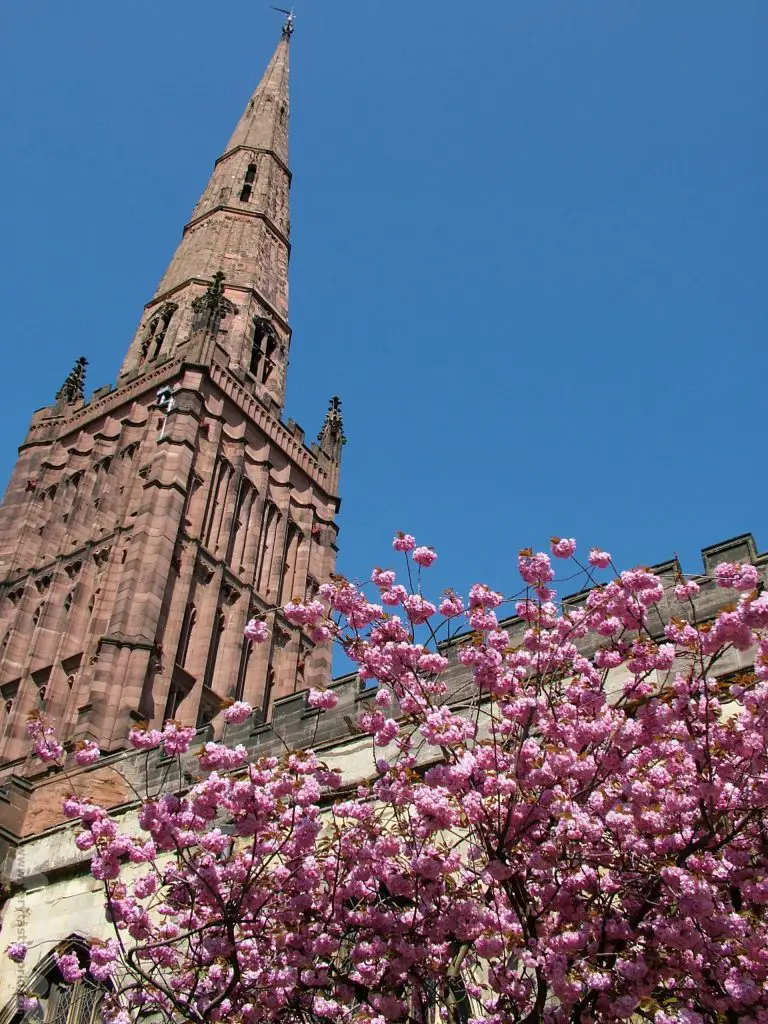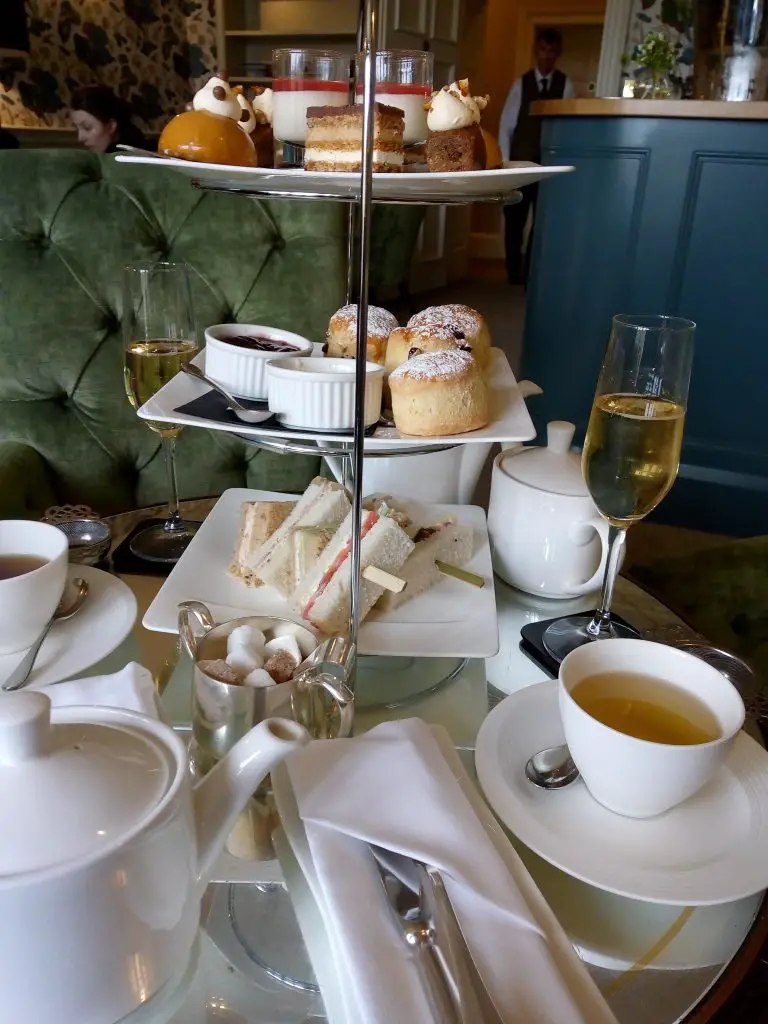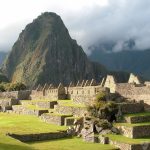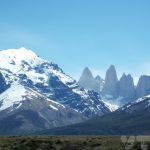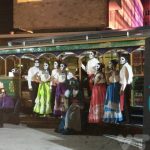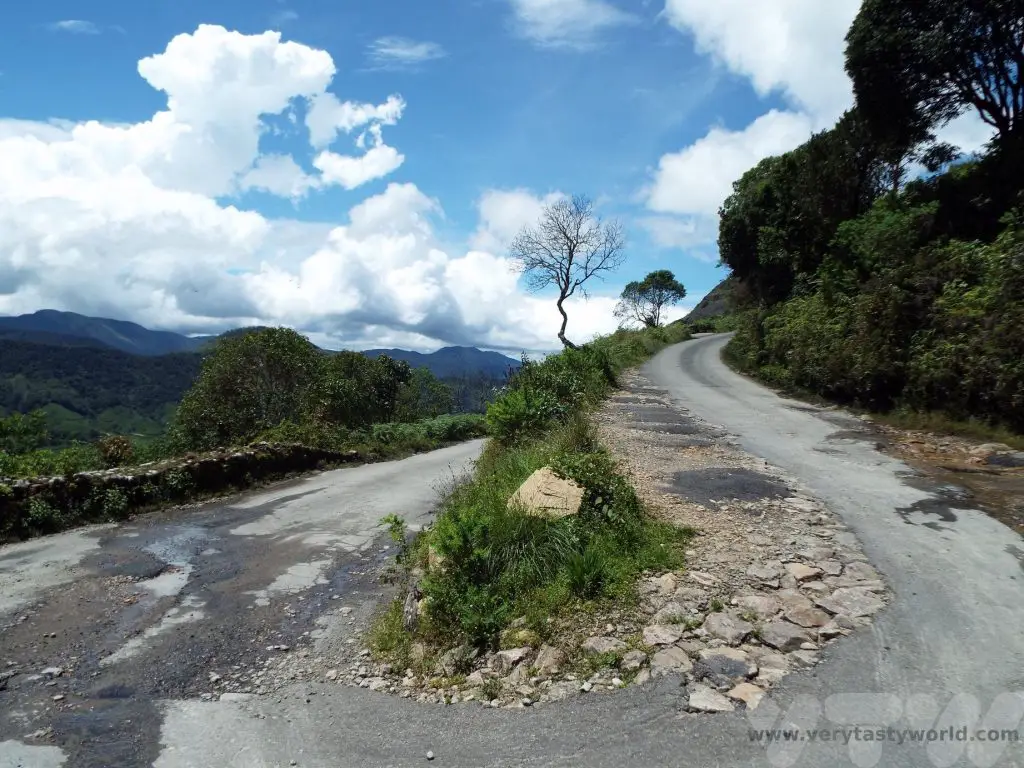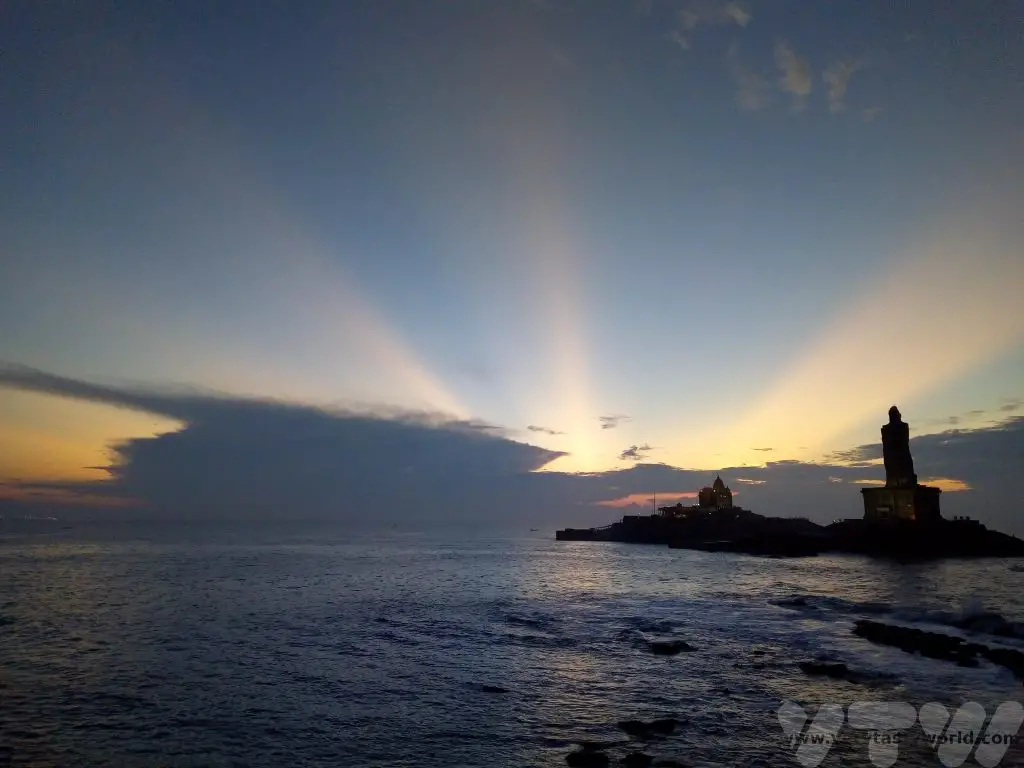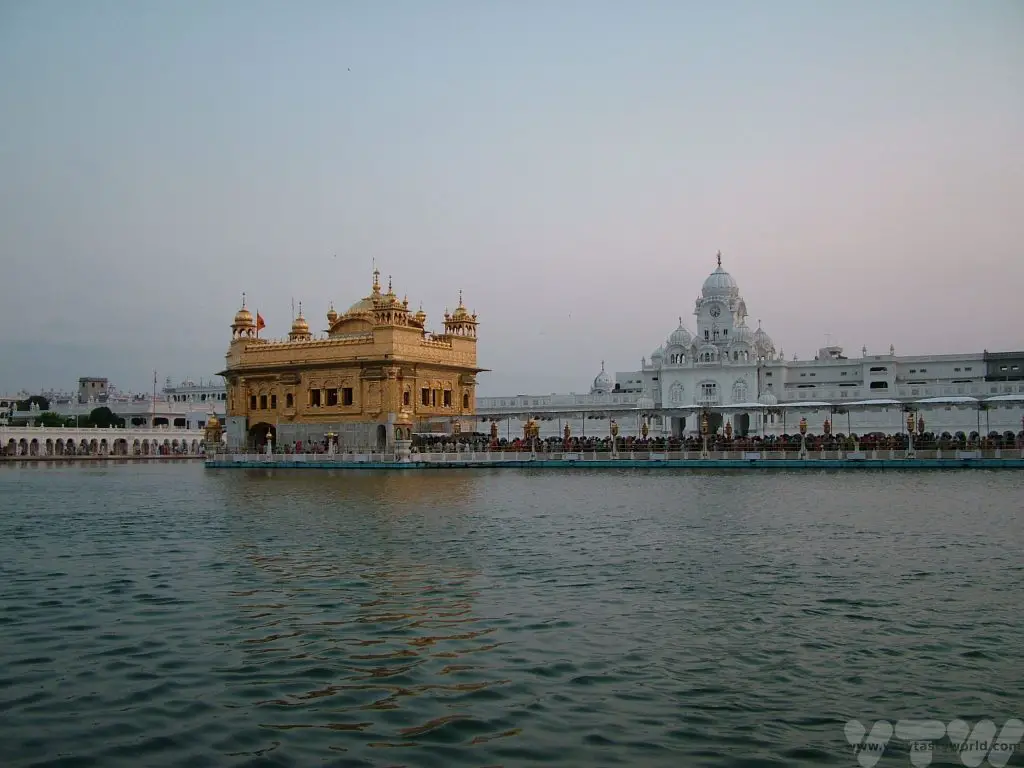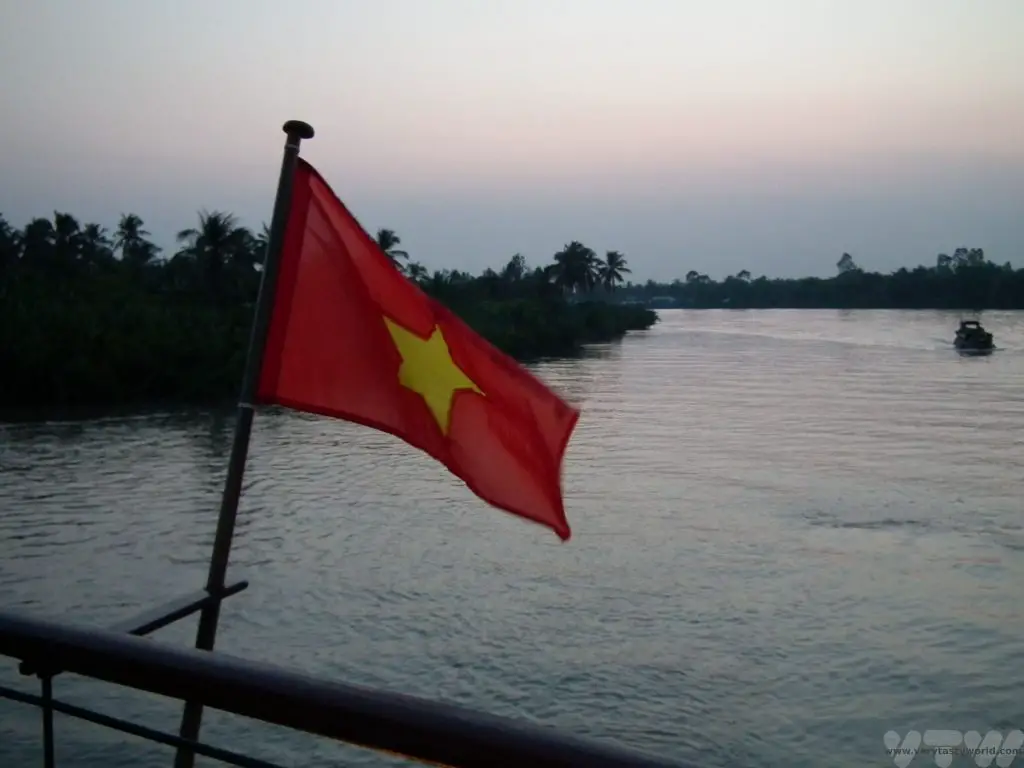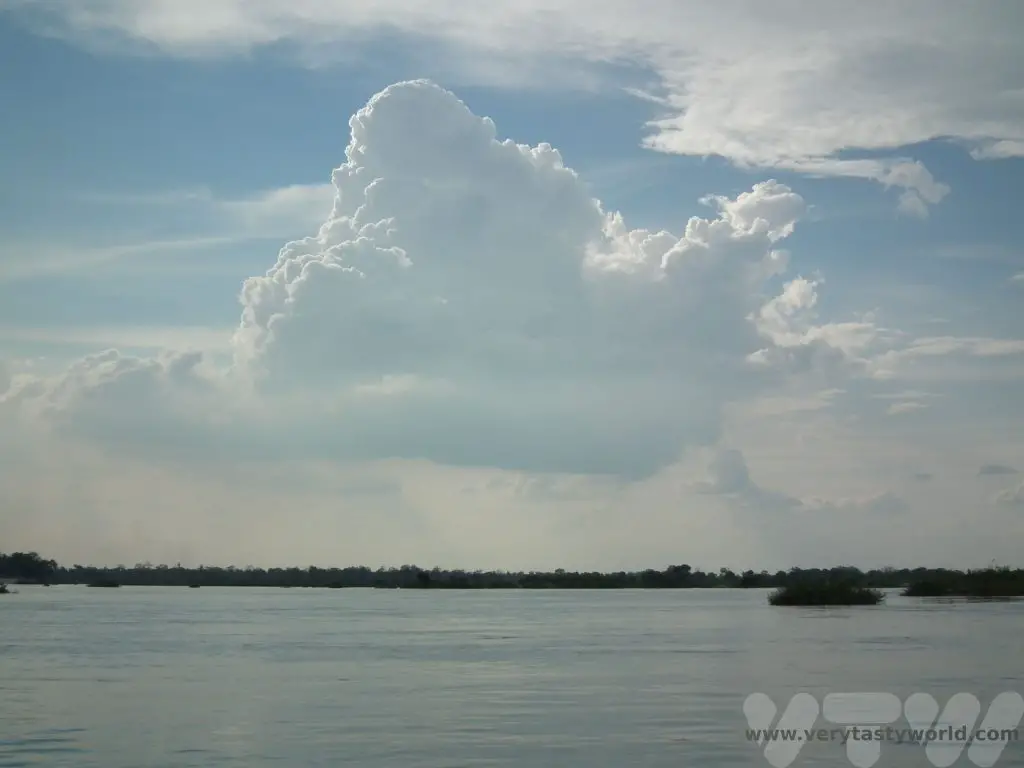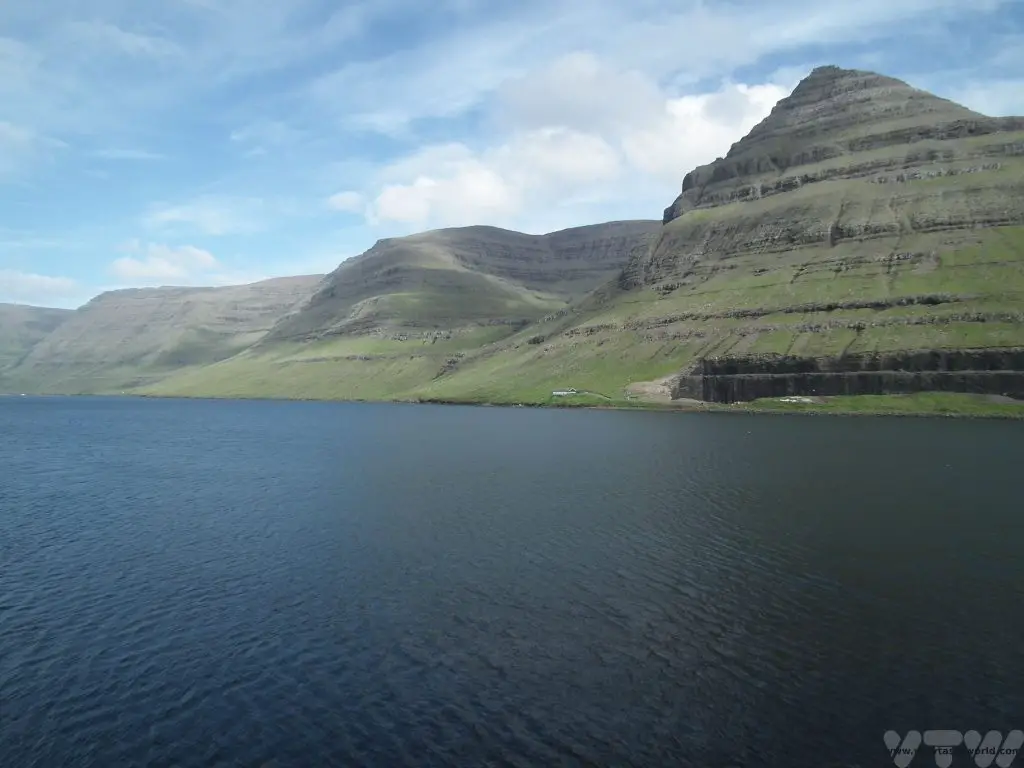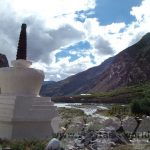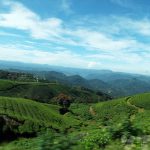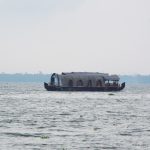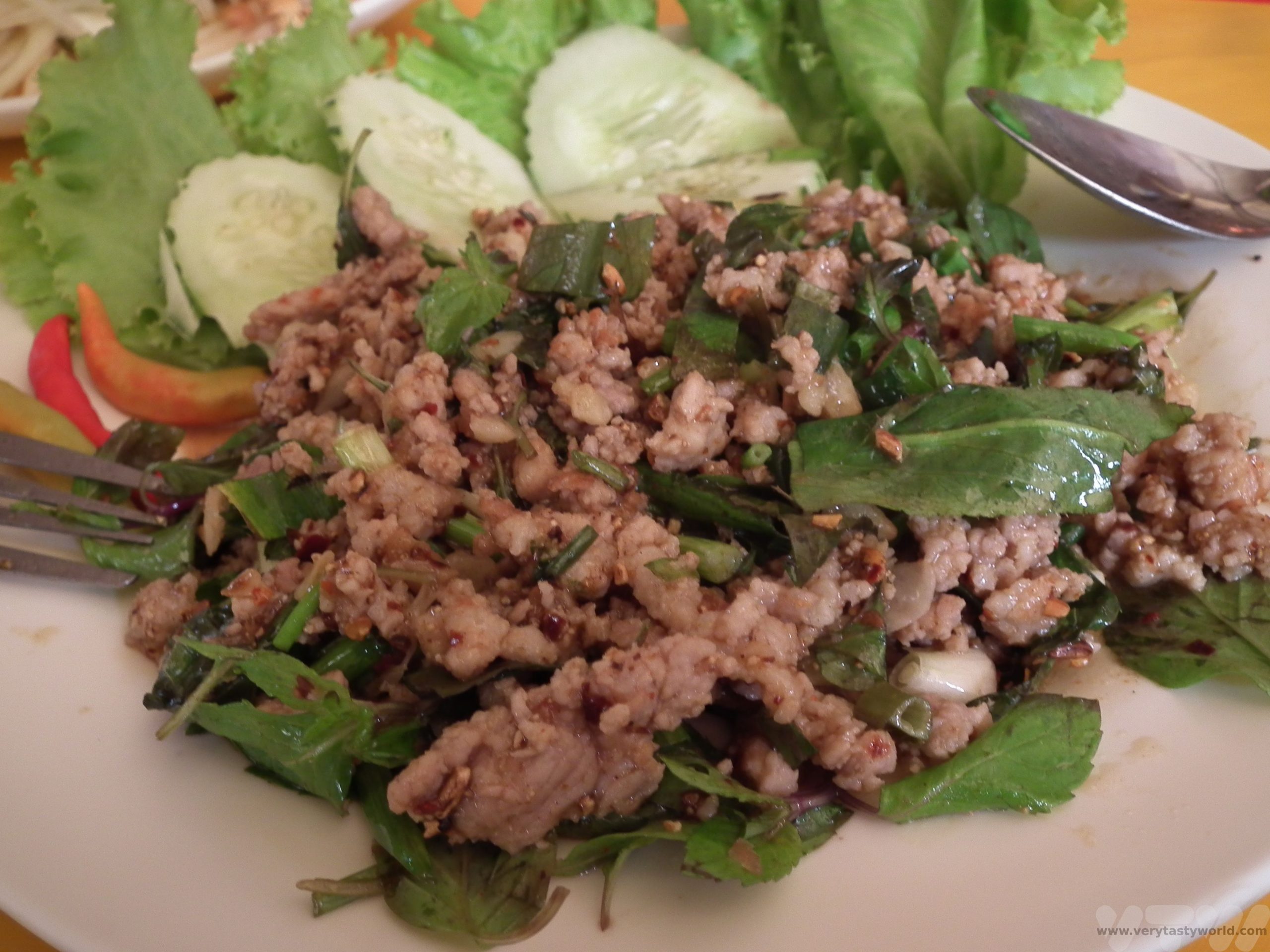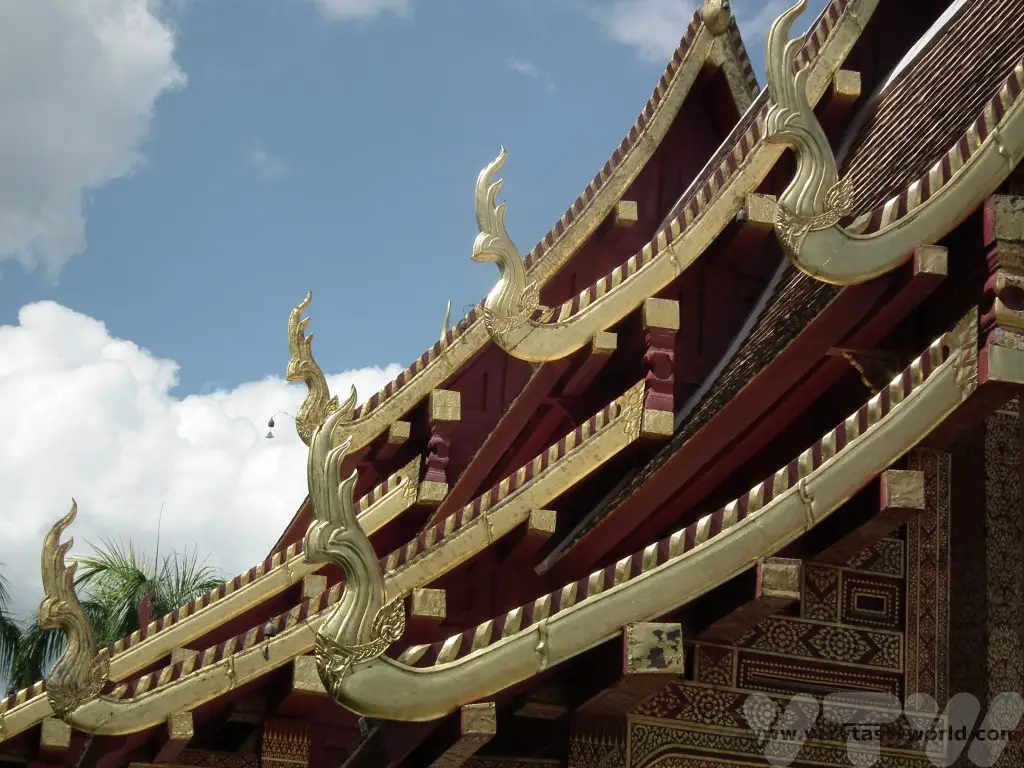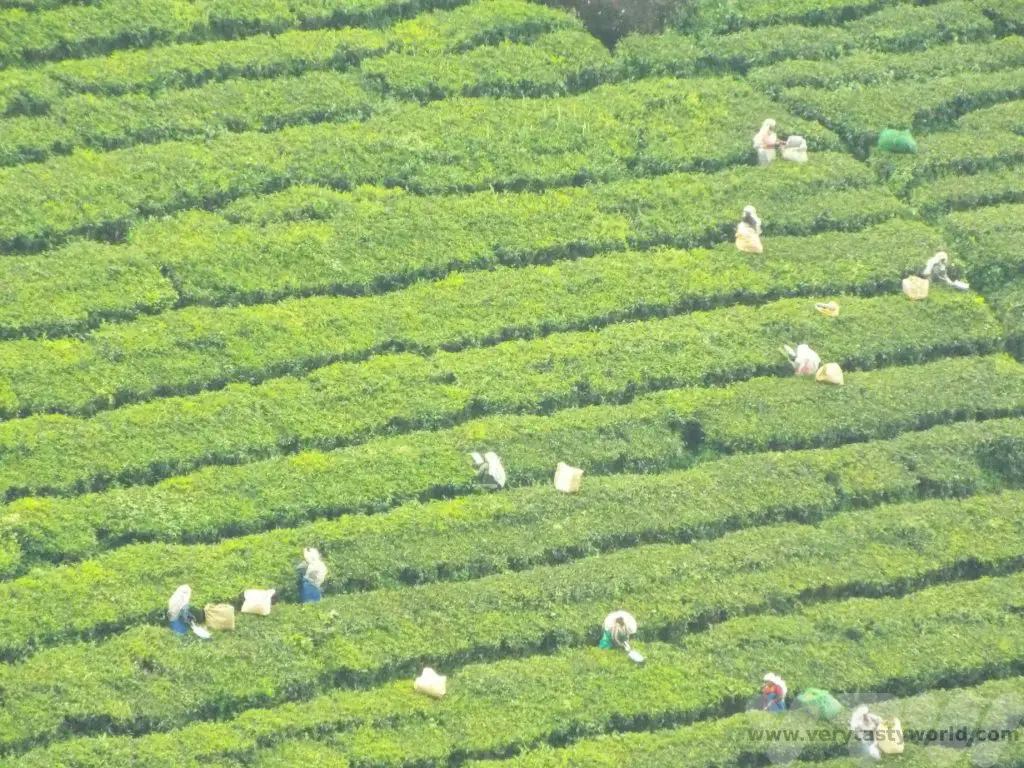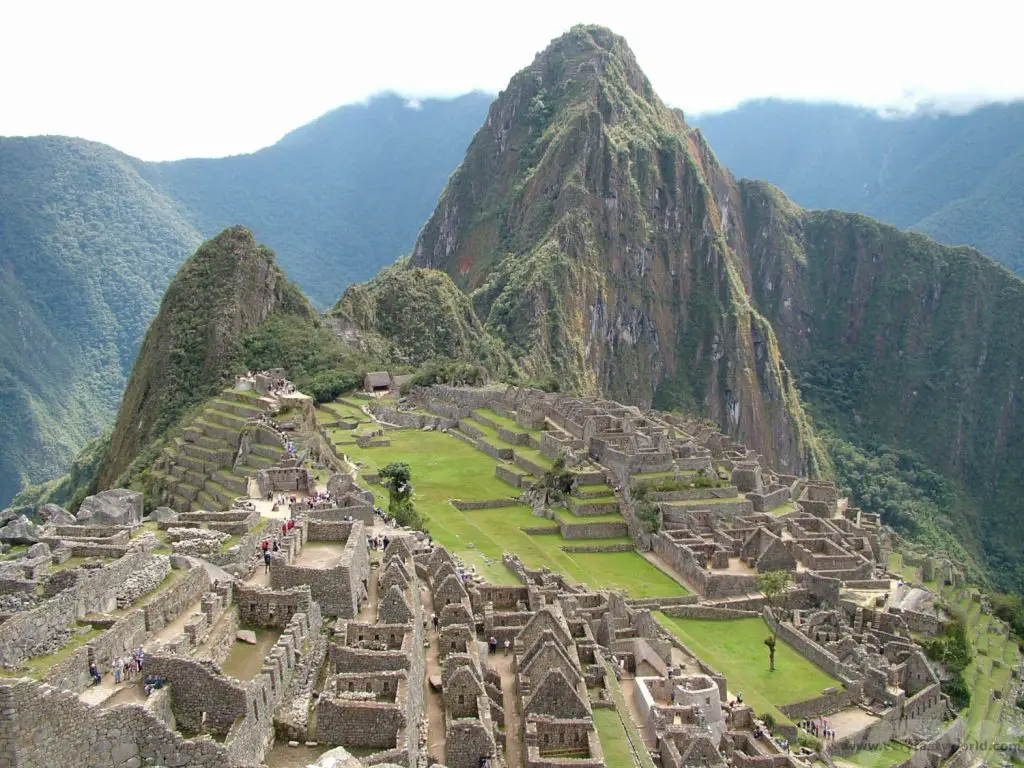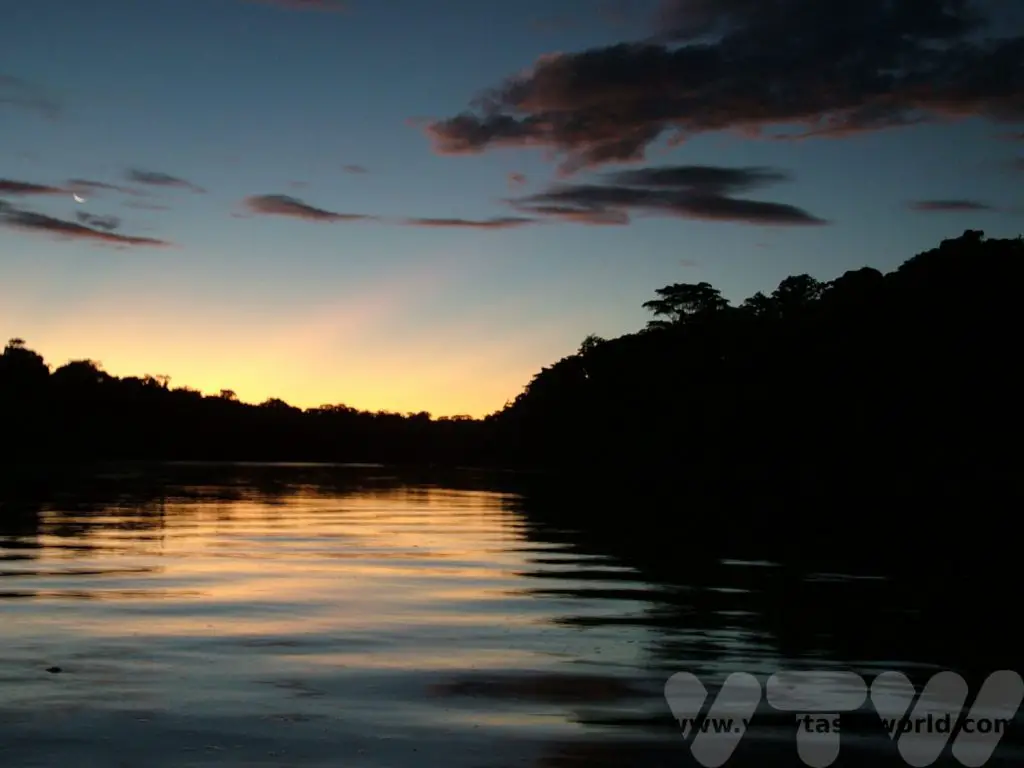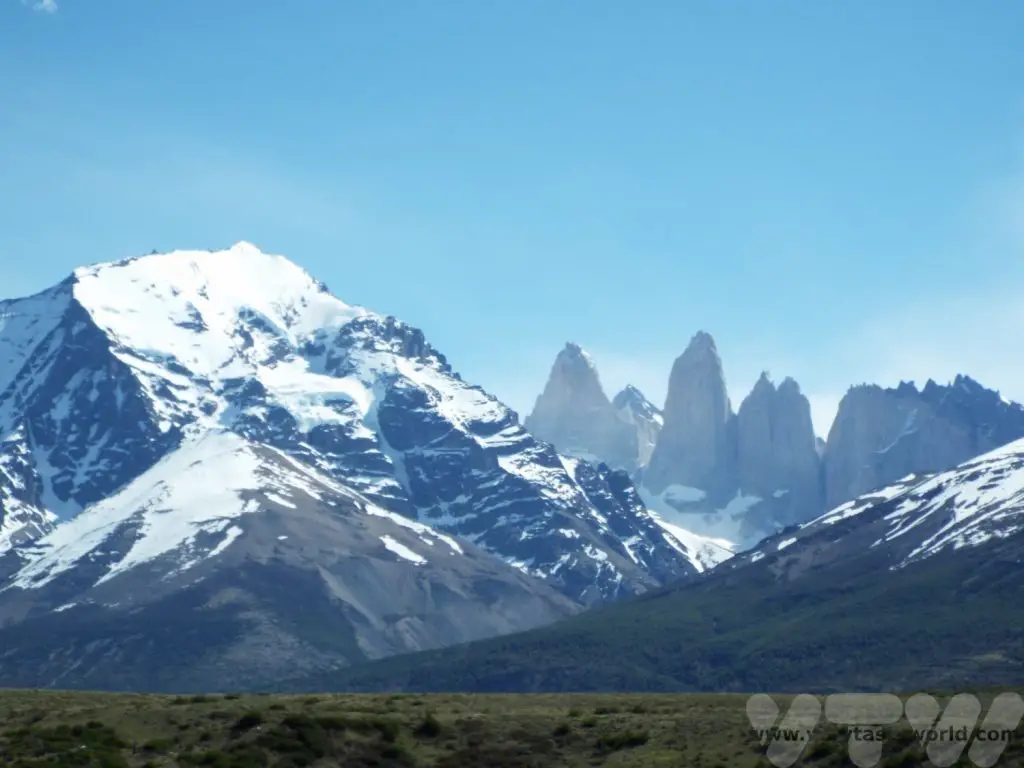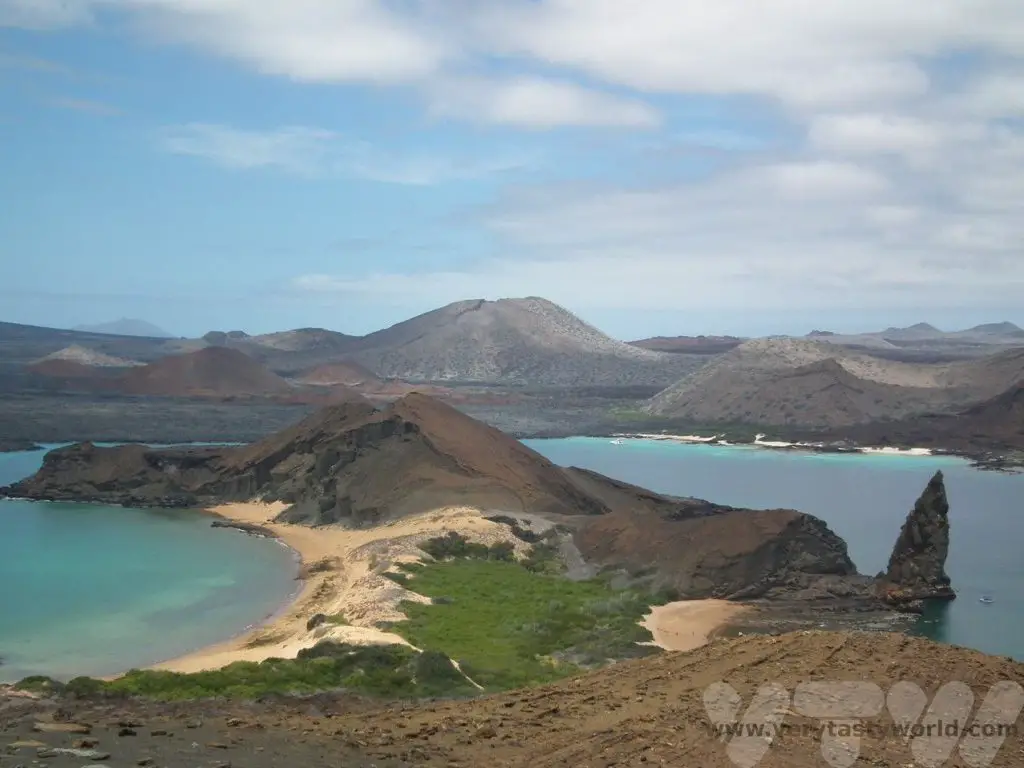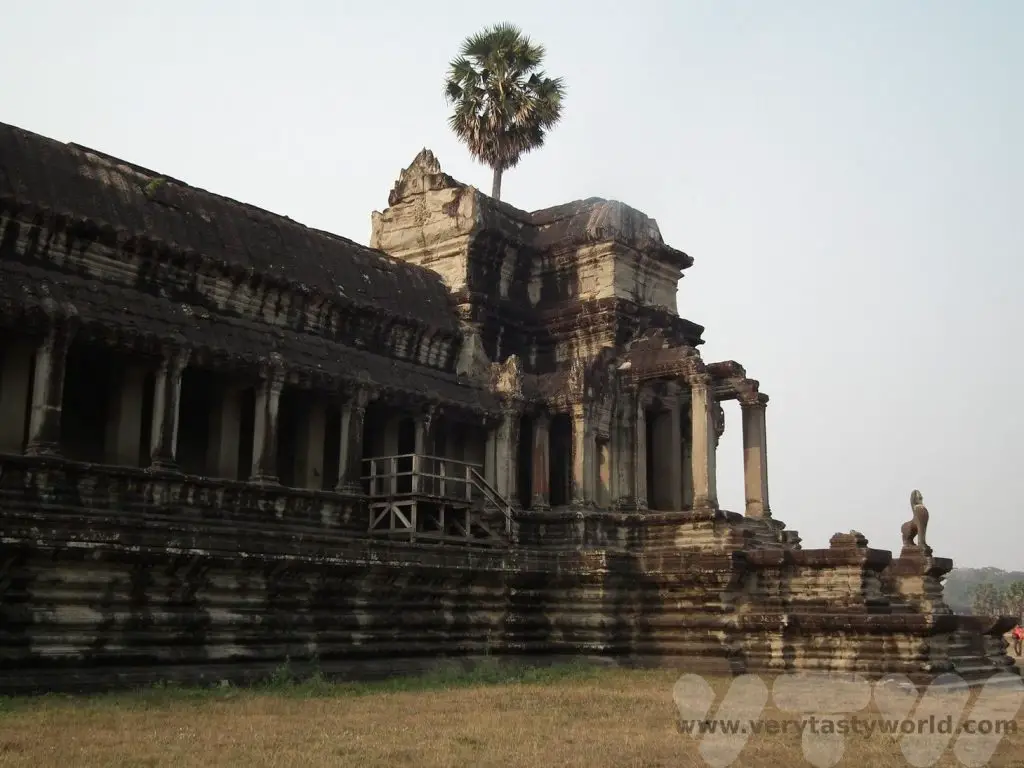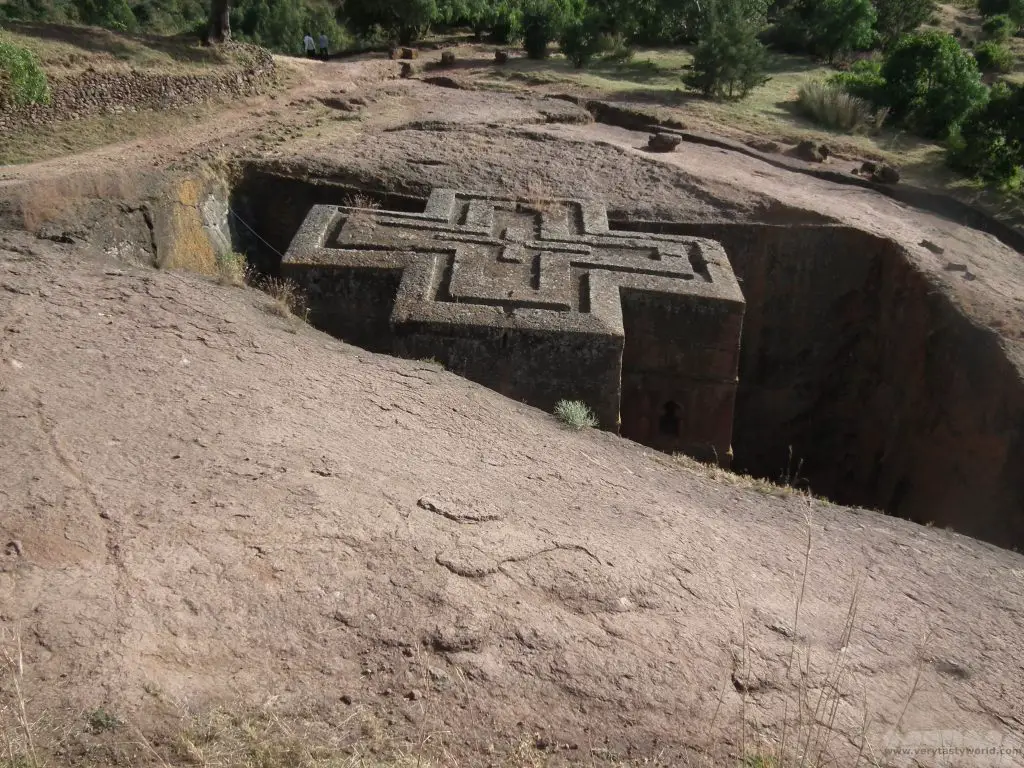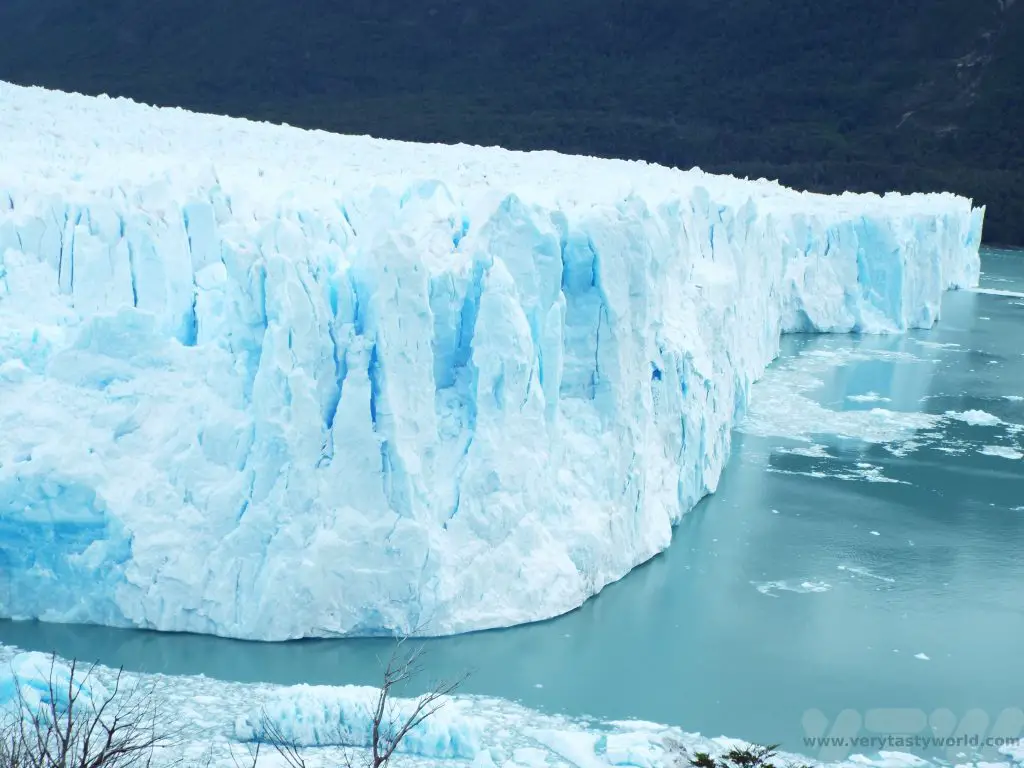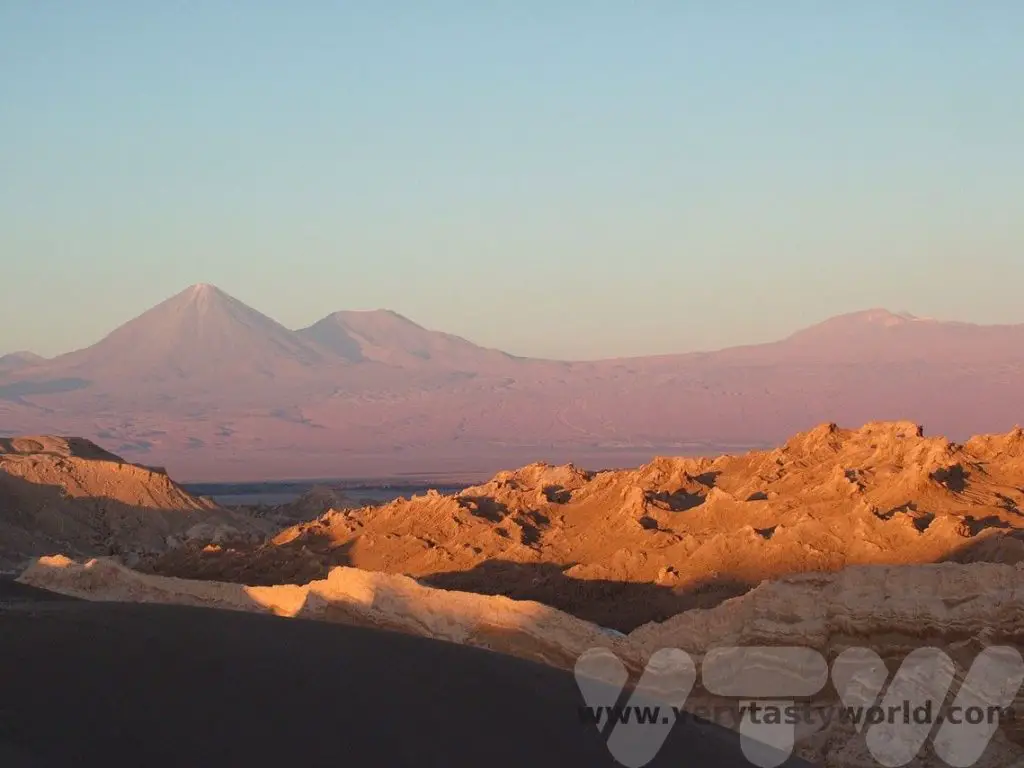Home » Posts tagged 'travel'
Tag Archives: travel
Planning a Trip to Japan
Regular readers of this blog will know that we are absolutely in love with Japan. The land of the rising sun is beguiling, fascinating and loads of fun. It is a country where bright, vibrant, blaring neon cities contrast with the elegance of traditional castles, temples, pagodas and exquisite gardens. We first visited Japan over twenty years ago and have returned many, many times. Here’s our guide to planning a trip to Japan.
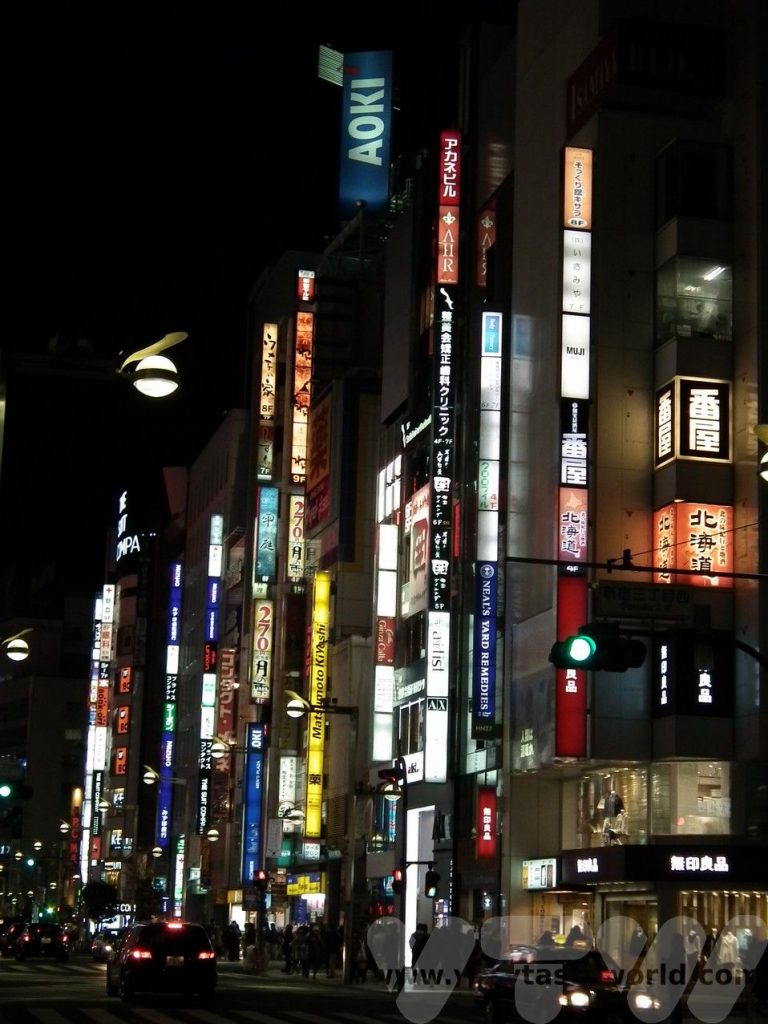
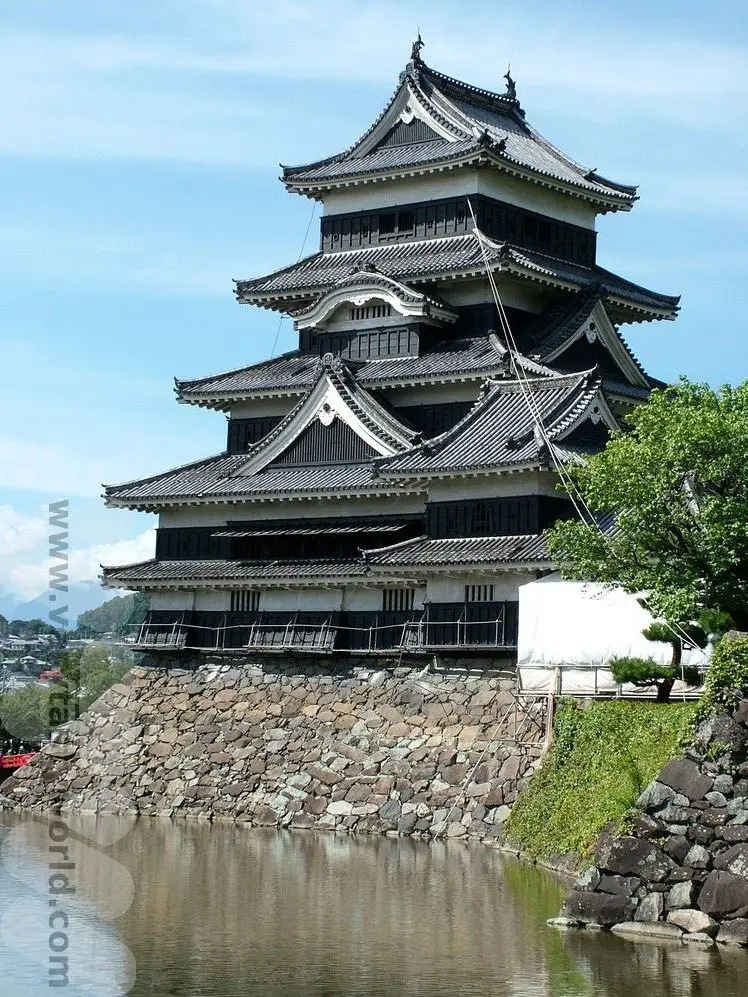
Getting There
Most people will fly into Japan either to Tokyo or Kansai (Osaka). Both airports are located a fair distance from the cities they serve but it’s easy to pick up public transport options to reach the metropolis. There are train services that run regularly and also limousine buses, which can get you to the city centres very easily.
Getting Around
Japan’s public transportation system is fully integrated and highly efficient. If you are travelling for any length of time and especially travelling between cities, we recommend the Japan Rail Pass.(It’s not recommended if you are only staying in one city as it wouldn’t be cost-effective.) The JR Pass is valid on all Japan Rail services, including the shinkansen bullet train, with the exception of the super-fast Nozomi service. Don’t worry, the other bullet trains are still pretty damned fast! And they are the most amazing way to travel.
You can buy a pass that is valid for 7, 14, or 21 days. Also, the JR Pass allows you to book seats on the shinkansen for free. Just book your seats at any JR office at any station.
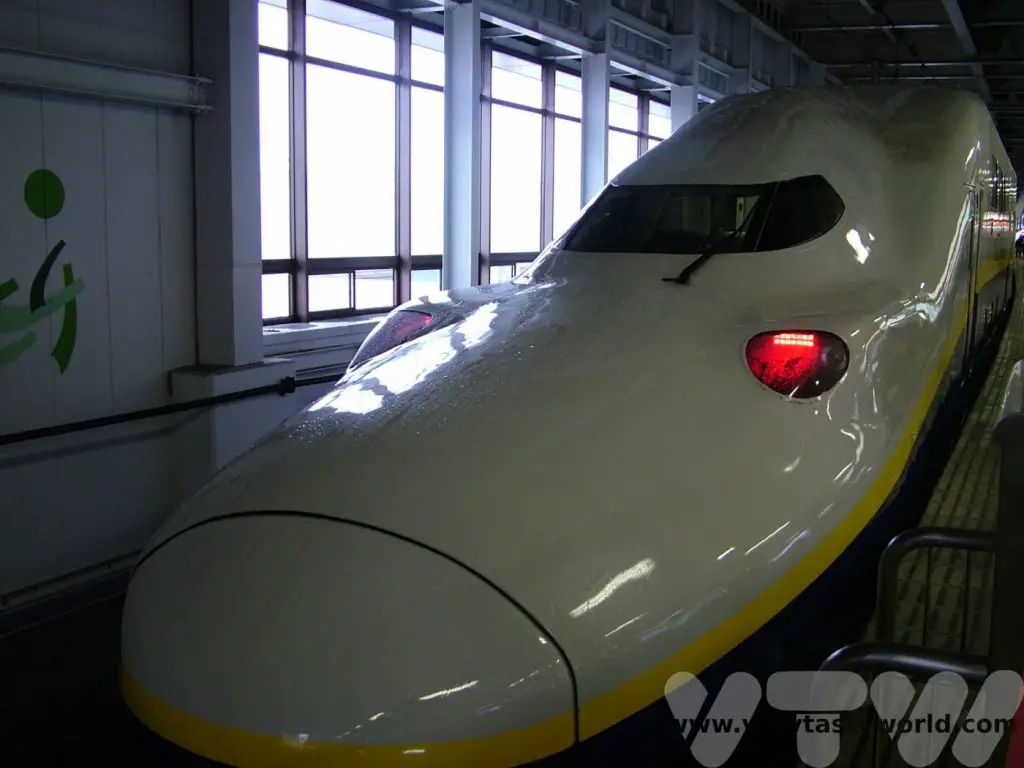
You need to order the pass before you travel. You will receive a voucher. This is then exchanged at a JR station for your pass. It is time-stamped and valid from the first day of use on the stamp. There is a ticket office at Narita airport where you can get your pass – just follow the signs for the trains. Be aware that there may be a queue as lots of other tourists will be wanting to do the same as soon as they get off the plane. If you don’t want to activate it straight away, that’s fine.
When using the pass you don’t need to go through the usual entry/exit barriers. Just show your pass to the station staff in the office located at one side of the barriers and they will wave you through.
If travelling by train you can plan your journey using the excellent hyperdia website. Note that there are some private railways in Japan, notably in more rural areas, and the JR Pass is not valid on these.
Bus services in Japan are reliable and reasonably comfortable. They are especially useful when travelling through the countryside.
Taxis are available in most cities but they are expensive. They all have automatic doors.
Car hire is also easy to arrange if you want to visit rural areas. There is really no need to hire a car if you are visiting cities.
Accommodation
There are a variety of options depending on your budget. You can book standard hotels via the usual booking sites.
We tend to stay in business hotels, especially in the cities, as they offer cheap accommodation, albeit in tiny rooms. You can see our post about business hotels. They are very small but they contain all the facilities you might need. And you’re in Japan – you don’t want to spend all your time in a hotel room!

However, it is also worth splurging for a night or two to stay in a ryokan – a traditional Japanese inn. These often comprise several rooms, all laid out with tatami (reed) mat flooring. Your bedding will be a futon laid out on the floor.
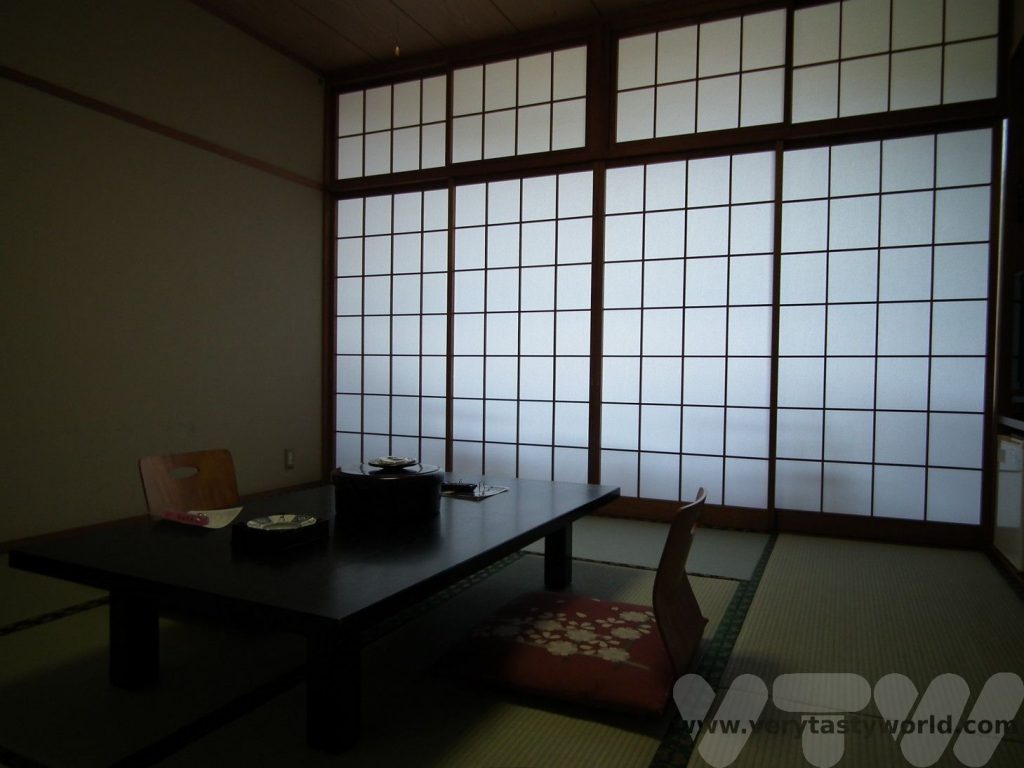
You may well be served your dinner in your room. At other establishments you will eat dinner in the restaurant and your futon will be laid out by the maid while you are dining.
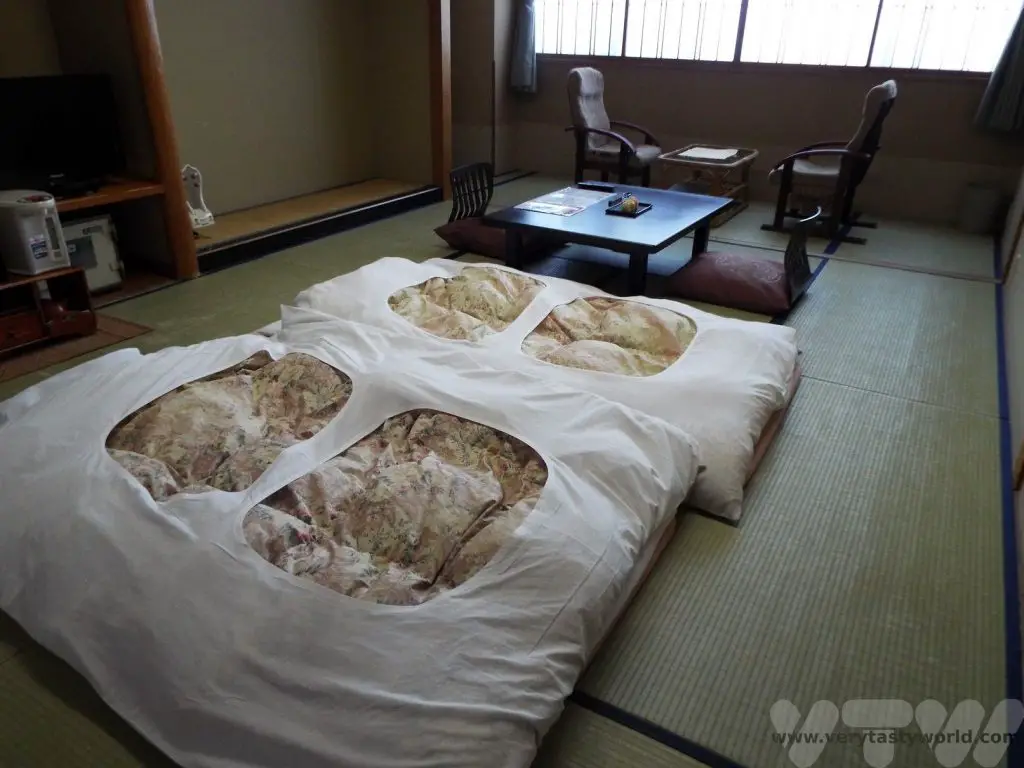
Ryokan may be ensuite although sometimes these establishments will have shared facilities. Some have lovely baths and you may be offered a time slot for bathing.
Money
Japan is still a largely cash-based society and, although ATMs have become more common over the years, are still not as widespread as you might think. We tend to take Japanese yen with us. And, while no destination is 100% safe, we have always felt comfortable carrying cash and have never had any problems while doing so.
Most hotels and increasing numbers of shops and restaurants accept credit cards these days.
You can also get IC cards – Passmo and Suica are popular ones in Tokyo – that you can all over the metropolitan area you are visiting. You can tap them to use public transport, such as the metro, and use them to buy some products as well. It is possible to charge them up by adding more cash at convenience stores (known as konbini), such as Family Mart, Lawson and 7-11, which can be found all over Japan.
Just be careful that they are valid within the area you are travelling. For example a card used in Tokyo and the surrounding area may not be accepted in the Kansai region.
Eating and Drinking
Dining when you can’t understand the writing on the menu can be a bit daunting. When we first visited Japan English menus didn’t exist but these days increasing numbers of restaurants offer menus in English, Chinese and Korean.
And many restaurants have picture menus or plastic models of the food in the window. They will also show the prices, sometimes in ordinary numerals but sometimes in Kanji (the Japanese writing system). If you get really stuck, take your server outside and point at what you want!
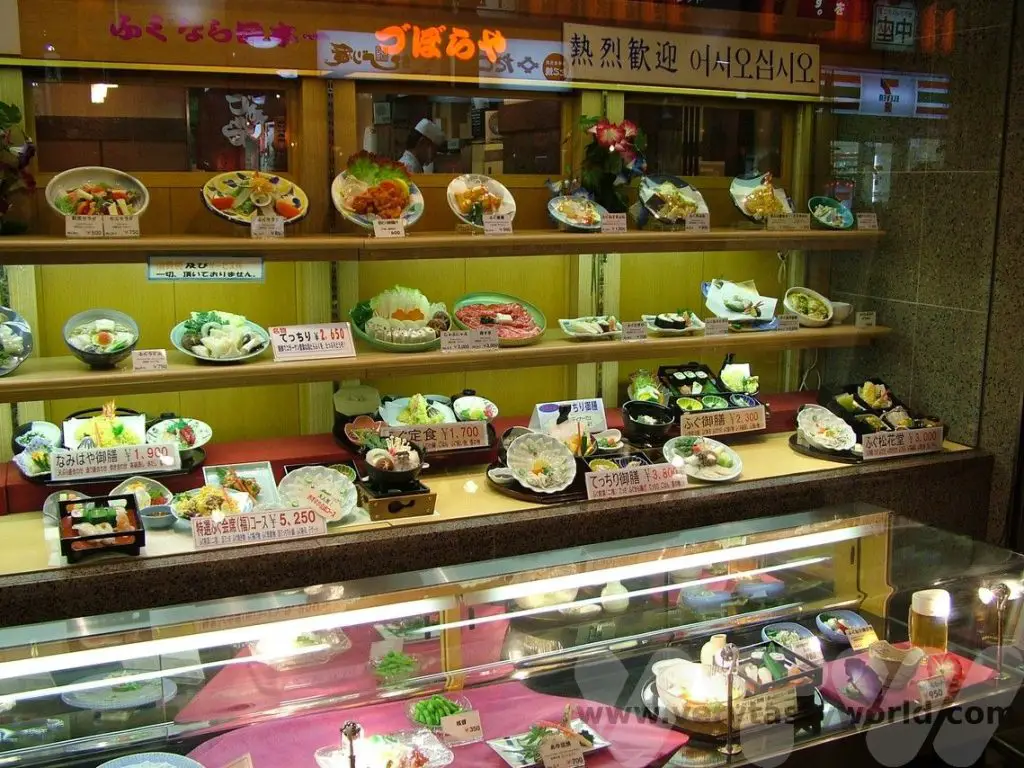
Food is eaten with chopsticks and occasionally a spoon. It is rare to find knives and forks, and restaurants are usually unable to supply them. Bring your own if needed, but, better, learn to use chopsticks – it isn’t that difficult!
Most people will know the Japanese foods sushi, sashimi and ramen noodles but the cuisine has so much for offer.
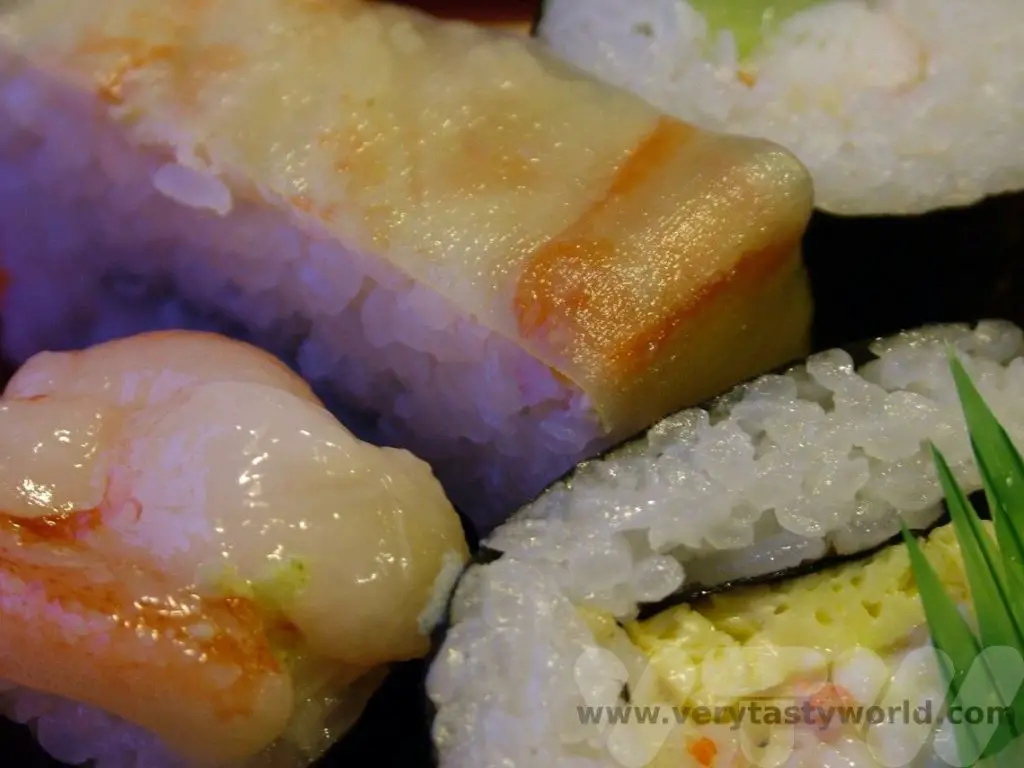
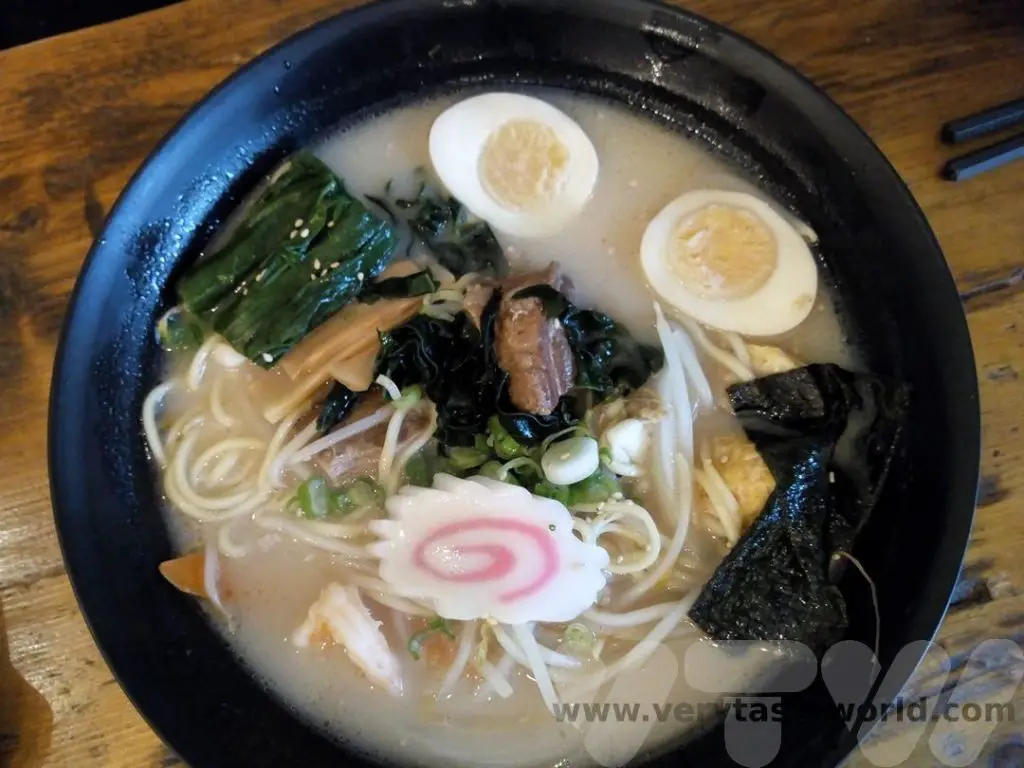
There are prices to suit all budgets, from noodles at a railway station stand, where you eat standing up, to the full-on kaiseki ryori, Japanese haute cuisine.
And, if you are travelling on the train, it’s essential to enjoy a bento box meal – a lunch box full of goodies. There are even regional variations of bento sold at railway stations, known as eki-ben.
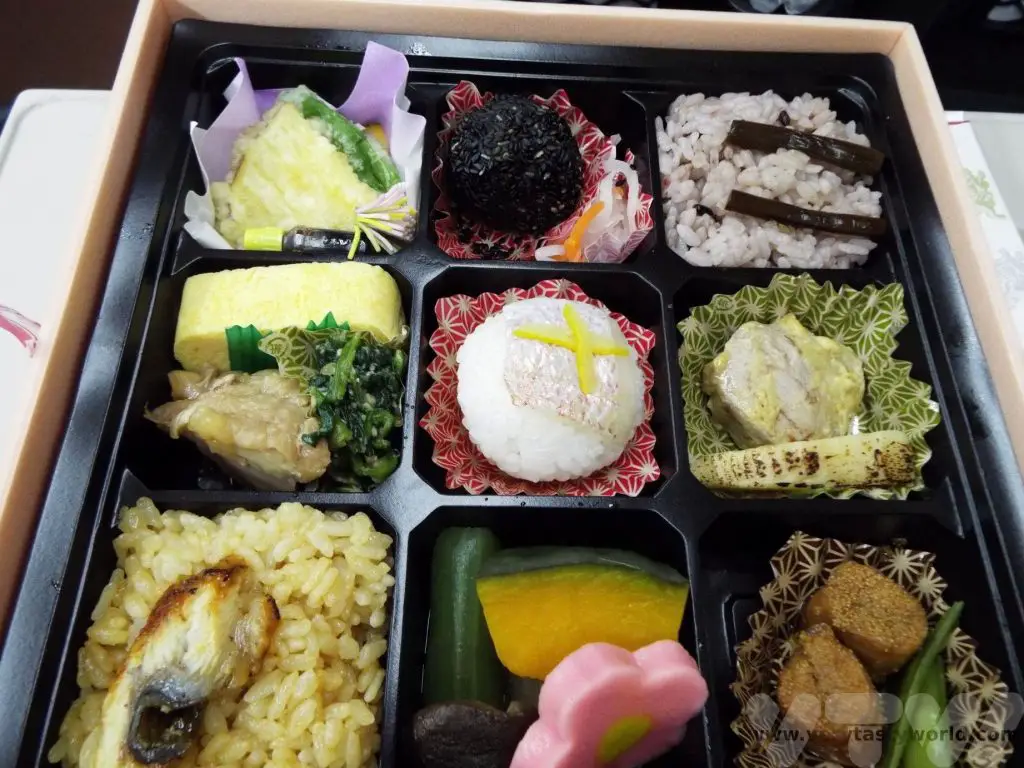
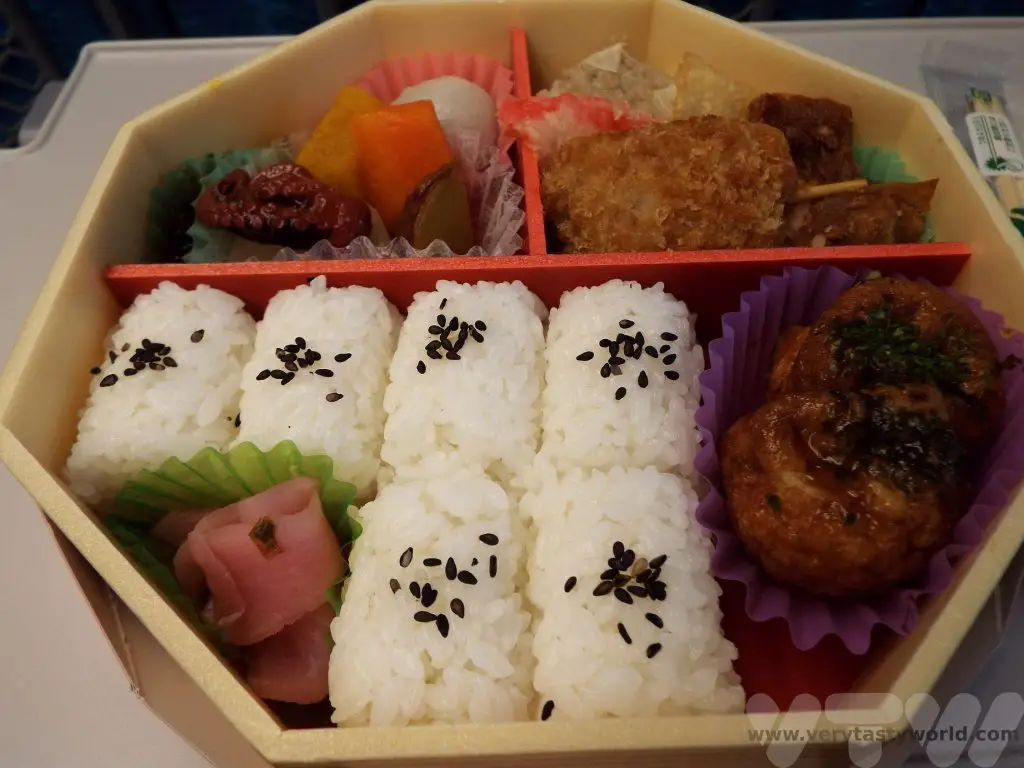
Izakaya are Japanese style pubs where you can enjoy drinks as well as order a variety of dishes.They are a great way to spend an evening.
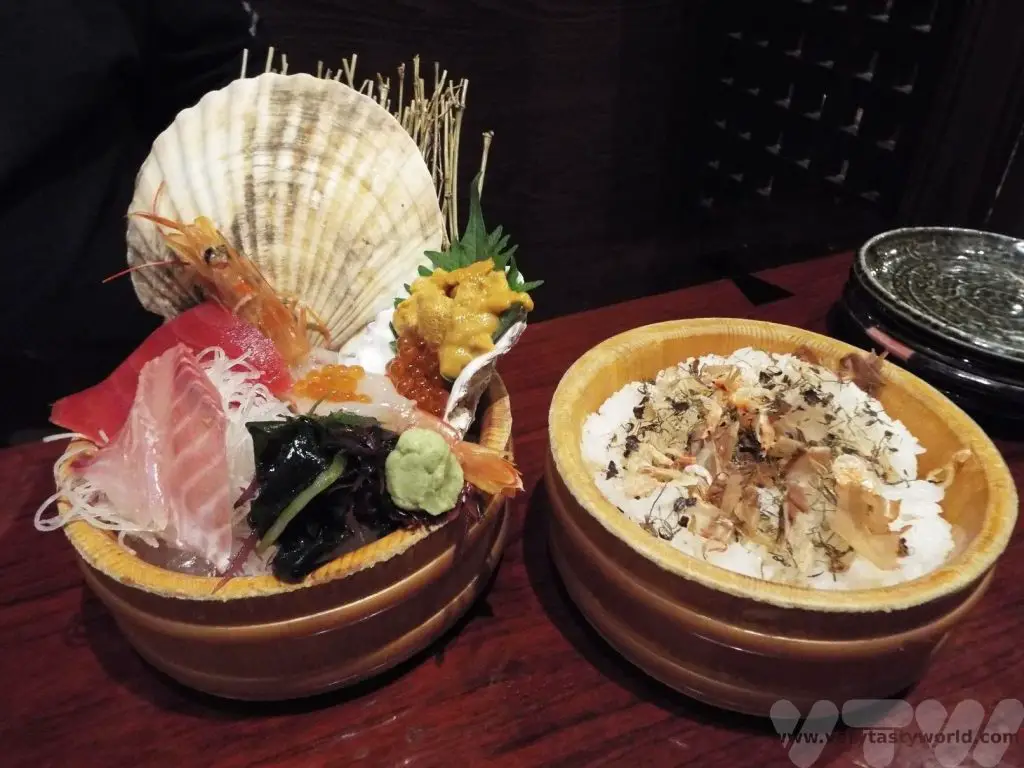
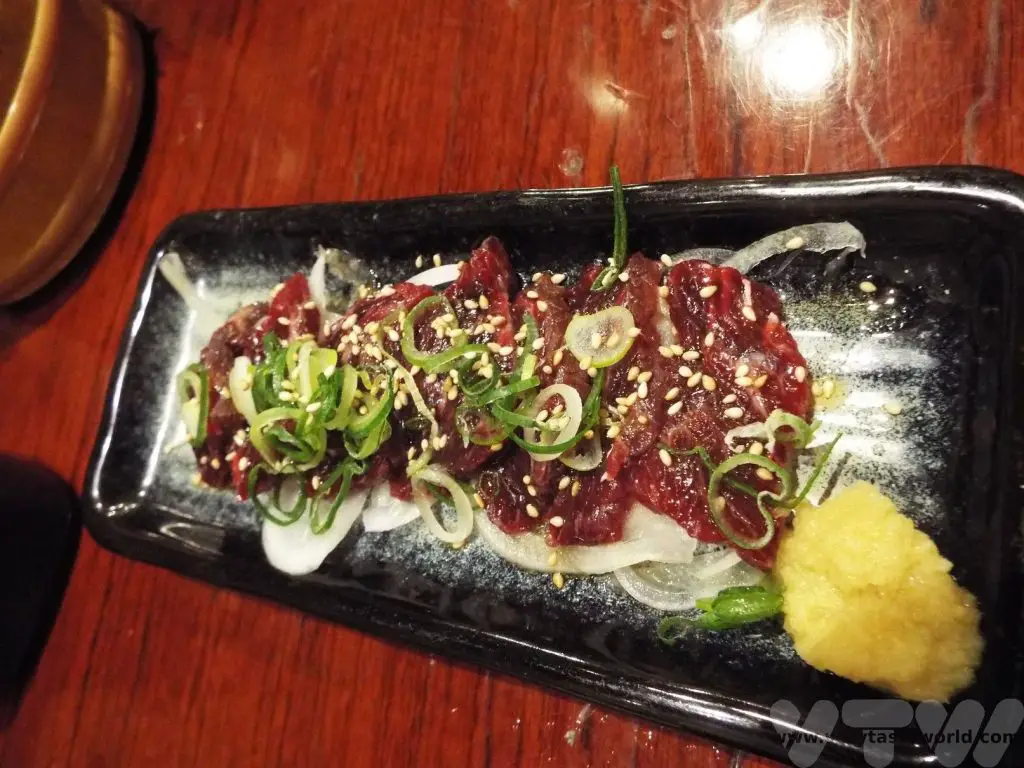
Beware the cover charge, known as otoshi or tsukidashi, which is basically a table charge. Some establishments will have a fixed charge for drinking and eating there. It’s usually a few hundred yen per person and its aim is to encourage you to stay at that establishment. If you get a small starter or plate of snacks just after you sit at your table, it’s not a freebie, you are likely to be charged for it. Some bars in Tokyo will indicate whether a cover charge applies but it’s not always clear.
Tipping is not expected nor required in Japanese restaurants or bars – which makes life very easy. Just pay the bill. We have had some instances where restaurant proprietors have run after us with 5 yen change!
Customs and Etiquette
When we first visited Japan we were worried that we would fail to follow etiquette and make terrible faux pas all the way around the country. In fact Japanese people are incredibly friendly and welcoming and would not ostracise a visitor. But if you get the etiquette correct, your efforts are really appreciated.
As with travelling anywhere, it goes without saying that you should be polite and respectful. ‘Arigato’ means ‘thank you’ and ‘sumimasen’ means ‘excuse me’.
Absolute no-nos are wearing outdoor shoes inside. Always remove them before entering a home. Some restaurants may also request shoe removal and provide a locker for your shoes and some slippers that you can wear inside.
If you are using a shared bathroom at your accommodation bear in mind that your room slippers need to be changed for bathroom slippers. (Don’t forget to change them back when leaving the bathroom!)
If using a shared bath, for example at an onsen (hot spring resort), you should wash before getting into the bath so that you are clean before you start bathing. The bath is all about having a lovely, relaxing soak at the end of a day’s sightseeing.
If you are wearing a yukata (a cotton kimono) make sure that the left side of the material overlaps the right side- right over left is for dressing the dead.
Tattoos are still taboo in Japan because they are associated with yakuza (gangsters). If you plan to spend time in an onsen it is worth covering small tattoos with a sticking plaster. Be aware of tattoo polices, some accept people with tattoos, others may turn you away.
As mentioned above, you don’t tip in Japan. Unless you are staying at a high-end ryokan, where it is polite to leave a few hundred yen for the maid who will have laid out your bedding, although this isn’t compulsory. It is considered rude to hand people cash, so leave any tip in an envelope.
Handy Travelling Tips
If you are travelling on public transport and have a lot of luggage, it’s not the most comfortable way to travel, especially if you are lugging unwieldy cases. Instead you could use the Takkyubin service – a courier delivery service that will transfer your luggage to your next location (or beyond, hotels are usually happy to store your bags for a few days). Just ask for ‘Takkyubin’ at a hotel. The staff will be able to arrange it for you and take payment on your behalf. It’s a pretty cheap service and is extremely efficient. Our bags have travelled from one end of the country to the other overnight and we’ve just swanned up at the hotel with a daysack the following day and our luggage arrived ahear of us.
Useful hint: it’s helpful to have the address of your destination hotel written in Japanese – hotel staff will be happy to fill in the form for you. If you are using a booking service such as Booking.com, you can obtain a printout or use the app to find the address in the original language.
Another thing that you will notice about Japan is the sheer number of vending machines. It feels as though there is one on every corner. You can buy pretty much anything. Most are snacks and drinks machines, some will be able to sell hot beverages as well, and you can even buy beer. (We couldn’t imagine a full and working vending machine selling beer in the UK – it would get trashed in seconds!)
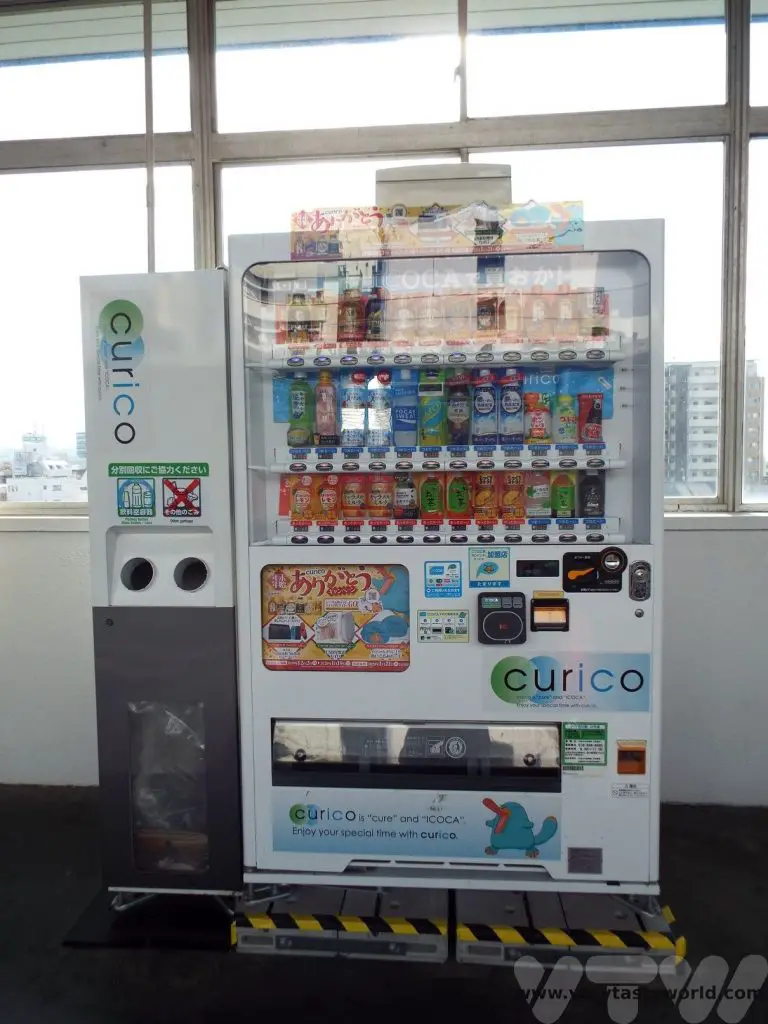
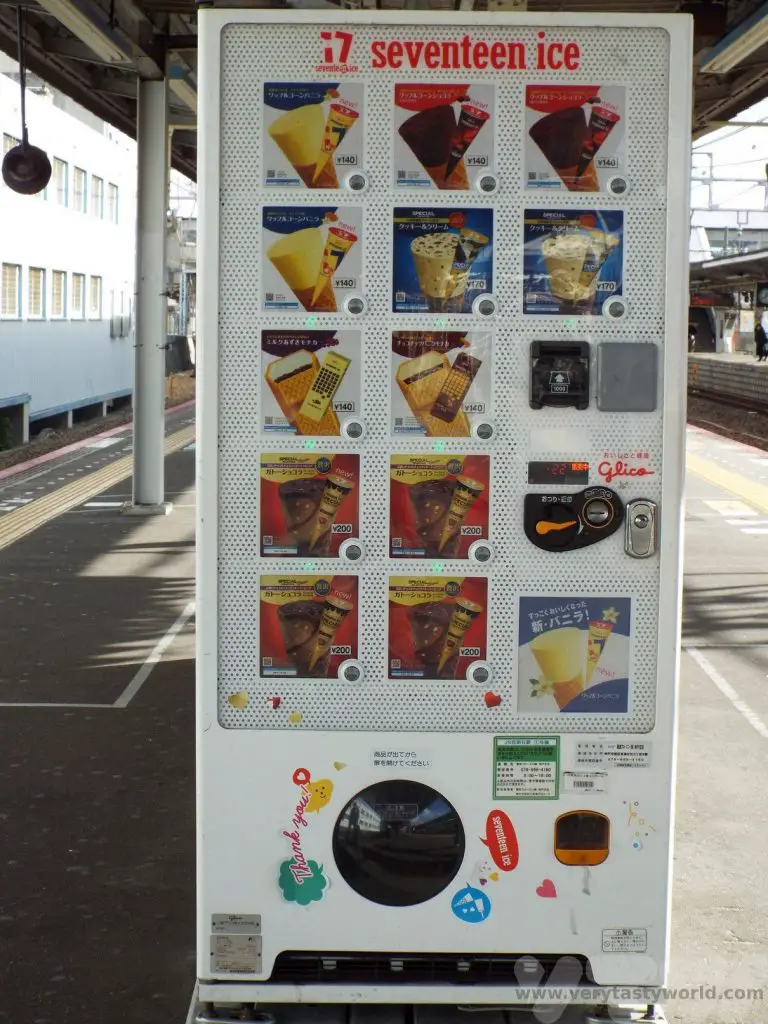
And you can drink the tap water in Japan, so make sure to bring a reusable water bottle with you.
Planning A Trip To Japan -Things to Do
Of course Japan offers all the usual attractions for tourists, such as museums, galleries, entertainment and shopping opportunities galore. But here are some quintessentially Japanese activities.
Kabuki
Kabuki is a form of Japanese highly stylised drama and it’s possible to visit the theatre in Ginza, Tokyo to see a play. When we visited we were given a leaflet which explained the plot for the play we were watching. The word kabuki is a combination of three characters which mean song (ka), dance (bu) and acting (ki) so you can expect all of these elements. All performers are male, even those playing female roles.
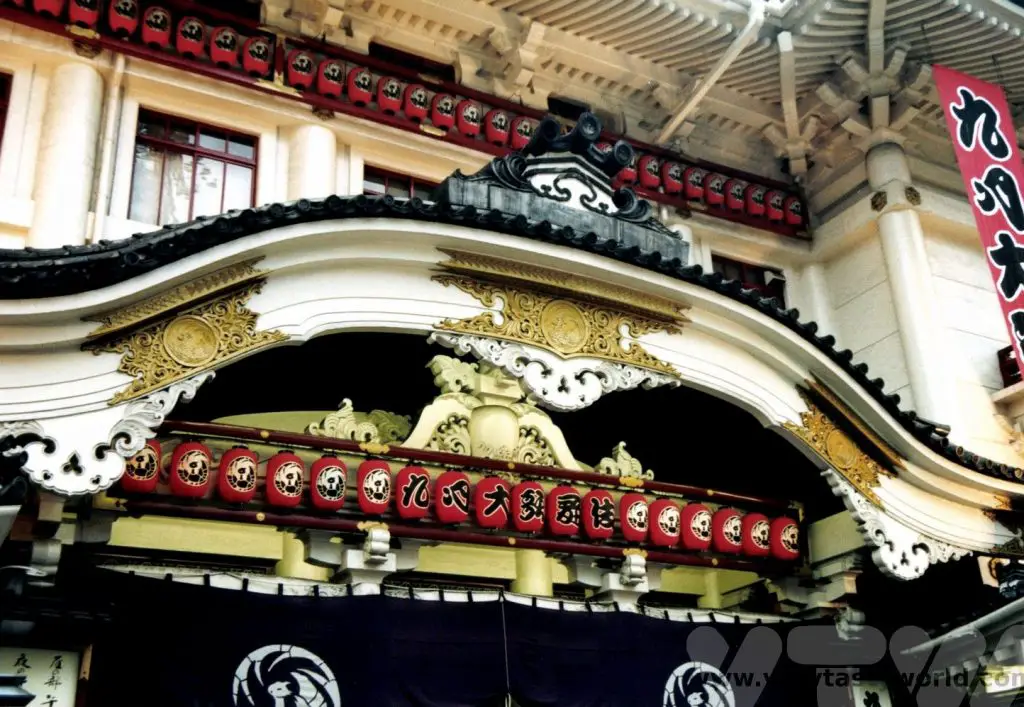
Another thing that surprised us is that there is an element of audience participation where viewers shout words of encouragement to their favourite actors. You can get tickets for a single act or a whole play.
Arcades
If you’re a big kid and enjoy playing video games you’ll love the arcades in Japan. They can be found in any city. We can’t resist them – you can play all sorts of games from musical (drumming or dancing) to driving to betting on horse races. There are some where you can stand alongside a mannequin comedian and attempt to perform as a manzai (straight man, funny man comedy).
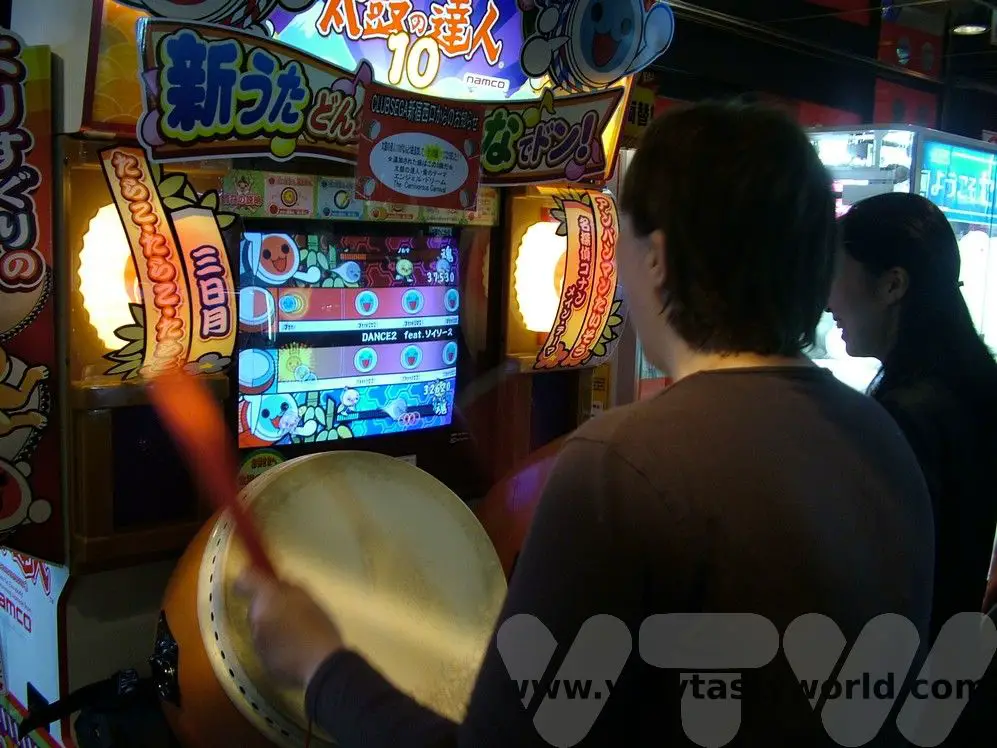
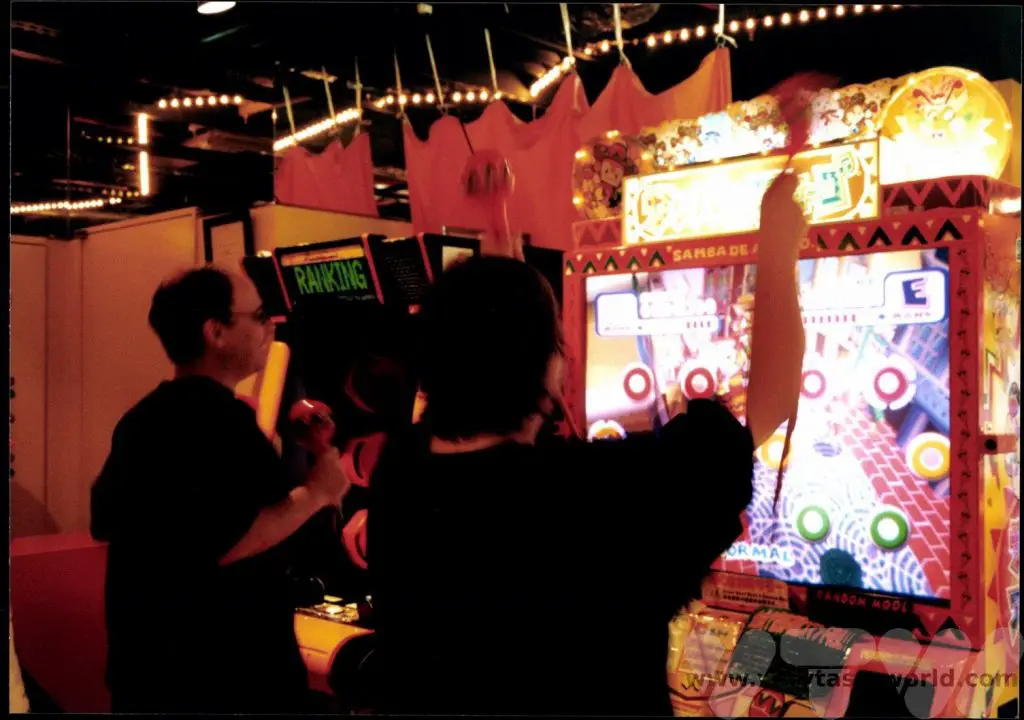
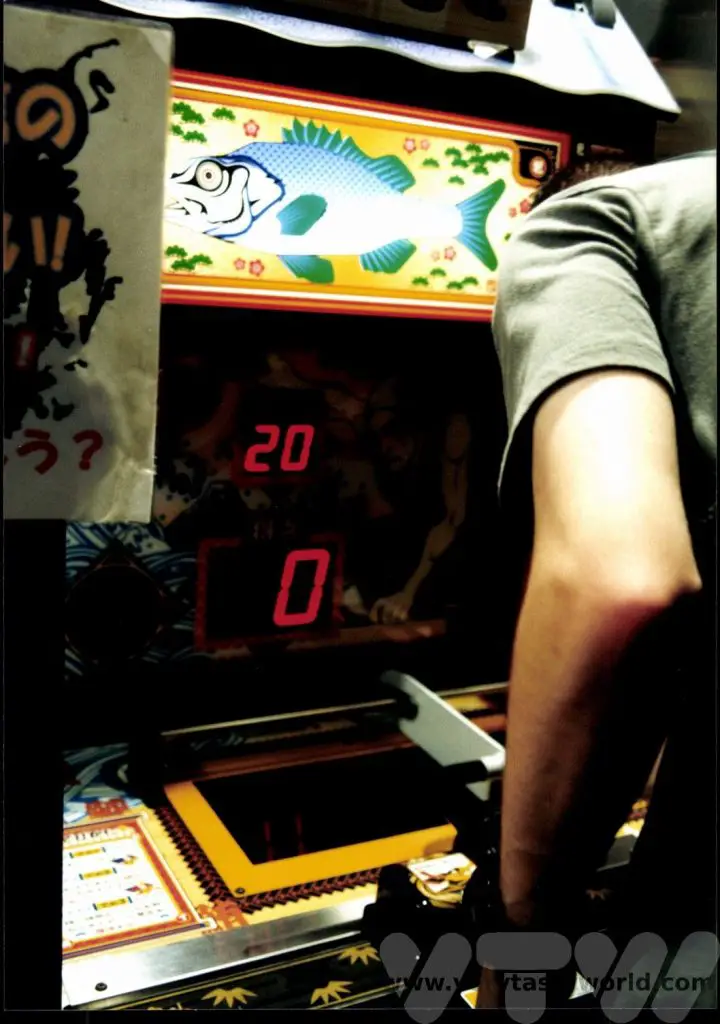
Just make sure you have a stash of 100 Yen coins.
Karaoke
Karaoke was invented in Japan and is now popular all over the world. The word derives from ‘kara’, meaning empty and ‘oke’ which is an abbreviation of ōkesutora (orchestra). In Japan you can visit karaoke establishments and hire a room for a set time period – just for you and your mates or travelling companions – thumb through the extensive book of songs (there will be loads in English) and sing your socks off. It’s great fun and there’s no need to worry about singing in front of strangers.

Big Echo is one of the most famous karaoke venues. You can also get a nomihodai – all you can drink – deal. There’s a phone where you can order drinks – although it would be helpful to be able to speak a bit of Japanese. The phone will also ring to let you know when you have 10 minutes before the room hire expires – the perfect time make Bohemian Rhapsody your final number!
Manga, Anime and Electronics
Japanese culture, particularly manga and anime, has become hugely popular all over the world and there are lots of opportunities to visit museums, such as the wonderful Studio Ghibli museum, and even museums located by some of the animation studios. There are some areas within certain cities which have hubs where you can go shopping for all the latest hi-tech gear or discover pop culture galore. Akihabara in Tokyo and DenDen town in Osaka offer loads of exciting places to explore for tech and culture fans alike.
Sumo
Sumo is Japan’s national sport and is fascinating to watch. There are tournaments six times a year (three in Tokyo, alternating with ones in Osaka, Nagoya and Fukuoka) You can spend a day at the sumo if your trip coincides with a basho.
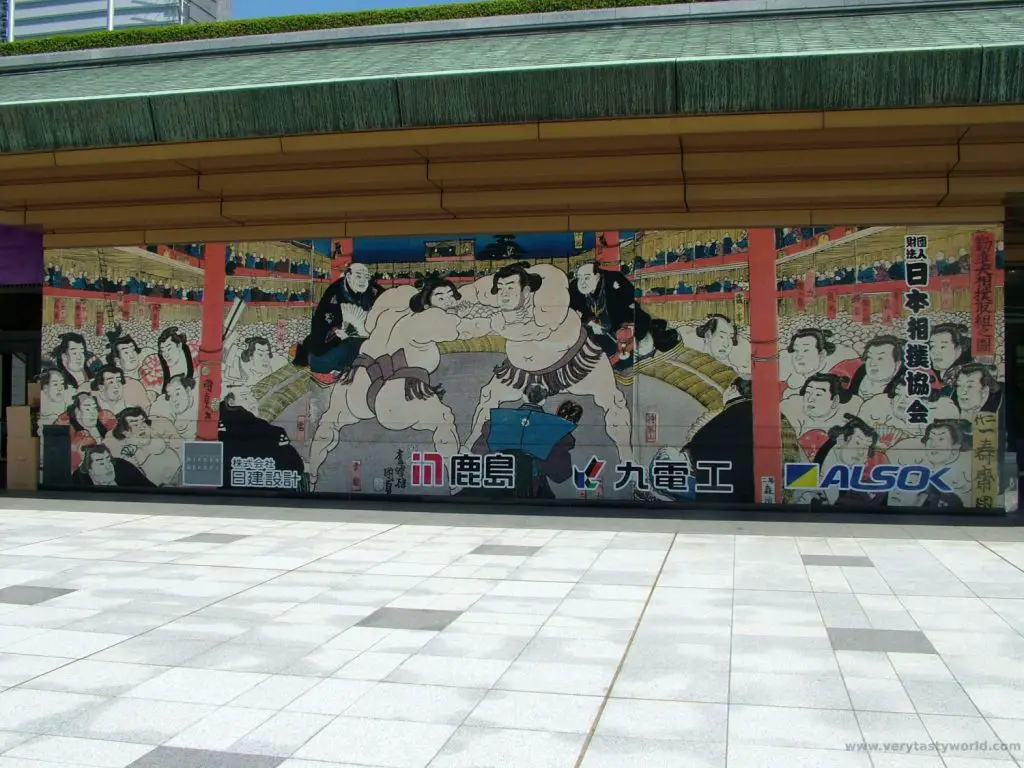
The rules of sumo are very simple: Two wrestlers face each other in a ring and, at the signal of mutual consent to begin, the bout commences. A wrestler loses when he is either forced out of the ring or touches the floor with any part of his body other than his feet.
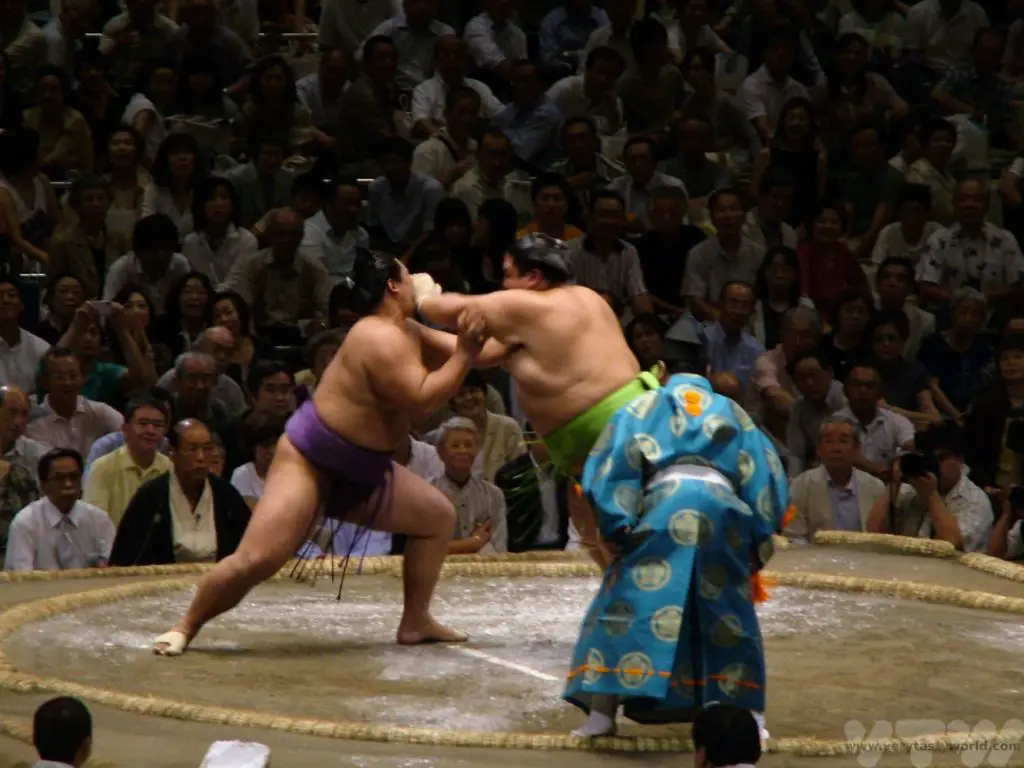
You can read about our day at the sumo in this post. And if you can’t attend, you can often watch sumo wrestlers training at their stables.
Pachinko
Pachinko is definitely the loudest and possibly the most impenetrable activity we have ever done in Japan. It’s kind of like a vertical pinball machine where you pay for a bucket of silver balls, put them in the machine and turn the nob. Sometimes you might win a whole bunch of silver balls. You exchange these for a prize (which can be a bit bizarre, such as a box of razor blades!) which can then be swapped for cash in the booth outside the pachinko parlour.
This is gambling, which isn’t strictly legal in Japan, which is why you win a ‘prize’ rather than directly winning cash. The most we have ever spent is 1000 Yen (a few pounds) and, of course, we lost. We didn’t have a clue what we were doing but it was lots of fun anyway. Although our ears were ringing after leaving the room.
Onsen
Because Japan is located in the Pacific Ring of Fire it is geothermally very active and has a lot of hot springs. And a country that has a lot of hot springs has a lot of hot spring resorts. Onsen are delightful places to relax and unwind, soaking in natural spring water. Some ryokan have their own onsen. A rotemburo is an outdoor onsen where you can relax and enjoy the natural surroundings. It’s worth knowing that some onsen are sex-segregated. We like bathing together, so tend to seek out private baths where we can relax together. Some of the ryokan we have stayed have a rotemburo which can be booked for a set time each evening.
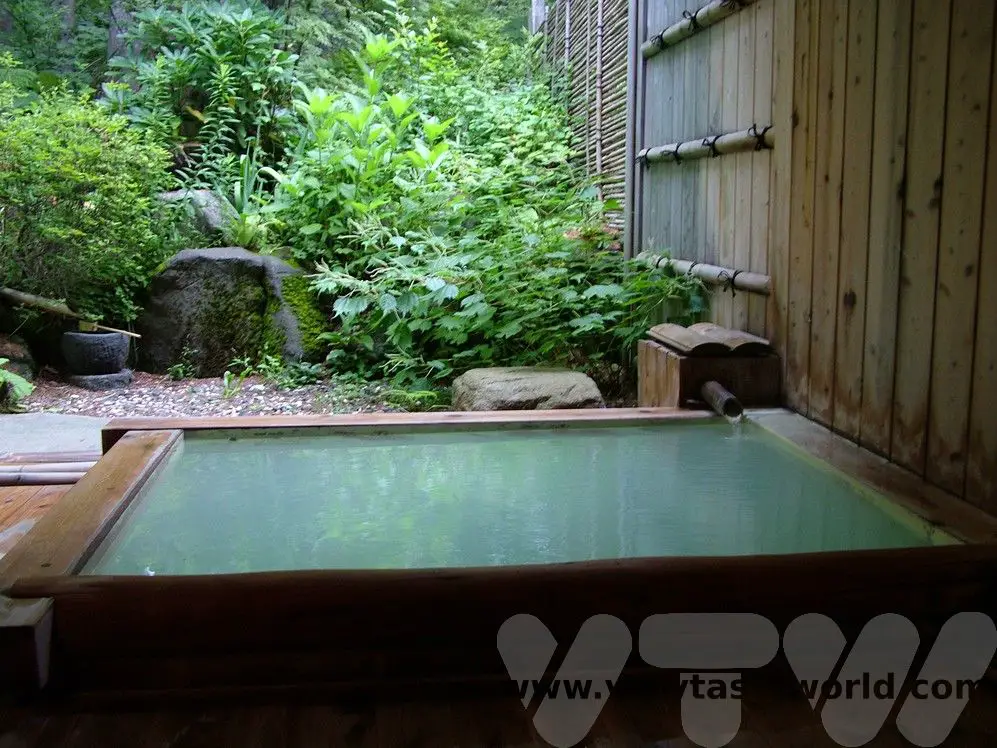
The bath etiquette is that you undress in the changing area then have a shower/wash before you get into the bath. Make sure you have thoroughly rinsed off all soapy water. This means that you are clean before bathing and can just enjoy a lovely relaxing time in the warm water.
Castles
There are thousands of castles all over Japan. These impressive fortresses, constructed from stone and wood, were often strategically located along trade routes and were designed to provide strong defences. Many become the residences of feudal lords, known as daimyo,
Many Japanese castles are reconstructions, having been destroyed by fire and rebuilt over the centuries.
Some of the best castles are to be found at Matsumoto – the black crow castle…

…and Himeji.
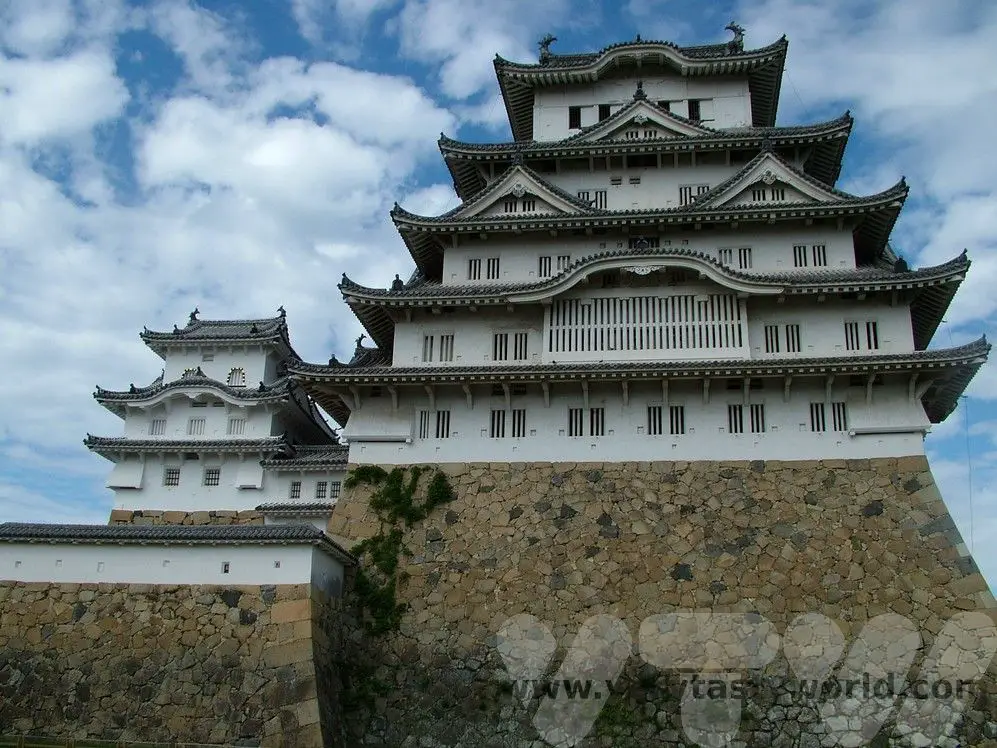
Gardens
Japanese gardens feature traditional designs that have their roots, if you will, in the country’s indigenous Shinto religion which recognises gods and spirits that are found in all things. Gardens often reflect the nature of the landscape and Japan’s distinctive seasons and use natural materials such as rocks, stones and water. Some gardens are very specialist, such as the zen gardens which comprise a minimalist landscape of rocks and stones.
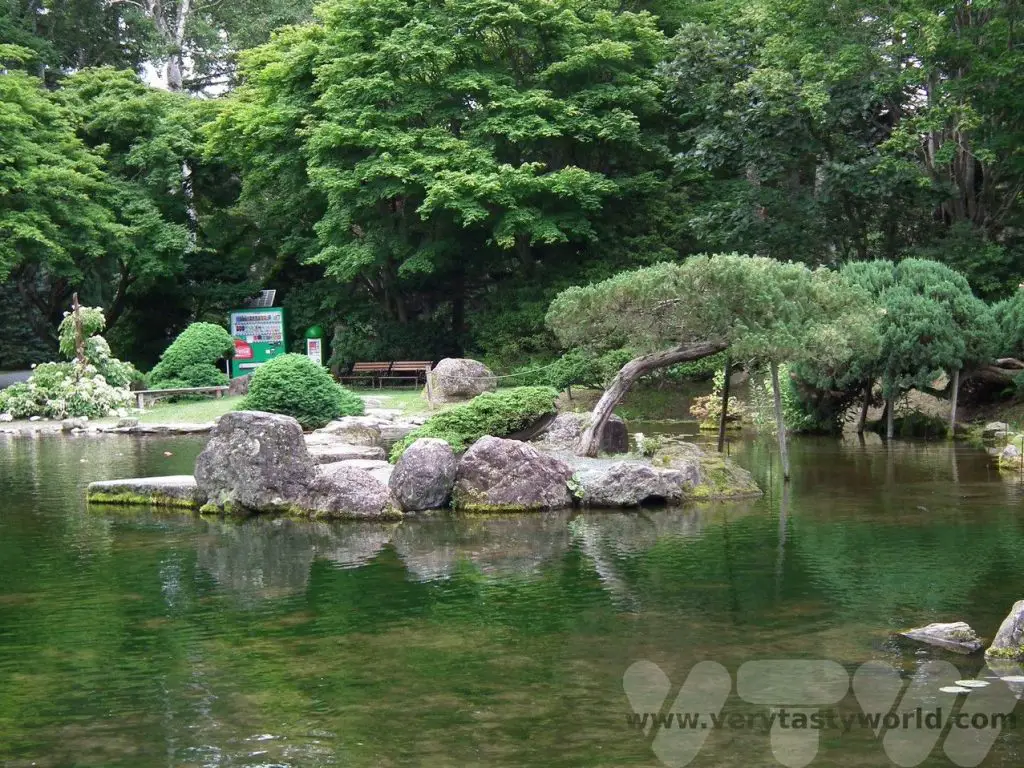
Planning a Trip To Japan – Top Places to Visit
Here are a few suggestions for places to visit which will hopefully give you a flavour of what Japan has to offer as well whet your appetite for some local regional dishes.
Honshu – the main island
Tokyo
Japan’s capital city is a sprawling metropolis. There are so many places to explore and things to do you could spend your entire holiday here. Popular districts are Shinjuku, Shibuya (the place where young people hang out), Asakusa (a laid-back area with old-world feel which is home to the Senso-ji temple), Akihabara (the cool hi-tech area which has a lot of manga and anime stores as well as the Tokyo Anime Center) and Roppongi (the area where a lot of overseas residents and visitors reside or hang out).
We tend to stay in Shinjuku as it’s very central. There are all sorts of things to do, including foodie tours.
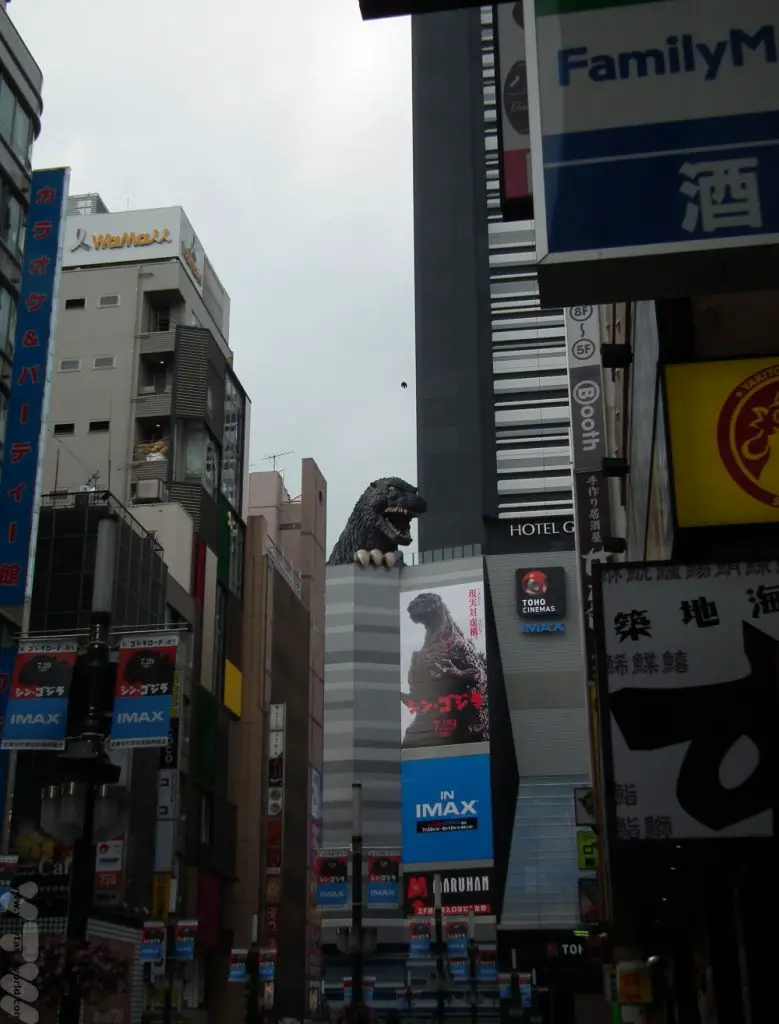
The Meiji shrine, dedicated to the deity of the Emperor Meiji is set in a lovely extensive park. It has a dramatic torii gate at its entrance.
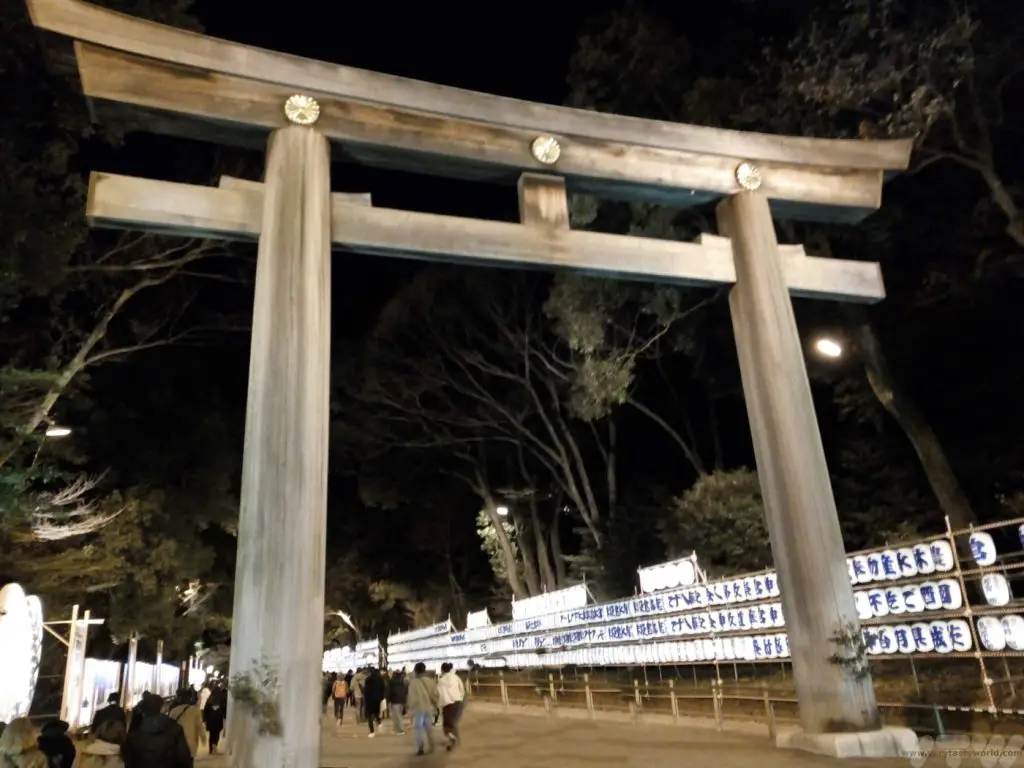
Shibuya is the location of the famous road crossing – known as ‘The Scramble’ – and seen in many films and TV series where over 2000 people can cross in a single cycle of the pedestrian lights.
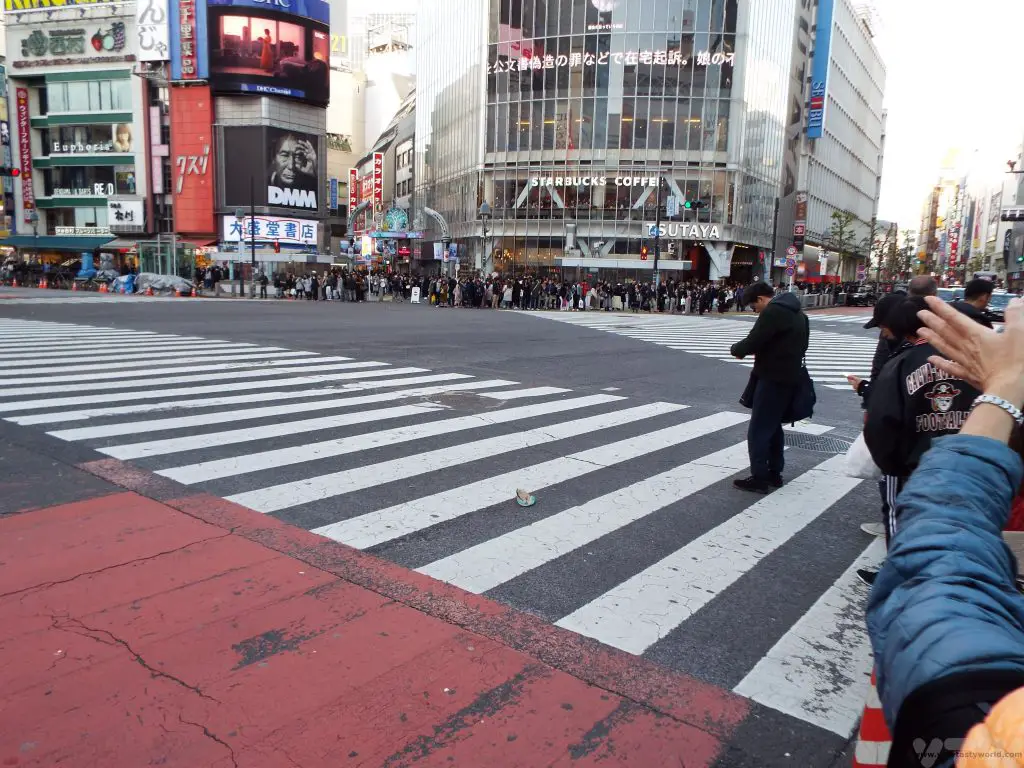
If you like the animations of Studio Ghibli, The Ghibli Museum in Mitaka is a must-see but you do have to book in advance.
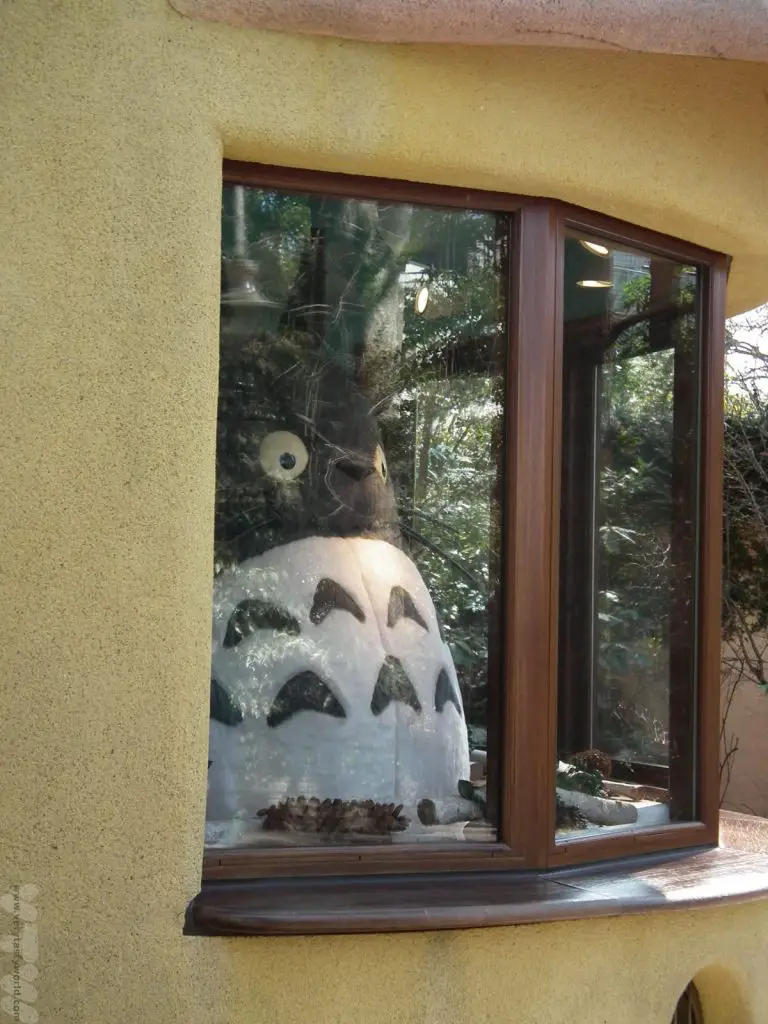
Odaiba is an entertainment hub on an artificial island set in Tokyo Bay. Cross the rainbow bridge to find all sorts of activities and shopping. And a monument that somehow seems familiar…
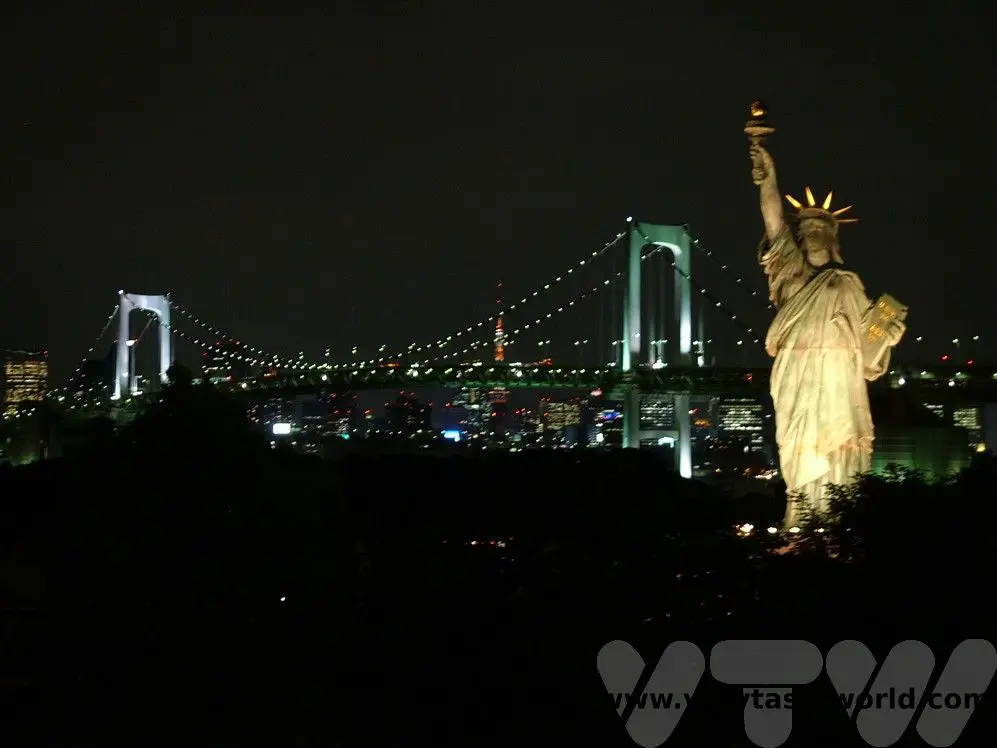
There are also plenty of day trips from Tokyo. Nikko is a historic city and the home of the Toshogu Shinto shrine.
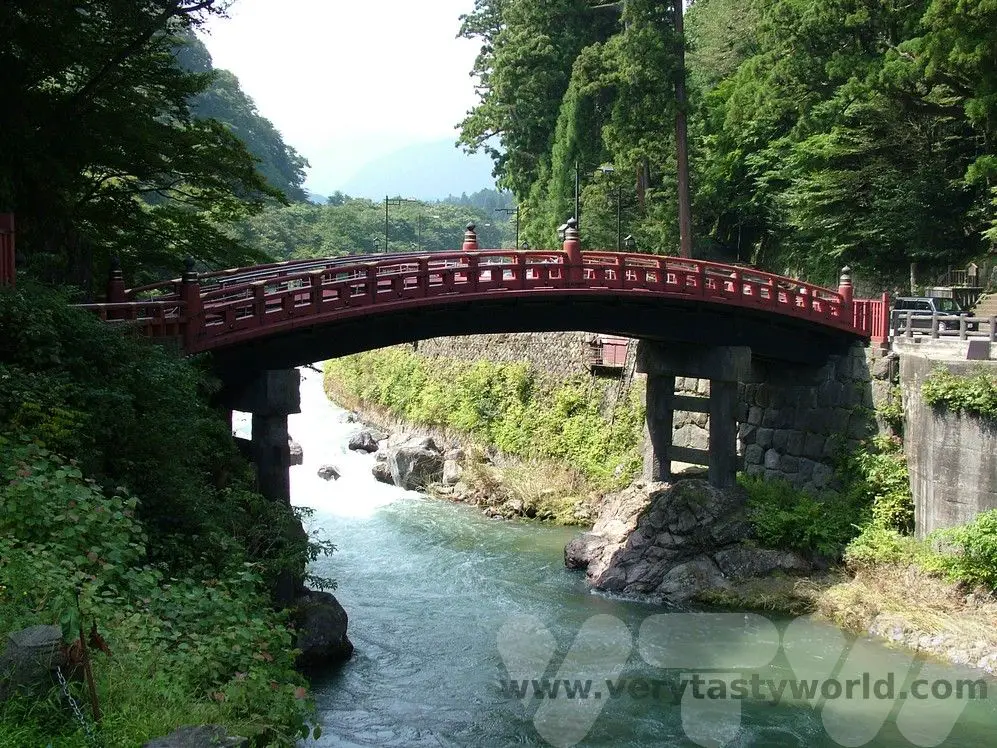
A tour of the Fuji Five Lakes area is a possibility from Tokyo. You might get a glimpse of Japan’s iconic mountain (if the weather is clear!) and sail on a pirate ship across Lake Ashinoko.
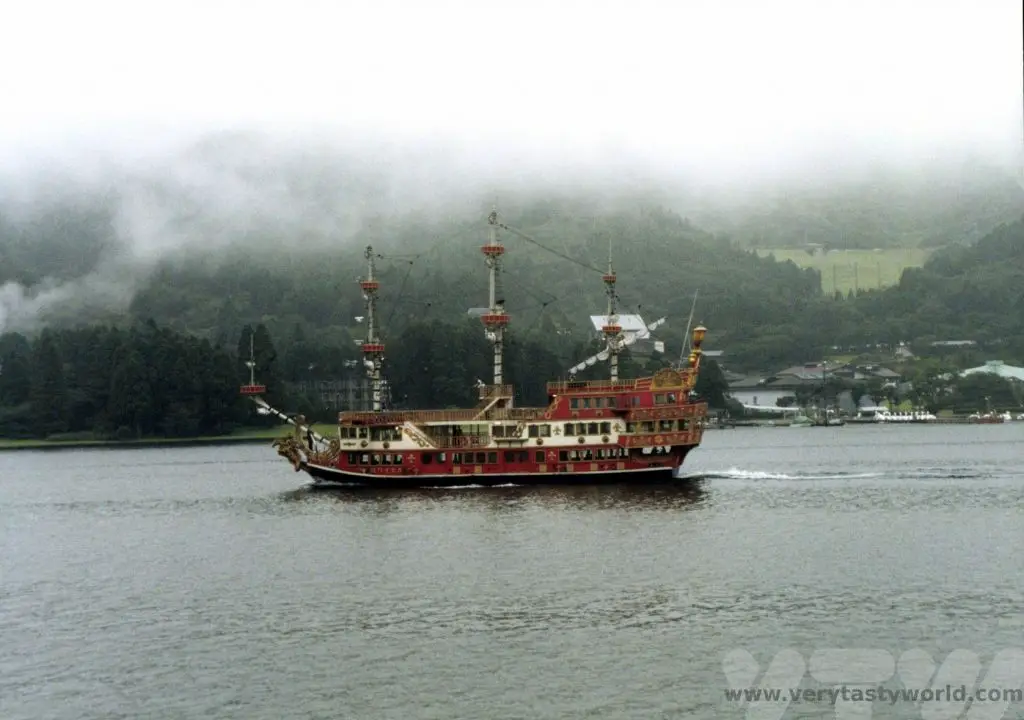
Osaka
A few hours from Tokyo on the bullet train Kansai’s commercial capital is a neon paradise and a fantastic place for foodies. Head out to the dotonbori area for a range of amazing restaurants and a vibrant nightlife.
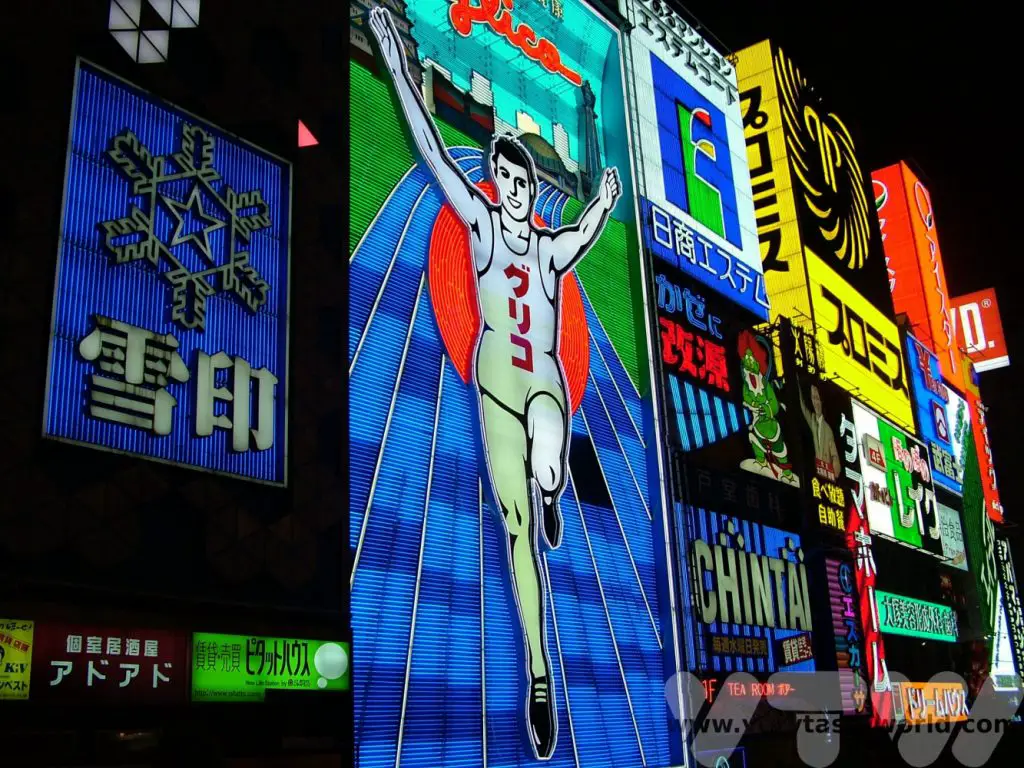
Typical Osaka dishes include okonomiyaki (kind of a cross between an pancake and a pizza) and takoyaki – octopus balls in batter.

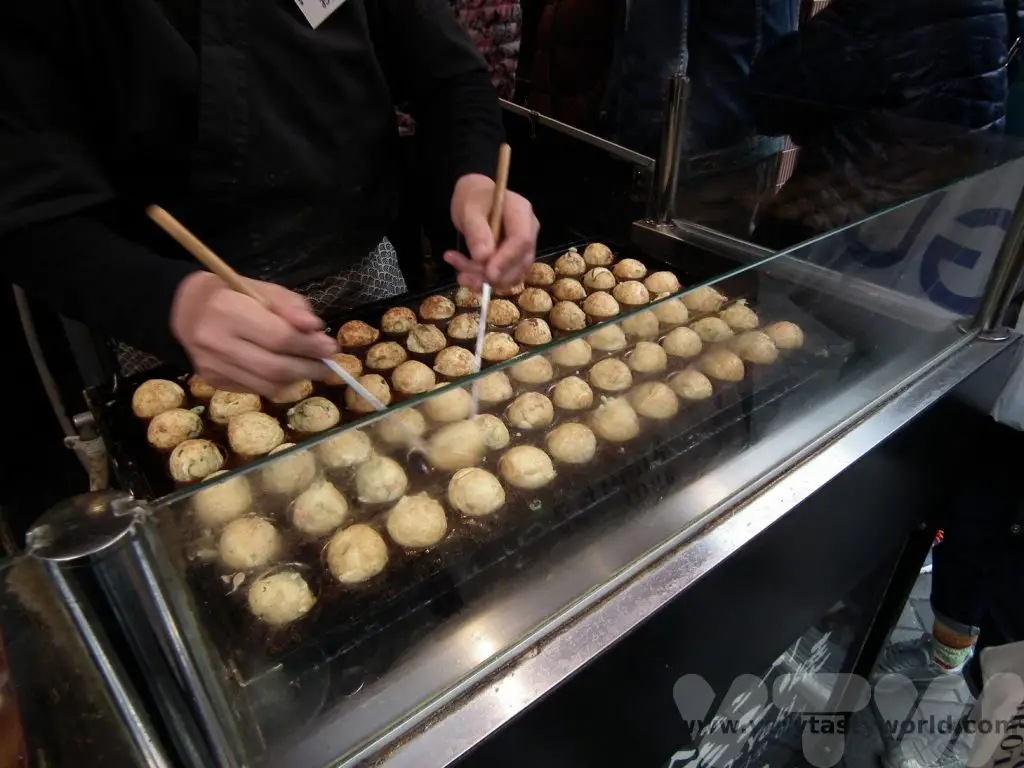
Nara
A tour of this ancient city offers lots of historic buildings, temples and pagodas to explore all set within a park. The highlight is Tōdai-ji which houses Daibutsu, a 15m-high bronze Buddha.
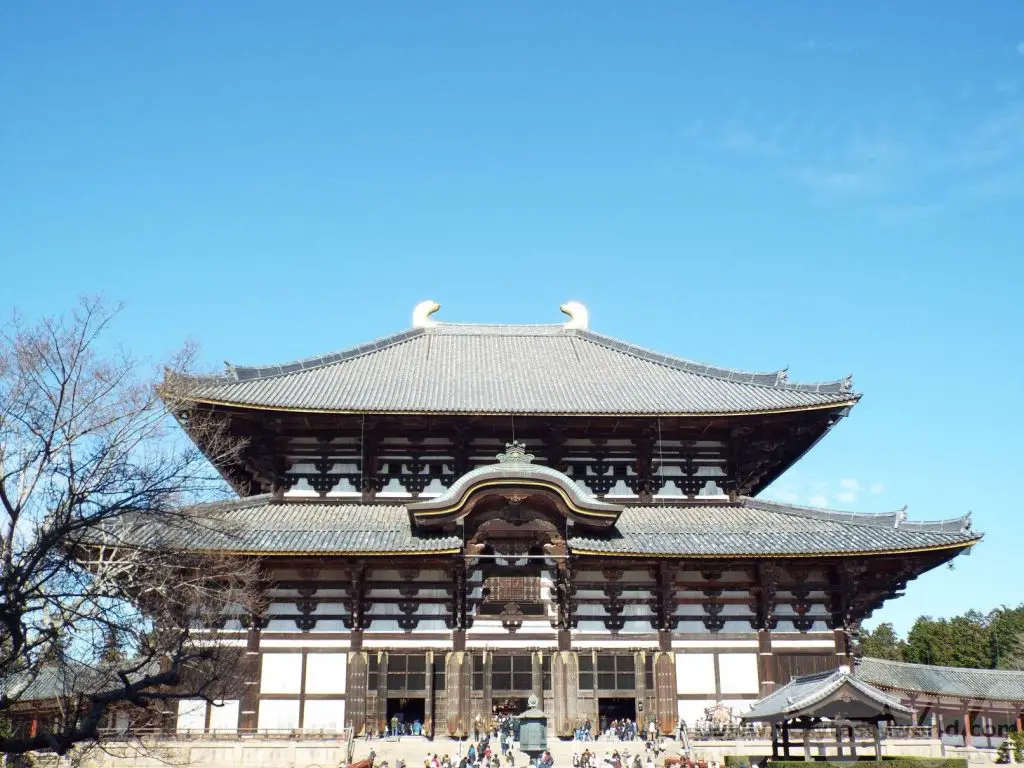
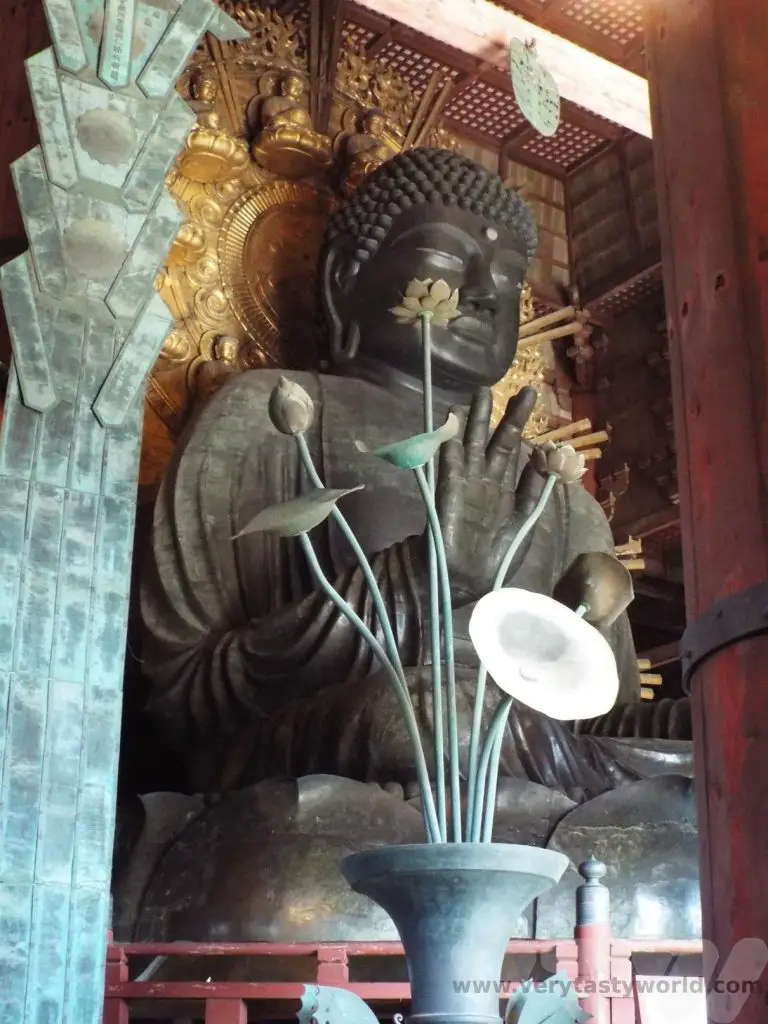
A fascinating and beautiful place, just watch out for the local deer who roam across the park – they are usually hungry!
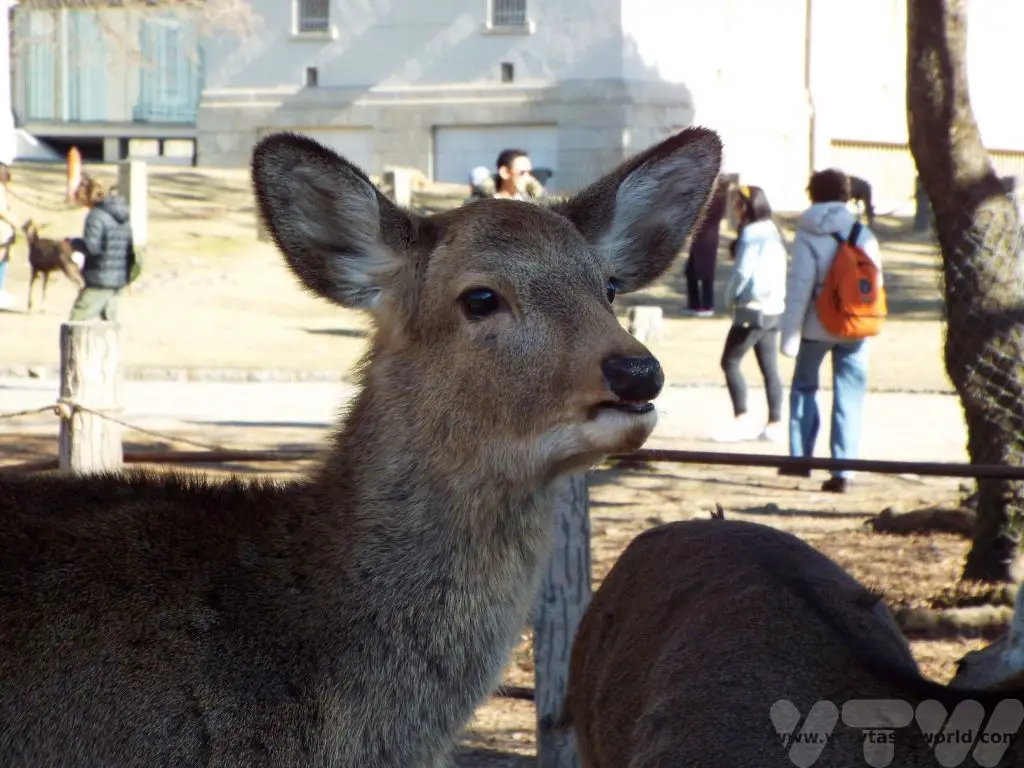
Kyoto
Japan’s former capital doesn’t look the part initially but has some beautiful and important historic places to visit. Just look closely and you will find a temple almost everywhere. A hop-on, hop-off bus tour is a great way to explore the city. Amongst the many treasures, there are some must-see highlights:
The Temple of the Golden Pavilion
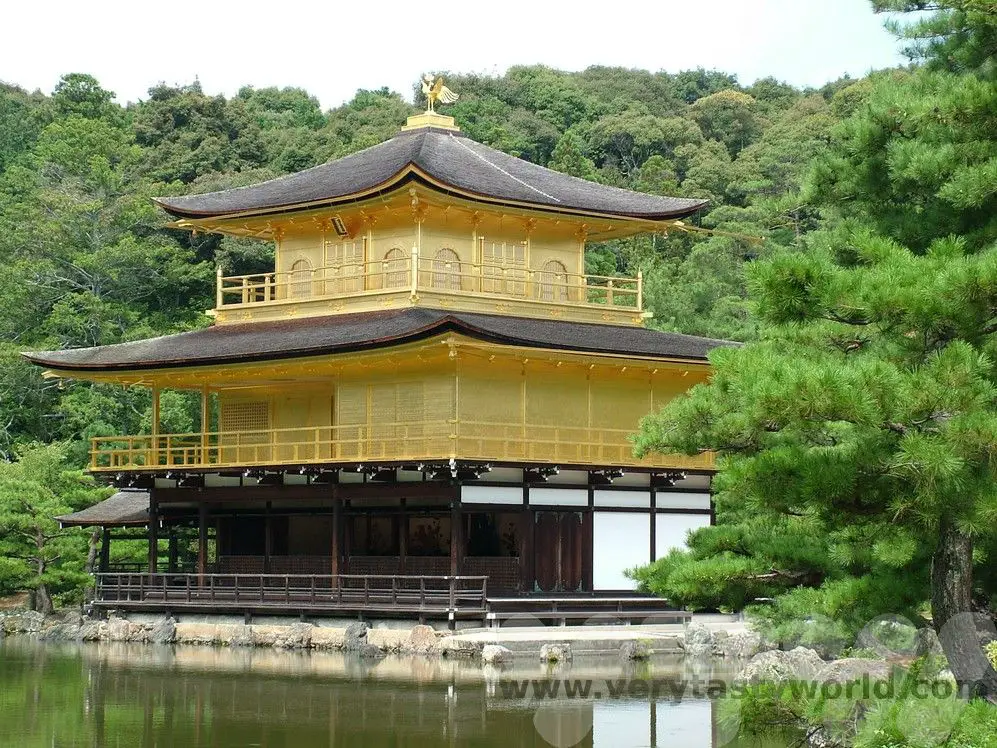
The Ryoanji zen garden is a place for contemplation
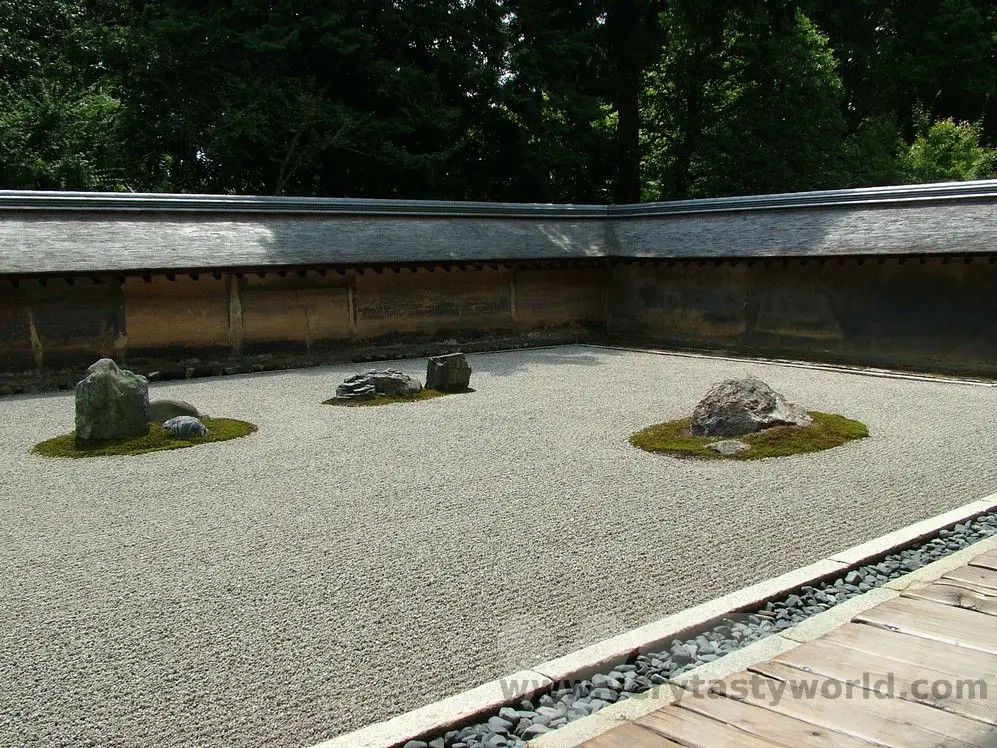
And the Fushimi Inari shrine, a short train ride outside the main city, with its plethora of vermillion torii (temple gates) to wander through.
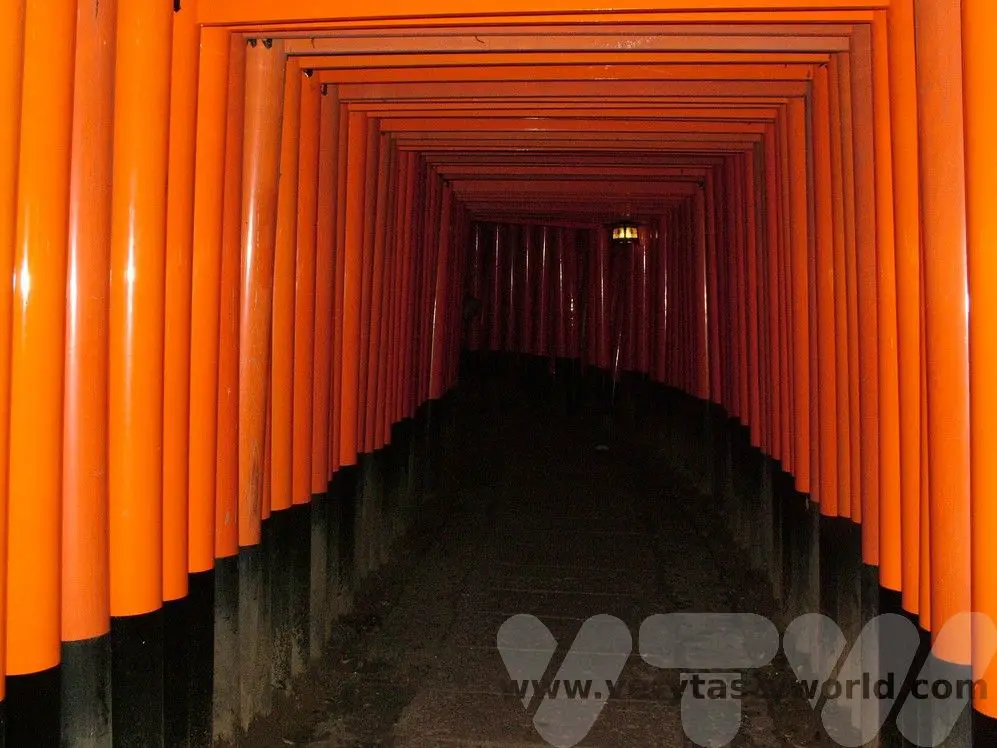
Hiroshima
A city with an horrific history, Hiroshima has recovered to become a modern, cosmopolitan city. The Peace Park and museum give a balanced history of the atomic bombing and, while it is a difficult place to visit, is also a peaceful and contemplative place.

The Peace Park has a non-eternal flame which will be extinguished when the last nuclear weapon on earth has been decommissioned.
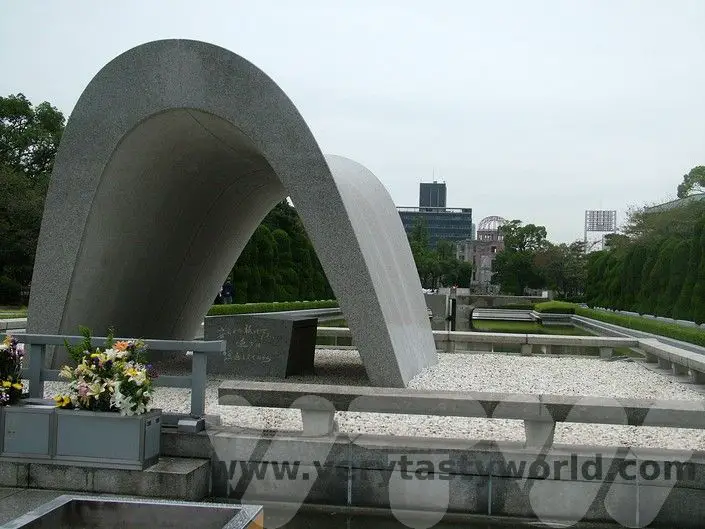
Don’t forget to visit the island of Miyajima which is a short journey away. Tours are available from Hiroshima. You can see the iconic Torii gate in the sea, one of the top three iconic views of Japan.
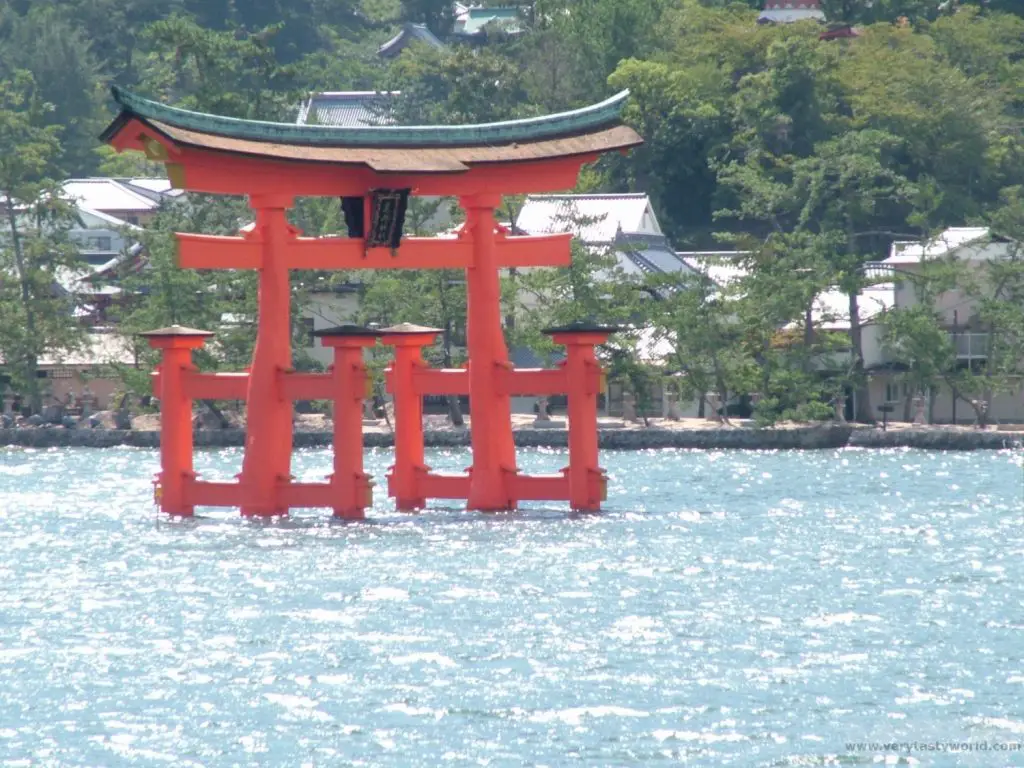
Japan Alps
If you enjoy hiking in splendid countryside, the Japan Alps are ideal. Kamikochi and Norikura Kogen are delightful places to visit.
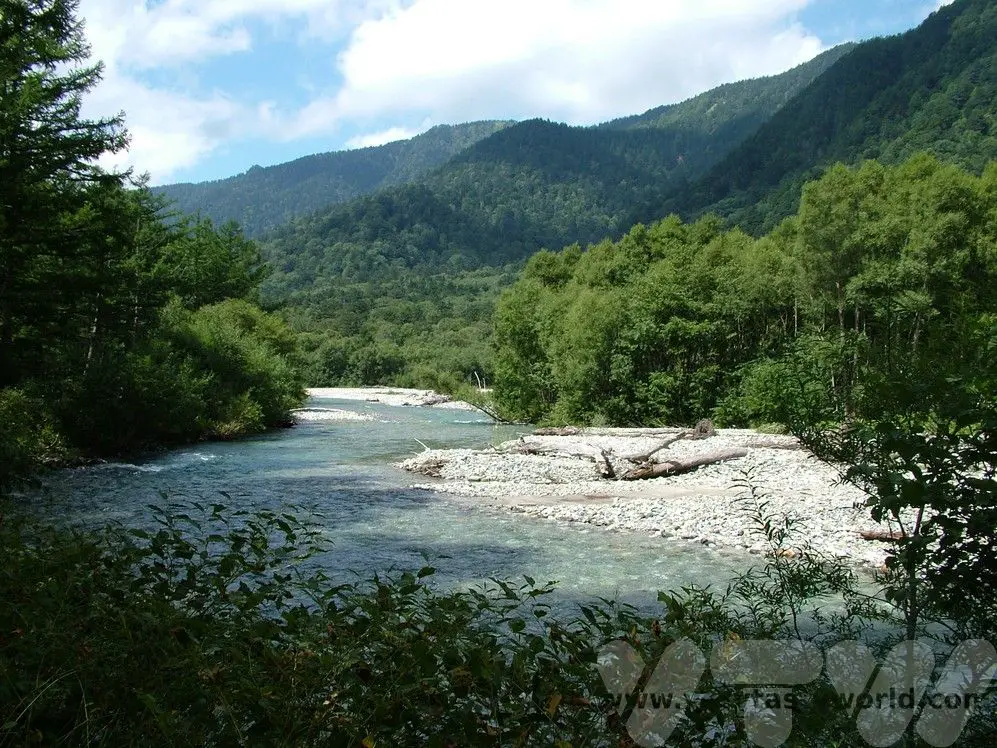
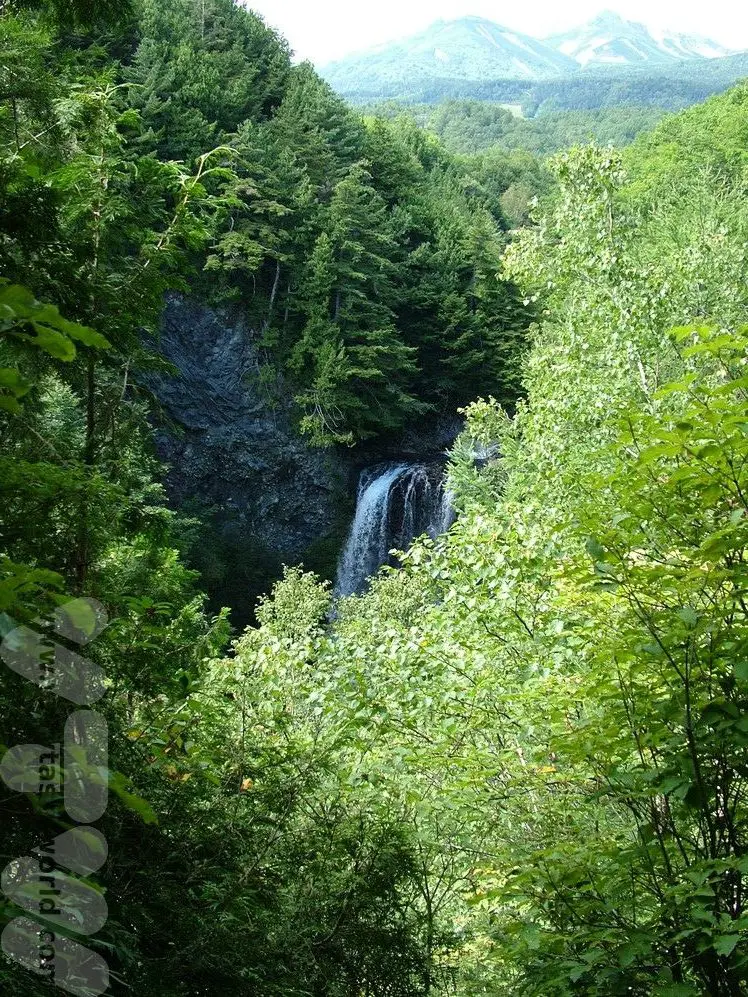
And the gassho houses of rural Honshu offer a fascinating glimpse into traditional rural life. You can stay in a farmhouse in Ainokura.
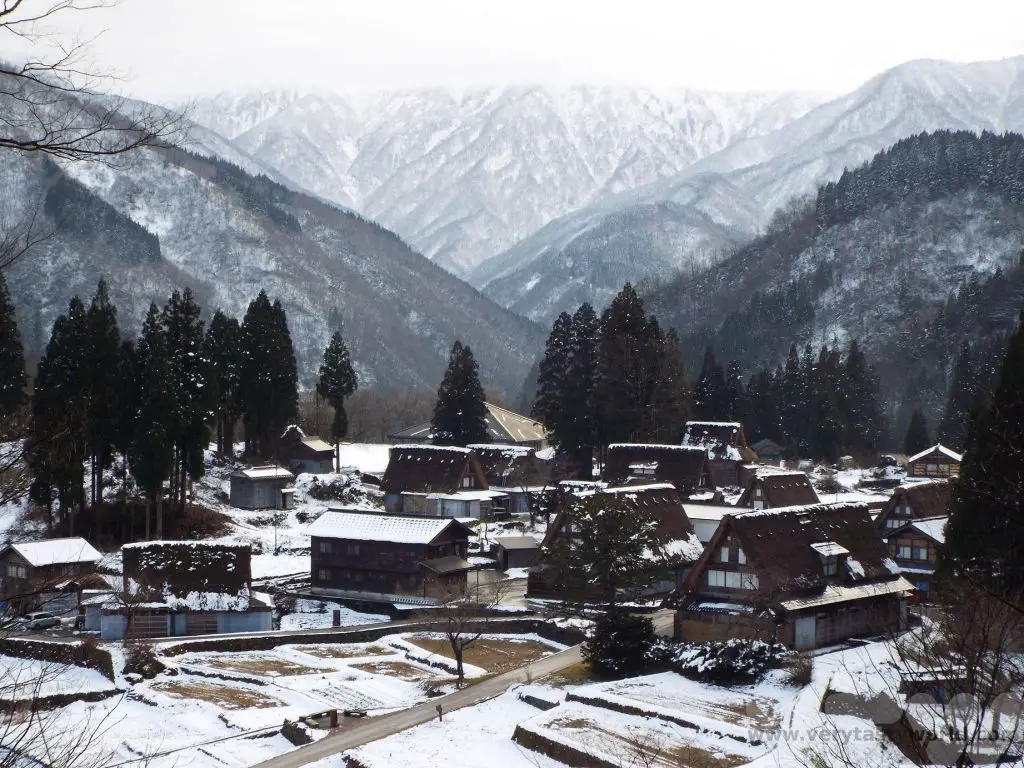
Staying in a gassho you are likely to try the local produce – fresh river fish and mountain vegetables.
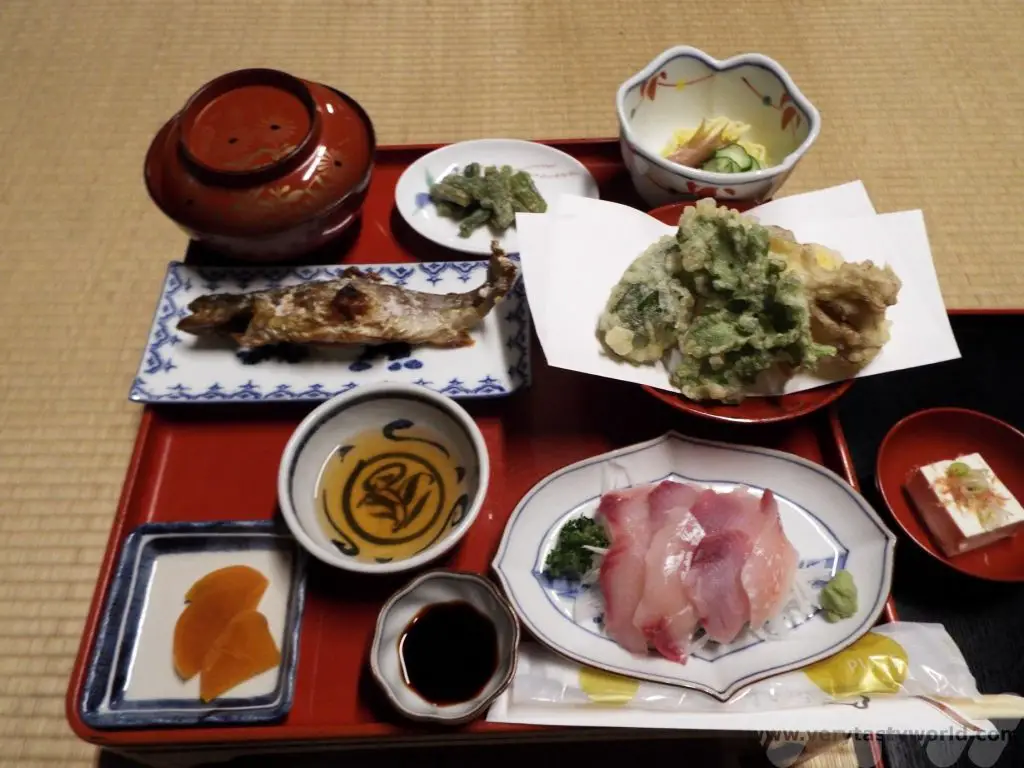
There are a number of tours available to visit these delightful villages.
Hokkaido – The Northern Island
Sapporo
The capital of Hokkaido is a laid back city. It has a snow festival every winter and you can view amazing snow sculptures in the extensive city park.
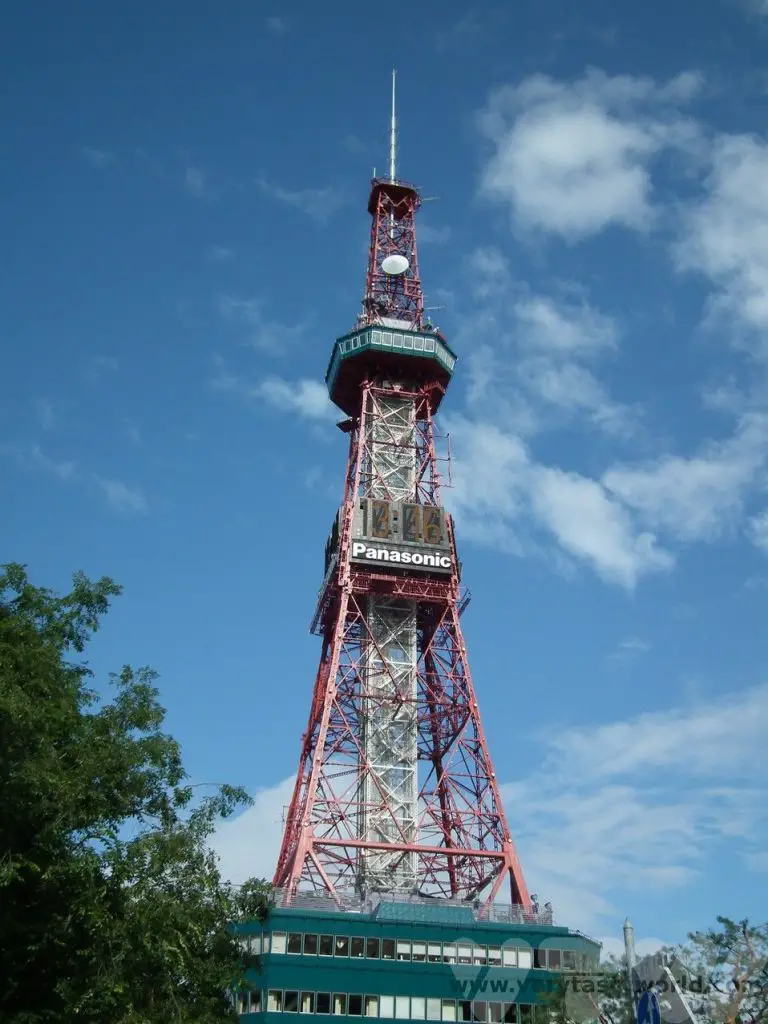
You can visit the Sapporo beer museum to learn about – and taste – some of Japan’s most famous beers.
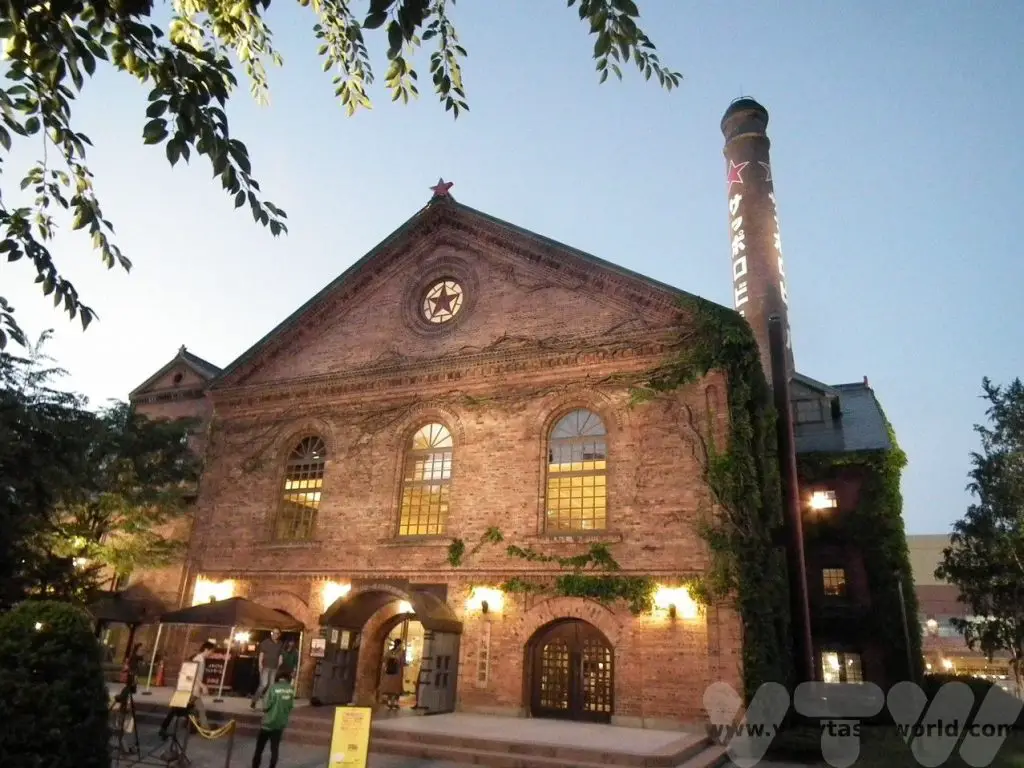
A day trip from Sapporo to Yoichi is a great opportunity to try Japanese whiskey at the Nikka distillery – the area has a similar soil type and climate conditions to Scotland. There are freebie samples in the tasting hall too!
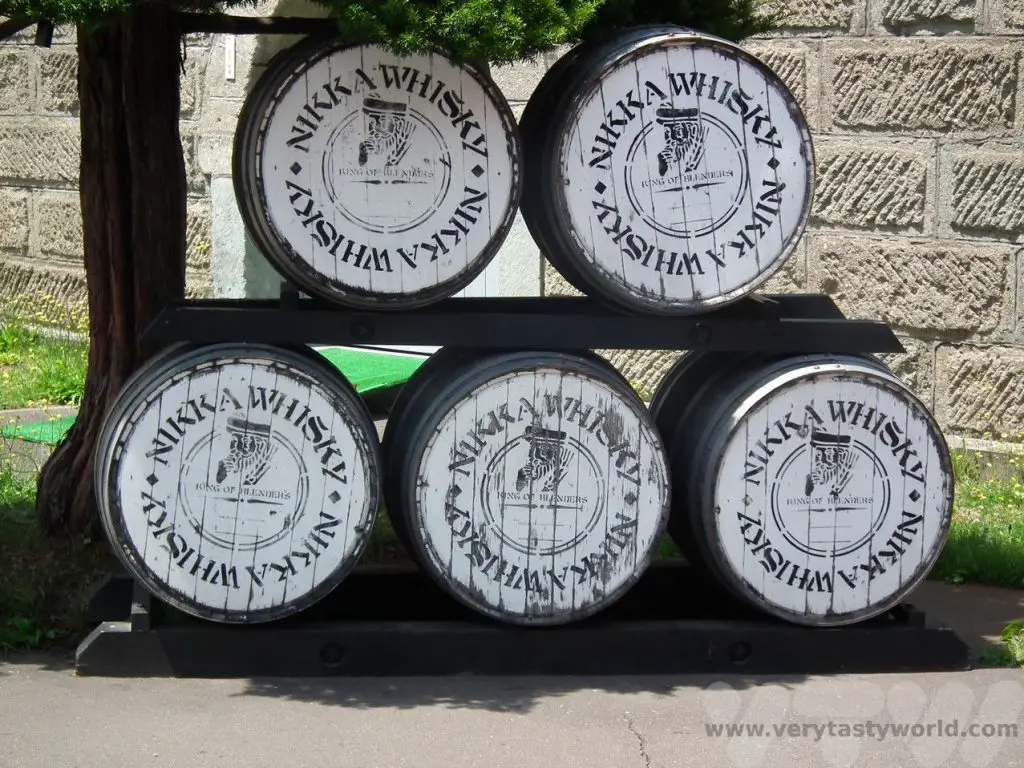
Hakodate
If you like seafood, particularly crab, head to Hakodate where you can enjoy crab for breakfast, lunch and dinner. Rice bowls are available for good prices at the market.
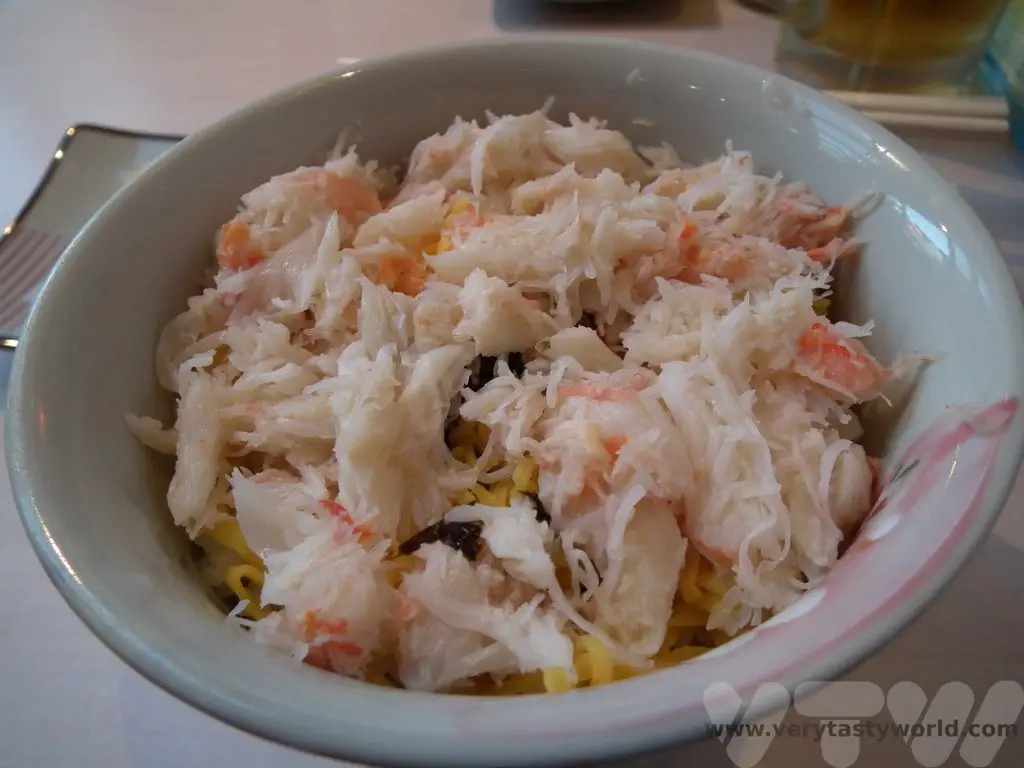
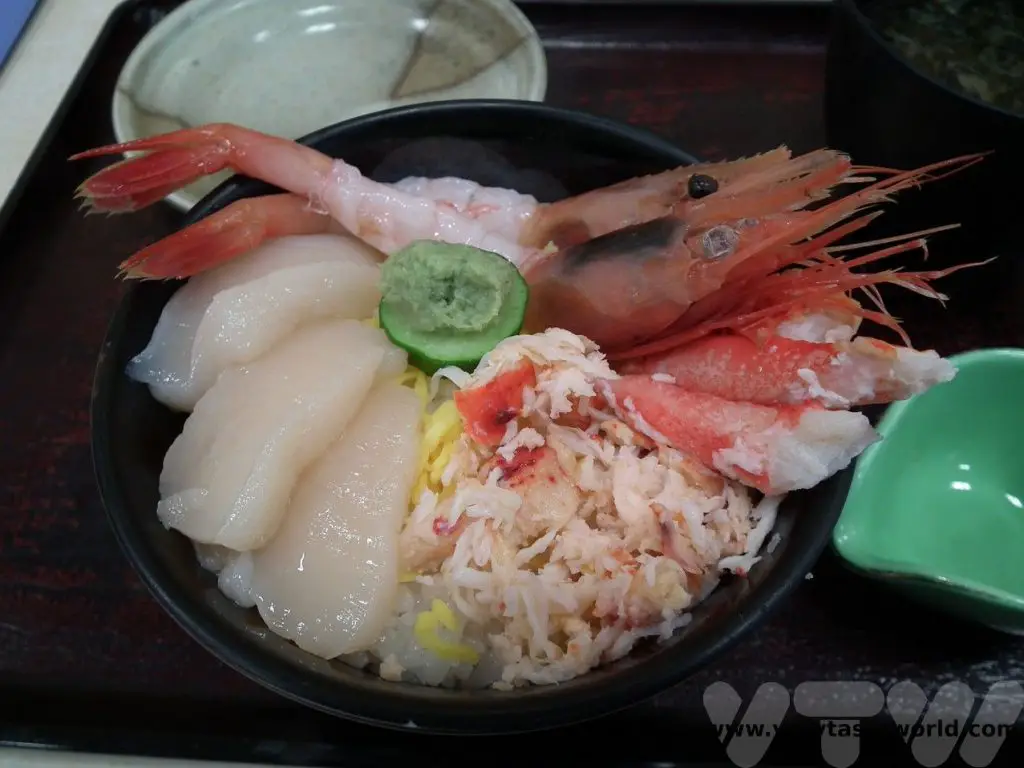
Hokkaido also has some wonderful countryside to explore – the Akan lake district is beautiful and the island is home to many red-crowned cranes.
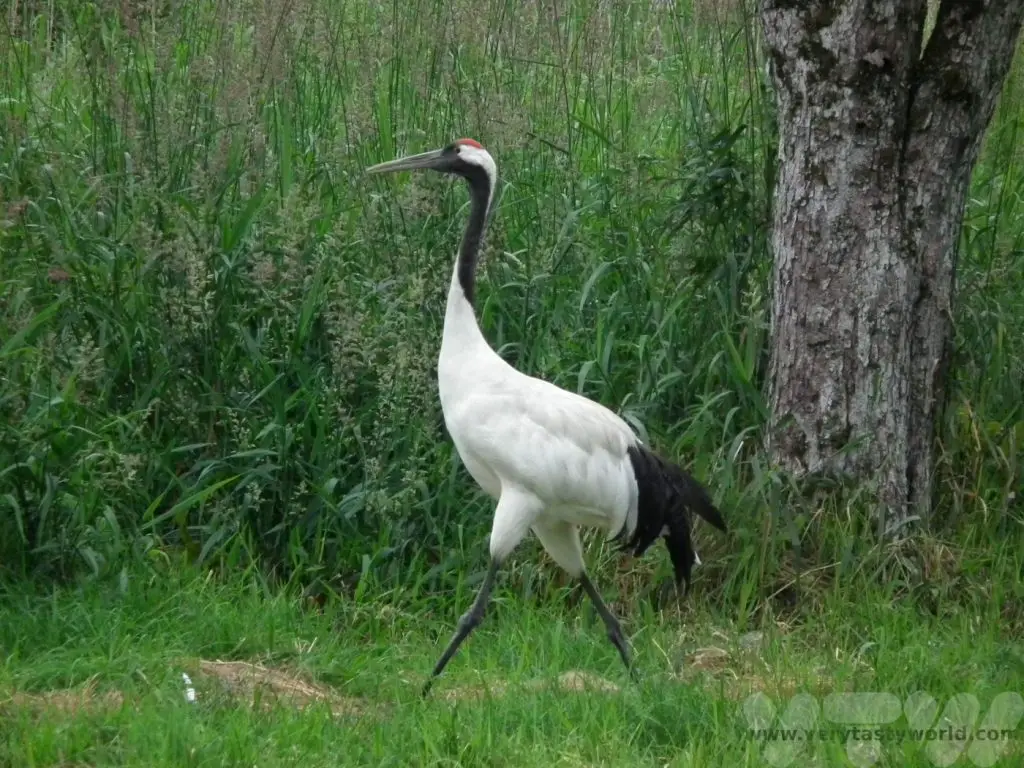
Kyushu – The Southern Island
Nagasaki
Another city famous for its history Nagasaki was the port city through which Japan traded with the outside world during the Tokugawa shogunate between 1639 and 1859 period, when the rest of the country was effectively isolated.
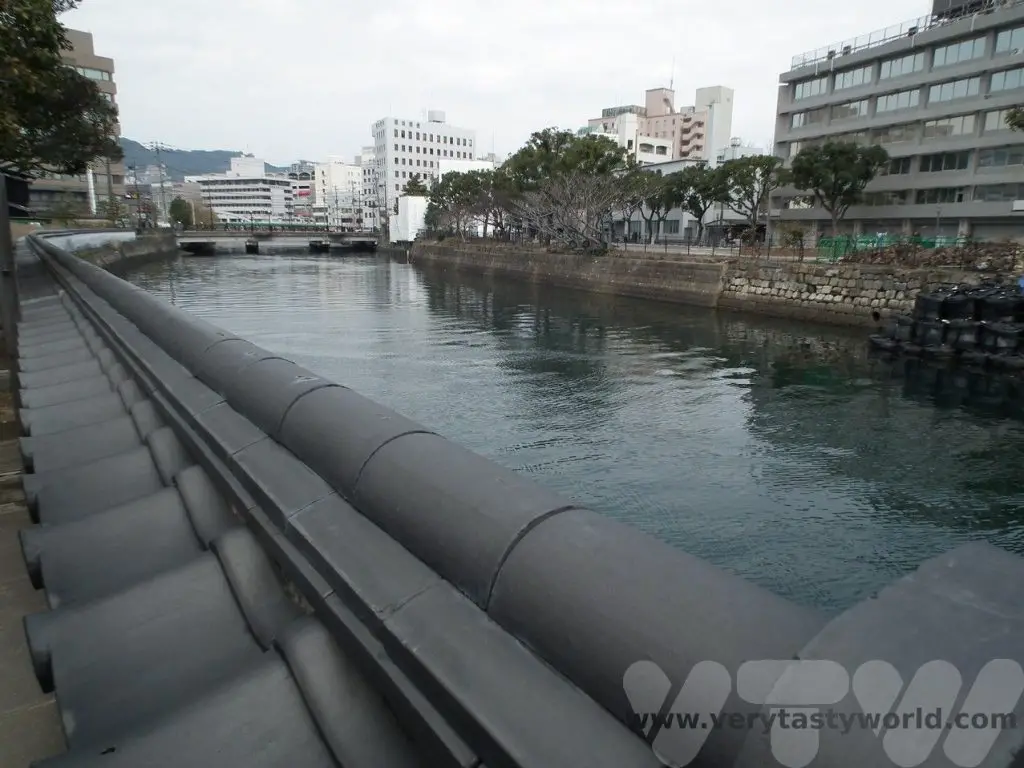
A major shipbuilding centre, it was the target for the second atomic bomb that was dropped on Japan. Like Hiroshima, the city has recovered and also has a museum about the bombing, with a significant emphasis on the call to ban nuclear weapons.
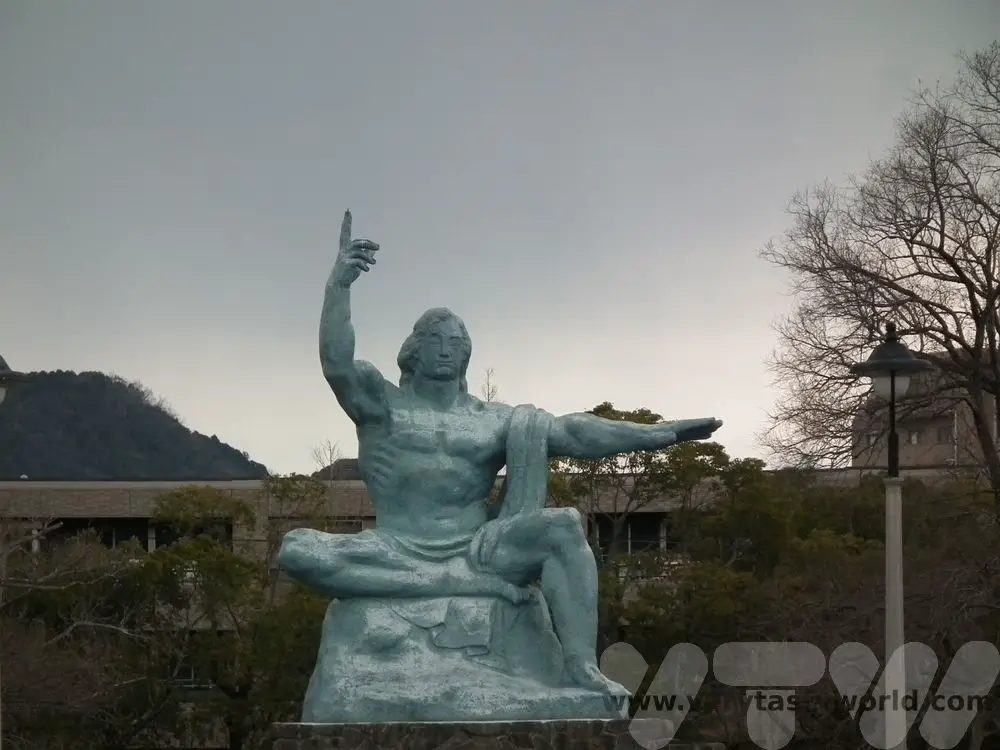
Nagasaki is famous for its champon noodle dish, inspired by Chinese cuisine. The noodles are boiled in the soup and hence acquire some its rich flavour.
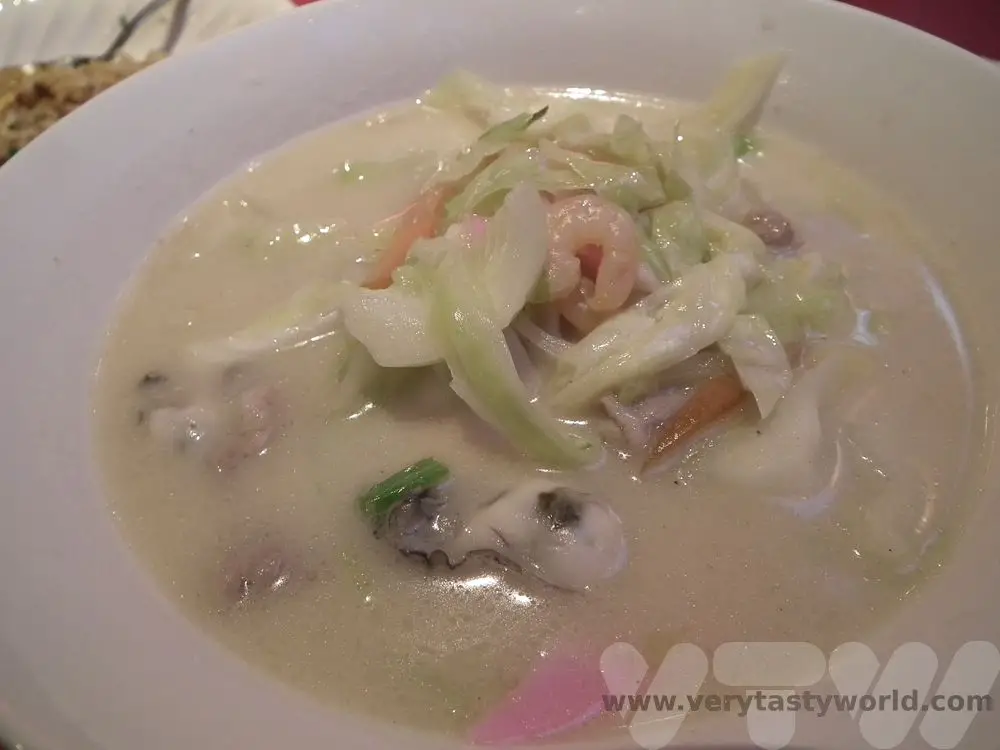
Kagoshima
This is a lively city in the shadow of the very active Sakurajima volcano.
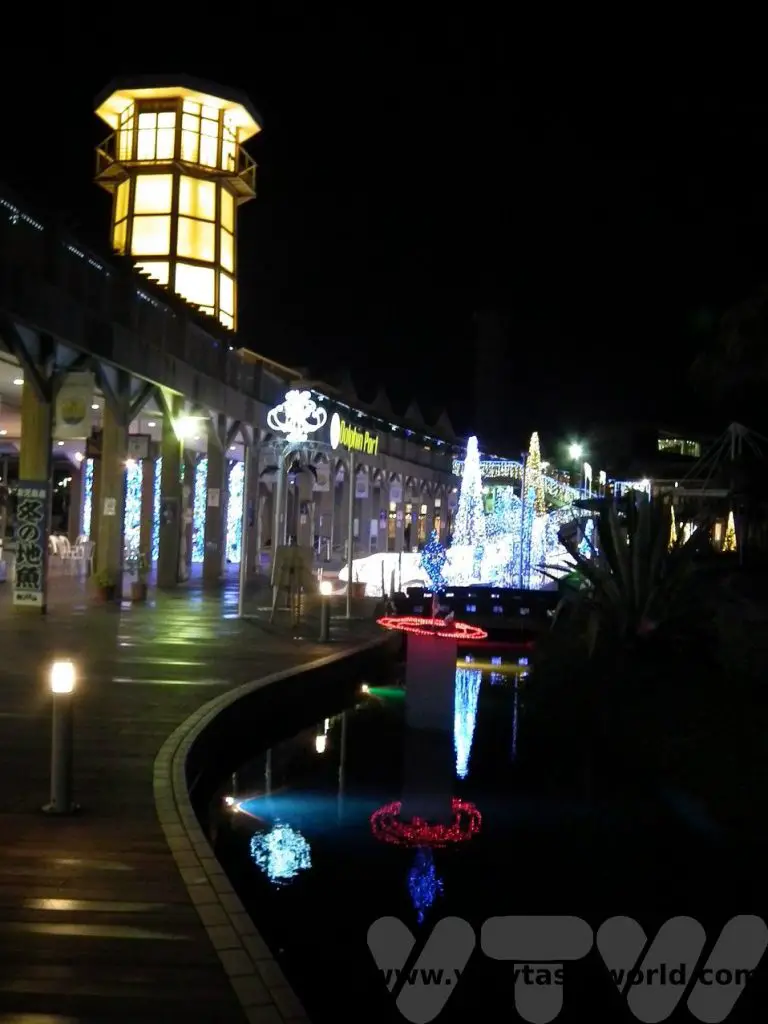
Sakurajima is still very active.
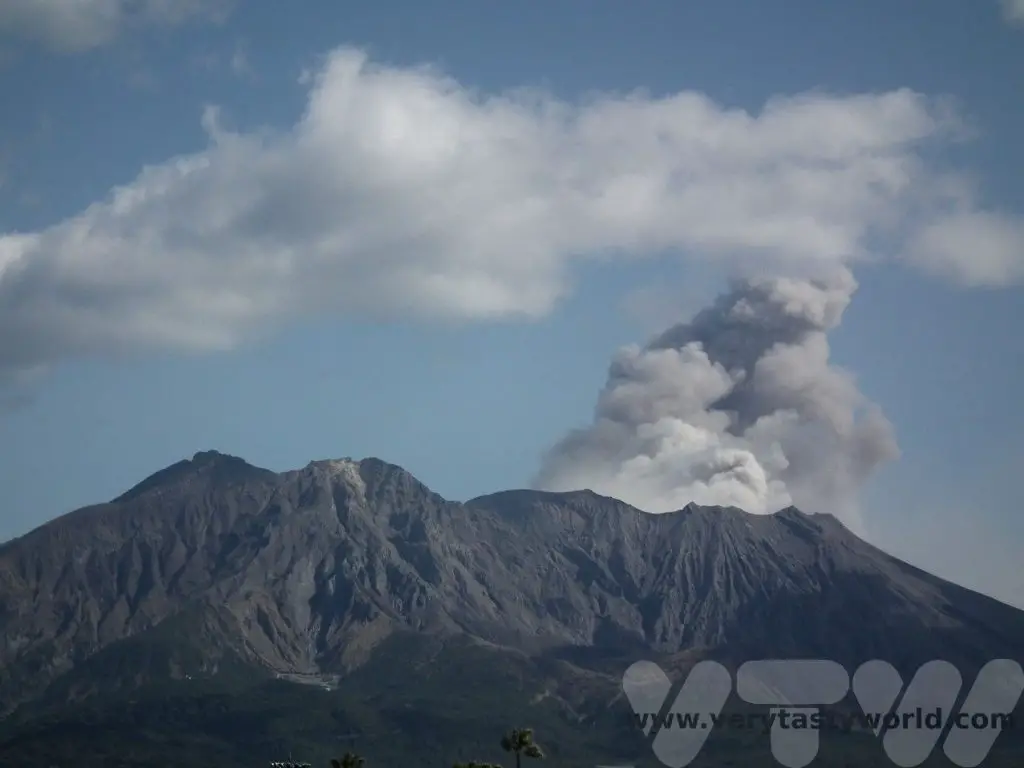
Kagoshima is famous for its kuro buta – black pork, from a specific breed of pig. The tonkotsu ramen, with its creamy umami broth and topped with pork slices, is sublime.
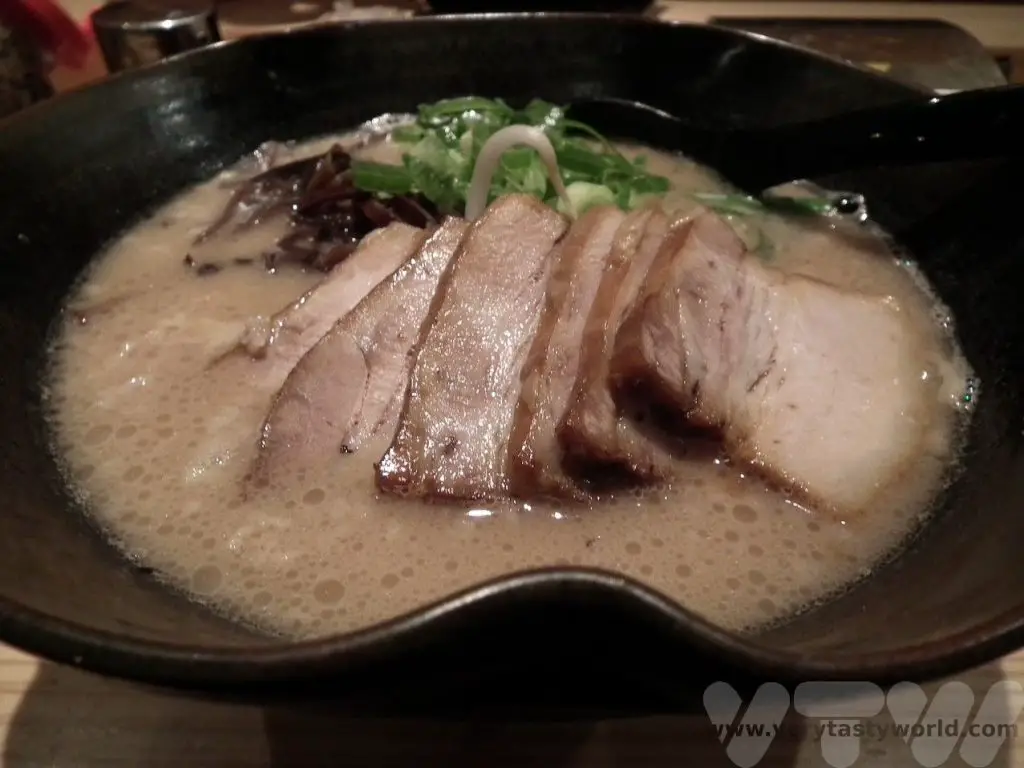
Beppu
Sometimes described as the Las Vegas of Japan (it isn’t really), Beppu is a resort town well known for its onsen hot springs.
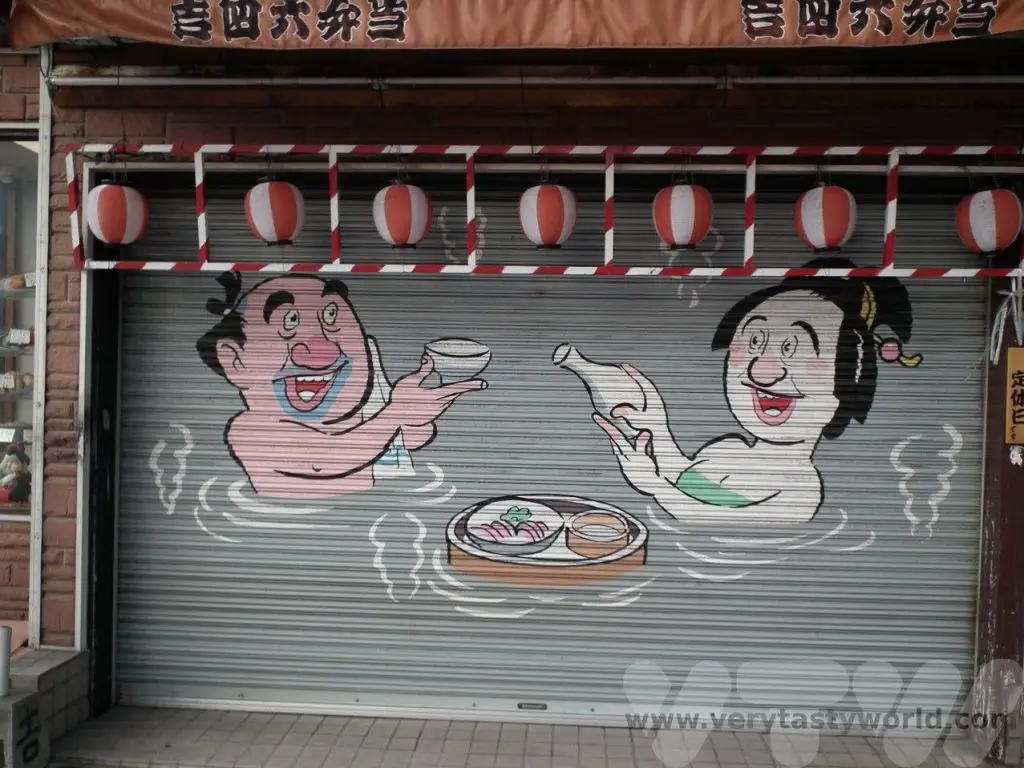
A place to relax and unwind, as well as to visit the “Hells” – thermal hot springs each of which has a specific theme.
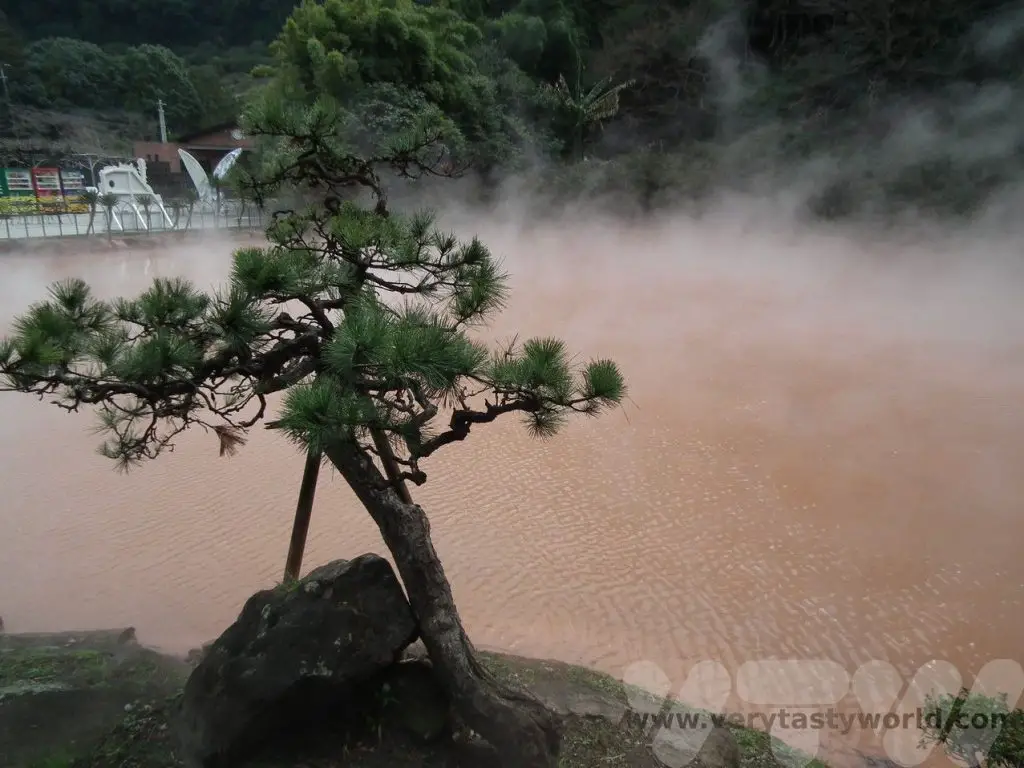
Yakushima
A ferry ride away from Kagoshima this small island is a wonderful place to explore. It was the inspiration for the setting of Hayao Miyazaki’s Princess Mononoke anime.
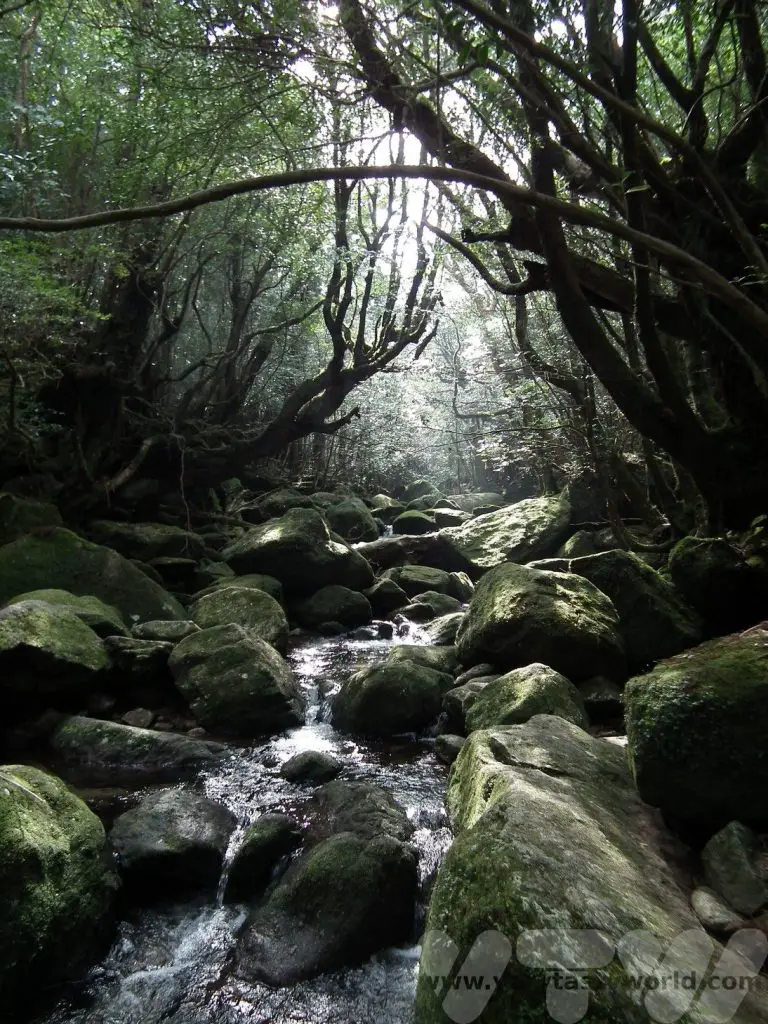
The cuisine on Yakushima is fresh, local seafood and vegetables and is delicious.
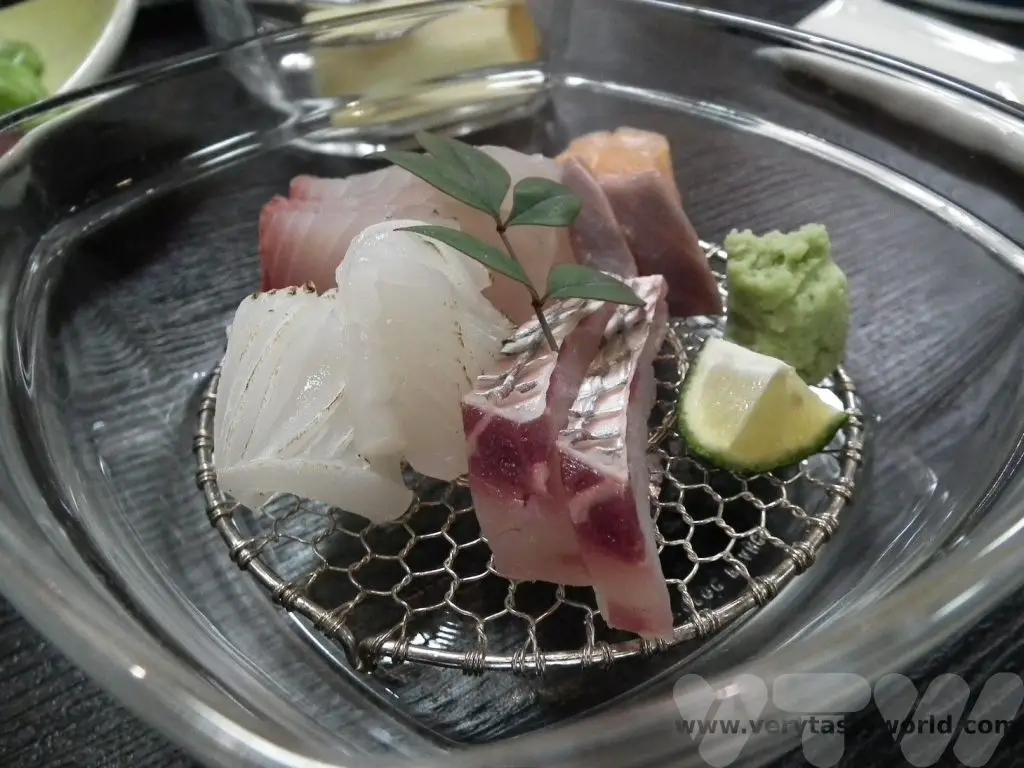
Shikoku
The fourth largest of Japan’s major islands Shikoku offers an opportunity to experience a more rural Japan. It has a pilgrimage route, dedicated to the 9th-century monk Kukai, which comprises 88 Buddhist temples over a 1200km route.
Okinawa
Okinawa is an archipelago south of the main islands and offers a very different view of Japan. It’s sometimes known as the ‘Hawaii of Japan’ and is off the beaten track. It has broad, sandy beaches and crystal clear water as well as a great natural beauty. It also has its own cuisine which offers a variety of dishes that are a contrast to mainland Japanese food.
Japan has so many other amazing places to visit, this post could have gone on for several more pages. Hopefully this has offered a taste of the many wonderful things Japan can offer. We can’t recommend a visit highly enough. We’re already planning our next trip…
Related Posts You May Enjoy

- Recipe: Simmered Shiitake Mushrooms

- How to Use Public Transport in Japan

- RECIPE Oyakodon Donburi

- Planning a Trip to Japan
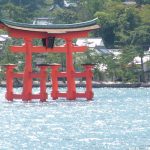
- The Makanai: Cooking for the Maiko House
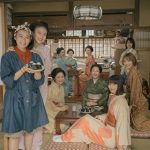
- Setsubun Food – Bean Throwing Day

- The Gassho Farmhouses of Rural Japan
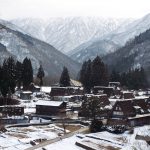
- Recipe: Japanese Simmered Pork Belly – Buta no Kakuni

- RECIPE: How to Make Umeboshi

The Gassho Farmhouses of Rural Japan
It’s not often that we use the word ‘unique’ because very often things described as such usually aren’t. Unique, that is. But there are some villages in rural Japan that are the only examples of their kind and they offer a fantastic glimpse into traditional life in the Japanese countryside.
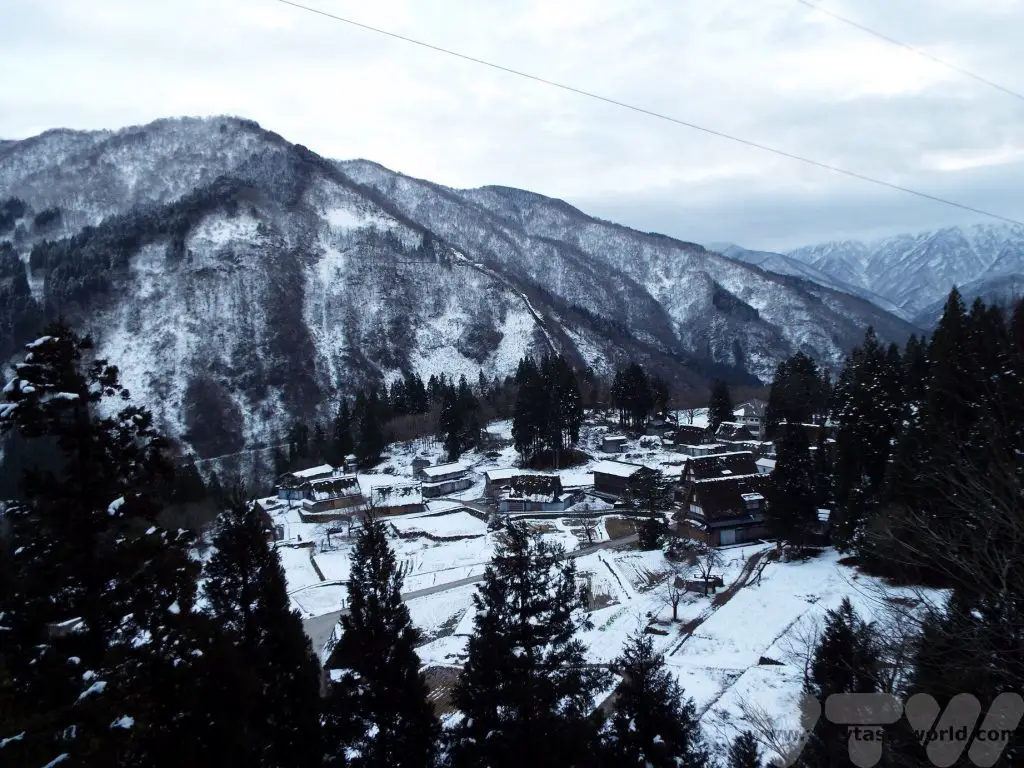
The historic mountain villages of Shirakawa-go and Gokayama have been designated as UNESCO heritage sites and were historically quite isolated from the rest of the world. The villages Ogimachi in Shirakawa-go, and Ainokura and Suganuma in the Gokayama region are located in central Honshu, on the Shogawa river valley, across the borders of the Gifu and Toyama Prefectures.
Ogimachi is probably the most famous of the villages and is known for its light-up events, where the whole village turns their lights on in winter-time and visitors come from far and wide to marvel at the beauty of a snowy wonderland. These are scheduled events and hugely popular. Reservation is essential, not only for staying in the village but also for attending the viewing and some transportation options.
Initially when planning our winter trip we thought that Ogimachi would be the obvious place to visit but unfortunately everybody else thinks that too. It was impossible to find accommodation in this lovely village, even when trying to book several months in advance. But we had a Plan B which worked very well indeed. Ainokura is smaller and quieter but similarly delightful.
Getting to Ainokura in Rural Japan
We had been staying in a business hotel in the lovely city of Kanazawa on the western coast of Japan and, as we planned to return there, left our main luggage at the hotel and just took an overnight bag with us. We then caught the shinkansen (bullet train) from Kanazawa to Shin-Takoaka. It is possible to catch a bus to Ainokura from Shin-Takoaka – the journey takes just over an hour or so – but we caught possibly the cutest train ever to Johana and caught our bus from there.
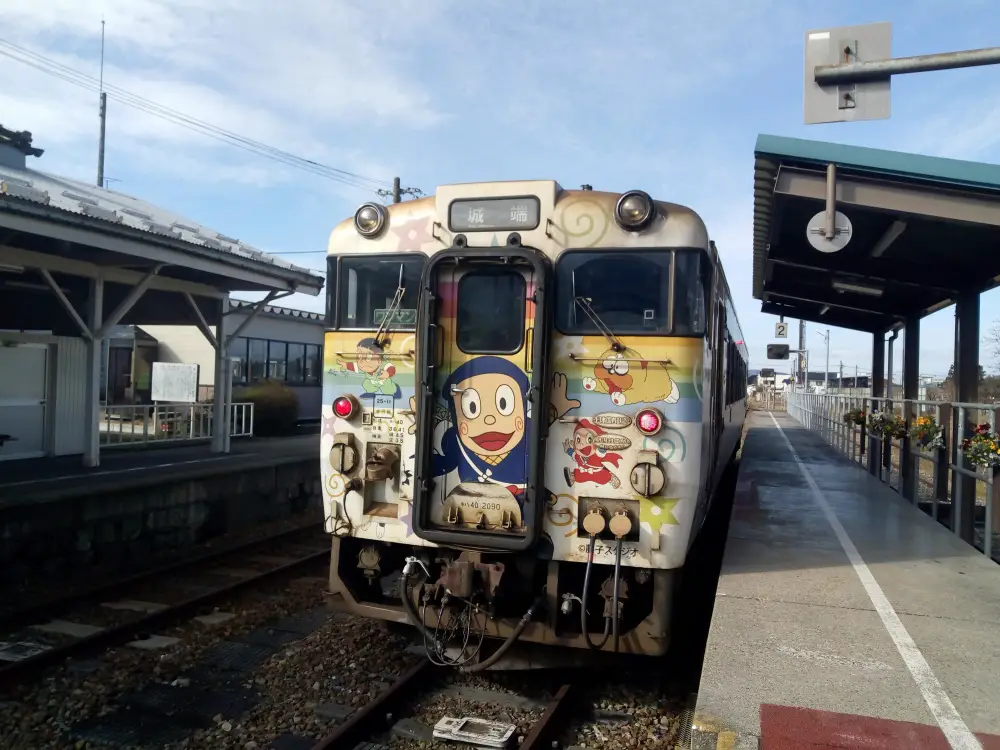

Ainokura can also be reached from Toyama. The shinkansen goes to Toyama and it’s possible to catch a bus from there. It is feasible to visit the village as a day trip from both Takoaka and Toyama but we recommend staying overnight.
Our bus to Ainokura left from Johana station and we embarked on a pleasant journey through the Japanese countryside. A short walk from the main road took us into the village.
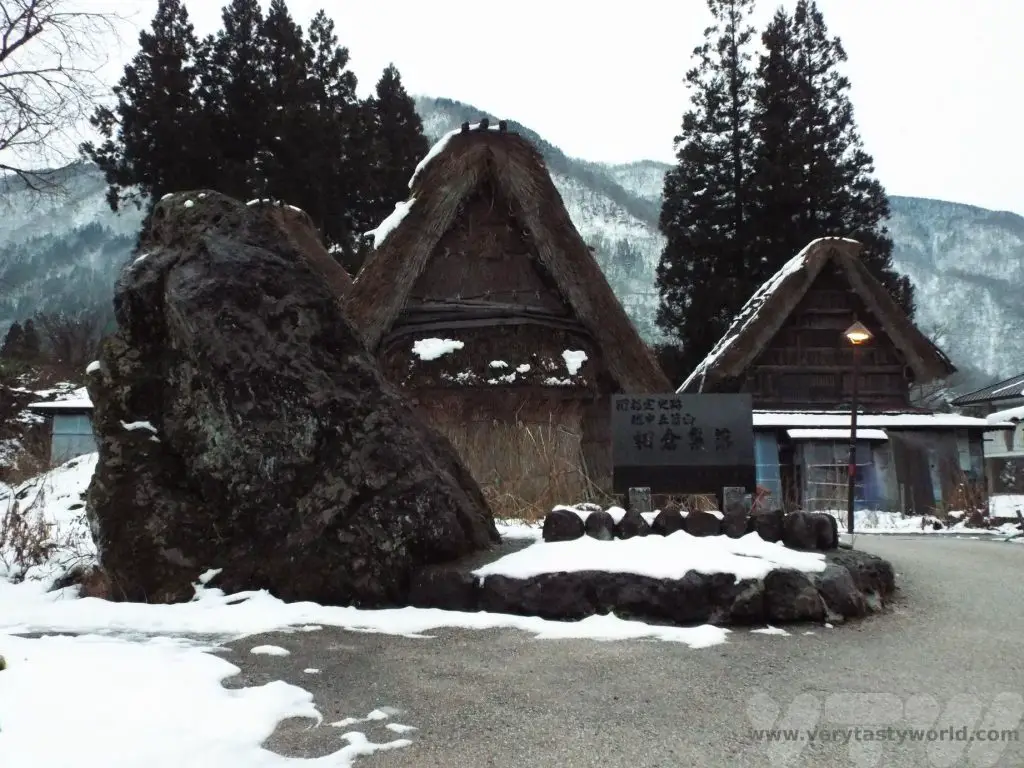
A word of warning: If you are visiting during the winter the area can experience a lot of snowfall – 2-3 metres on occasion. This may mean that occasionally buses can’t get through and are delayed until the roads can be cleared. It’s worth bearing this in mind when planning your onward journey.
Staying in a Gassho Farmhouse
The farmhouses are called ‘gassho’ which means ‘joining hands in prayer’ due to their very steeply pitched thatched roofs. Because the area experiences such heavy snow in winter, the roof design ensures that snow falls off the building quickly and this helps prevent the structure being crushed by its weight.
The houses have three or four levels – the top levels are not living areas but used for various industrial or farming purposes, such as making washi paper or rearing silkworms.
The front and back have a large gable with windows to let the light in.
We booked a room at Yomoshiro ryokan, a delightful family run house.
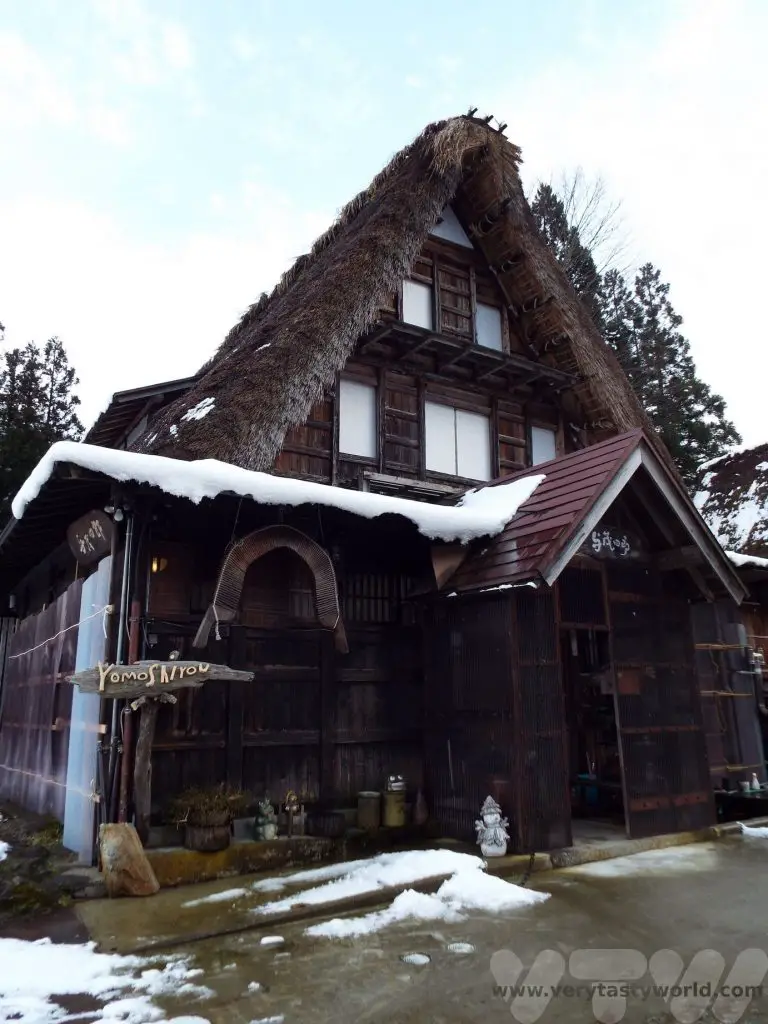
On arrival we took off our shoes and were offered an array of indoor slippers to wear. This is very common in all Japanese households, it’s considered very rude to wear outdoor shoes inside a house.
Our hosts were lovely and very welcoming. We were offered a cup of warm tea and a biscuit in the living area.
The living area has a sunken fire with a kettle suspended above the embers. The room was warm and toasty.
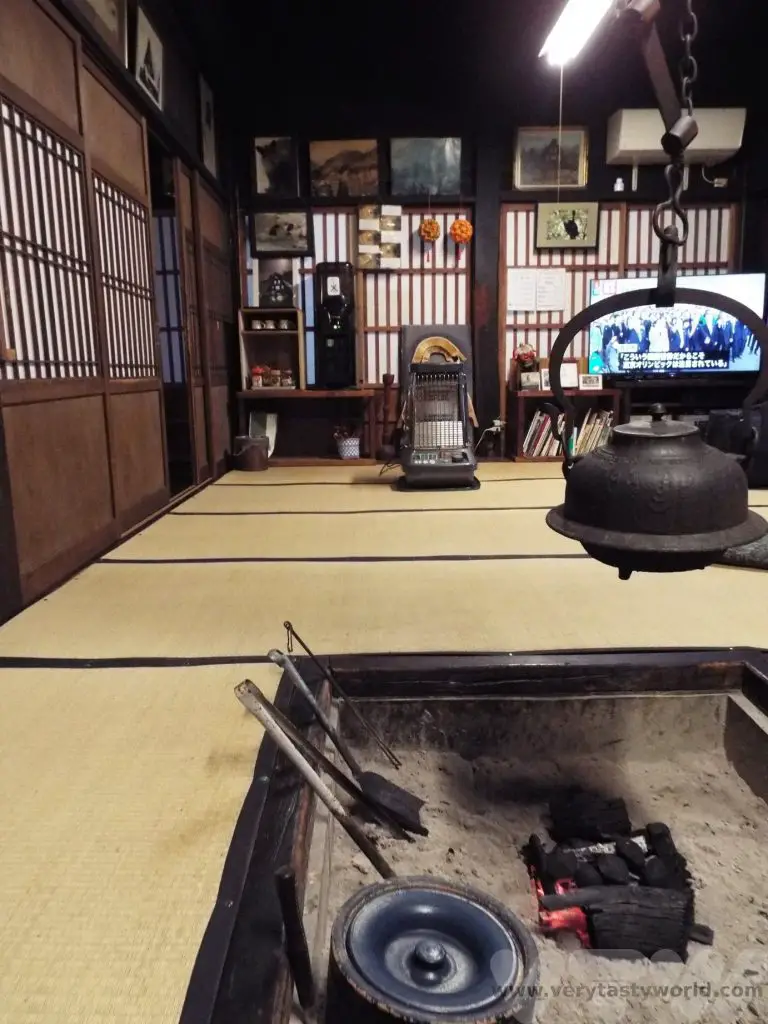
Our room was in traditional style with tatami (reed) mat and futon bedding on the flooring. Usually the bed is laid out while you are enjoying dinner.
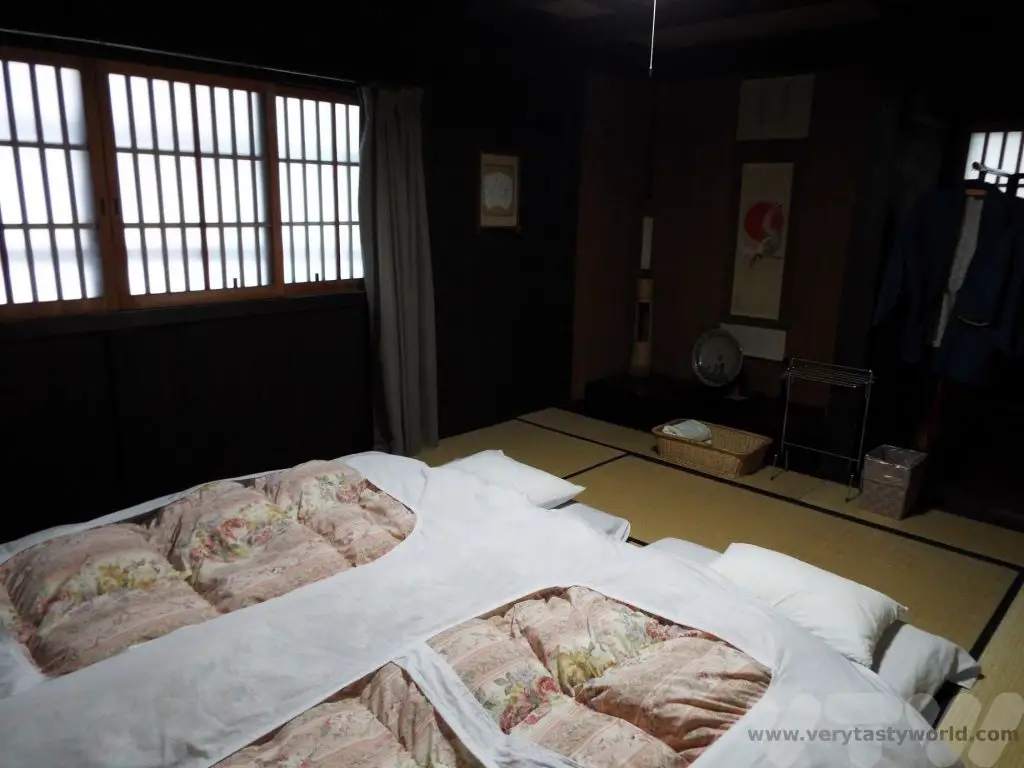
The bathroom and toilet were shared with other guests and one thing that you need to remember in Japan is to change your indoor slippers for bathroom slippers when you use the bathroom or toilet. And change them back – it is really easy to forget to change the slippers back and walking on the tatami in your bathroom slippers is like walking inside in your outdoor shoes.
Exploring the Village
We visited the day that our hosts reopened their accommodation after the new year holiday so unfortunately some of the attractions in the area weren’t yet open. There is a museum of traditional industries which demonstrates the paper making and silk activities of the region.
The village also has a folk museum that showcases traditional utensils, tools and musical instruments from the region.
There are a number of walks in the area. One of these is essential – a viewing area close to the village entrance where you can climb up the hillside to take that perfect shot of the village, nestled amidst the mountains.

Back to the Gassho for Dinner
The costs of our stay included dinner and breakfast and this was a highlight of the visit as the food on offer was locally sourced, some even grown by our hosts. We dined with the other guests in the living area.
Our home-cooked dinner was utterly delicious. Char, a fish a bit like a trout, was salted and roasted on a spit in the fire.
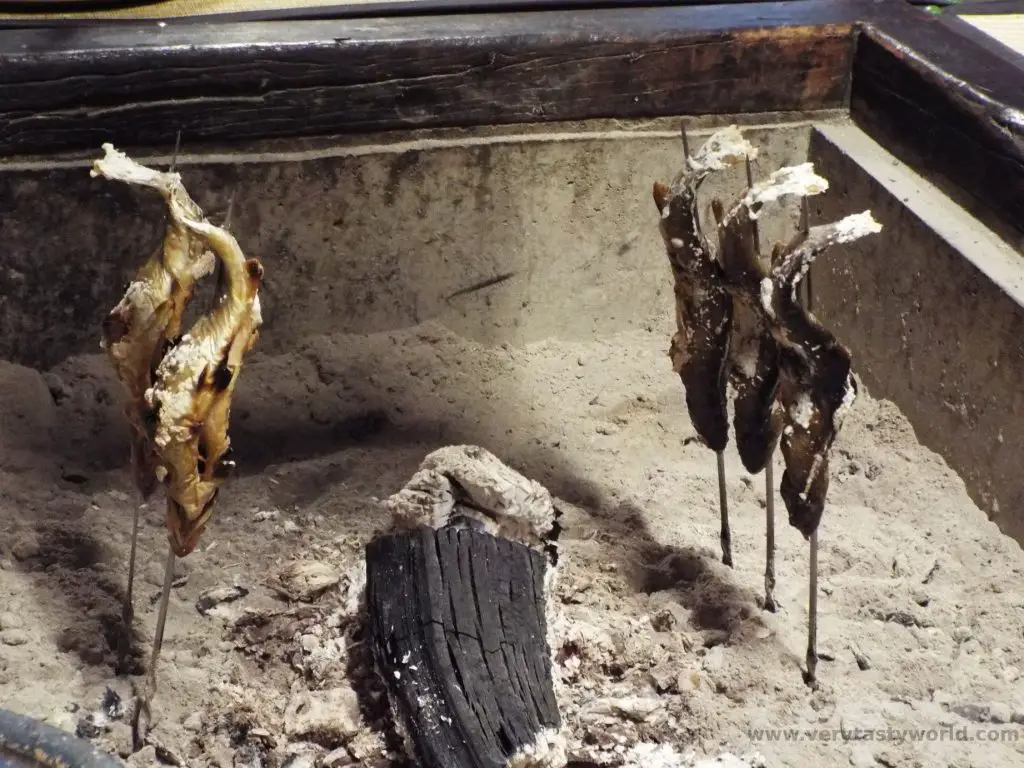
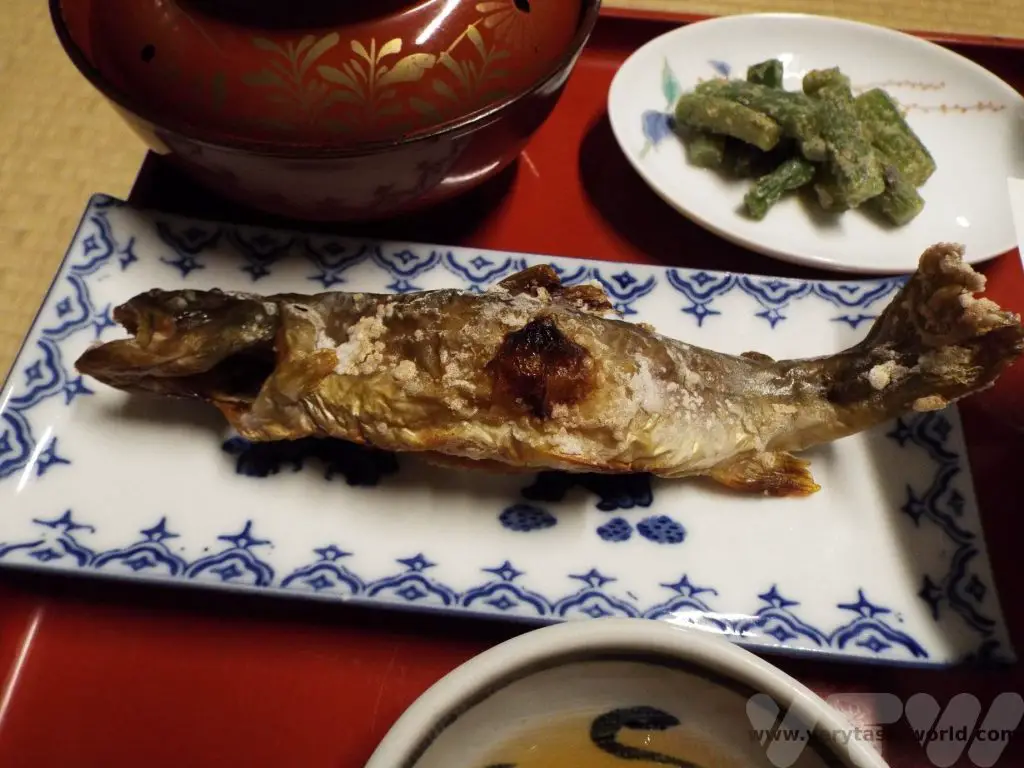
We were also served koi sashimi, vegetable tempura and a home-grown spaghetti squash, mountain greens, and simmered bamboo shoots, mushrooms and sweet potato.

Rice accompanied the meal and we also enjoyed some local sake.
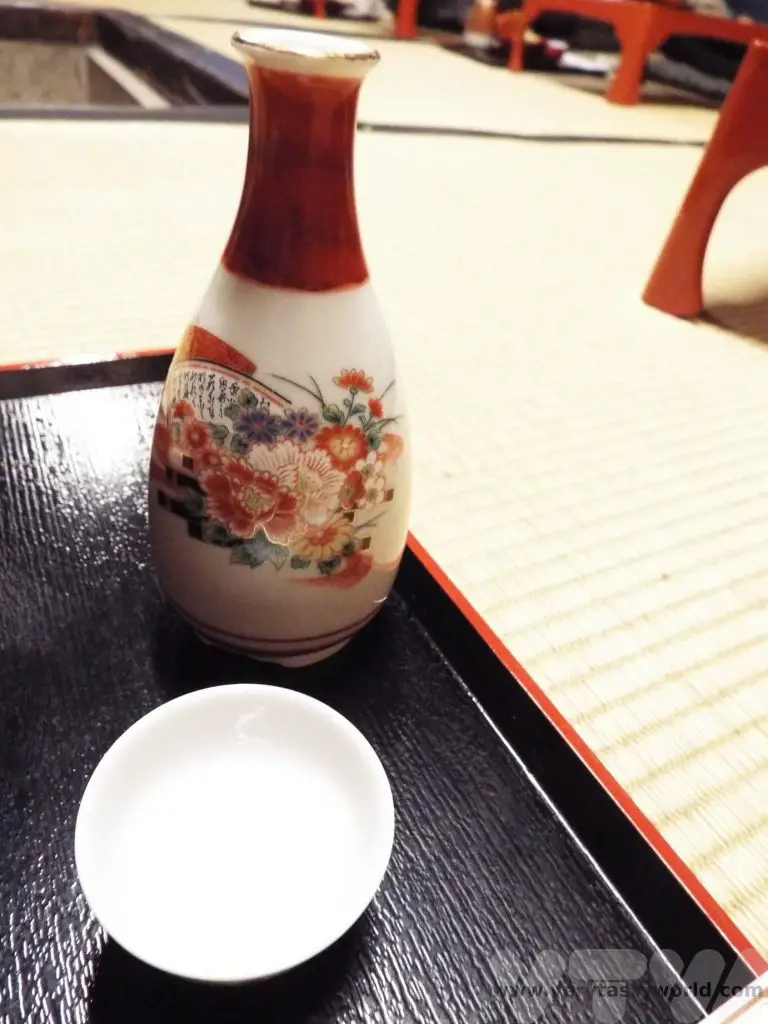
After dinner we were entertained with a documentary about the villages and then our hosts played some music using traditional instruments.
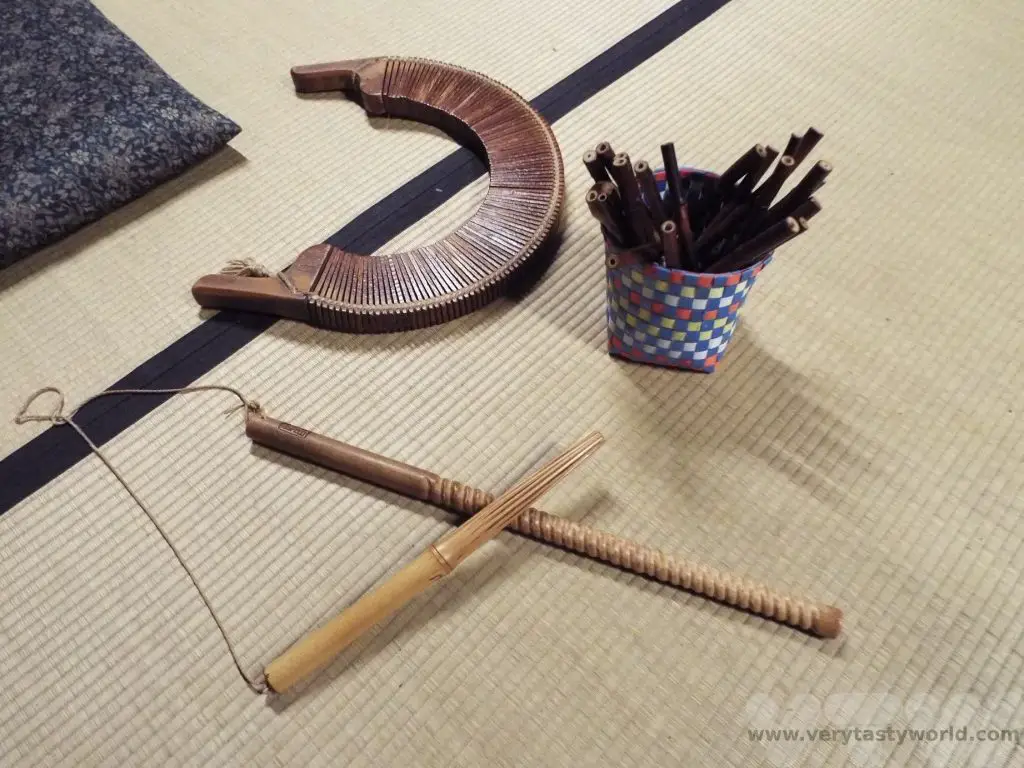
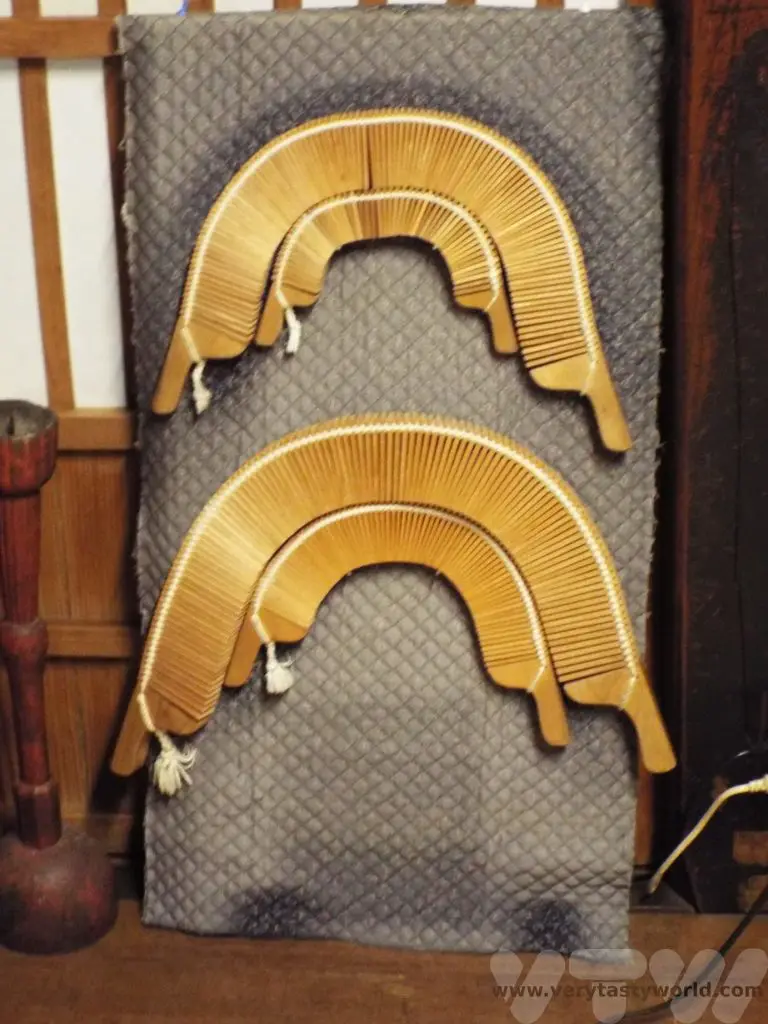
A lot of these are percussion, notably the sasara which comprises many wooden clappers which are strung together.
A Cosy Night’s Sleep
At bedtime we were provided with hot stones to put into our futons.
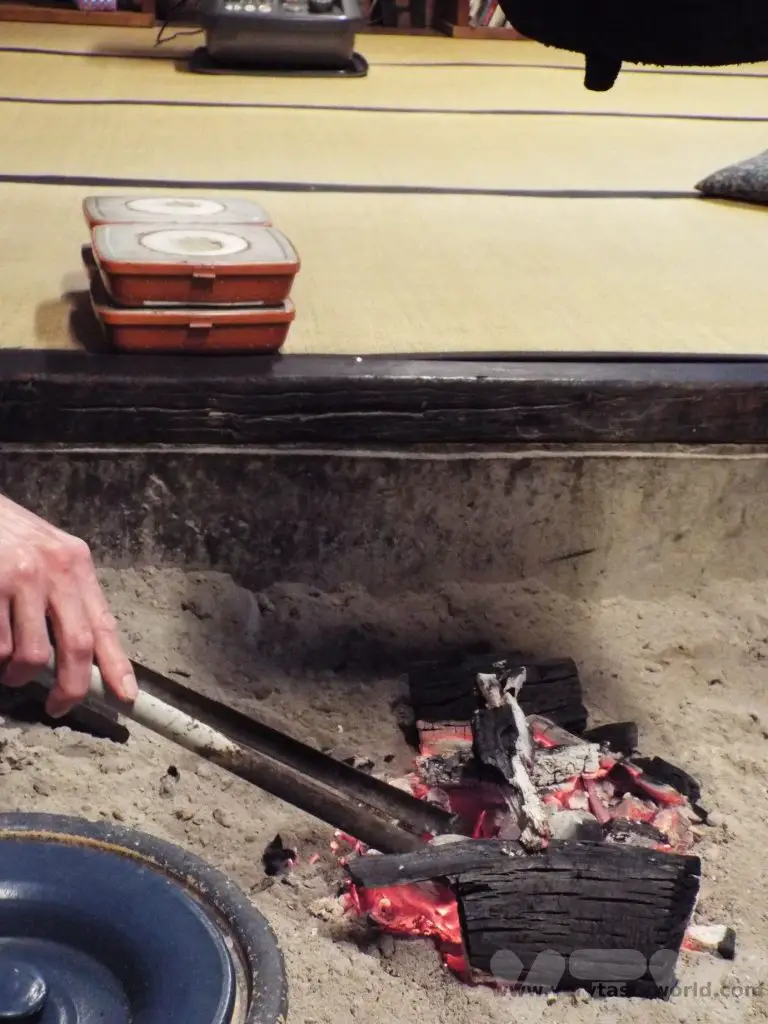
These stones had been heated in the fire and were placed inside ceramic boxes then wrapped in a thick cloth.
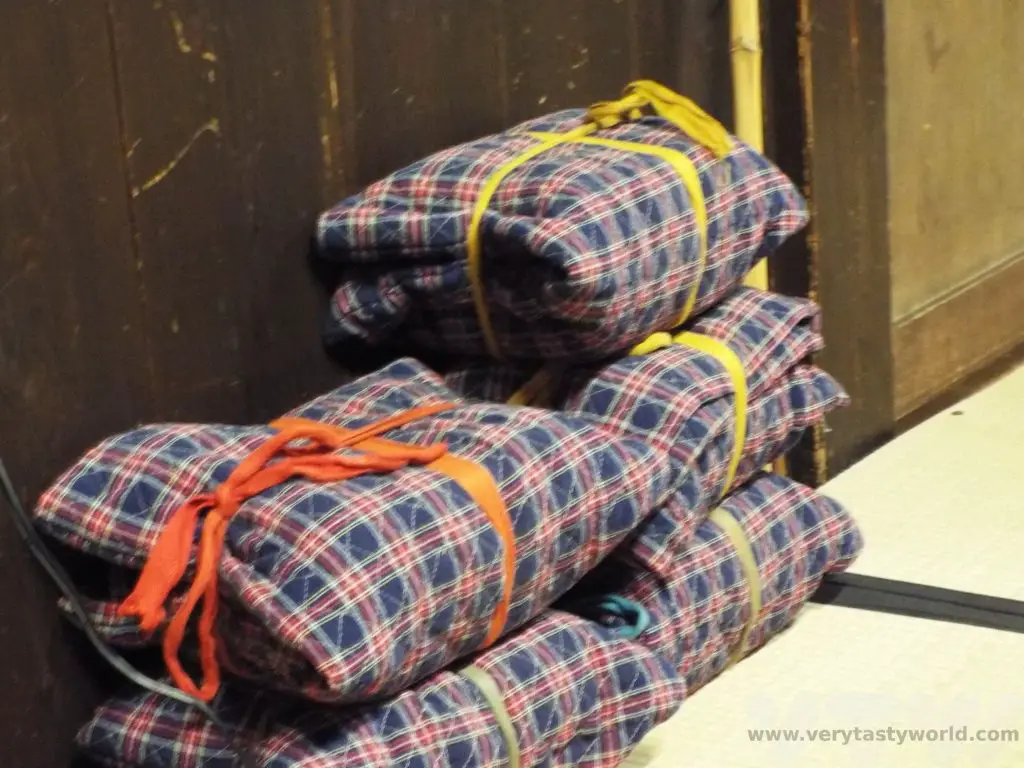
These were better than any hot water bottle we’d ever used, they retained the heat so well – they actually felt as though they were getting warmer through the night.
Breakfast the following morning was a traditional Japanese meal and also delicious. There were lots of fresh vegetable dishes, rice and miso soup.
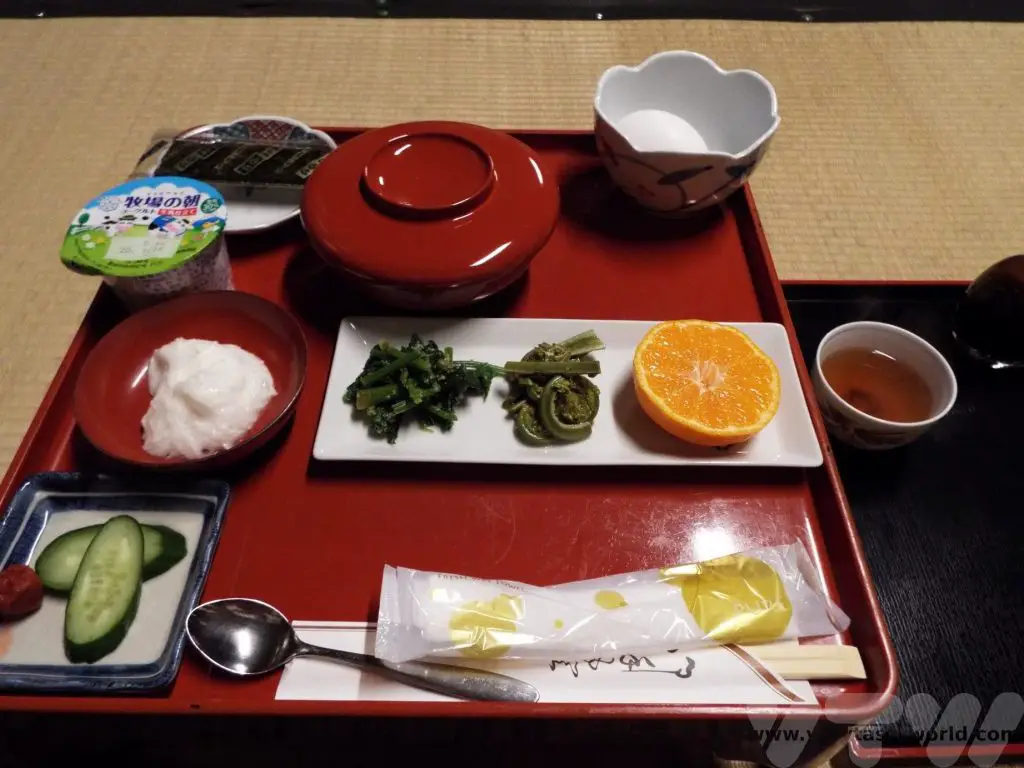
We were given the choice of a raw or boiled egg. We always choose raw egg. You mix it into the rice, which partially cooks the egg, add a bit of soy sauce to your taste and then scoop up the flavourful mixture with a piece of nori seaweed. You usually get a sour and salty umeboshi plum – a real wake-up call!
Staying in a gassho is a delightful way to spend time in rural Japan and is highly recommended. But… make sure you plan your trip and book early!
Related Posts You May Enjoy

- Recipe: Simmered Shiitake Mushrooms

- How to Use Public Transport in Japan

- RECIPE Oyakodon Donburi

- Planning a Trip to Japan

- The Makanai: Cooking for the Maiko House

- Setsubun Food – Bean Throwing Day

- The Gassho Farmhouses of Rural Japan

- Recipe: Japanese Simmered Pork Belly – Buta no Kakuni

- RECIPE: How to Make Umeboshi


Visit Ethiopia – Gondar and the Simien Mountains
Ethiopia is a country that is blessed with many amazing places to visit, whether you are interested in wildlife, history, landscapes, or archaeology.
We enjoyed a two week tour of Northern Ethiopia, starting in Addis Ababa, then travelling to Barhidar, Gondar, the Simien Mountains, Lalibela, Axum and Gheralta. During this trip, we managed to visit no less than four UNESCO sites. The area around the city of Gondar alone had two.
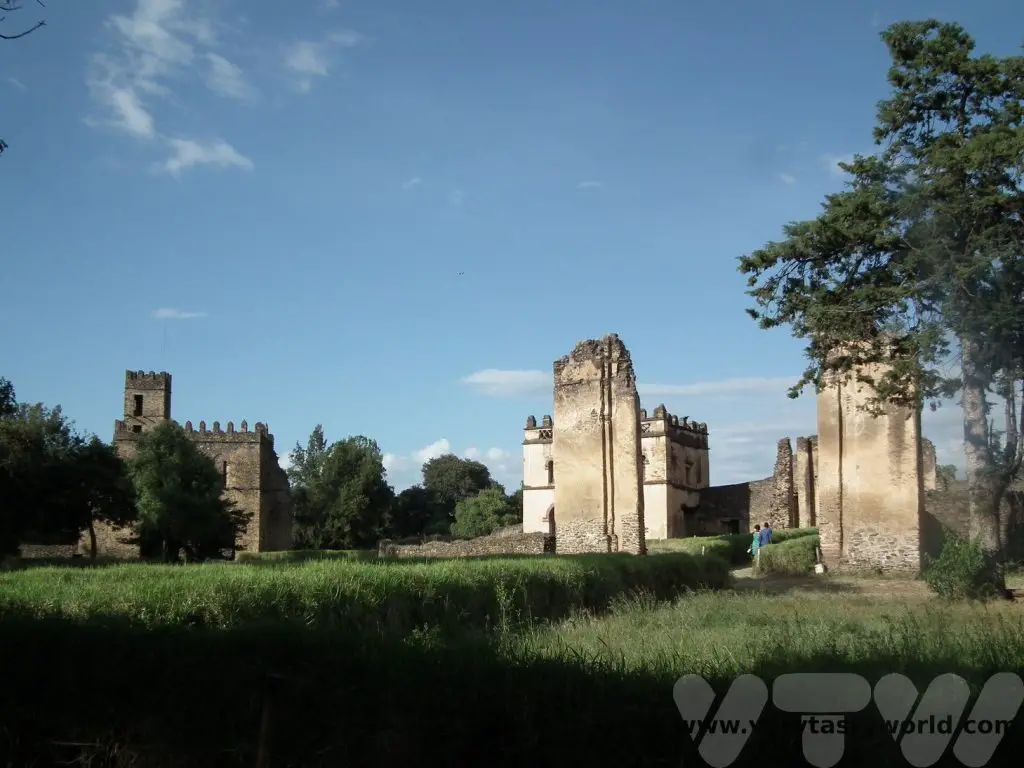
We had travelled to Gondar from Barhidar. We stayed at the Jantekel Hotel, a couple of kilometres from the main attractions. It’s a modern hotel with the most delightful staff.
Ethiopia Gondar City
The city of Gondar was Ethiopia’s capital between 1632 and 1855. Prior to this the country’s leaders had moved throughout the country. It was King Fasil – Fasilides – who decided to settle and he chose Gondar.
There are a couple of legends connected with the reason that Fasilides chose Gondar as his capital. According to one story, Fasilides was out hunting one day when divine intervention led him to encounter a buffalo which showed him the way to the site. Another cited a prophecy which foretold that that the capital of Ethiopia would be a location that began with the letter ‘G’. Whether these are true, Fasilides was content enough with Gondar to establish his government there.
Fasilides was emperor of Ethiopia from 1632 until 1667. He was of the Solomonic dynasty and claimed to have descended from King Solomon and the Queen of Sheba. (Fasilides was also responsible for the building of the Cathedral Church of St Mary of Zion at Axum, which is reputed to contain the Ark of the Covenant.) He built several castles, palaces and churches as well as a long wall, effectively turning it into a fortified city.
We explored many of the remarkable sites at Gondar. We suggest getting a guide who can show you the main sights and explain the history. It’s also worth considering finding transportation because the main sites are a few kilometres apart. We had arranged a guide who could pick us up from our hotel and take us to each location. We recommend a full day sightseeing – it was fascinating and hugely enjoyable.
The Fasil Ghebbi
The Fasil Ghebbi is the Royal Enclosure of the complex built by Fasilides. It comprises a number of buildings that were constructed over the years, the most important of which include Fasilides’ castle, Iyasu I’s palace, Emperor Dawit’s Hall, Emperor Bakaffa’s castle and banqueting hall, Empress Mentewab’s castle, an archive, a library and a number of churches. The word ‘ghebbi’ means ‘enclosure’ so the site is surrounded by an extensive wall. It is possible to explore all these structures that have survived the centuries and there are no restrictions about entering the buildings.
What’s interesting about the construction of these castles is that they look very European, with some Arabic and Indian influences as well.
Fasilides Castle
Fasilides’ castle (which is sometimes referred to as the Egg Castle due to its domes) is the most impressive of all the structures. It has huge towers with crenelated walls which give it the appearance of a European mediaeval castle. High up in the castle was Fasilides’ prayer room. The view from the watchtower afforded views all around Gondar. It’s even possible to see Lake Tana, Ethiopia’s largest lake, on a clear day.
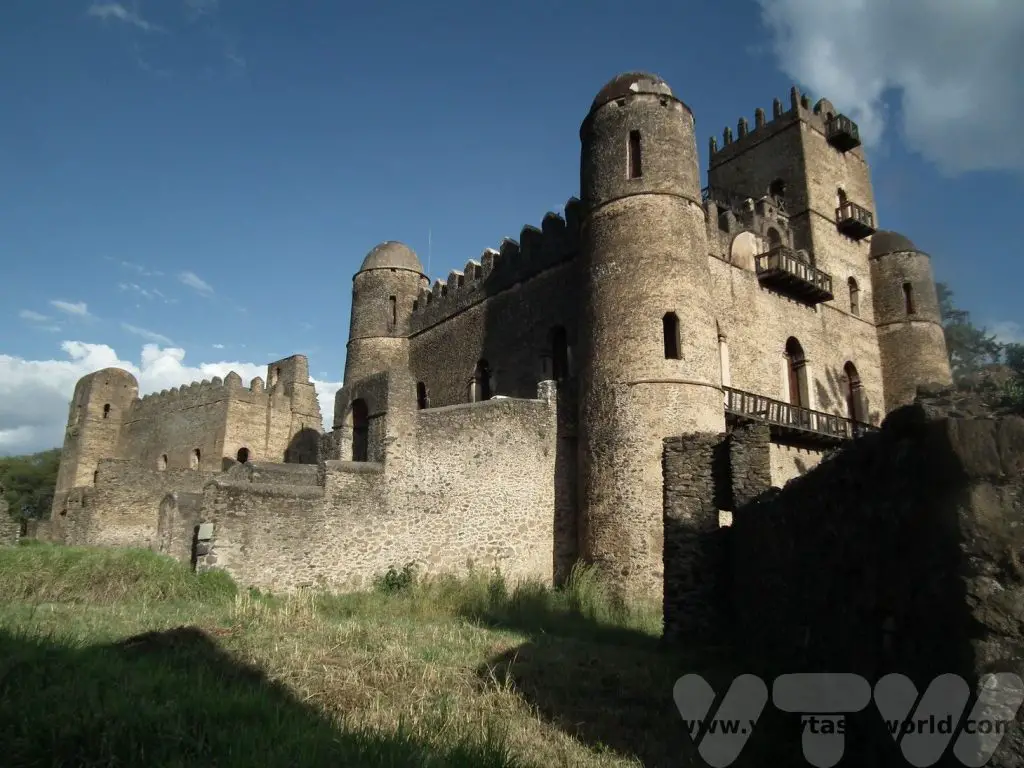
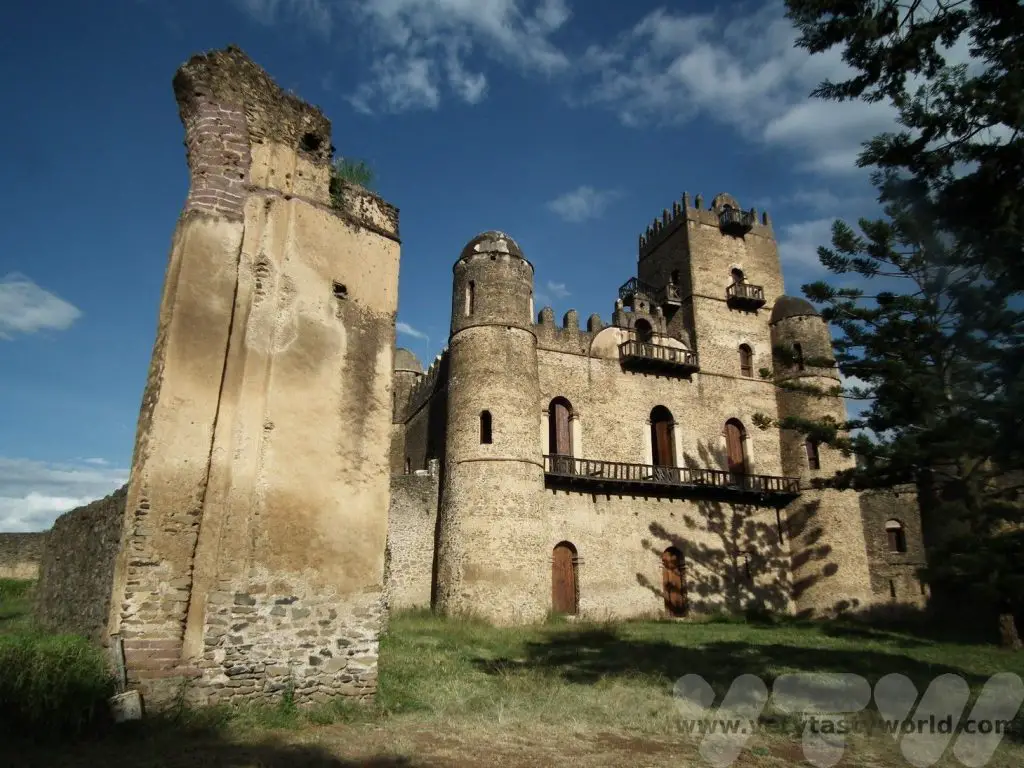
The royal library was built by Emperor Yohannes, Fasilides’ successor.
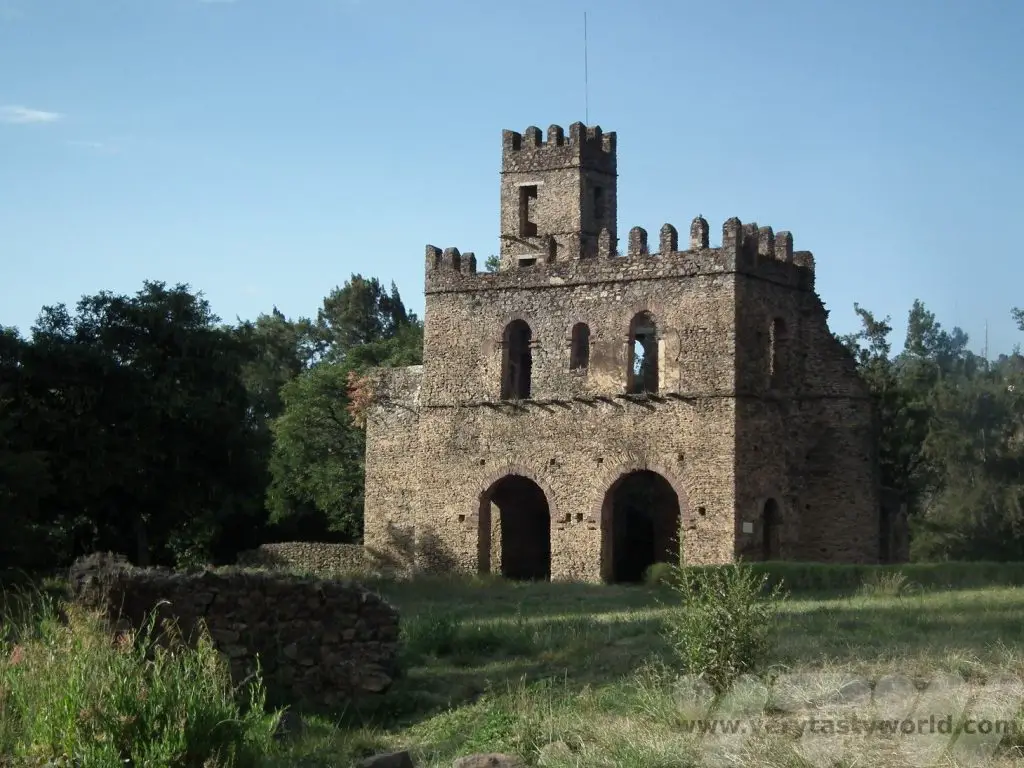
Emperor Iyasu’s palace was apparently the most refined and sumptuous of the buildings with gilded decorations and plush furniture. Iyasu, who ruled from 1682 to 1706, was known as The Great and was the son of Emperor Yohannes I. Although Iyasu led a number of military campaigns he was also known as an emperor who wanted to reconcile religious differences amongst his people, holding councils to discuss and resolve ecumenical matters.
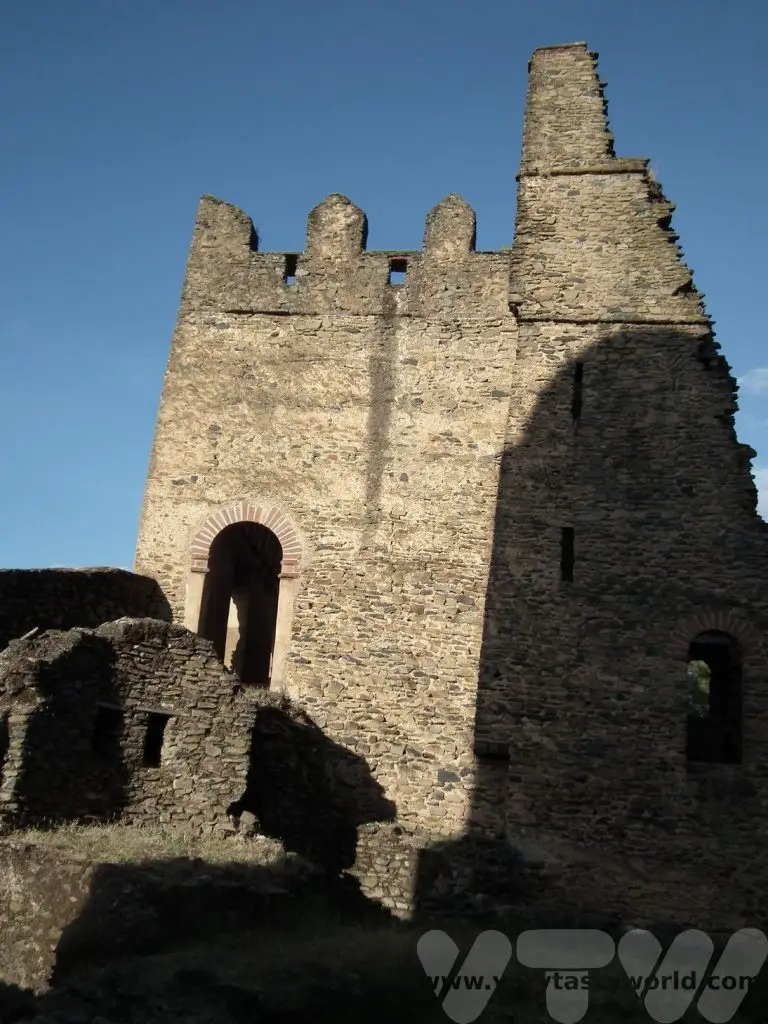
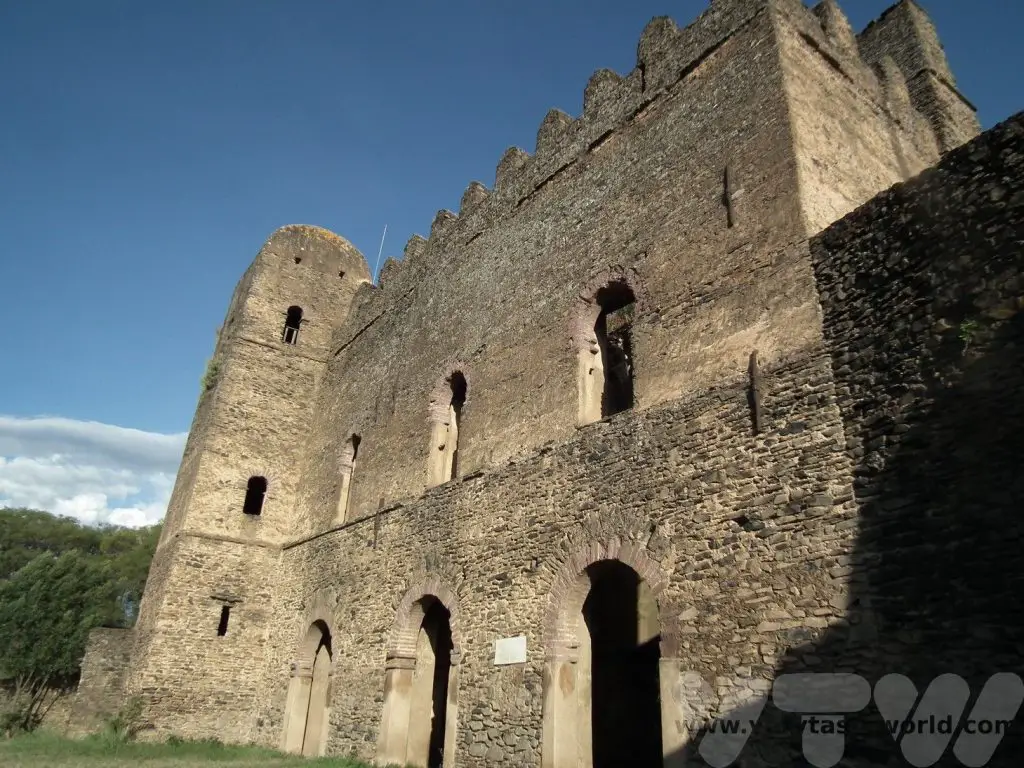
This gateway was accidentally bombed by the British. We were told that they didn’t mean to, they were helping Ethiopia defend itself from the second Italian invasion (1935-37).
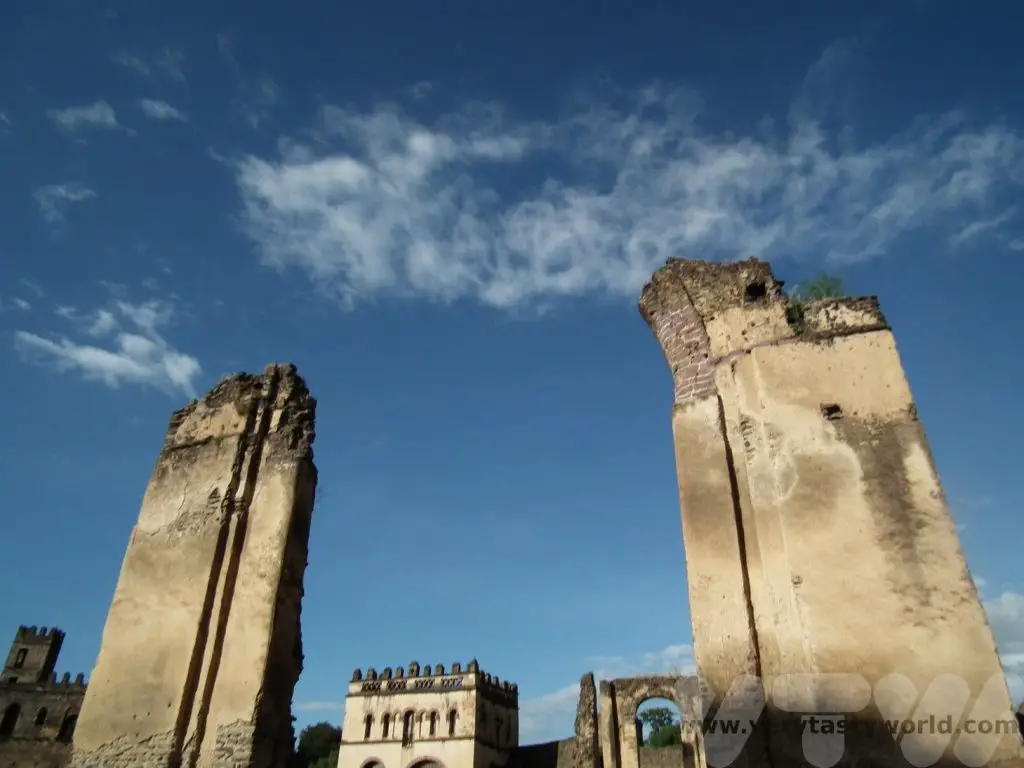
The buildings are largely ruins – very few of the ceilings in the buildings remain, most are destroyed.
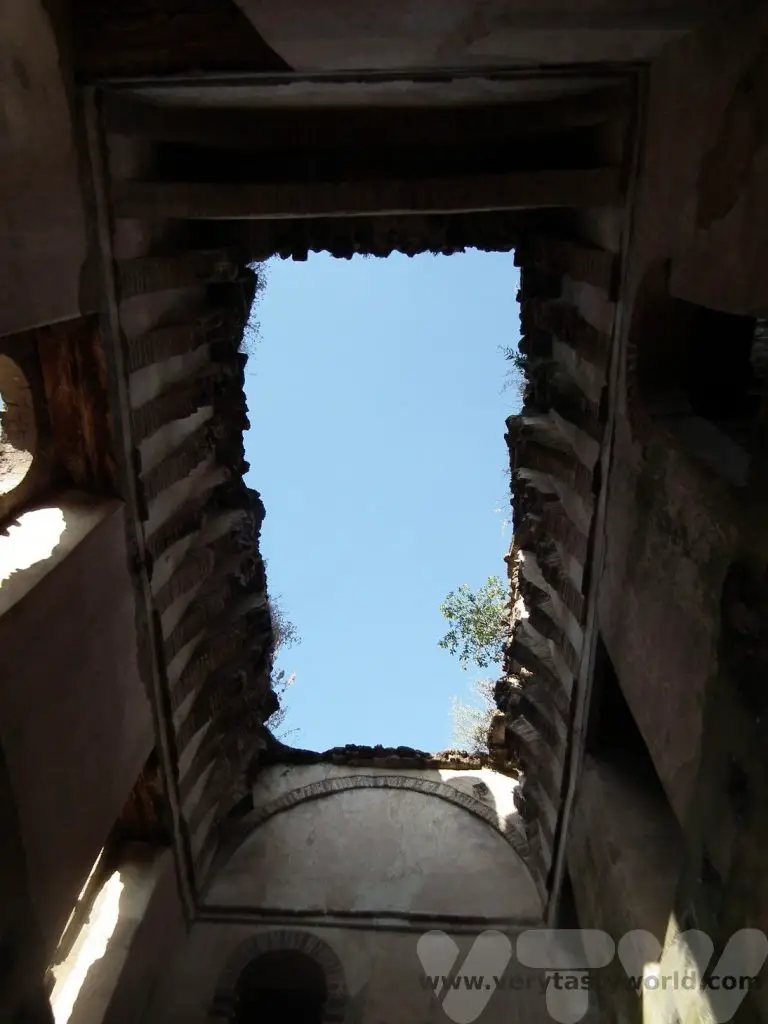
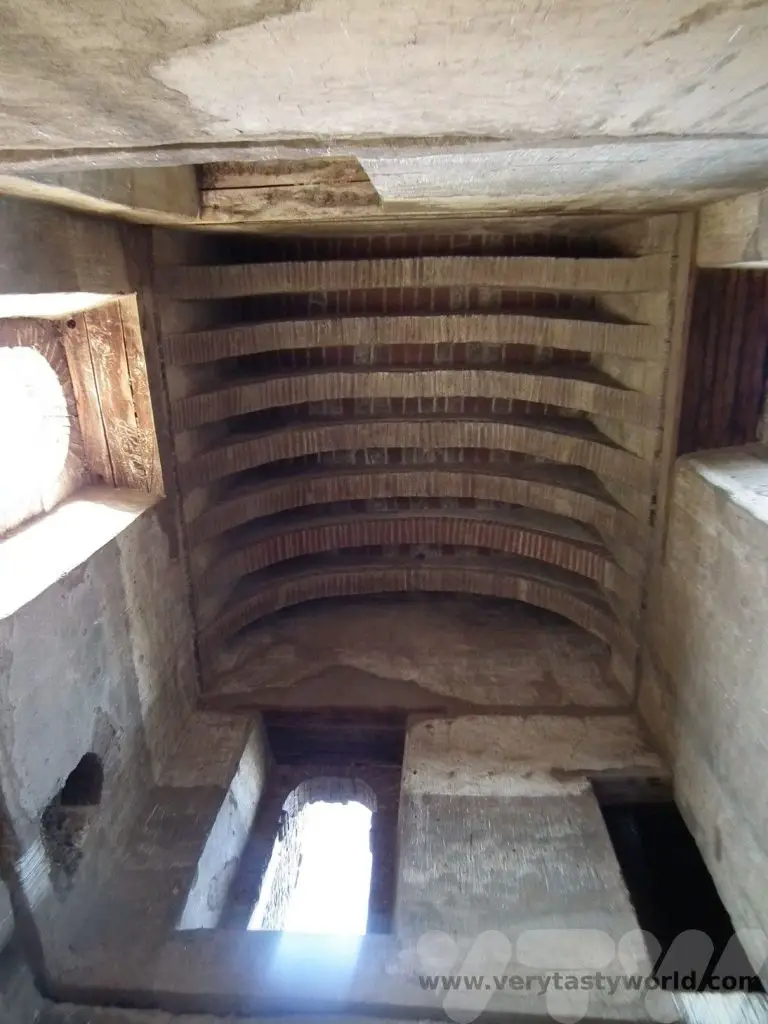
Dawit’s Hall, named for the Emperor Dawit who ruled from 1716 to 1721, was also known as the House of Song, was a place for entertainment and feasting. Unfortunately the feasting came to an end when Dawit met his demise – he was poisoned.
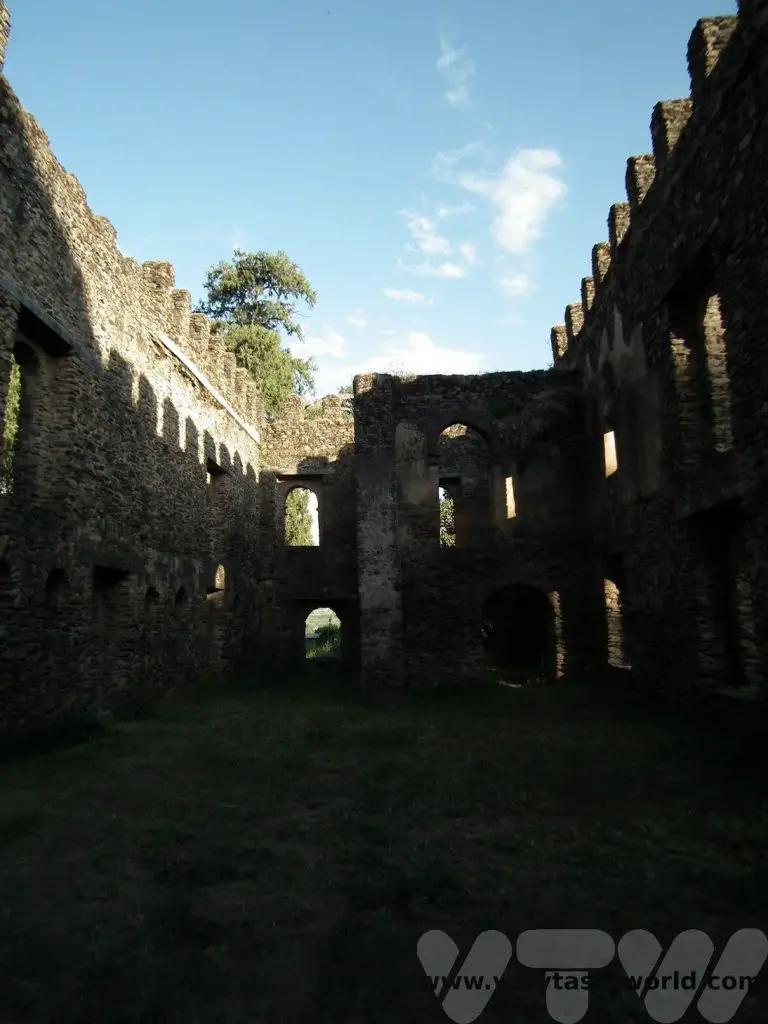
His successor was the Emperor Bakaffa, Dawit’s half-brother, who ruled from 1721 to 1730 (and who married Mentewab, who became a highly influential empress) Bakaffa’s Castle had a huge banqueting hall.
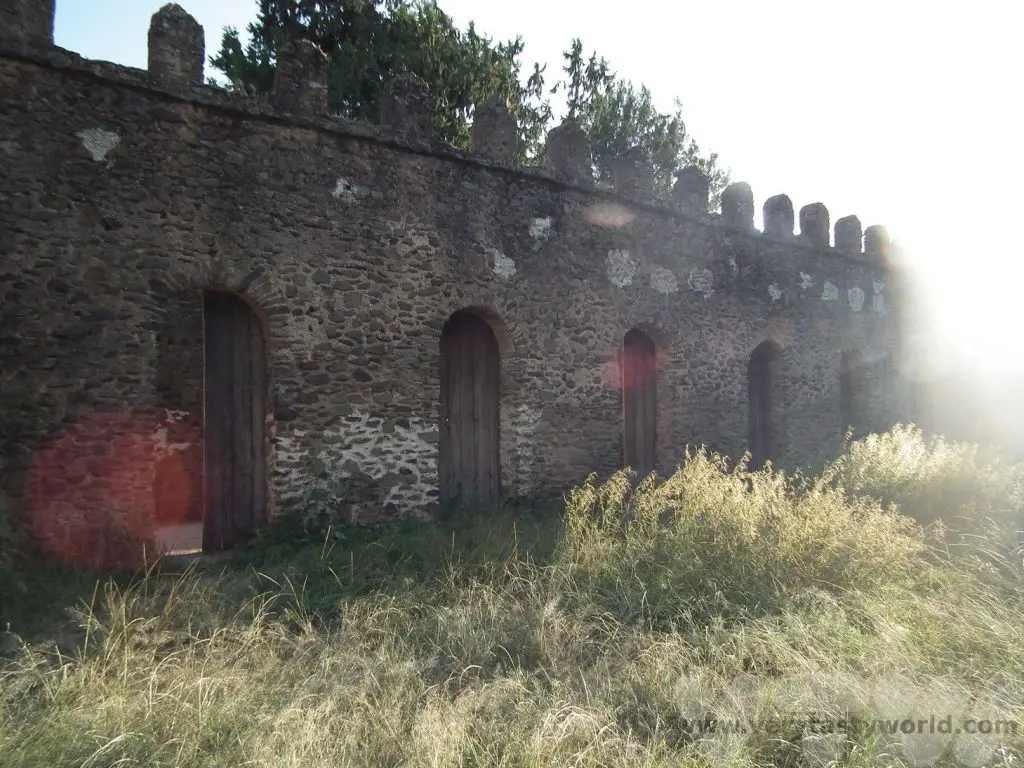
The amazing Zamani project has mapped out 3D models of the main buildings as well as a panoramic view of the site.
Fasilides Baths
A little way out of the city are the Fasilides Baths, a compound thought to be constructed around the same time as the Royal Enclosure. The baths comprise the pool itself, a central tower, and a bridge to the tower which is used when the baths are filled with water.
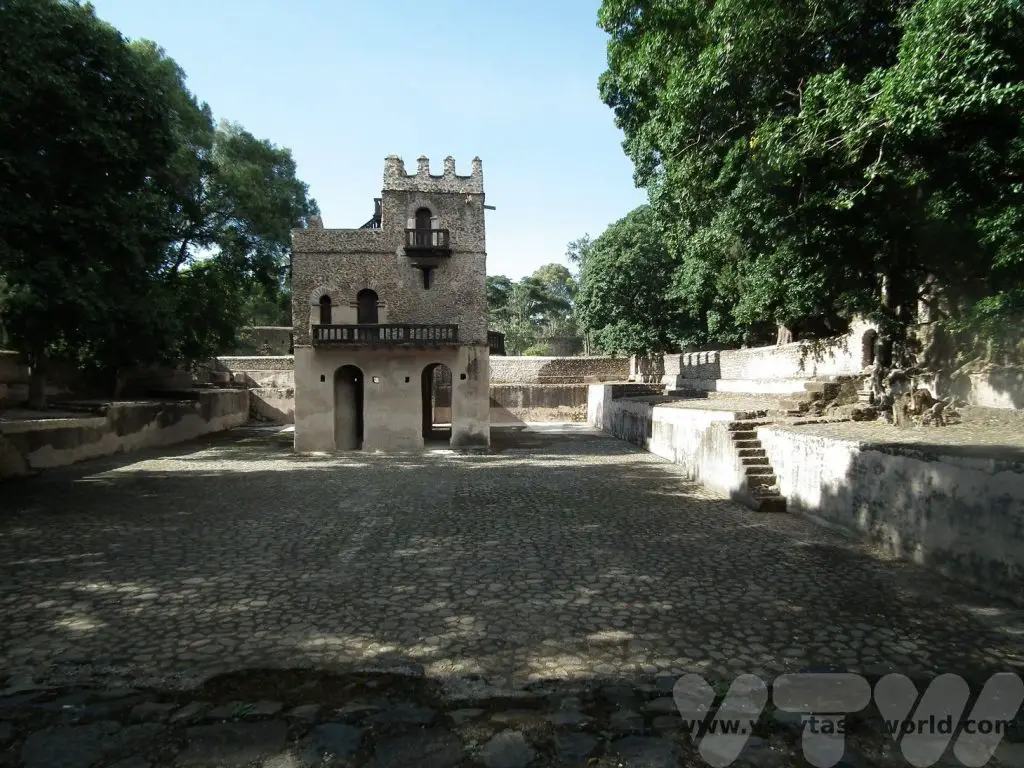
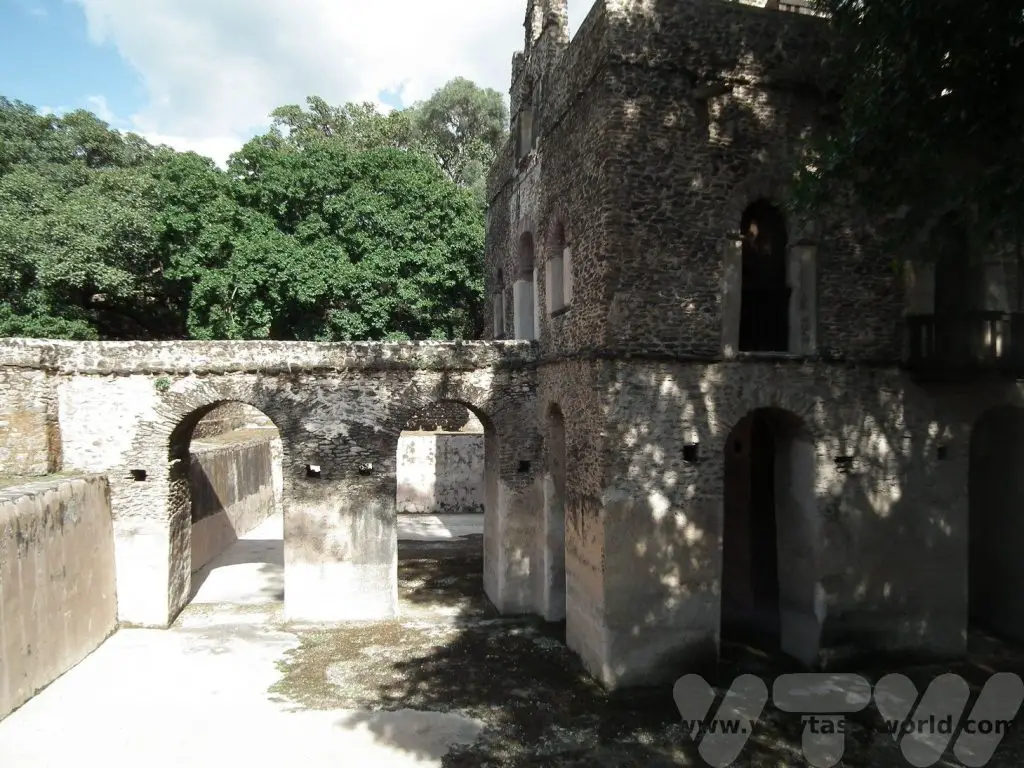
The walls of the baths have slowly been taken over by the local trees.
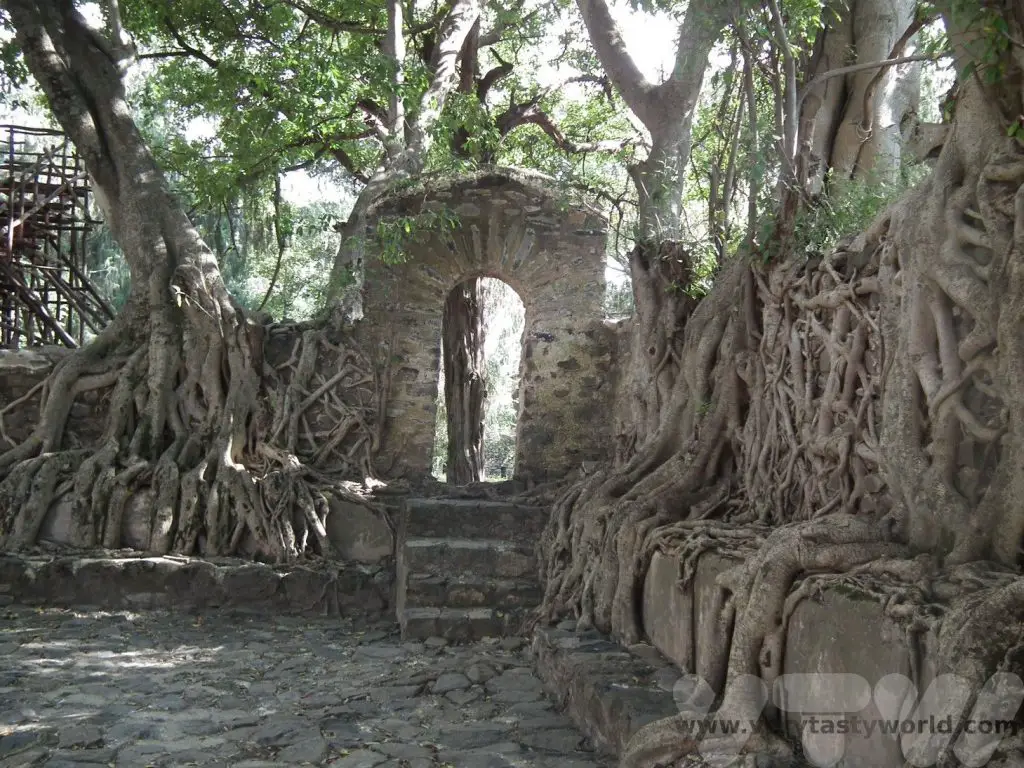
Fasilides baths are considered sacred and are filled just once each year, on the 19th of January, when Ethiopians celebrate Epiphany in a festival known as Timkat. Timkat translates as ‘baptism’ and the festival represents Christ’s baptism by John the Baptist on the River Jordan. It is celebrated across Ethiopia.
Mentewab-Qwesqwam Palace
Mentewab was Empress of Ethiopia from 1722 to 1730. She married Emperor Bakaffa (a son of Iyasu I), becoming his second wife. The first wife died in mysterious circumstances on the day of the wedding banquet, which does seem somewhat suspicious.
After the Emperor’s death, Mentewab was crowned as co-ruler of Ethiopia while her son, Iyasu II, was still a child, and she continued her reign after his murder and when her grandson Iyoas I came to power. She had enormous political influence.
She commissioned several buildings within the Royal Enclosure as well as a church dedicated to St Mary at Qwesqwam, a few kilometres from Gondar. Mentewab also built herself a rather splendid palace next to it, and this became her primary residence and was used as a retreat, away from the Royal Enclosure.
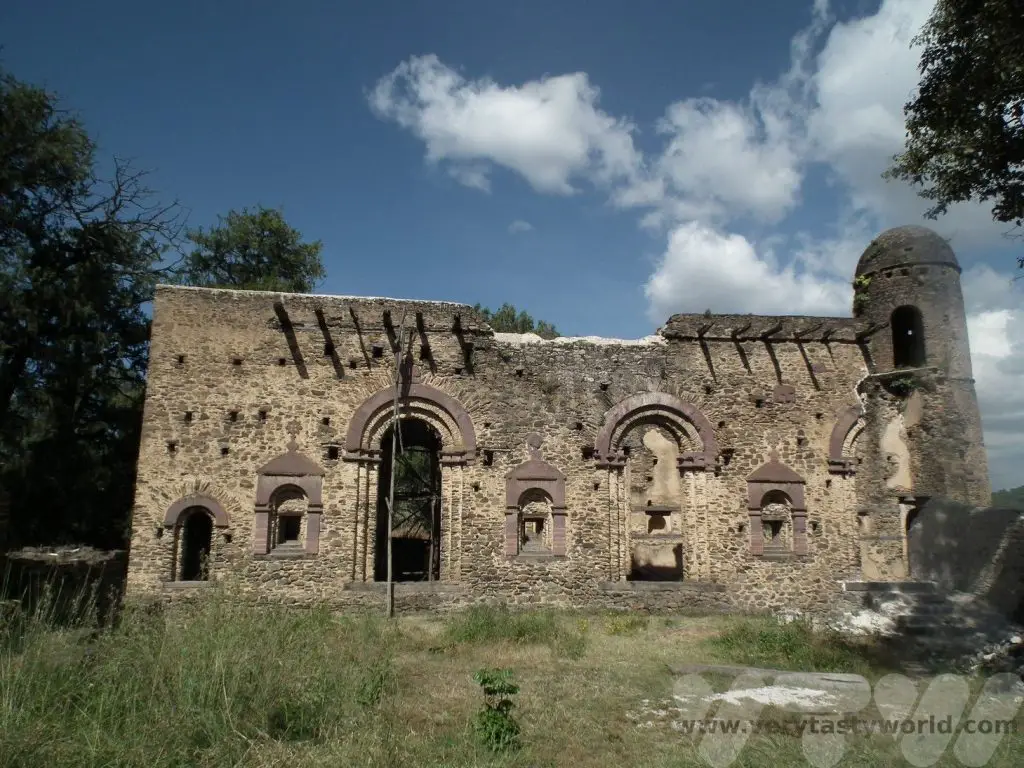
It had an impressive banqueting hall. Mentewab took a lover after Bakaffa died (her husband’s nephew, known as Iyasu the Kept, who was also a grandson of Fasilides) and was exiled because of it. We were told of a legend whereby she invited nobles to visit her palace, then locked them in and wouldn’t allow them out, even to pee. They were eventually released when they correctly answered a riddle. She didn’t have to take any more flak from them after that.
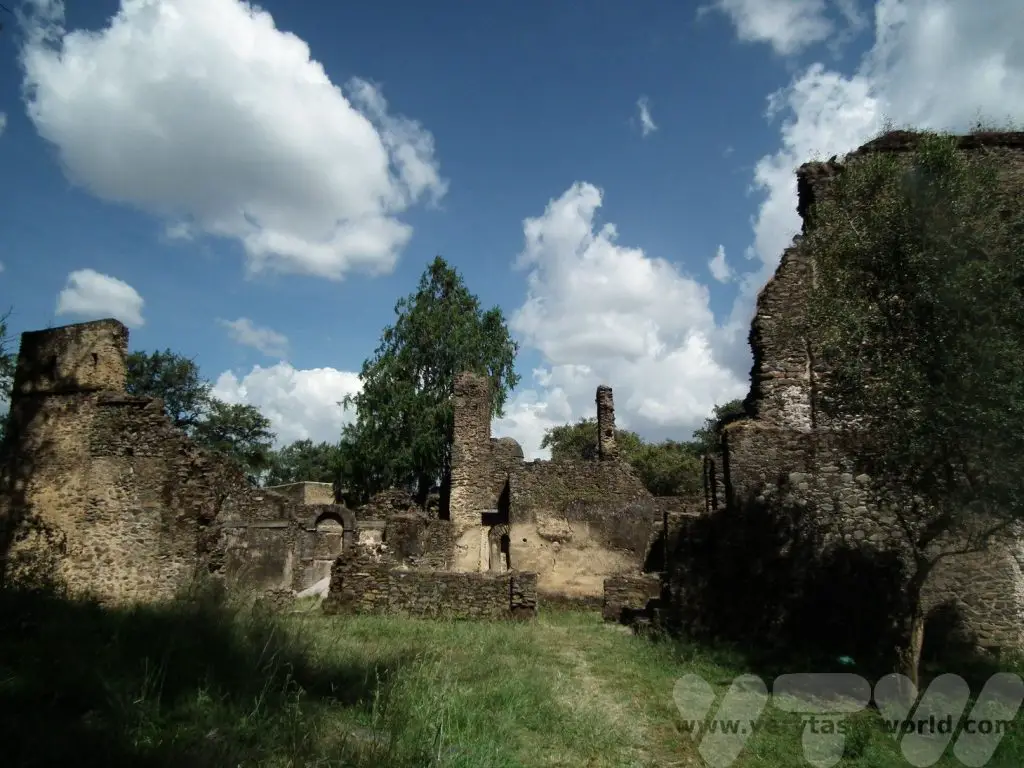
The church and castle were destroyed in a fire in 1888 by Sundanese Mahdists during the sacking of Gondar. Restoration of the church started in the mid-20th century by the Italian occupiers and was completed by Emperor Haile Selassie. The remains of Empress Mentewab, Iyasu II, and Iyoas I, were interred in a glass toppedglass-topped coffin inside the church.
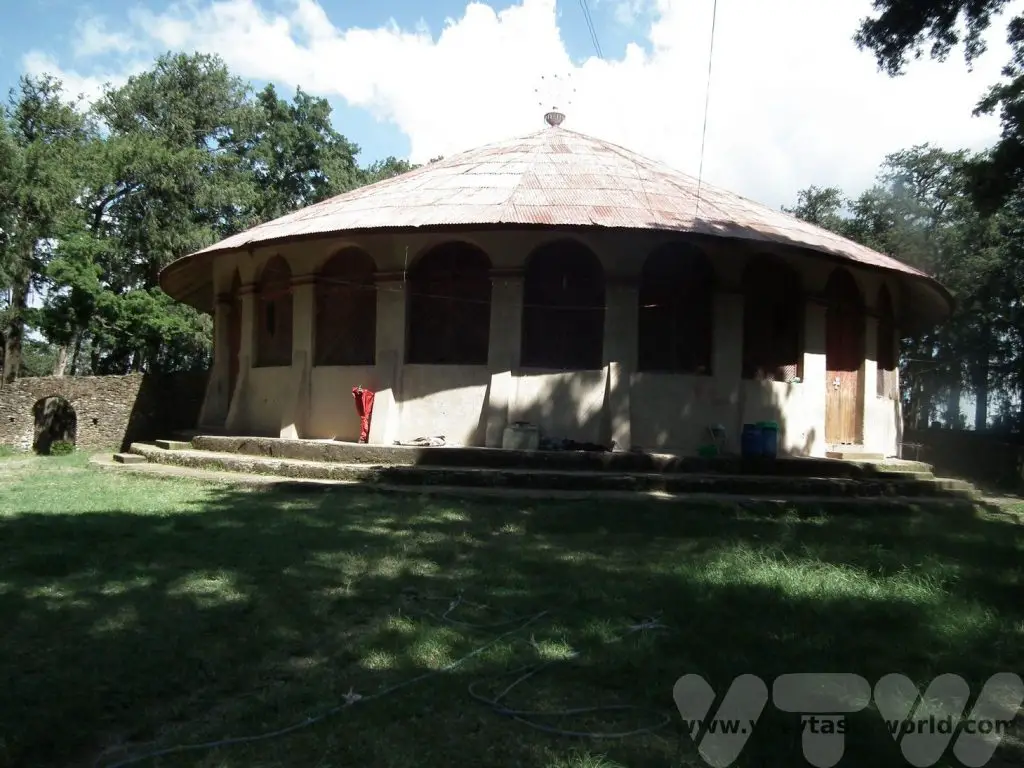
There is also a small treasury at the site where it’s possible to view a centuries-old bible.

Debre Berhan Selassie Church and Monastery
This is one of the most important of the Ethiopian Orthodox churches. It was built by in the 17th century and its name means ‘Trinity and Mountain of Light.’
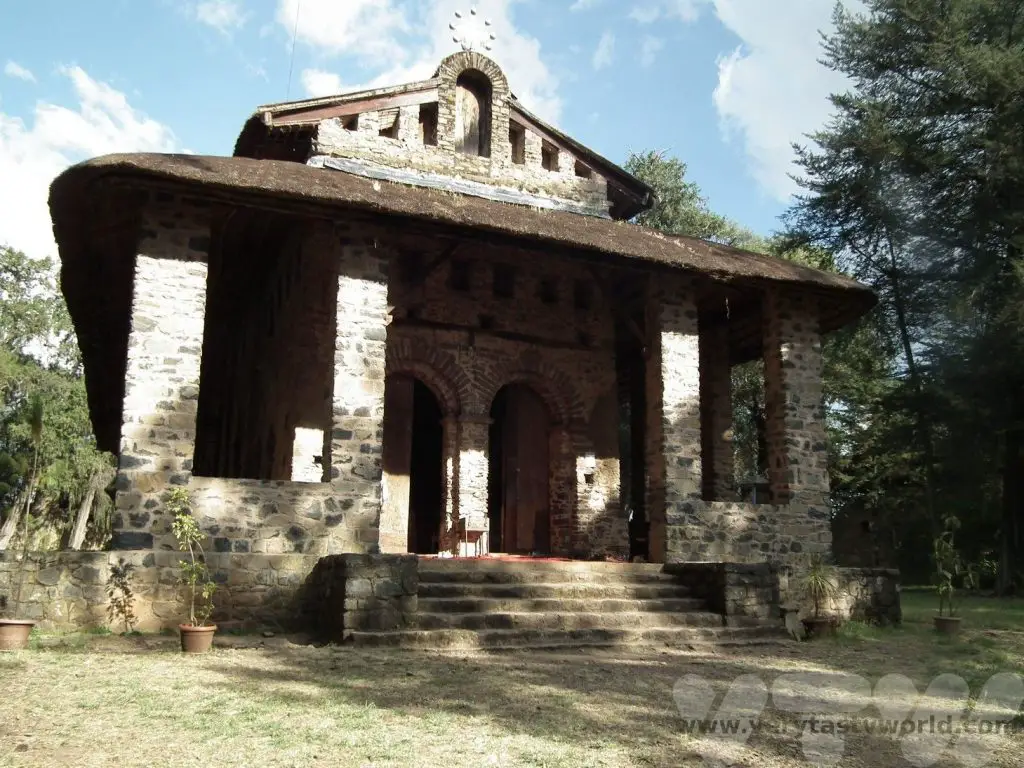
Men and women are allowed to enter, albeit through different doors, and shoes must be removed. Women who are menstruating or have had sex the night before are asked not to enter the church. It’s also requested that conservative clothes and a headscarf are worn.
While the exterior of the church isn’t particularly dramatic or compelling its interior is covered with vivid frescoes depicting tales from the bible.


The remarkable ceiling is covered with row upon row of cherubs looking down upon visitors and worshippers. The figures are painted in a style typical of the Ethiopian churches – known as the Gondarine style.
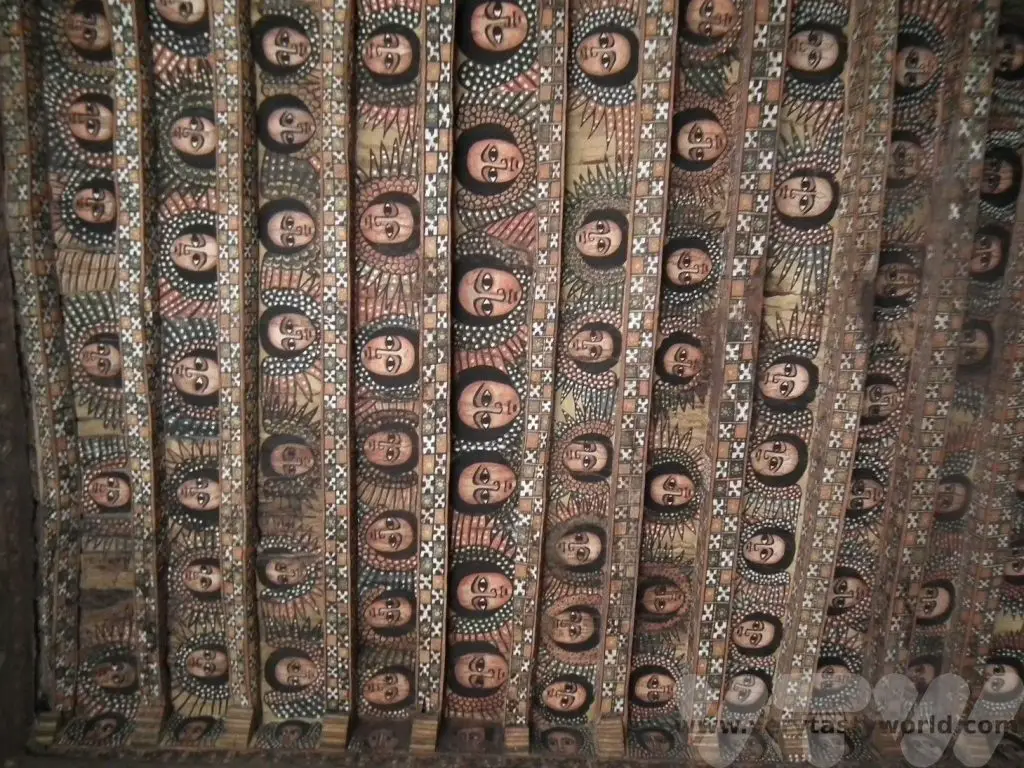
The Simien Mountains
After exploring Gondar’s amazing castles and churches it was time to take a long, bumpy drive to the Simien Mountains. This area is a national park and another UNESCO world heritage site. We drove to The Simien Lodge, via the small town of Debark, situated at an altitude of 3260 meters. The Simien Lodge is the only lodge in the central area of the park. It offered comfortable accommodation in our own private huts.
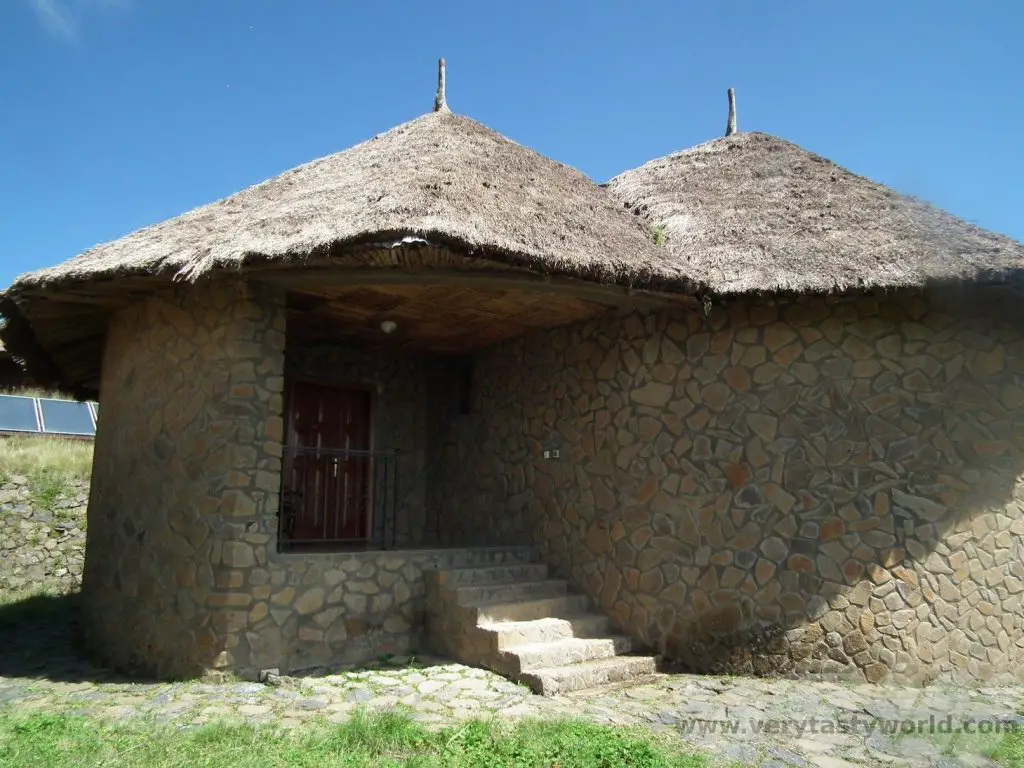
Our only criticism of the place was that meals had to be taken as a buffet (there is no choice to eat anywhere else), which wasn’t a problem per se, but all the food was international – there were no Ethiopian options, which was disappointing. It was also quite pricey but that is understandable as the food has to be brought in from the nearest town.
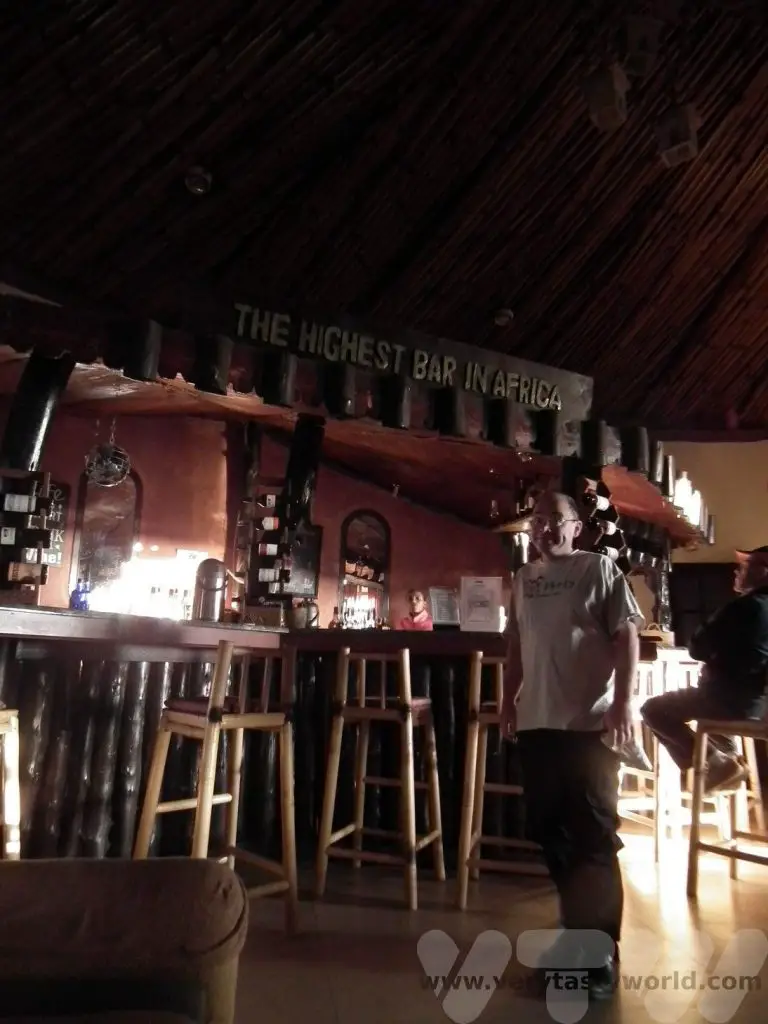
The lodge also claims to have the highest bar in Africa, so we made sure to enjoy post-exploration beers in the evenings.
Monkey Magic
On our first day we enjoyed hiking in the area. The landscapes are spectacularly beautiful. Walking through fields scented with wild thyme we encountered groups of gelada monkeys, which are also known as gelada baboons, bleeding-heart baboons, or lion monkeys. They are found only in the Ethiopian highlands. They look like baboons but are monkeys and are characterised by their long, shaggy golden coats, which look like lions’ manes, and a heart-shaped patch of pink bare skin on their chests.

The gelada spend much of their time foraging for grass or herbs in the grasslands but sleep on the ledges of nearby cliffs at night, in order to avoid predators such as servals and leopards as well as domestic dogs.
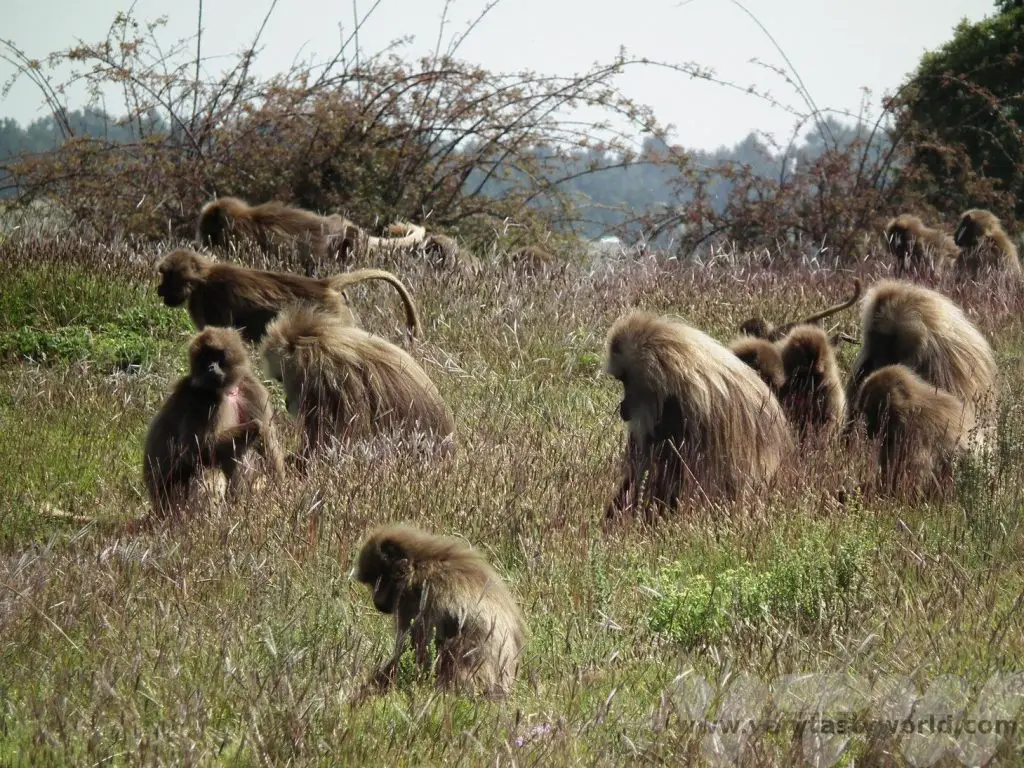
They have a complex society and the different groups move together as troupe through the day.

We met researchers who were monitoring the monkeys andobserving their behaviour. They had spent some time recording the social dynamics between the groups as well as monitoring diseases.
Unlike baboons, the gelada have a very gentle nature (at least with human visitors – we did see some play-fighting and chasing each other!). They are quite relaxed about people walking among them. Obviously we had to treat them with respect and keep a reasonable distance, but it was an absolute joy to be able to get so close to these wonderful creatures.
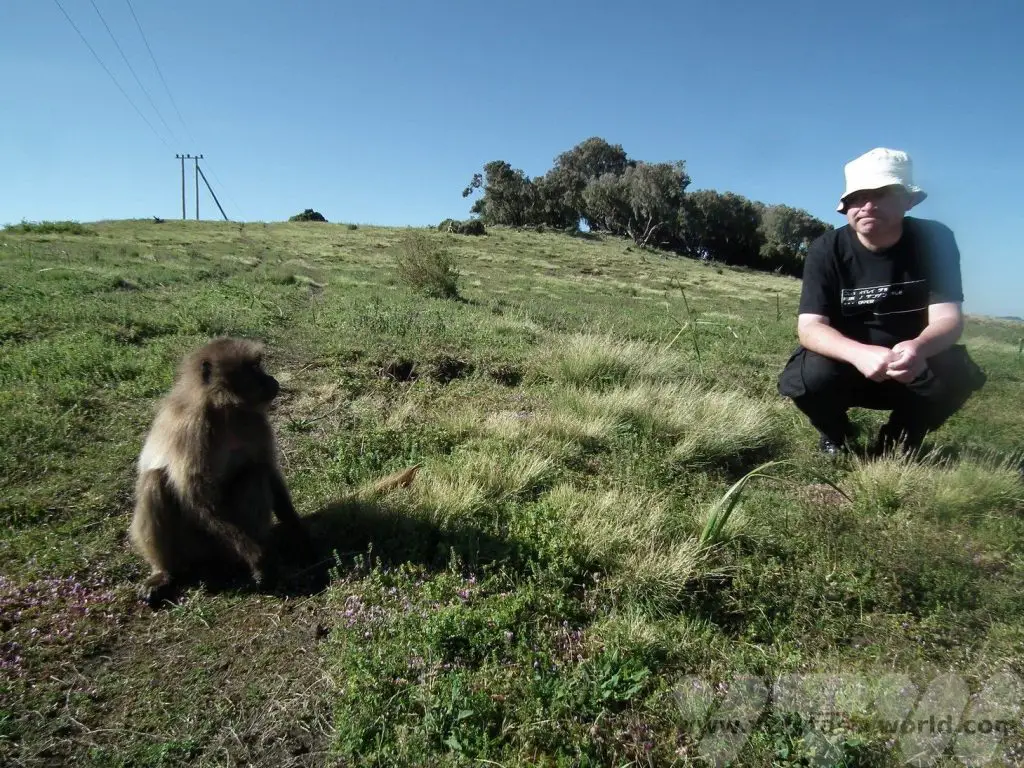
The baby monkeys were having such a fun time in the trees!

Viewing Spectacular Views
The following day we visited Chenek to see the Kurbet Metaya viewpoint, a wonderful vista overlooking the mountains. The viewpoint is actually a gap in the cliffs revealing views of the mountain faces and a beautiful valley.
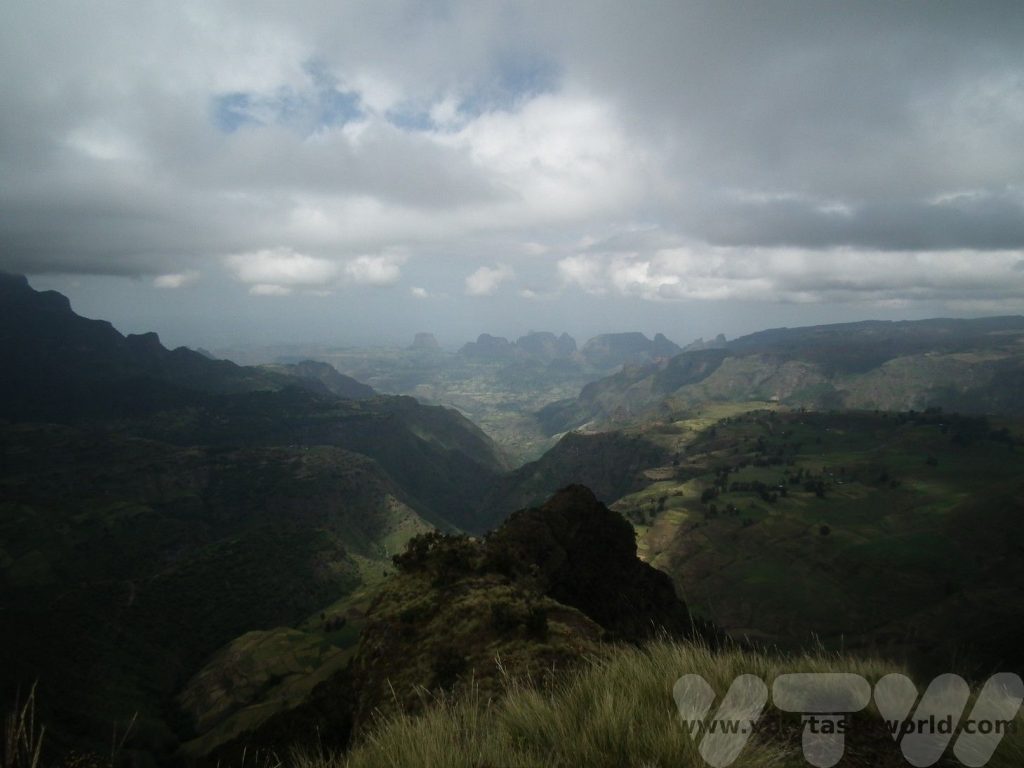
We continued to explore more of the area. As ever, it’s always worth looking out for other travellers pointing at something in the distance. In this case it was a rare and endangered Walia Ibex, found only in these mountains. It was actually quite some distance away at the foot of a cliff – this was the camera’s best possible zoom picture!
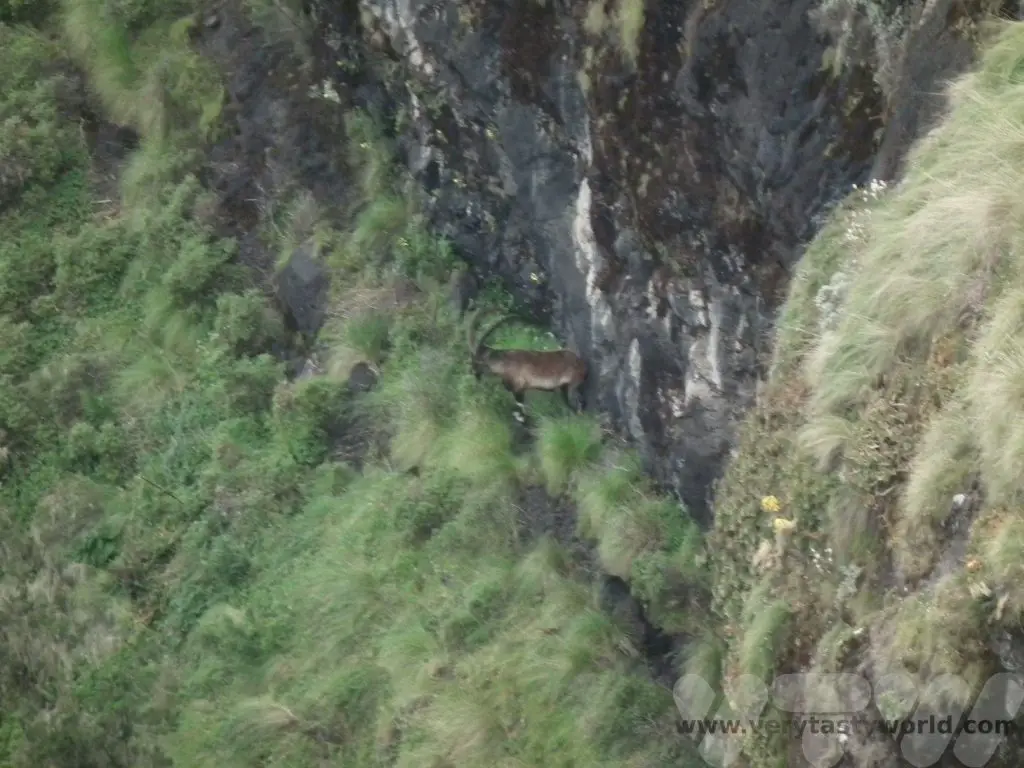
Then we returned to Gondar for one more night at the Jantekel hotel before we caught our flight to Lalibela. The hotel served traditional Ethiopian meals in enormous portions! This is injera, a bread made from teff flour, filled with doro wat, a spicy chicken stew. Injera doesn’t look particularly appetising but it tastes great. It’s fermented and has a lovely sour flavour.
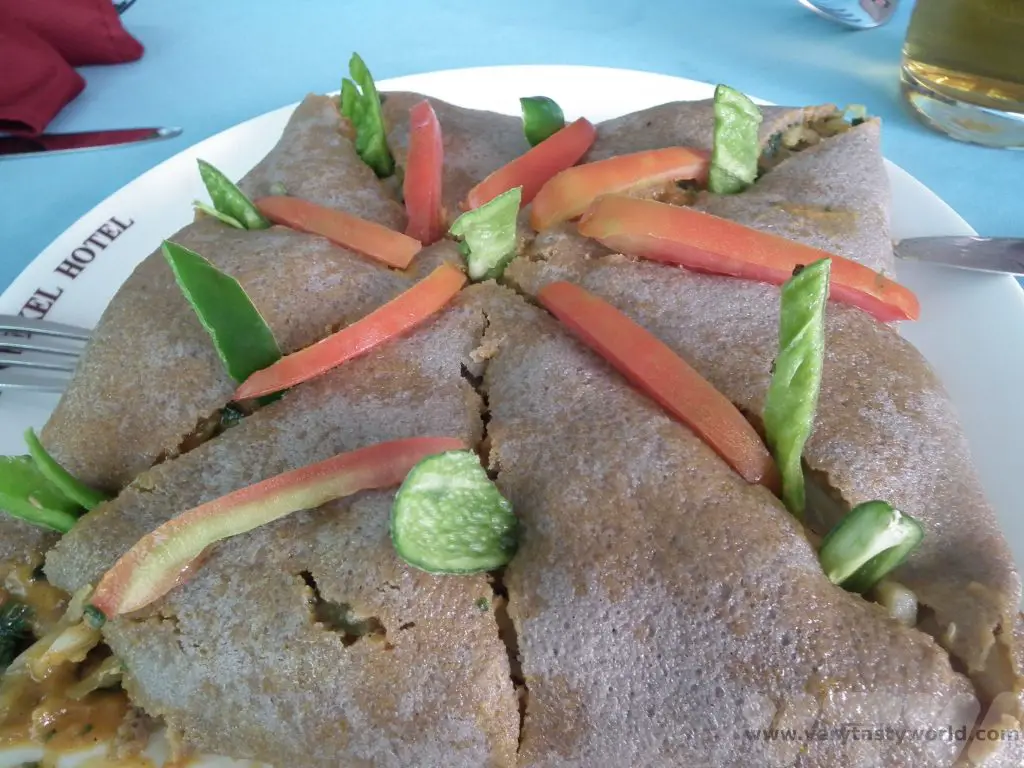

Spirit of the Sea – A Visit to Fisher’s Gin Distillery at Aldeburgh
Suffolk, in East Anglia, located on the east coast of England, is a beautiful rural county and a fine place for foodies to visit. It’s famous for its pig farming and high quality pork as well as the seafood bounty from its 50 mile coastline. Adnam’s brewery is also based in Suffolk and most pubs in the area seem to be associated with them. Suffolk can also boast the closest gin distillery to the sea.
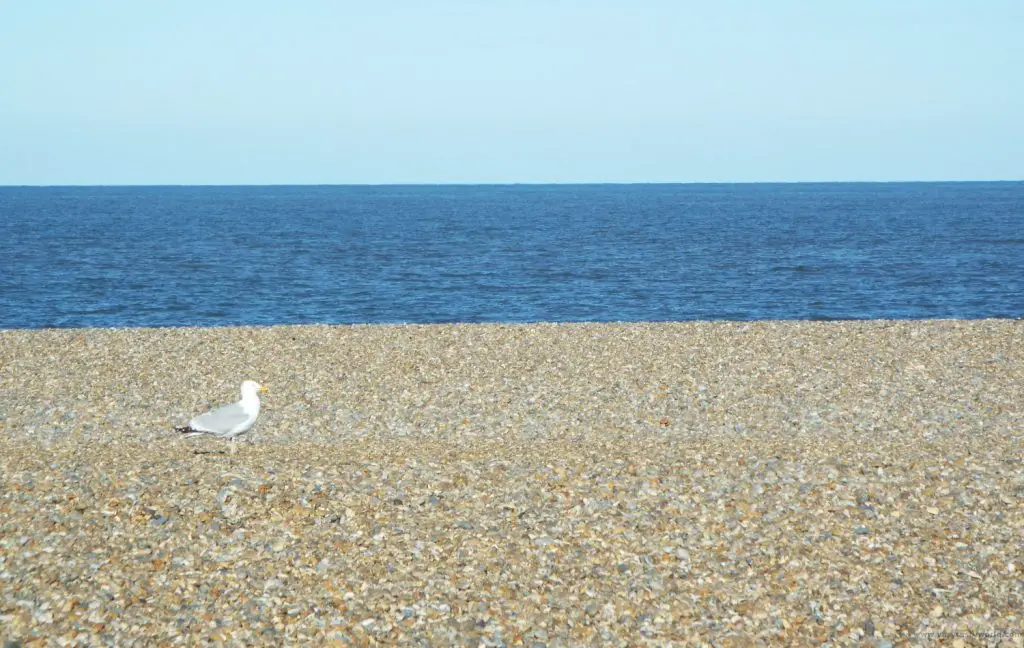
Fishers Gin is located in the coastal town of Aldeburgh and the team aim to capture the flavours of the area in their gin using locally foraged botanicals such as samphire and sea purslane. The distillery is located right by the seashore – literally a stone’s throw from the beach. They offer tours of the distillery – an afternoon tour and, later, a sundowner, which has all the elements of the earlier tour but you also get to taste some local food and go home with a Fishers tote bag and a gin mug. We opted for the sundowner.
On arrival we were greeted with a warm, “Hello, would you like a G&T?” which is one of the best possible welcomes. The G&T (a double, of course) comprised Fishers original gin accompanied by a can of Double Dutch tonic water which contains less quinine than traditional tonic waters and hence is less bitter. The G&T was served in a rather splendid tin cup, a nice change from those enormous balloon glasses full of ice that seem to be so trendy these days. Ice and a slice were mandatory of course, but the ice cube was very large, so it kept the G&T cold and did not to dilute the gin. (Note to self: make very large ice cubes in future.) The garnish was a slice of dried orange and a sea purslane leaf. The gin itself is a London Dry Gin but is unusual because many of the botanicals are particularly savoury and have a salty edge to them. Samphire (rock and marsh samphire are both used in this gin) and sea purslane are key ingredients, foraged locally, and both have a flavour which subtly recalls the taste of the sea.
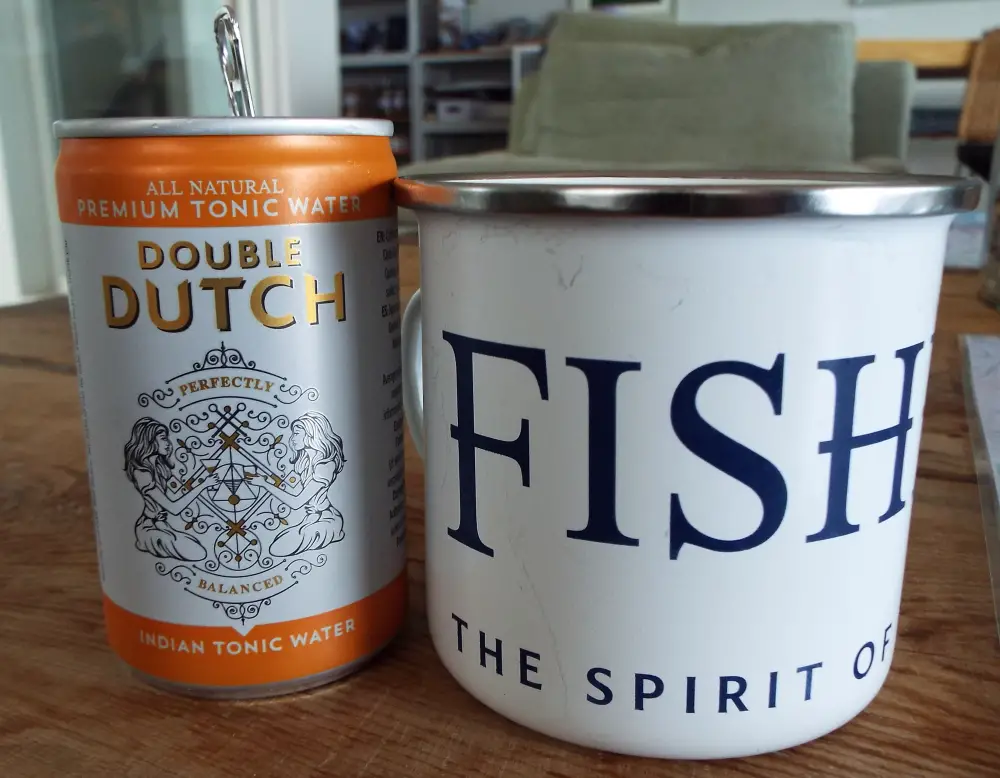
After watching an audio visual display about the local area and botanicals we met the still, which is named Watson after the owner’s dog. The gin making process was explained to us: The botanicals infuse in the base spirit for 16 hours before distillation. There are three outputs from the still: the head (the first few litres of liquid that emerge from the condenser), the heart and the tail (the last few litres). Like whisky, the head and tail are discarded.
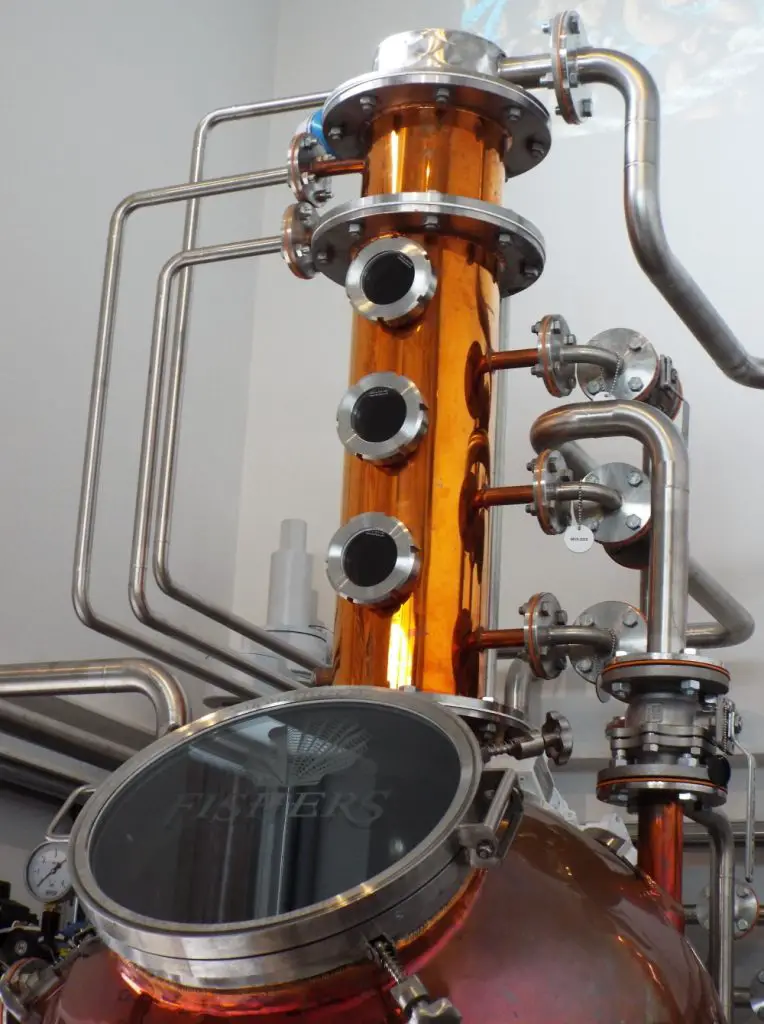
As part of the tour we learned about the history of gin – that it originated in the Netherlands – and also about the different botanicals used in the gin-making process by making a botanical tea. We were provided with the botanicals and an empty teabag (as well as another G&T to help the process) and tasted a variety of flavours.
Juniper is the flavour that defines gin as gin, so that was an essential. Then we experimented with various quantities of the botanicals used in Fishers gin to create a unique tea. Each ingredient was crushed using a dinky pestle and mortar to extract the oils and hence maximise the flavours.

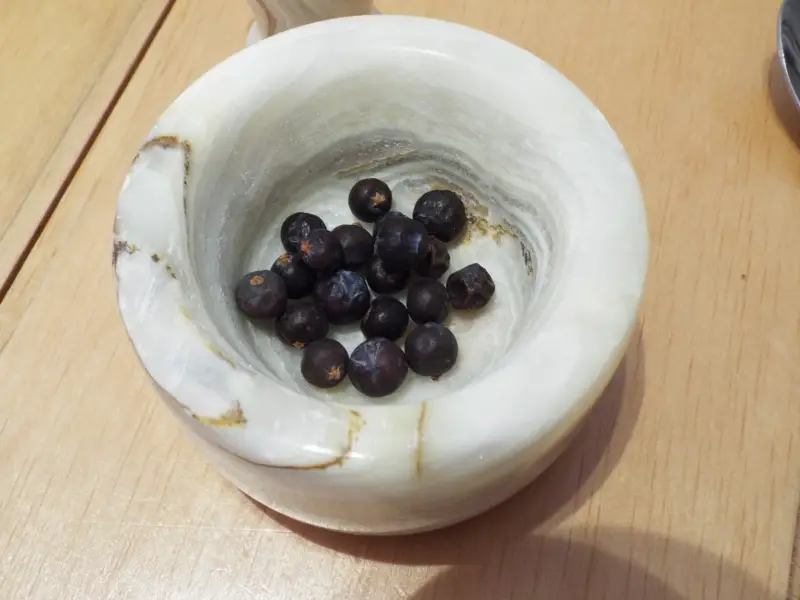
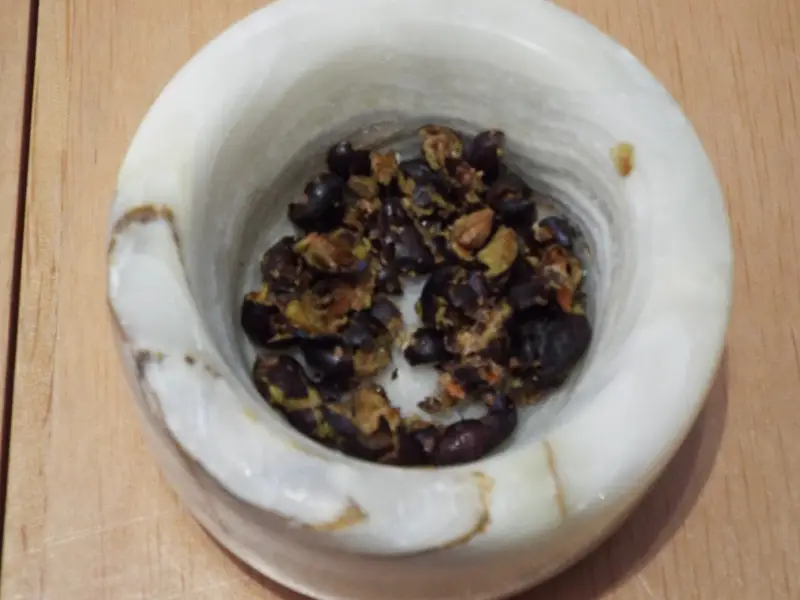
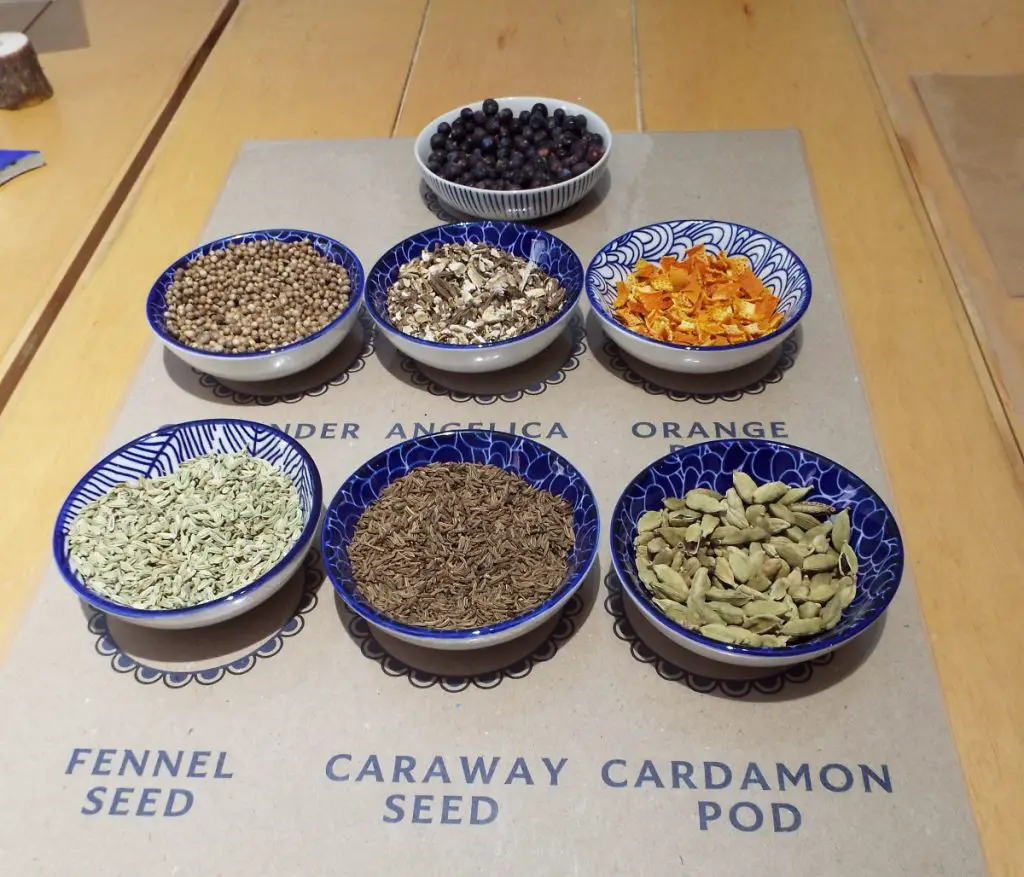
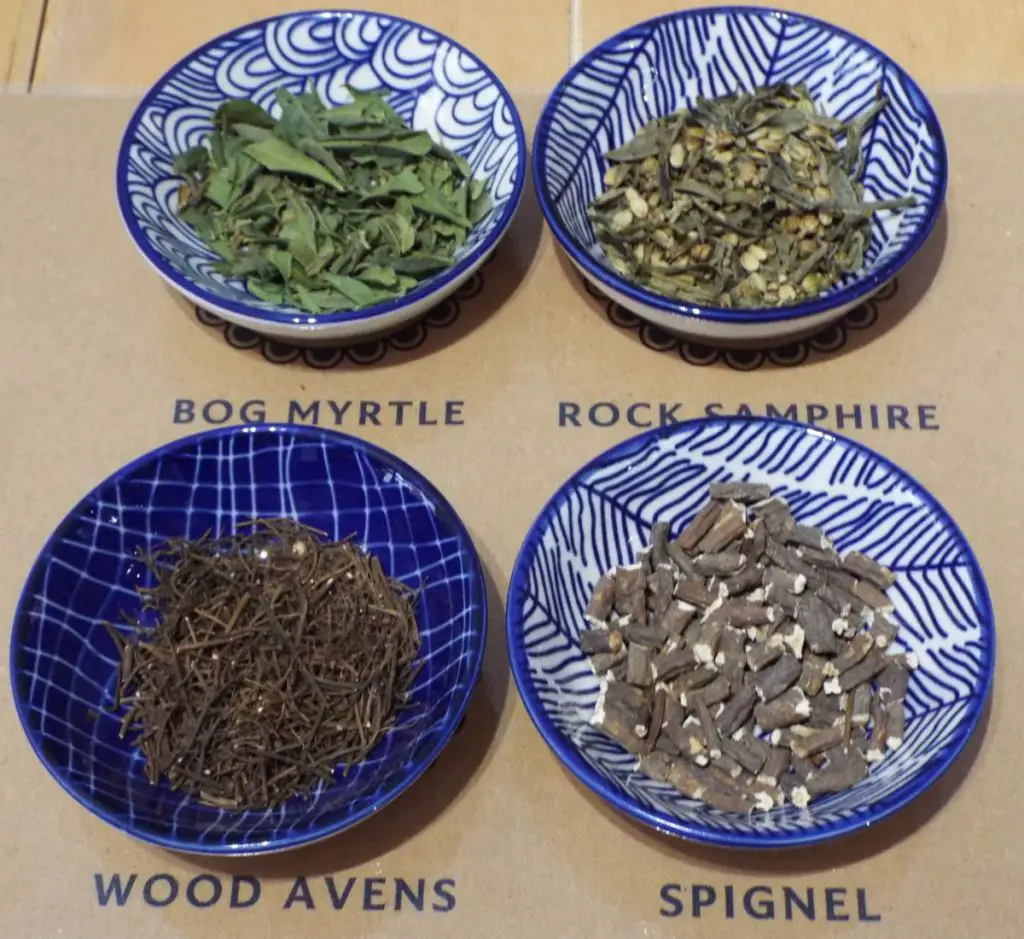
The teabags were then infused in a cup of boiled water and we could taste how our particular combination of botanicals worked together.
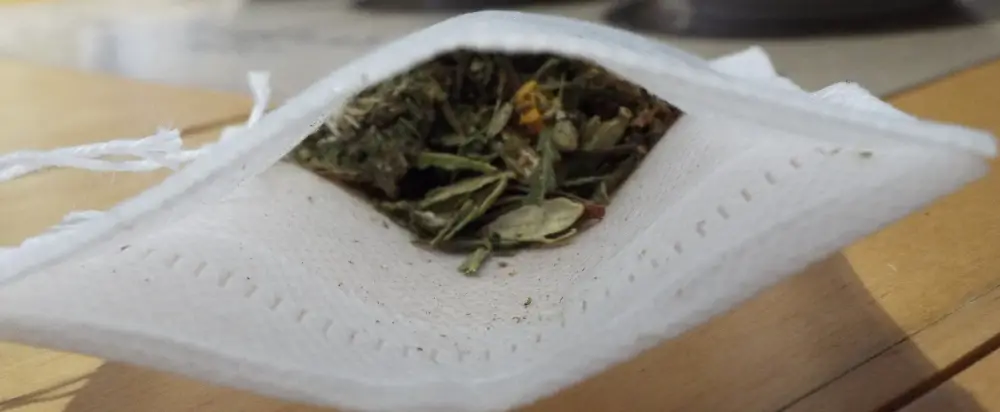
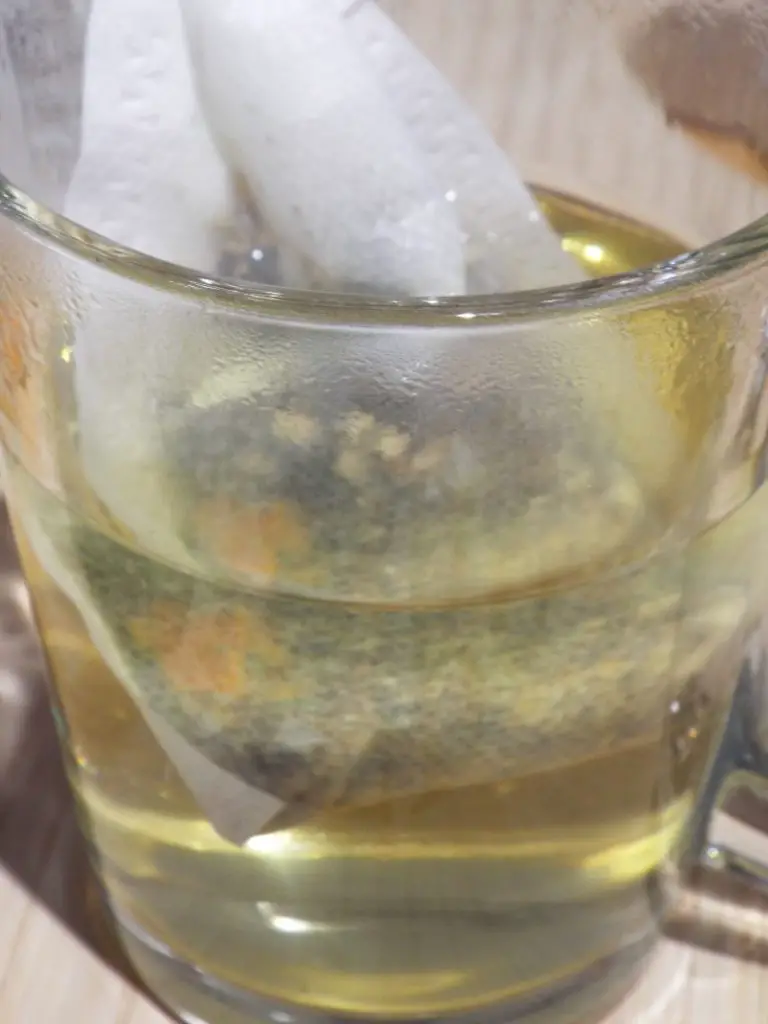
After making the tea we were invited to a tasting. There were three gins on offer: Fishers original, Fishers Fifty (which is stronger, having an ABV of 50%) and Fishers Smoked.
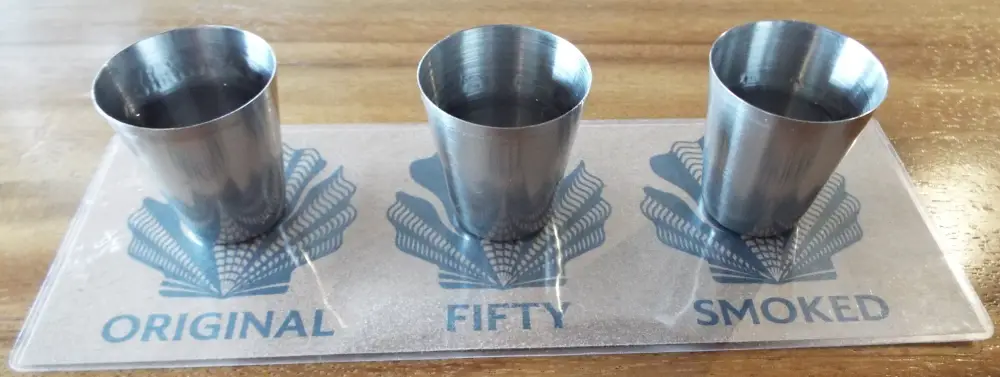
The smoked gin used botanicals that had been smoked at Orford smoke house, just down the road from Aldeburgh, for six days. Curiously, you can almost smell smoked fish on the nose but the finished gin is smooth on the palette, loses any fishiness but retains a gorgeously subtle smoky flavour. What is particularly interesting about this gin is the way that Fishers use savoury flavouring in their gins. Salt won’t get through the distillation process but the oils from the botanicals allow some subtly salty flavours to come through. Fishers also have a small still to experiment with flavours when developing a new gin.
And finally, we were offered a platter of local specialities: smoked mackerel pate from Orford, sesame hummus, sourdough and smoked salmon from l’Escargot deli, smoked cheddar and Stilton style cheeses from Orford.
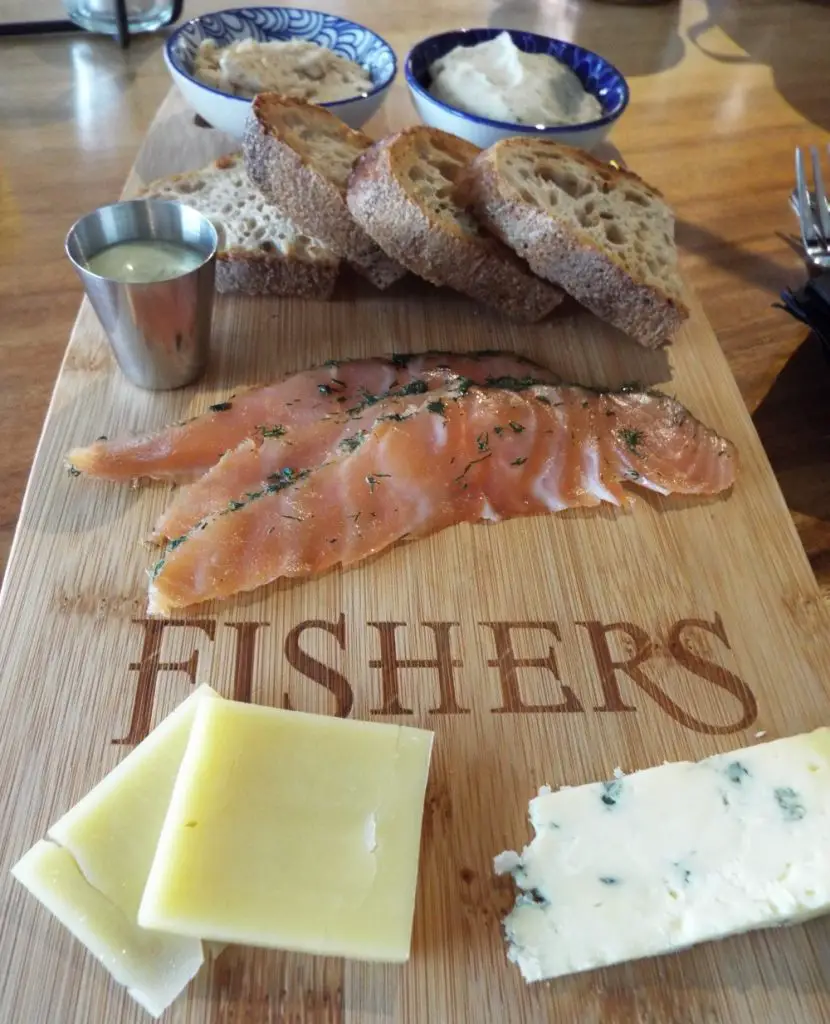
And the evening was rounded off with a couple of cocktails. A Negroni which comprised of Fishers Gold, Campari and sweet vermouth in equal measure and a Mule which contained Fishers Smoked, ginger ale and lime. Both were delicious.
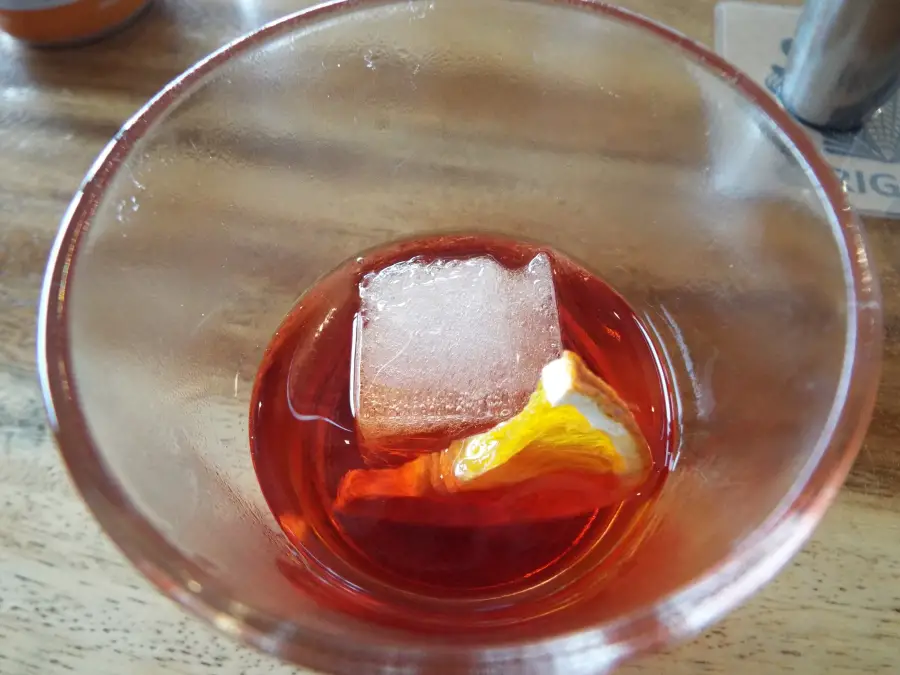
The Fishers team were very friendly, the tour was informative and the tastings hugely enjoyable (hic!). We ended up chatting with our hosts for much longer than the planned tour time as they were so welcoming and accommodating. The experience is highly recommended.

- Things To Do In Rovaniemi In Winter
- Avebury Stone Circle vs Stonehenge
- Five days in Copenhagen
- Is Sarajevo Worth Visiting?
- A Svalbard Holiday – Land of the Midday Moon
- Afternoon Tea in Coventry
We attended this experience using our own resources.
Unusual UK Activity Breaks – Just Take Five
There’s an old saying that ‘a change is as good as a rest,’ which we feel is very appropriate for us because we are absolutely terrible at relaxing when we’re on holiday. We can’t just sit around, we always want to be doing something. Fortunately there are all sorts of unusual UK activity breaks available, from learning a new craft to interacting with amazing animals. Here are five breaks that we’ve thoroughly enjoyed.
Build Your Own Canoe
“If you look for a happy person, you will find them building a boat,” said our host John, quoting Beran Wolfe. He’s right. Birchcanoes in rural Leicestershire offer a canoe building holiday where you can stay onsite and construct your very own vessel over the course of three days. John is on-hand to give as much help as you need and at the end of your stay you launch your vessel on the River Wreake and then take your canoe home with you so that you can explore your local waterways – and beyond.
John offers accommodation on-site, so we could stay while we were building our canoe. We slept in the River Cabin, a snug wooden building just a stone’s throw from the river and a 30 second walk from the workshop. It was self-catering and had all the facilities we could have wanted.
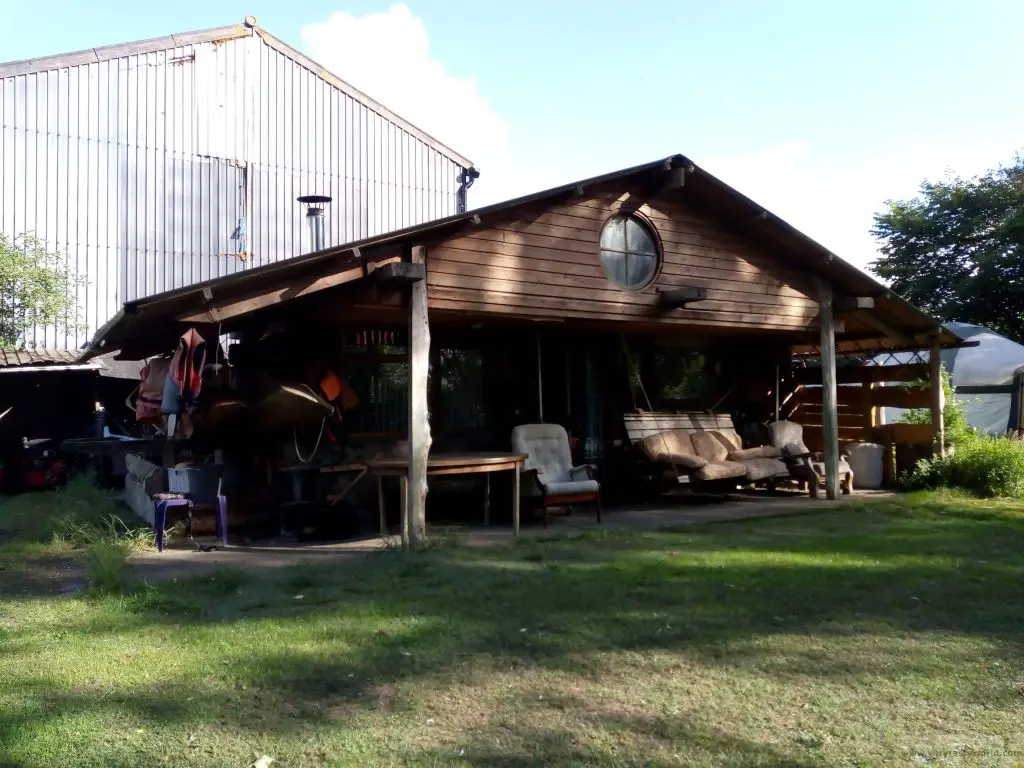
We had checked out John’s website to decide which type of canoe to build and after some discussion with him we landed on the Lakota design – the most popular type of build. However, a quick measurement of our garage (we have a small car) revealed that we would not be able to fit both the Lakota and the car inside. No problem, John modified the design to accommodate our maximum length and very first Lakota 4.4 (4m 40cm) began construction. Amazingly, we were going to build a canoe in three days!
Day One of the canoe building involved cutting marine ply panels using a template. We used a Japanese pull saw and a jigsaw to cut out each piece.

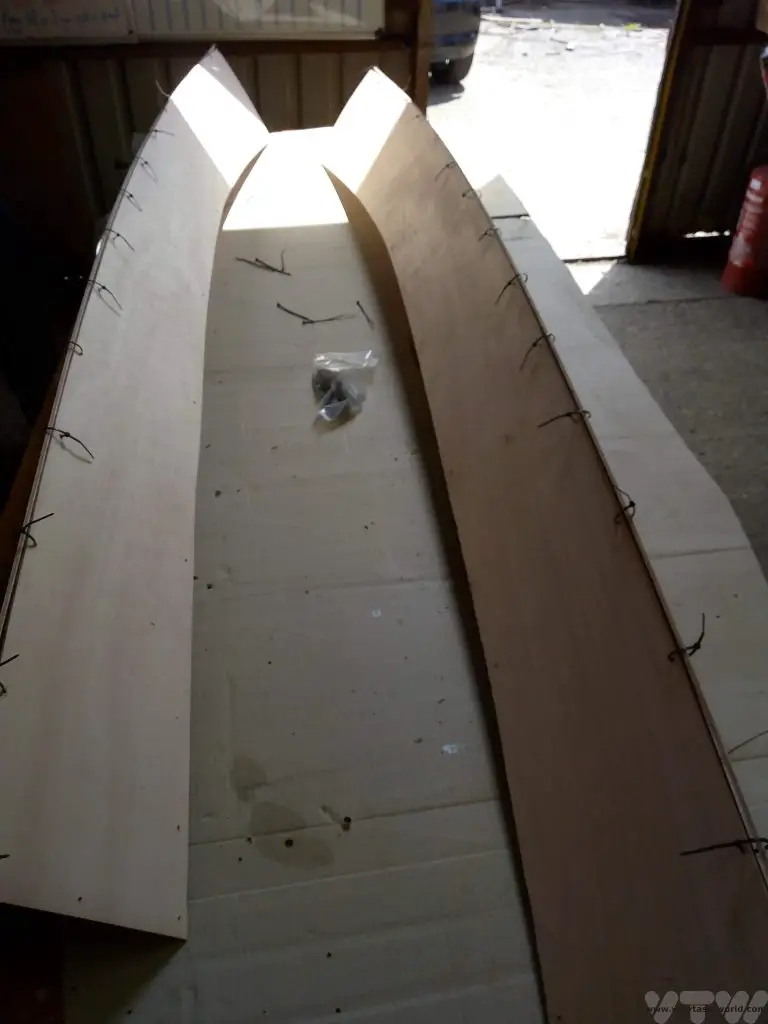
We then sewed the canoe together using cable ties and added the gunwhales. At the end of the day our canoe most definitely looked like a canoe.
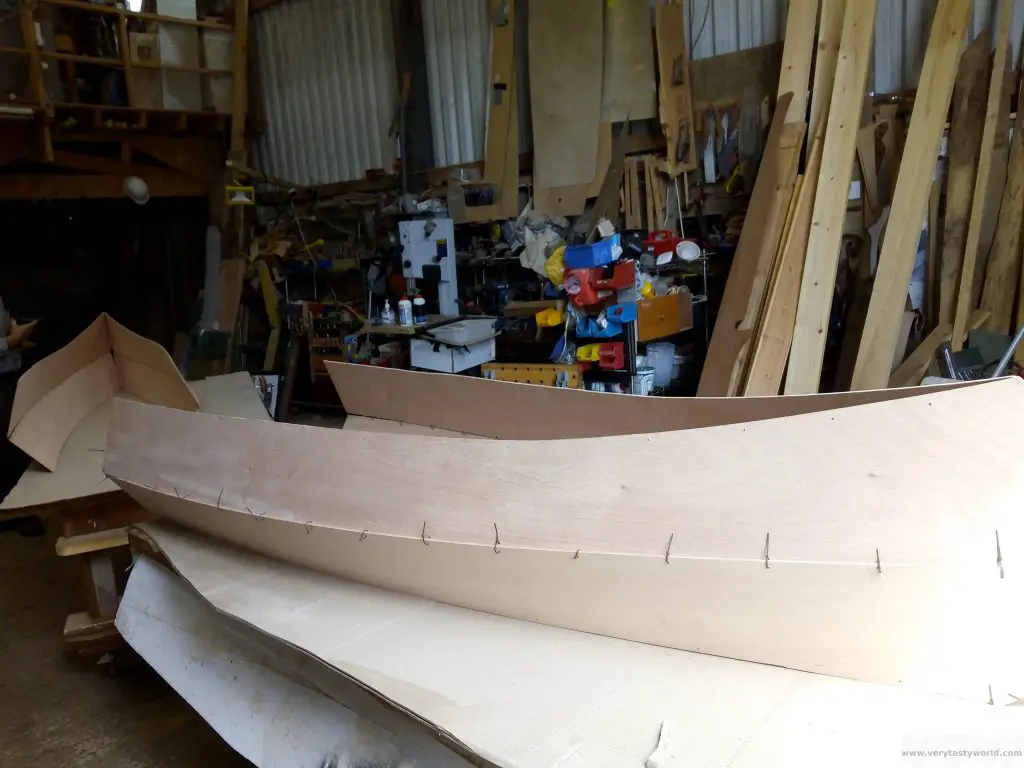
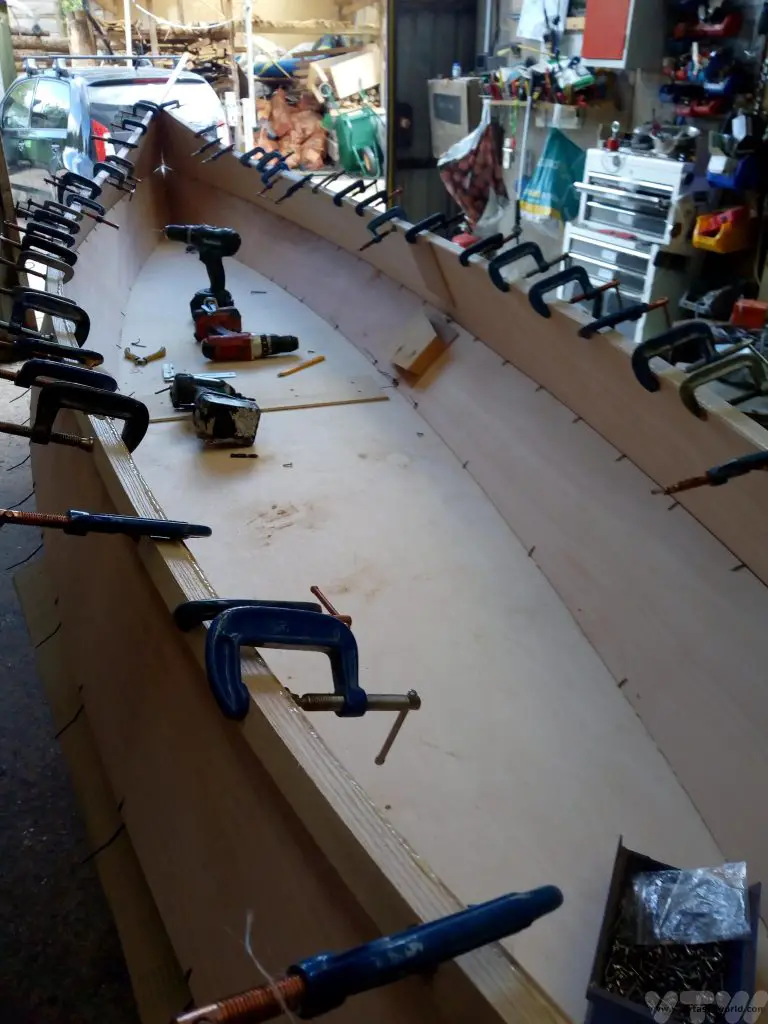
The next day we made the seats. There was a lot of sawing, particularly at strange angles, using an ingenious contraption John had devised, and sanding. Then the seats were fitted inside the boat. We also applied resin to the inside of the canoe.
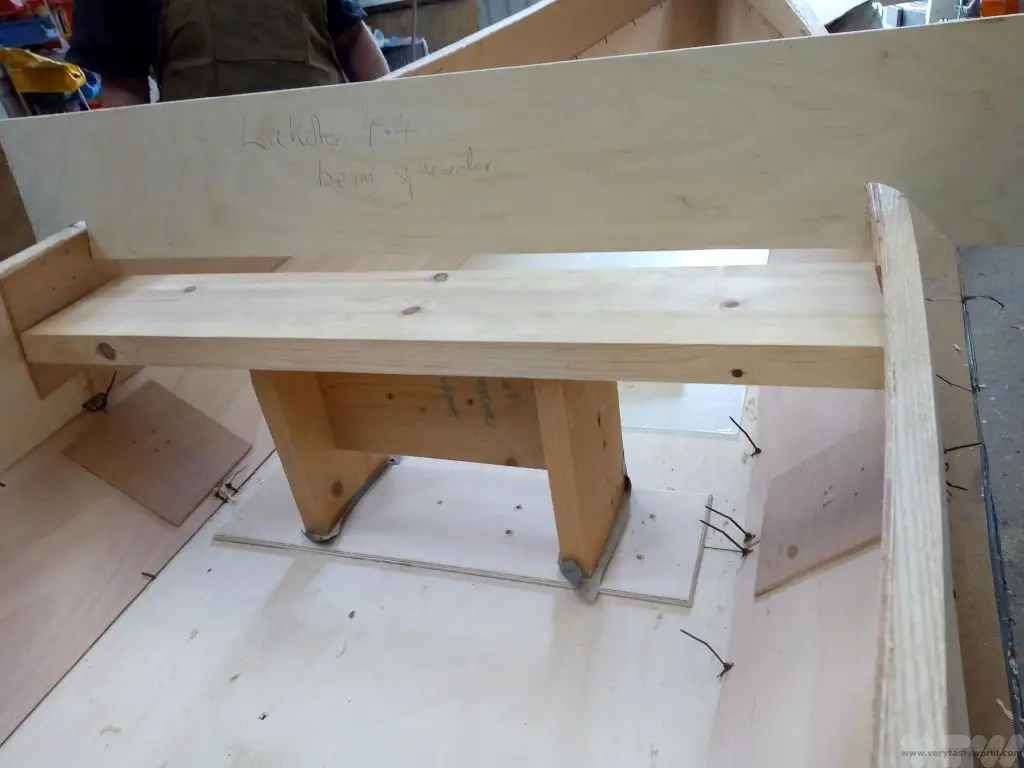
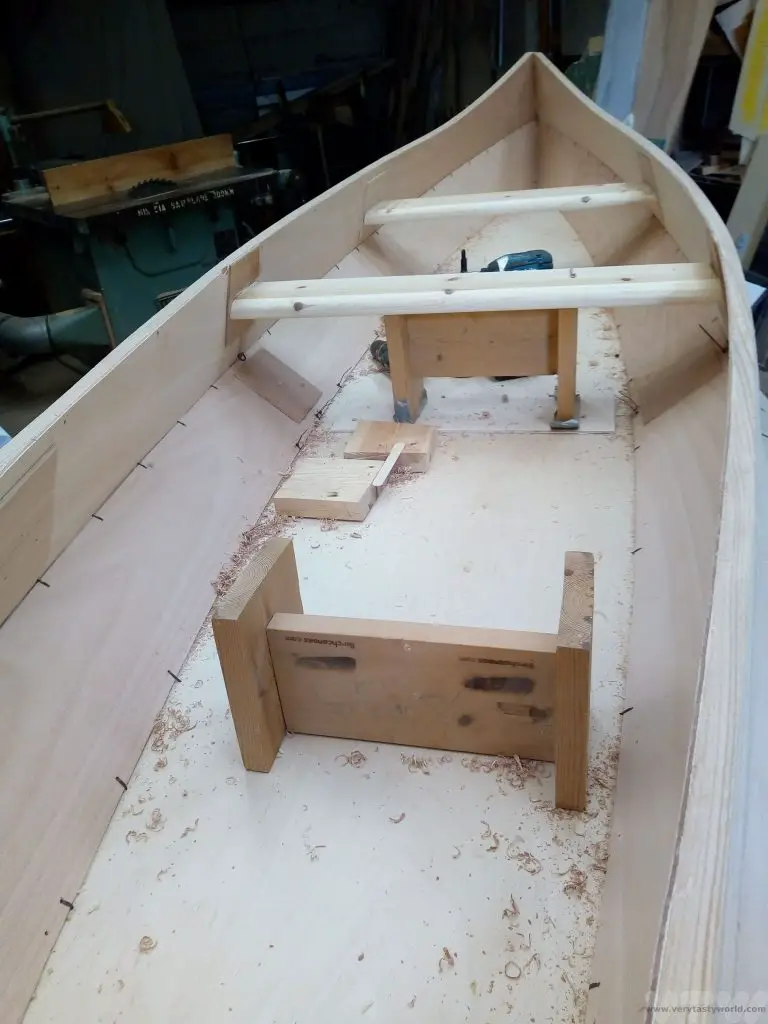
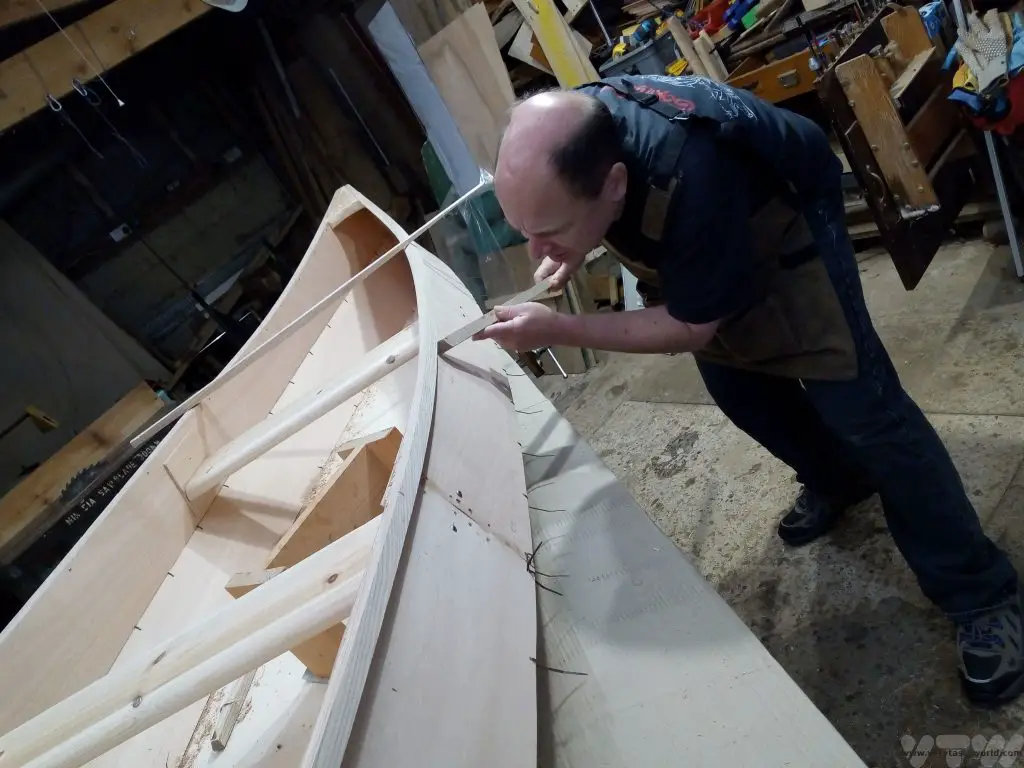
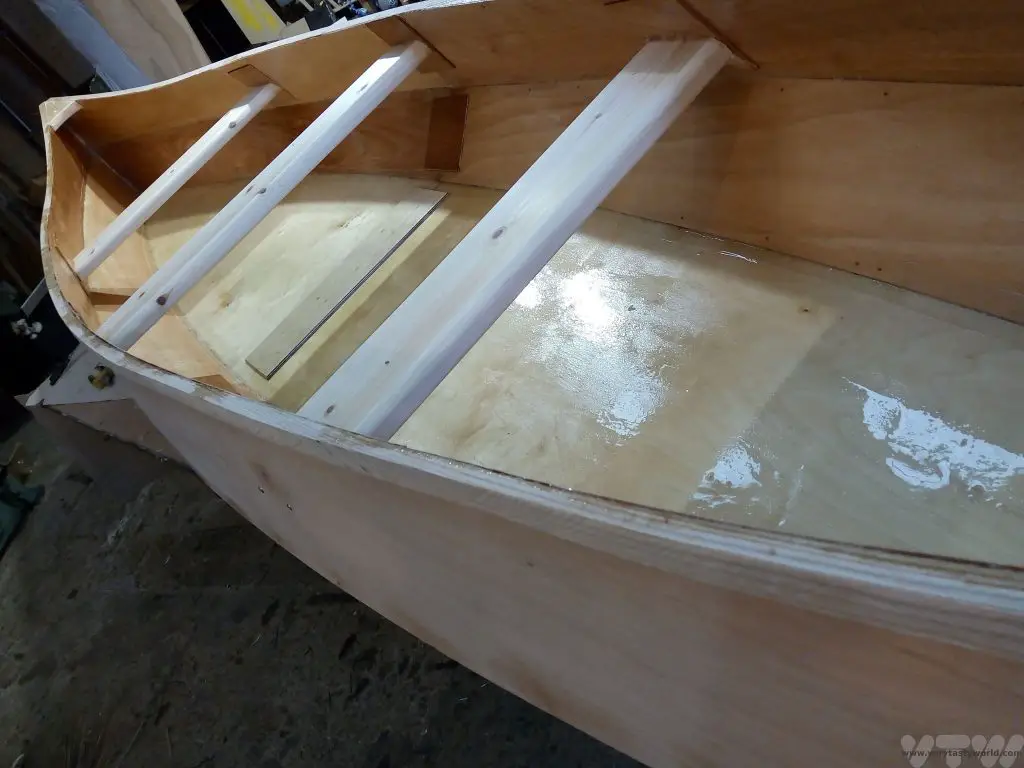
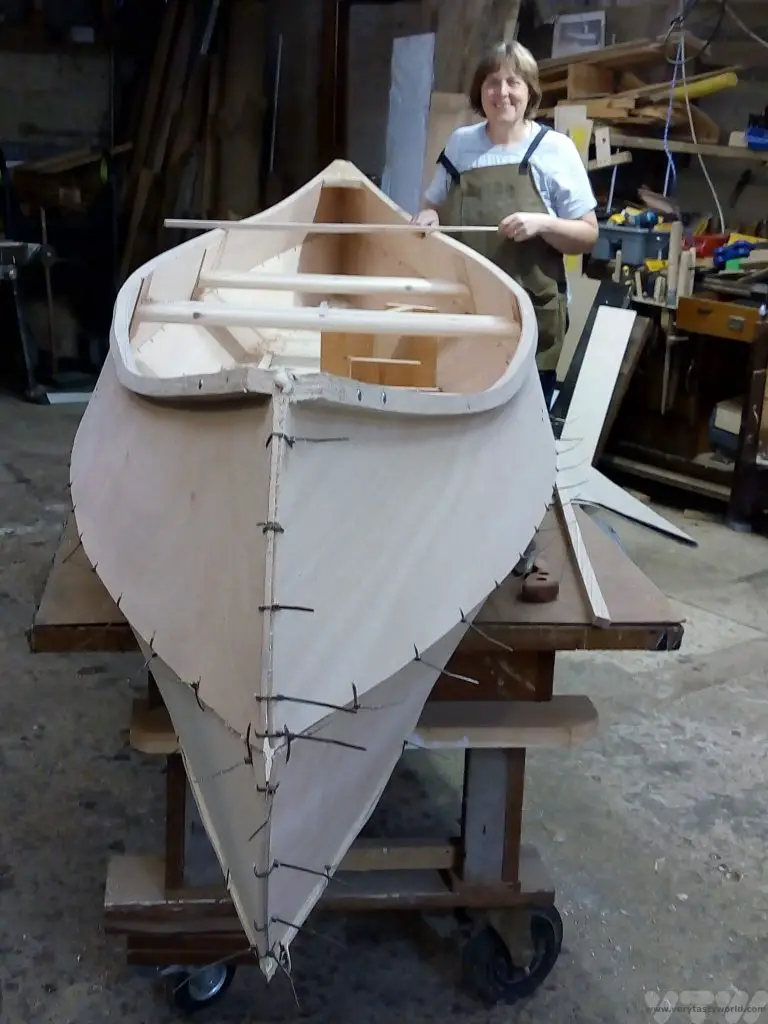
Day Three involved getting the canoe watertight and ship-shape. There was a lot of planing and sanding involved – all by hand – to get a really smooth finish.
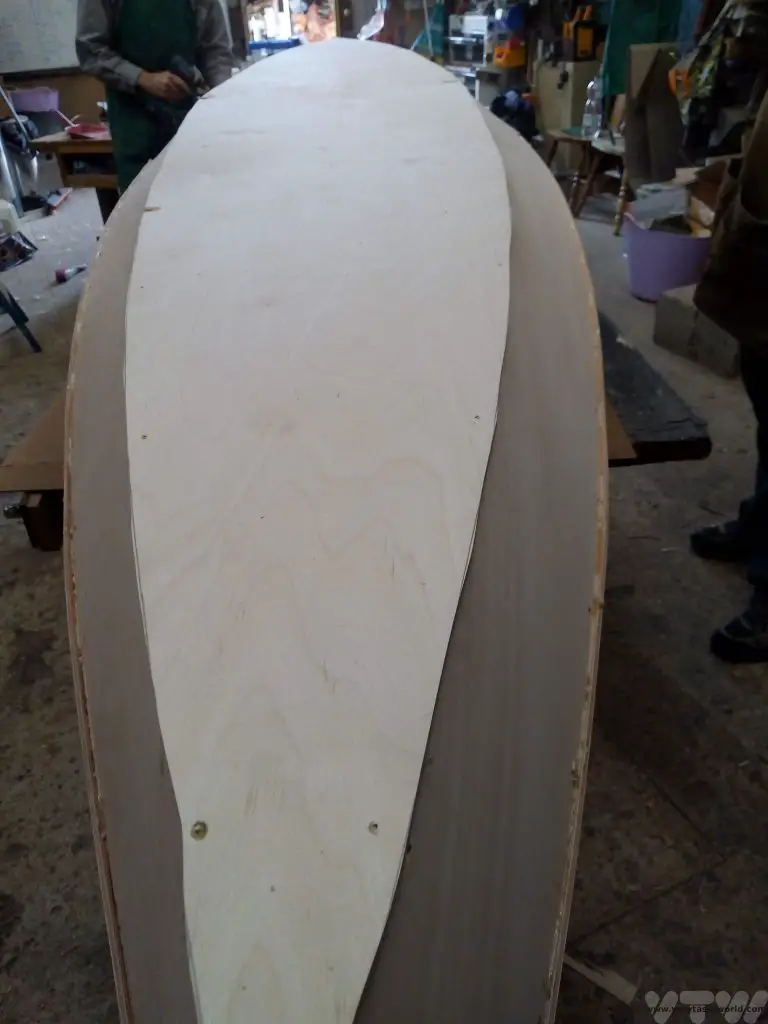
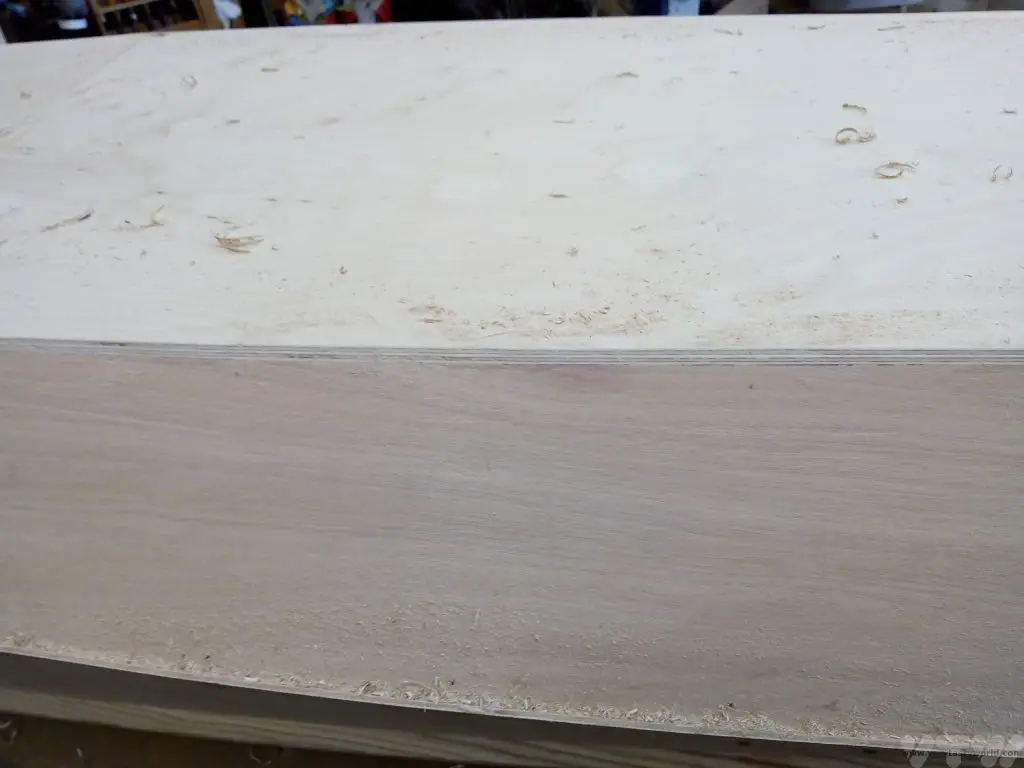
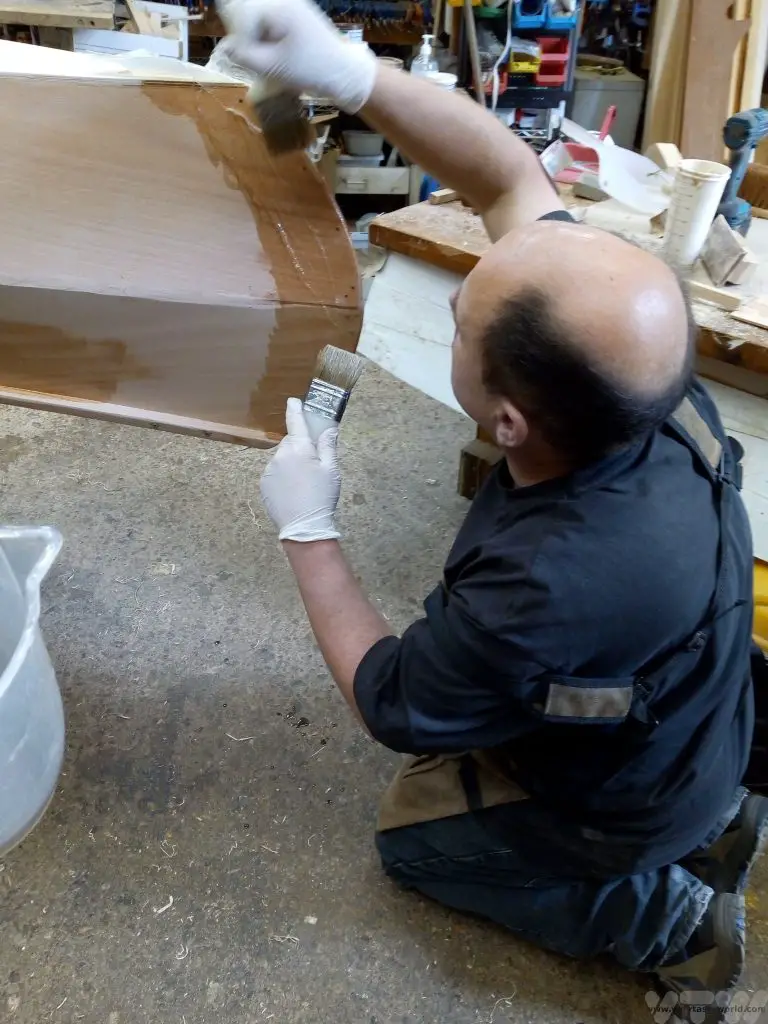
Then we applied glass fibre tape and resin to the exterior of the canoe.
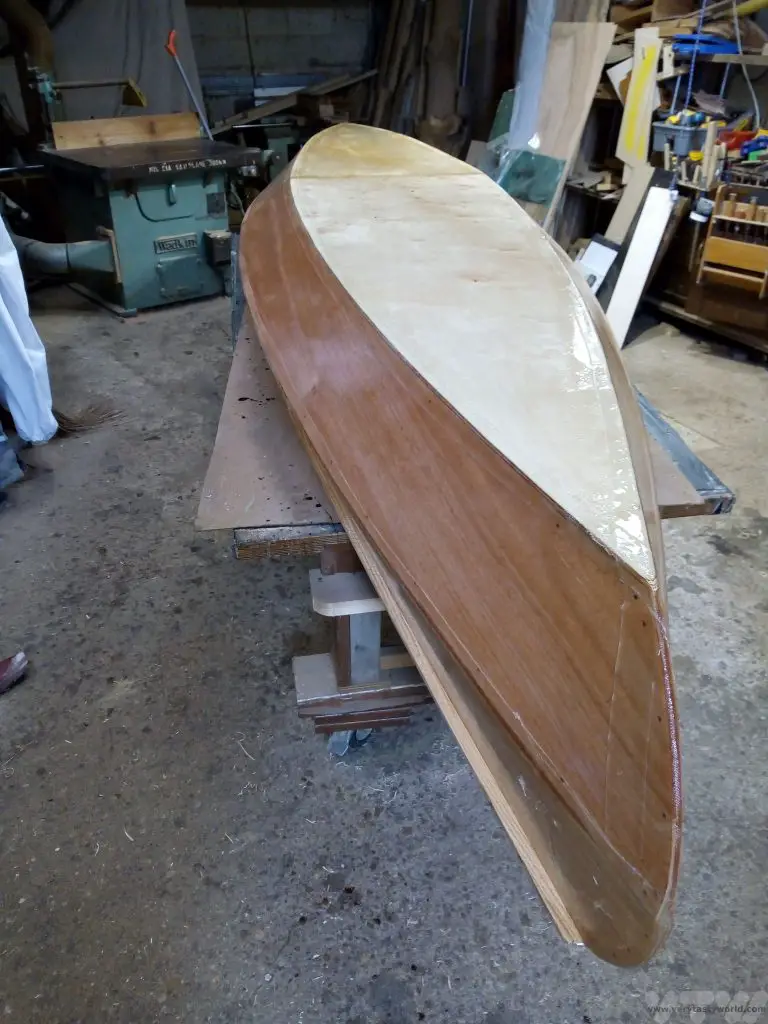
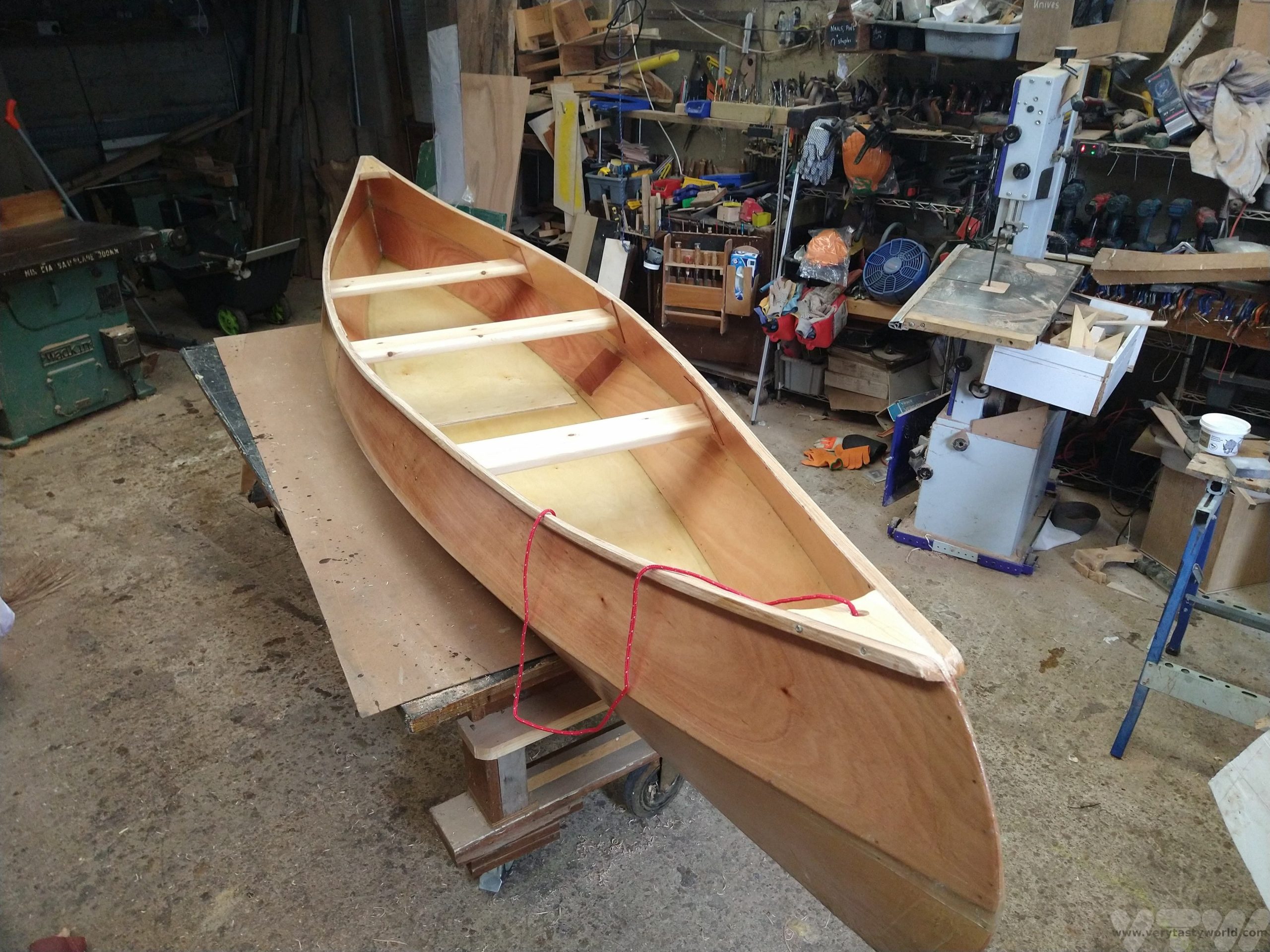
The resin needed to dry overnight so the fourth day was launch day. It was essential that we had a mini-bottle of Prosecco for pre-launch.
The lovely thing about this experience is that the whole family is welcome to join in.
We also needed to think of a name. After some deliberation we landed on Obi-Wan Canoe-bi. We had fitted a roof-rack to our little car a few weeks before our holiday and Obi-Wan sat snugly on top.
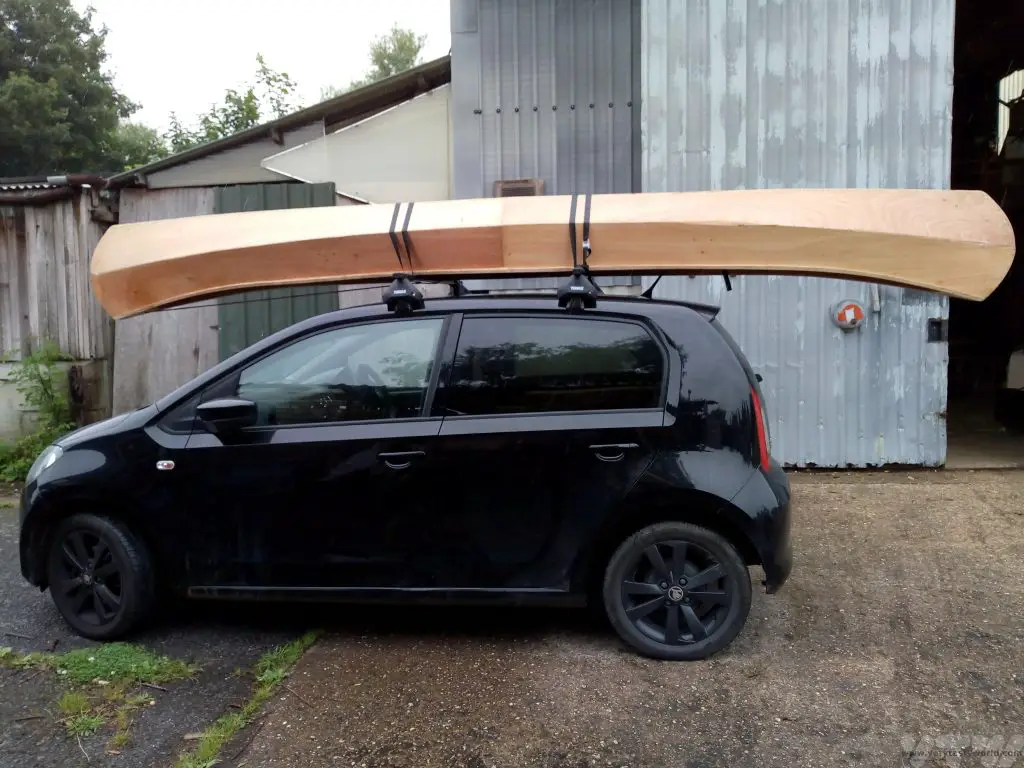
Since getting home we’ve thoroughly enjoyed paddling on our local canal and plan to go further afield this year. Several trips for the price of one!
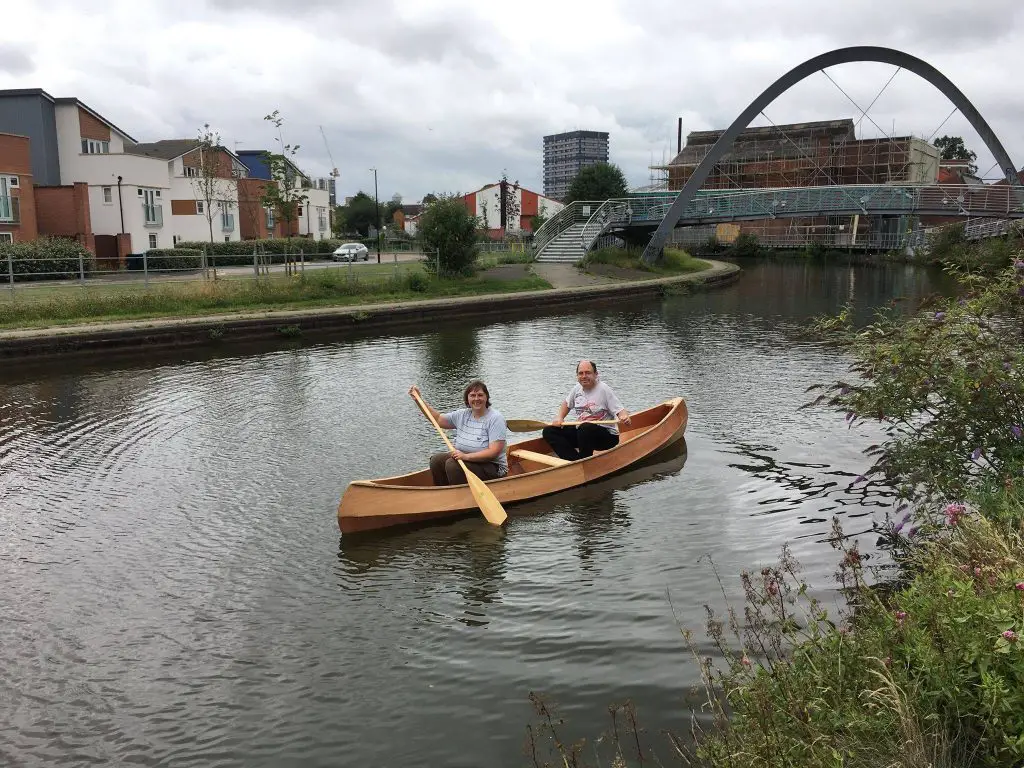
While You’re In The Area
The workshop is in rural Leicestershire and there are some lovely walks in the area. It’s also very close to Melton Mowbray which is known as a bit of a foodie town and is famous for both its pork pies and Stilton cheese.
Unusual UK Activity Breaks – Meet and Fly Some Birds of Prey
At Icarus Falconry in Northamptonshire you can meet and fly their remarkable birds of prey. We flew several owls and a harris hawk and also got to hold a tawny eagle and a peregrine falcon.
We met four different owls. Their bodies are really small but are fluffed out by masses of feathers which enables them to fly virtually silently. Many of the feathers are serrated for additional hush. They eat rodents and swoop low, flying just above ground level, to pick up their prey mid-flight. For this reason when you are flying owls you don’t hold the meat lure in your glove otherwise they would just fly off with it; you reward them when they’ve landed on your hand. Apparently the “wise old owl” moniker is a myth. They’re not very clever and haven’t got very good eyesight either. But each one we met had a terrific personality. Tom the Burrowing Owl was tiny and cute and ran round and round the drainpipe system in his cage, clearly enjoying himself. He’d fly directly into your hand.
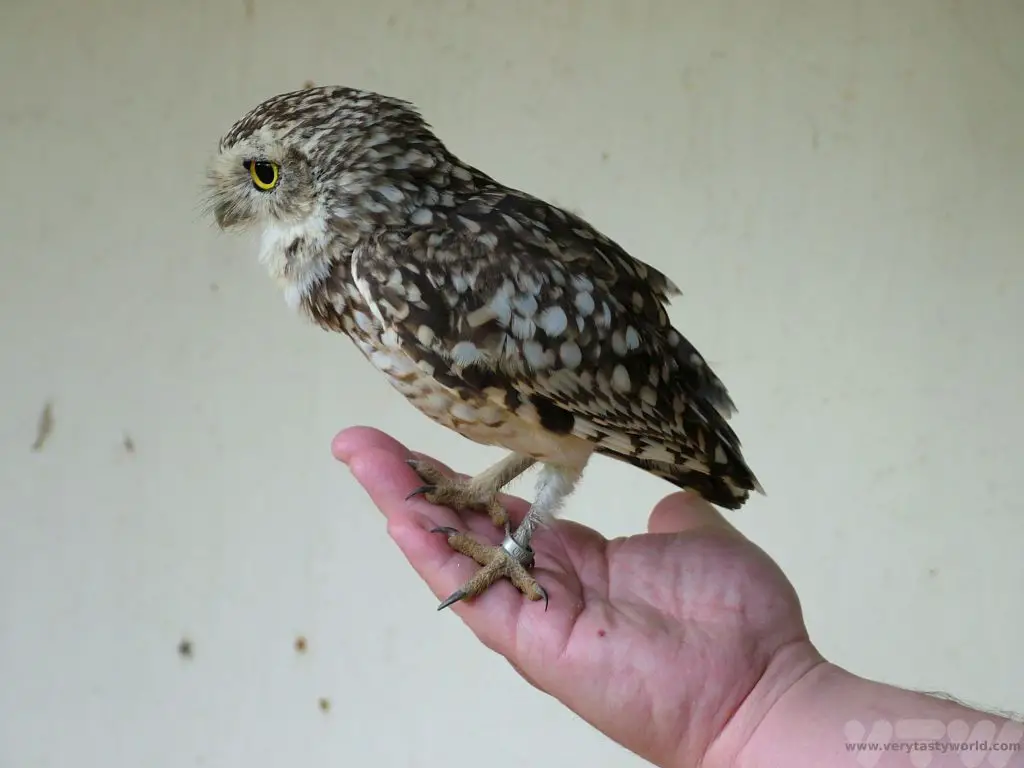
Spot the Spotted Owl (she’s over there!) was very beautiful and apparently could be a little bit naughty. She was happy to be petted. She flew well but got a touch tired towards the end of the session and decided that walking was much more fun.
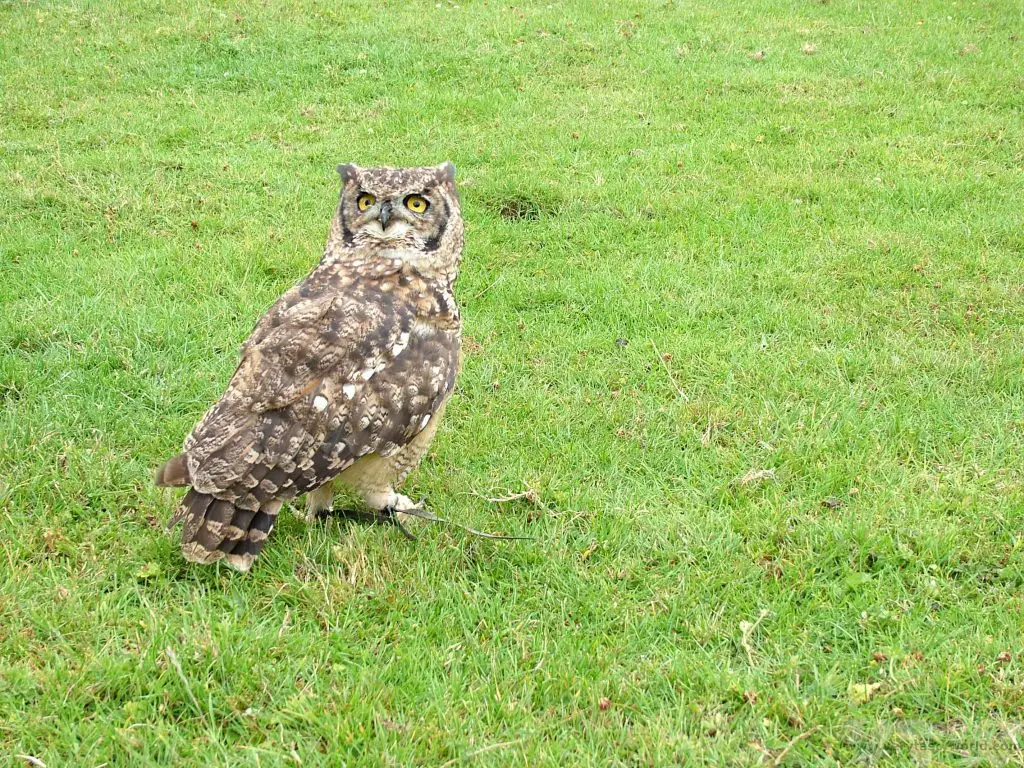
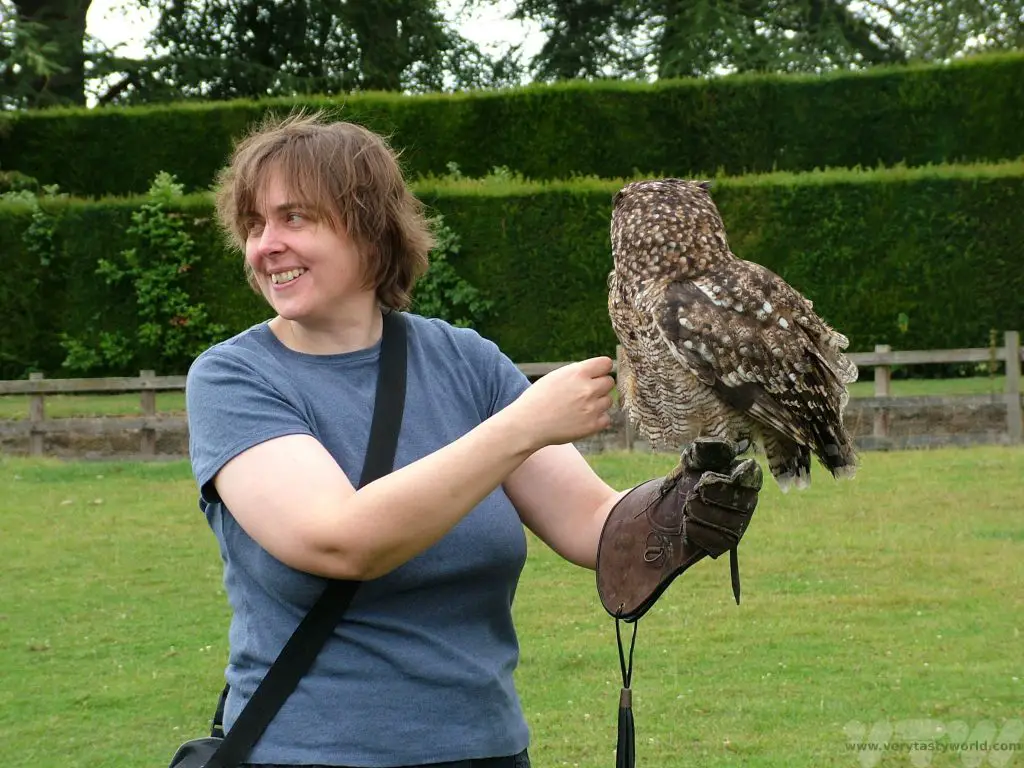
Mia the Bengal Eagle Owl was just gorgeous, she had the most wonderful eyes. She was also very vocal.


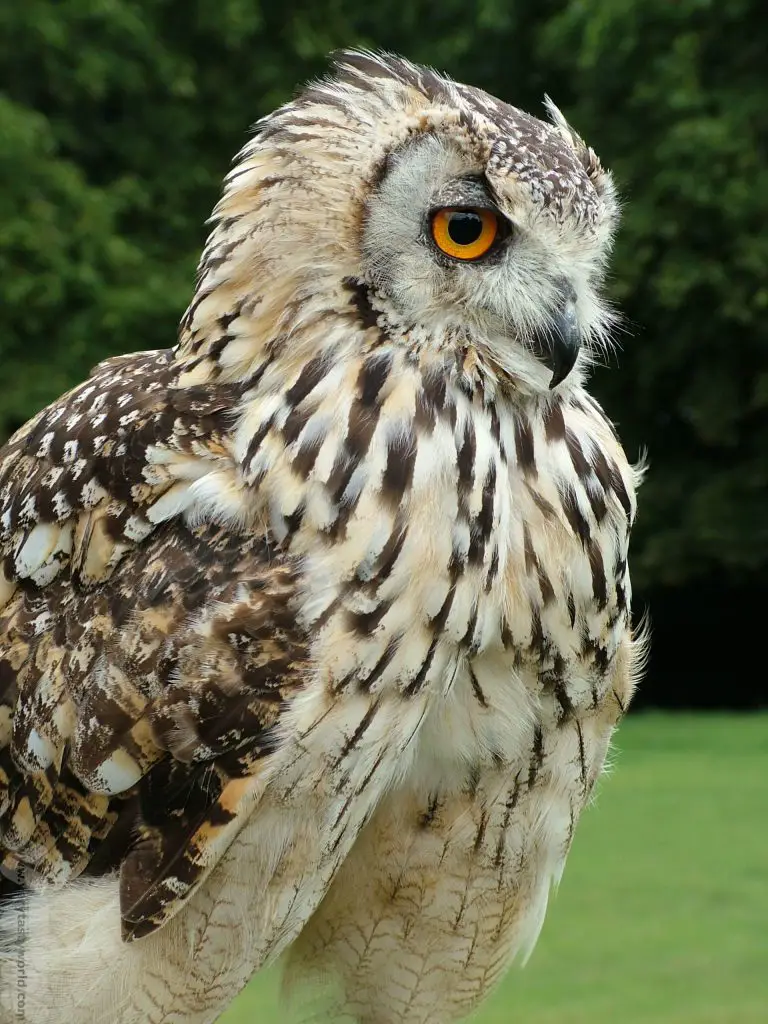
Grace the Barn Owl (also known as Dis-grace) just loved flying. She couldn’t be bothered to wait for a reward, she’d just fly to anything that looked like somewhere to land. She was hand-reared and had spent her early months perched at the end of her owner’s bed.
Curiously, owls can take a dislike to certain people and will refuse to co-operate with them. However, all the owls we met were most definitely on their best behaviour and it was an absolute pleasure to meet and fly them.
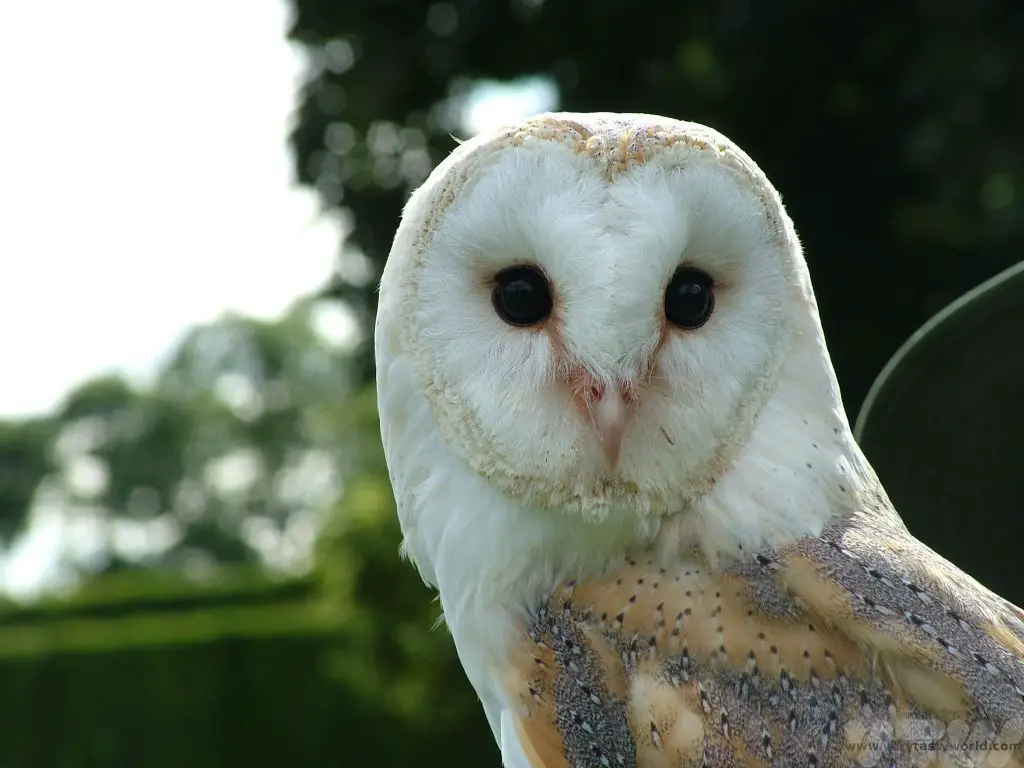
Forge Your Own Birdfeeder at a Traditional Blacksmith’s Forge
At the National Waterways Museum at Ellesmere Port, Cheshire, is another opportunity to take part in an unusual UK activity break. You can join Alex the blacksmith for a day, and learn to use a traditional 19th century forge to create a bird feeder comprised of fishtail scrolls amongst other forged elements. Safety equipment was provided and we were given full instructions and supervision.
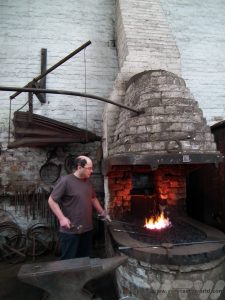
The fire had been started for us before we had arrived so the forge was ready. We visited in winter, which was a really good idea because the forge is hot! We used steel rods which we heated in the fire until they were white hot (about 1600 ⁰C) and we saw sparks – indicating that the steel was ready to be worked– then took the rod out and hammered a fishtail shape on the anvil.
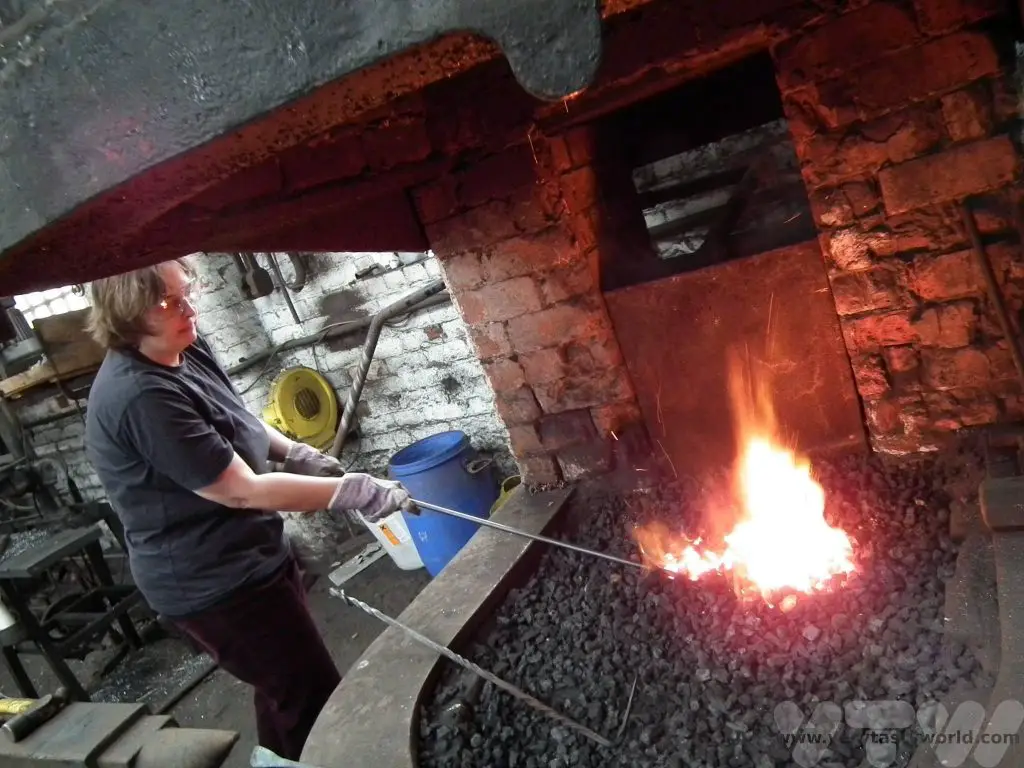
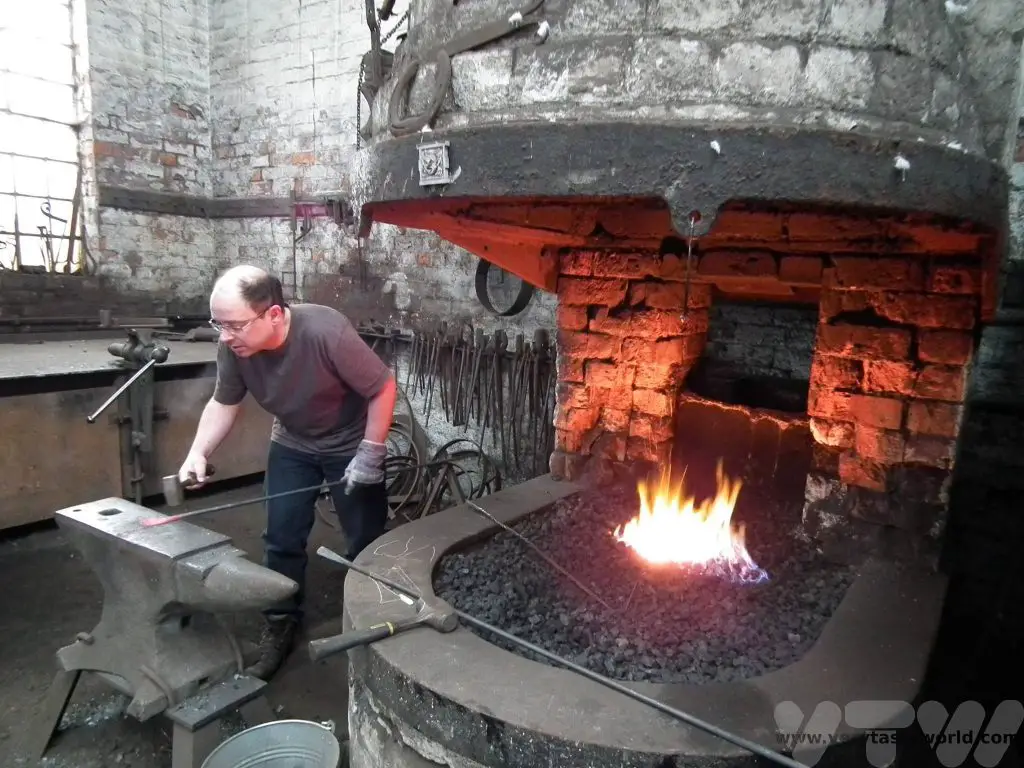
Alex also demonstrated how to bend the metal around a jig creating the lovely curvy design of the birdfeeder – you had to heat the metal, get it to the jig quickly and bend it before it cooled. It required quite a lot of dexterity to pick up the metal using tongs (with gloved hands) and transfer it to the jig while it was still white hot. It took a couple of attempts but eventually we managed to produce some very satisfying curves.
When the constituent parts had been constructed Alex welded them to a support pole and turn them into the finished piece. Alex was very accommodating – as mentioned with the canoe building, our car isn’t very large, so transporting two long constructions down the M6 motorway wasn’t going to happen (we did this course before we invested in the roof racks). However, Alex managed to adjust the overall length of the birdfeeders so that they would fit into the car. As we own a cat we decided it wasn’t fair to the birds to use them as birdfeeders but instead we added hanging baskets in order to grow tomatoes. They make a lovely addition to our garden.
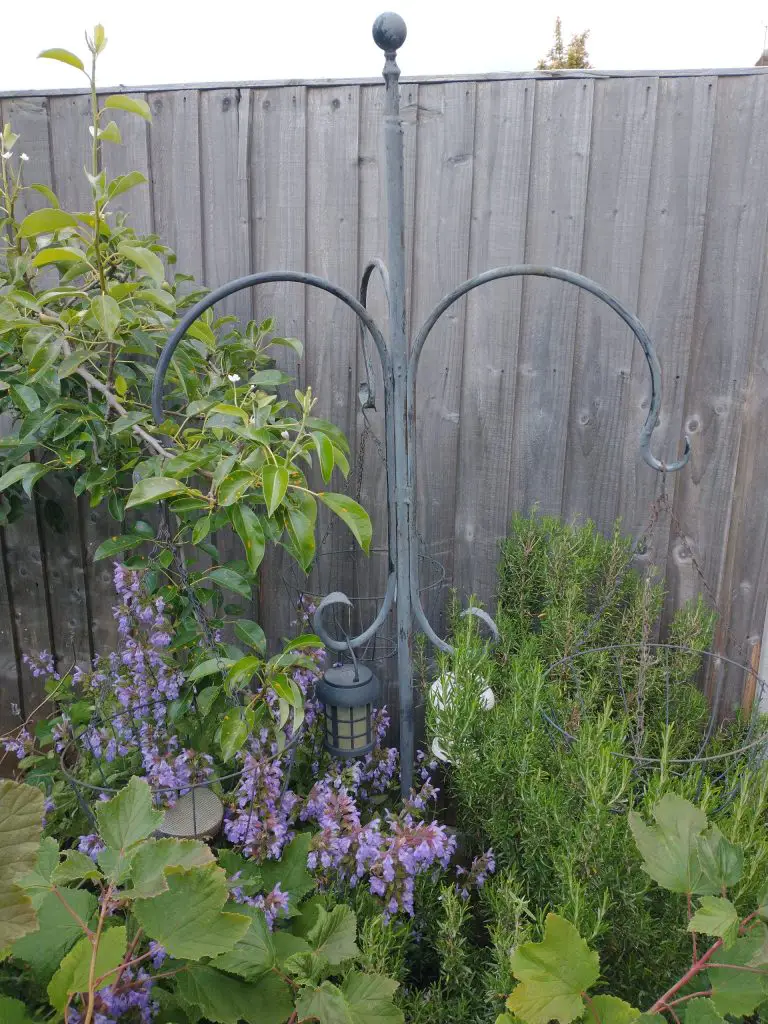
While You’re In The Area
We stayed overnight and visited the National Waterways Museum which offers a fascinating history of British canals and waterways. It’s also close to historic Chester where there are loads of places to visit, and lots of activities including a Roman tour led by a centurion, running tours, cycling tours and, of course, foodie tours.
Unusual UK activity breaks -Become a Big Cat Zookeeper for a Day
Dartmoor Zoo in Devon is famous for being the zoo from the film We Bought A Zoo. The story of the zoo is very interesting, it was bought by a family when it was a wildlife park on the verge of financial collapse with the lives of the animals at risk. The zoo is now a charity with a focus on conservation and research and participates in breeding programmes. We discovered that they offered zookeeper experiences.
Our day was due to start really early, so we had driven down to Devon the night before and stayed at a local hotel. After we arrived we were given a safety briefing and advised not to be too squeamish. Good advice – you come into contact with raw meat that was most definitely formerly part of an animal as well as copious amounts of poo.
We met our keeper, Holly, and volunteer George, who we would be shadowing throughout the day. They had prepared and portioned the meat for all the animals we were to encounter. We were impressed to learn that local farmers donate carcasses of farm animals that have died or been killed which are used to feed the carnivores, which strikes us as being a very sensible approach. Similarly, local supermarkets donate unsold food, some of which can be used to feed the animals. As soon as we were wearing appropriate clothing (old clothes with wellies and gloves), we set about doing the morning rounds to make sure that all the animals were still in their cages and in good health. We had a wheelbarrow full of meat and an empty bucket and shovel for cleaning the enclosures.
Our first stop was the lions. We met two lions, an enormous male, Jasiri, who weighs about 200kg and Josie, a female. They were being kept inside for the day of our visit because the zoo was constructing an enclosure that would allow them to interact with each other. The lions were none too chuffed about being inside but the zoo had left a couple of Christmas trees inside Jasiri’s pen to keep him occupied.

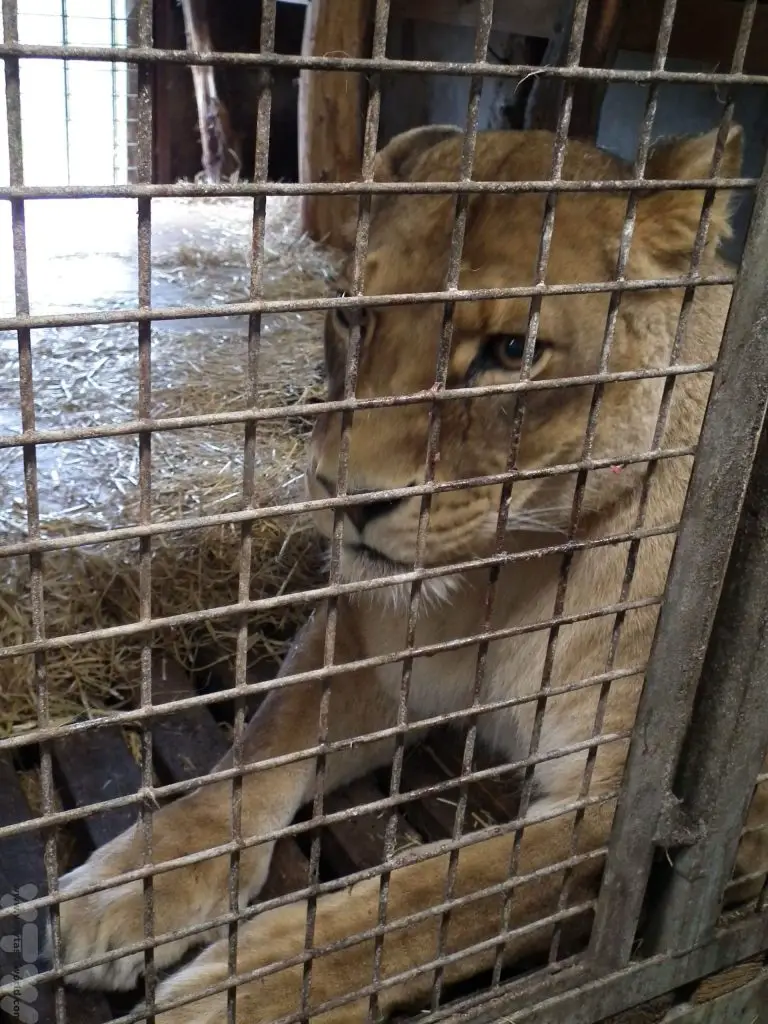
We visited Josie to feed her. She snarled a little, unsurprisingly, and a grumpy lion is a pretty scary thing. But she soon settled after her protest and was happy to wolf down the food presented to her. Sadly Josie passed away some time after our visit due to a medical condition.
Next stop was the jaguar, a four year old male called Chincha who is very curious. He was in gorgeous condition and had the most amazing fur coat. Jaguars have the perfect combination of cat skills – they excel at climbing, jumping, swimming and running.
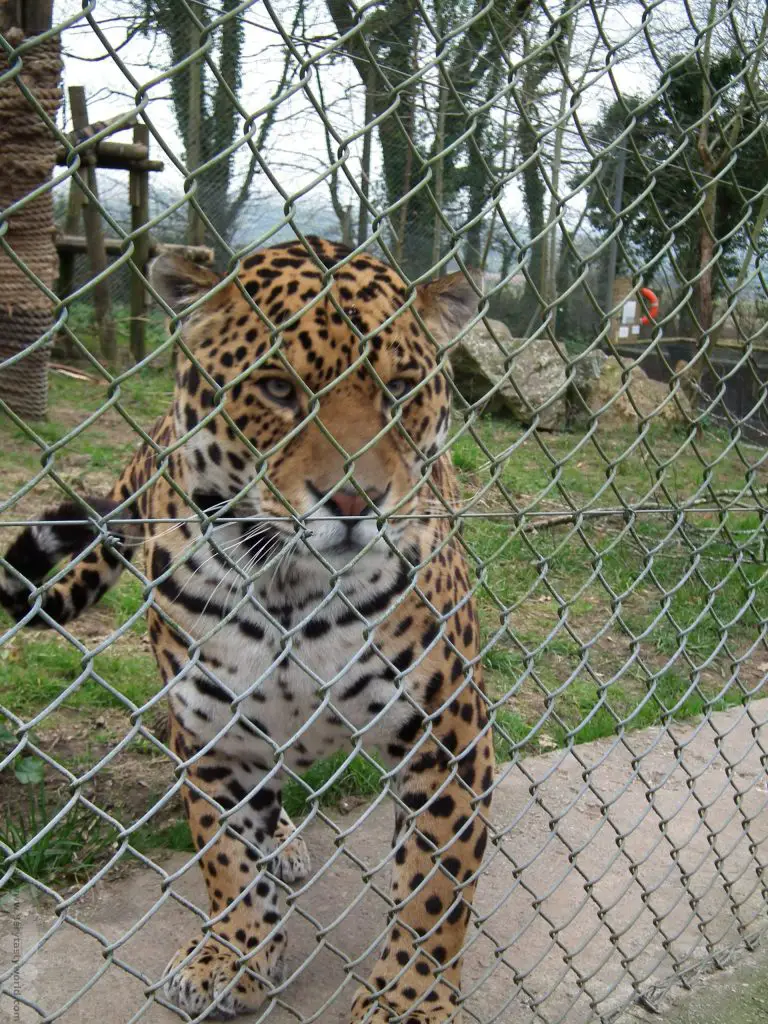
We followed the same feeding/cleaning routine for all the animals we attended. They were lured inside their indoor enclosures using a piece of tasty meat, then locked in using a counter-weighted metal gate system. We were then free to enter the main enclosure. We had to search for stools and discarded bones, which we removed, and then provided some food for each animal. The idea was to present a challenge for them, hiding the meat in various locations so that each animal would have to search for it – something that provided them with a good deal of stimulation.
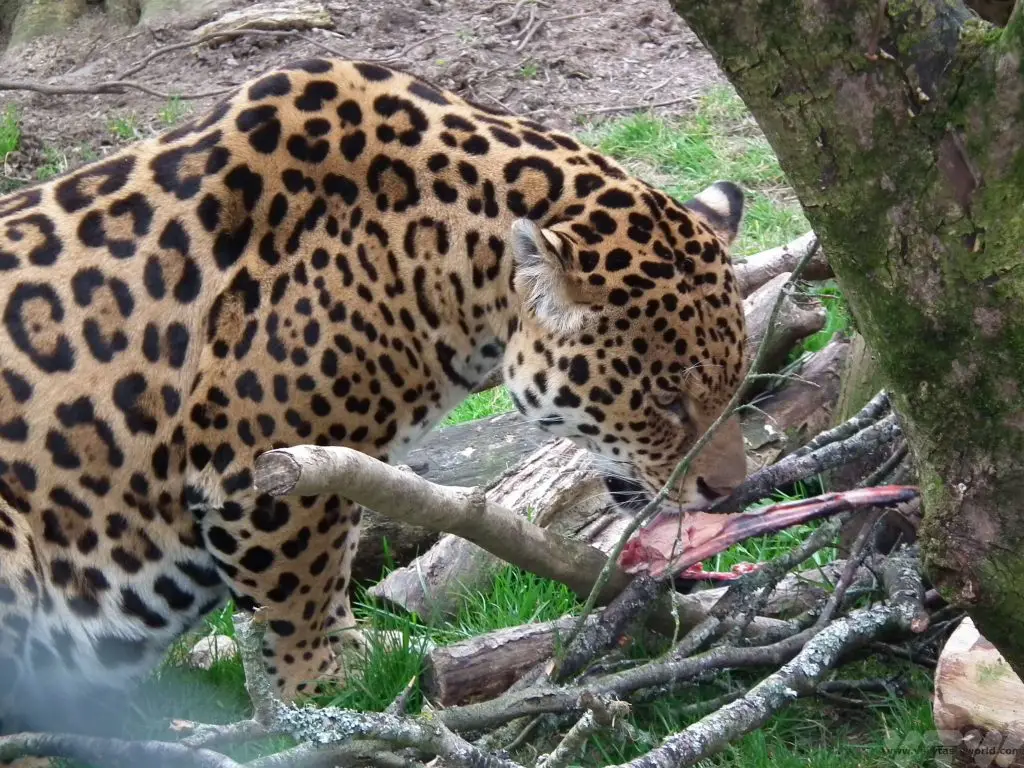
Then it was on to the tigers. Vladimir and Stripe are brother and sister, about 20 years old. They were born at the zoo, hand reared, and the previous owners apparently used to allow them to be petted when they were cubs. They are utterly gorgeous creatures and very sociable. Stripe willingly comes inside and was happy to pose for us. She also rolls around like a kitten.

We were struck by how many mannerisms we see with domestic cats can be seen with the big cats. It was marvellous to be able to get so close to them.

It was our day to feed the tigers as one of the zoo’s attractions. Holly managed to lure both inside, then we went into the enclosure, performed poo duty and set up some food for both tigers. Holly’s plan was to ensure that Vladimir was occupied with the meat that we had located in an obvious place which would enable Stripe to find her meal without her brother dominating her. Vladimir would be released first and hopefully spot the easy pickings then Stripe would find the meat that we had hung on a chain for her to enjoy. The plan worked perfectly.
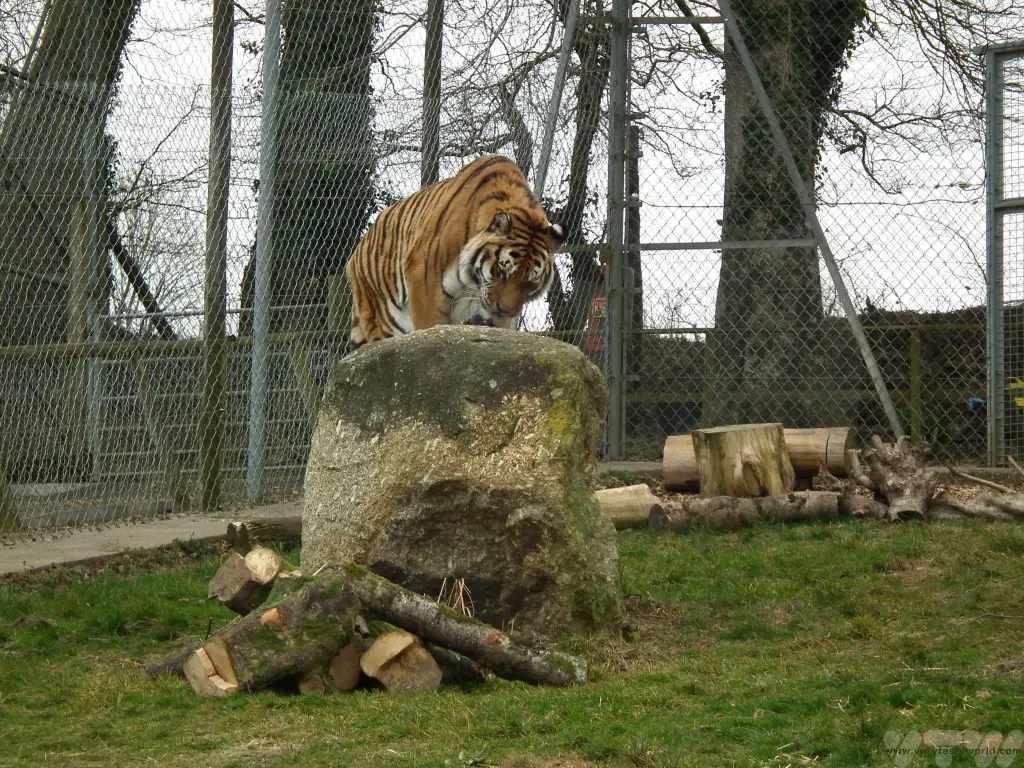
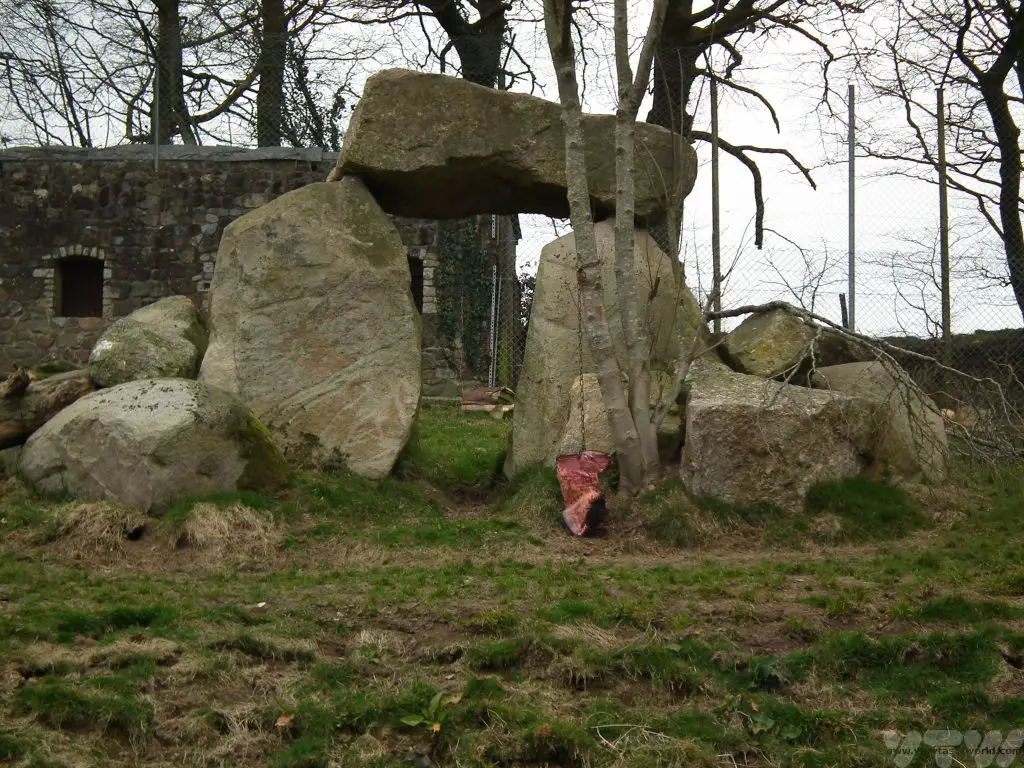
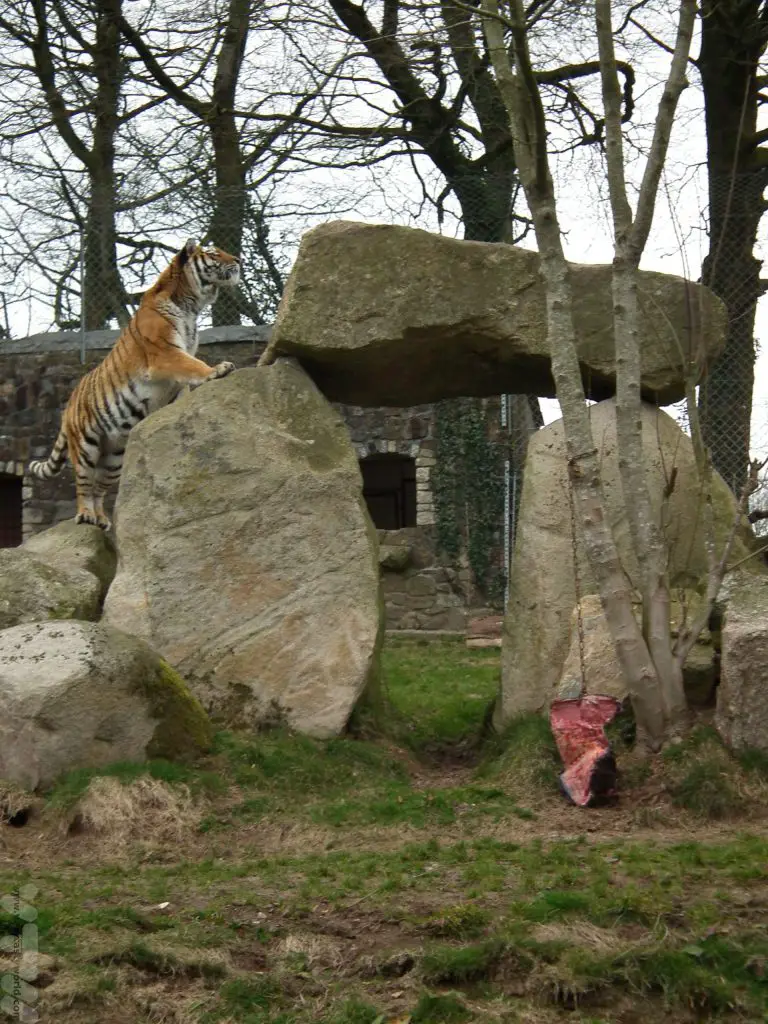
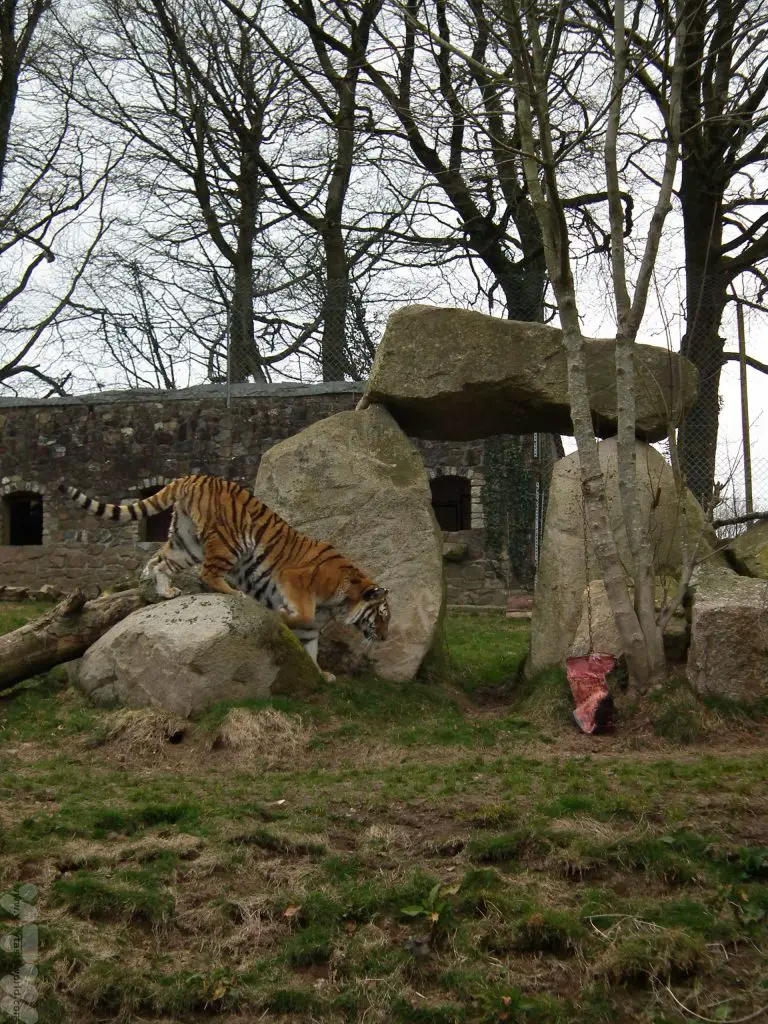
And finally it was the turn of Sita the Cheetah. Sita is a grand old lady, over 20 years, an incredible age for her species. She clearly looks her age, but we were impressed at how the staff monitor her health. However, despite her advanced years she is… a cat. And a princess at that. We followed the usual routine of enticing her indoors and Holly called her into her indoor enclosure. Despite knowing the drill, she wasn’t ready to eat and certainly wasn’t going to do anything she didn’t want to.
Any cat owner will recognise this look:

Holly said that feeding usually happens on ‘Sita time’ and she adjusts her schedule to accommodate the cheetah. Eventually Sita made her way into the indoor room, was given meat and medicine (she takes it straight from a syringe) and, once locked in, we went inside the enclosure to do final cleaning duty. We didn’t hide the food for Sita, but simply left it right outside the door for her.
We were so impressed by the zoo – particularly by the animals’ good condition. Apart from Sita, who is very old, their fur is amazingly glossy, they are clearly in good health and also seemed to be happy. We drove back home to be greeted by our little cat… and a litter tray that needed to be emptied.
It’s actually quite hard work and there’s a lot of poo involved but getting up close and personal with the magnificent cats at Dartmoor Zoo was a wonderful experience. Bear in mind that the zoo often has 2 for 1 offers, so keep an eye out on the website.
While You’re In The Area
The zoo is located in beautiful Devon, close to Plymouth, where there are loads of attractions – from a National Aquarium to The Box, a cultural centre. The coastlines of Devon and Cornwall are renowned for their beauty and the zoo is right on the doorstep of the Dartmoor National Park – so it’s definitely worth extending your trip if possible.
Learn to Play the Japanese Taiko Drum
Japanese Taiko are traditional drums often used at festivals in Japan. There are a number of taiko ensemble groups, notably in Japan, which engage in exciting and energetic performances using a variety of drums. Mugen Kyo – the name means ‘limitless reverberation’ – are a UK based drumming troupe that have been established for over 25 years. The founders trained in Japan and set up a dojo not far from Glasgow. They run courses and workshops and also perform, touring the UK regularly. They have even toured in Japan and were invited to participate in a Taiko festival there – the first Europeans ever to participate.
The group happened to be touring a couple of weeks before our course, so we went along to see them perform. They were terrific – energetic, dynamic, exciting. You can check out their Video Gallery – Mugen Taiko.
One of our unusual UK activity breaks was to undertake a course with Mugen Kyo. It began on a Saturday morning. The instructors introduced themselves – we were to be taught by the founders as well as two additional professional members of the group. The dojo had nine drums so we paired up and took it in turns to play. This was a really good system – the course was very intense so it was great to have a break from actual drumming to rest legs (not arms) and learn the pieces while the other group practised.
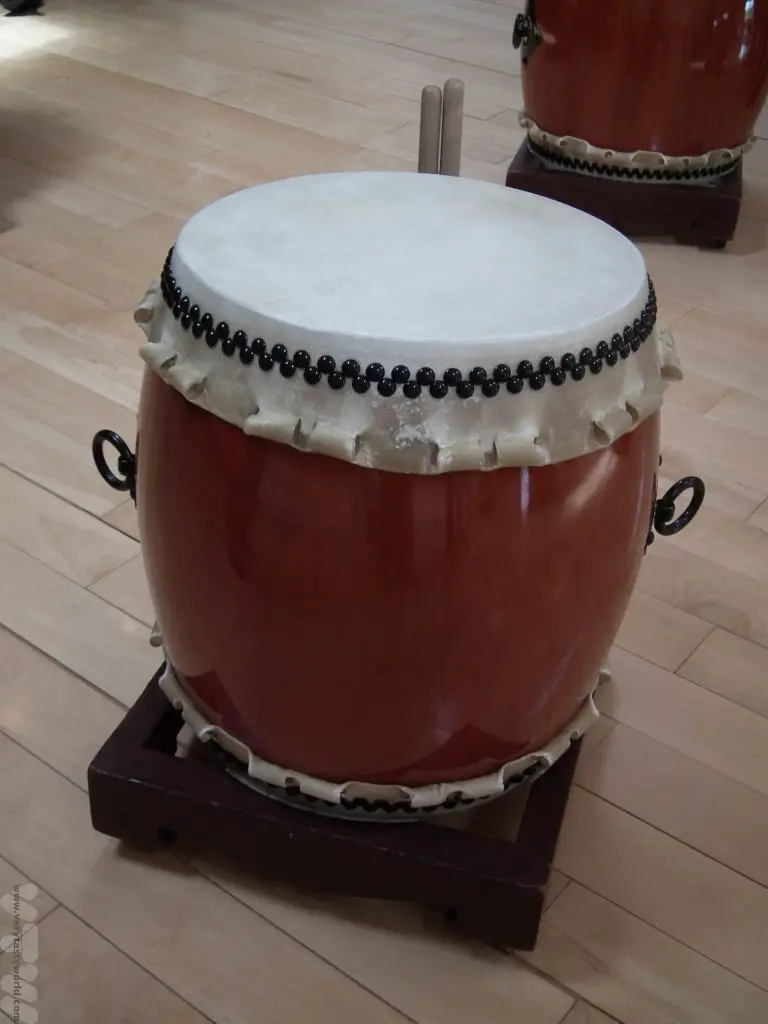
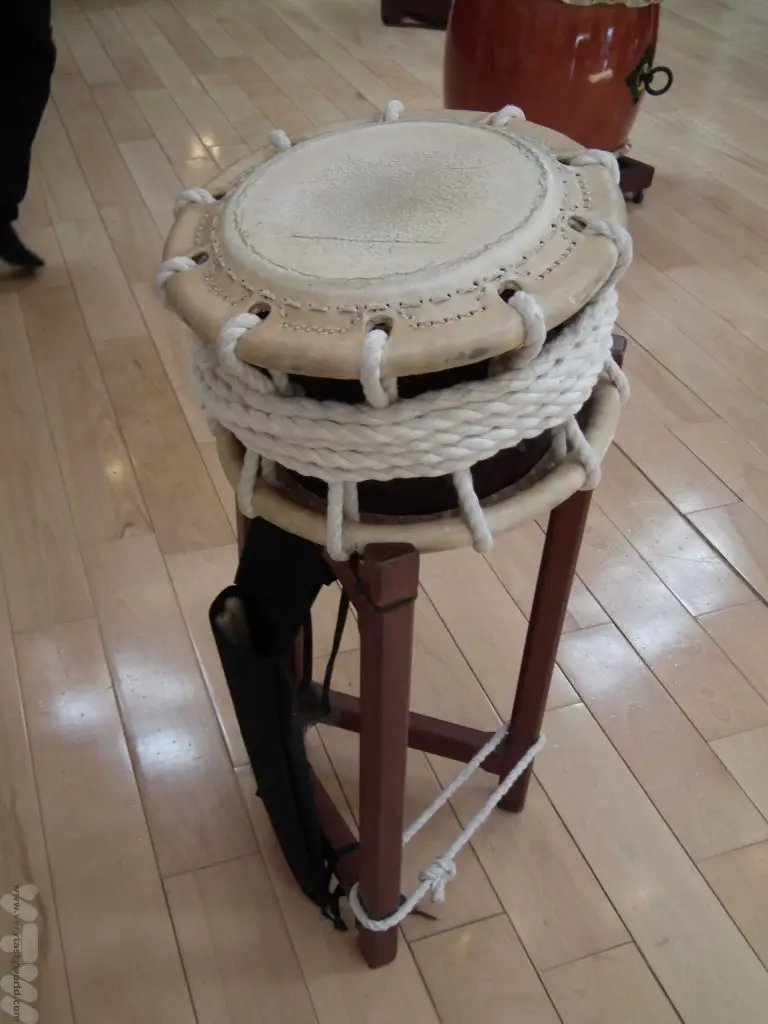
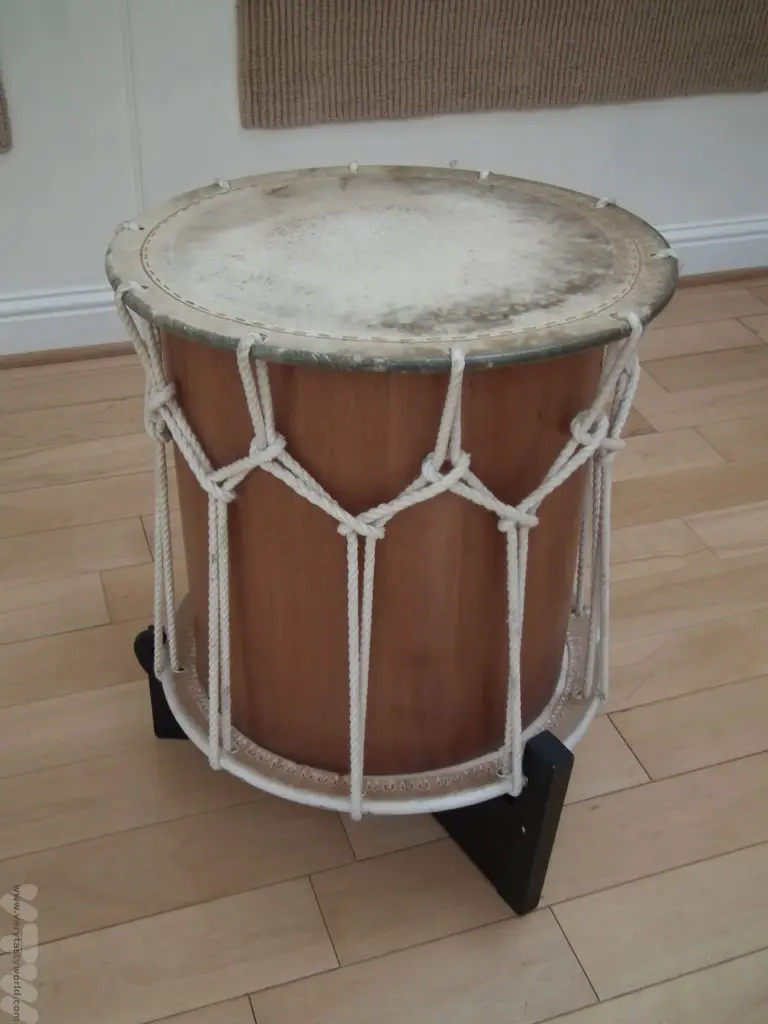
We found many similarities with martial arts: getting into a strong stance, letting gravity do most of the work hitting the drum but maintaining control as the bachi (stick) hits the hara (centre of the drumskin). We learned breathing techniques and the principles of channelling ‘ki’ (energy). And lots of random shouting to encourage your team rather than scare your opponent. We were taught to play as a group. You learn the rhythms by chanting, then chant whilst practicing the hand movements with your bachi in the air. We counted in using: “One, two, so, re” – on ‘re’ raise your hands dramatically to begin drumming.
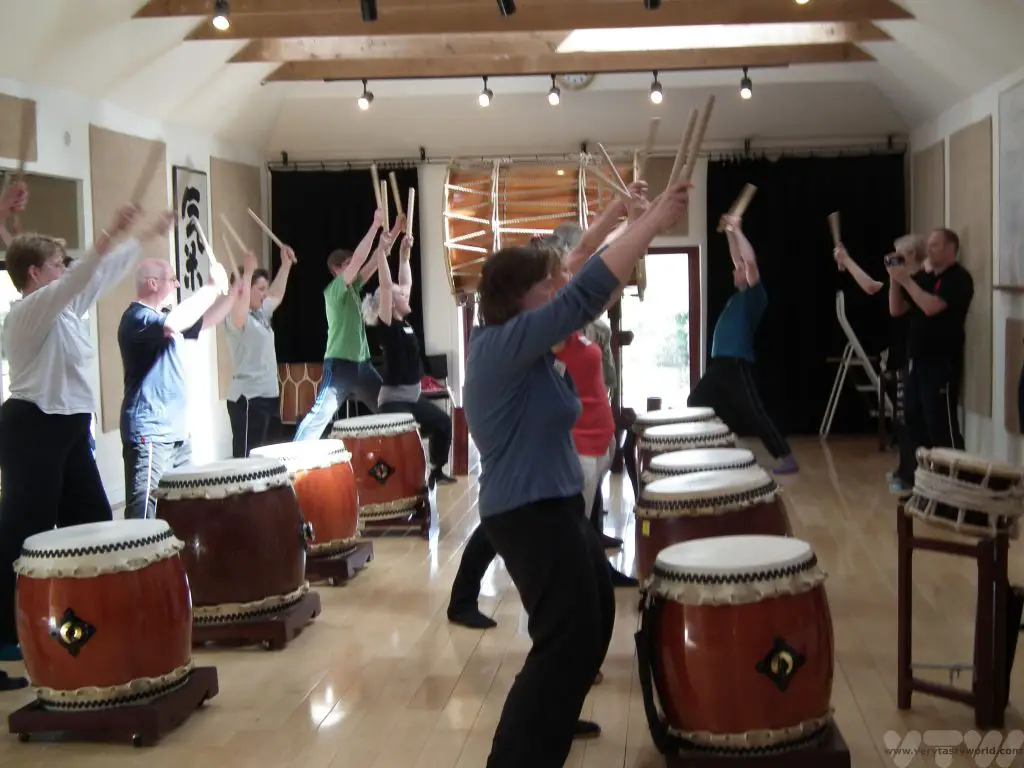
We learned about the Ji-uchi or base rhythms: Gobu-Gobu (doko doko): 5 – 5, Mitsu-uchi (don doko); three hits and Shichi-san (donko donko): 7 –3. These were played for us by the pros so that we could keep time.
We played three pieces: Kamitsuki Kiyari Daiko (Miyake) and Chichibu Yatai Bayashi, which is traditionally played at matsuri (festivals) in Japan, where the drummers are located inside huge floats and these are carried through the streets. The drum is positioned at a 45 degree angle, you sit with it between your legs, lean back and drum away.
Don Ka Ki Daiko was played as a group with a line-up of five drums at the front and four at the back. The first brave soul did a solo of the first two lines, then on “Ha!” jumped to the next drum and the next in line jumped in. This was repeated until all nine drummers had completed their line. Two drummers were on the O-daiko (the really big drum) and joined in for the next part of the piece. Playing the O-daiko was a brilliant experience – it has such a deep, resonant sound. It’s hard work though.
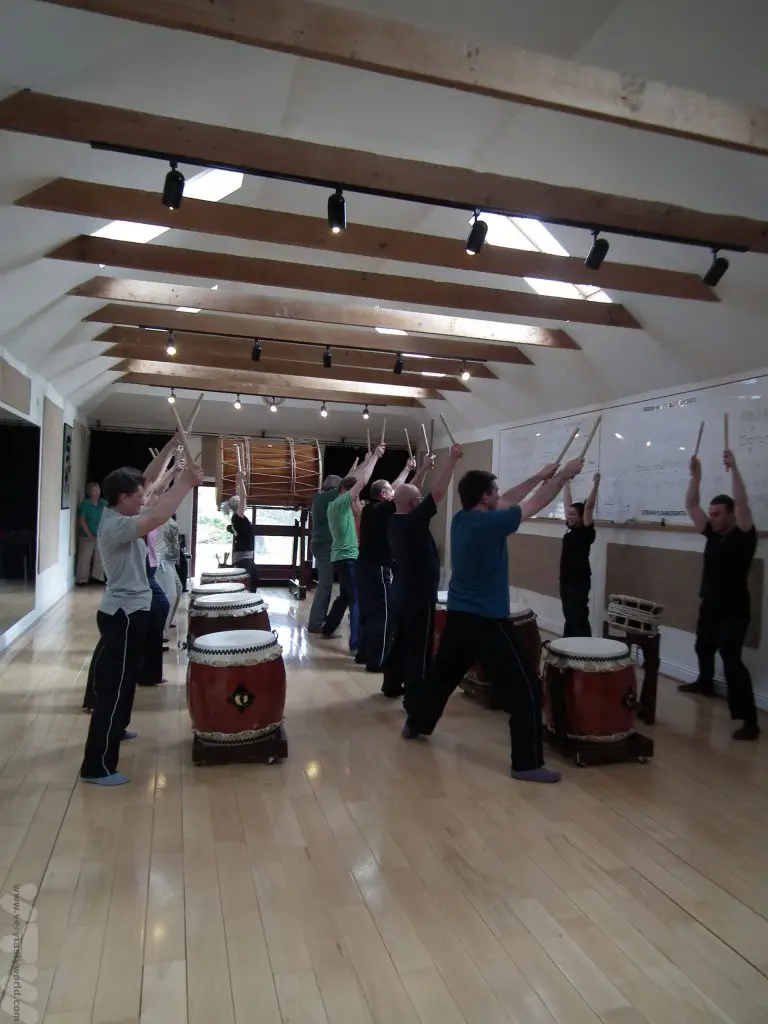
The Mugenkyo dojo is open for bookings, you can check the dates here.
While You’re In The Area
We actually did a road trip travelling up to the dojo over several days, travelling along the northeast coast of England, before hopping across to Scotland. This included visiting Whitby…
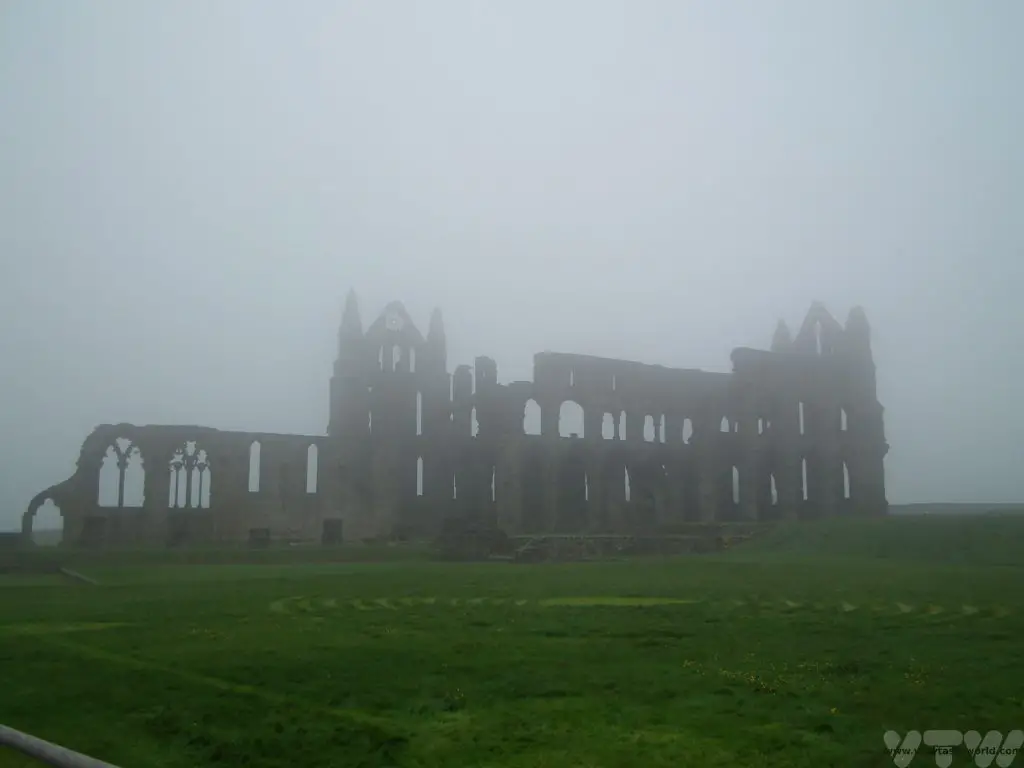
…Lindisfarne…
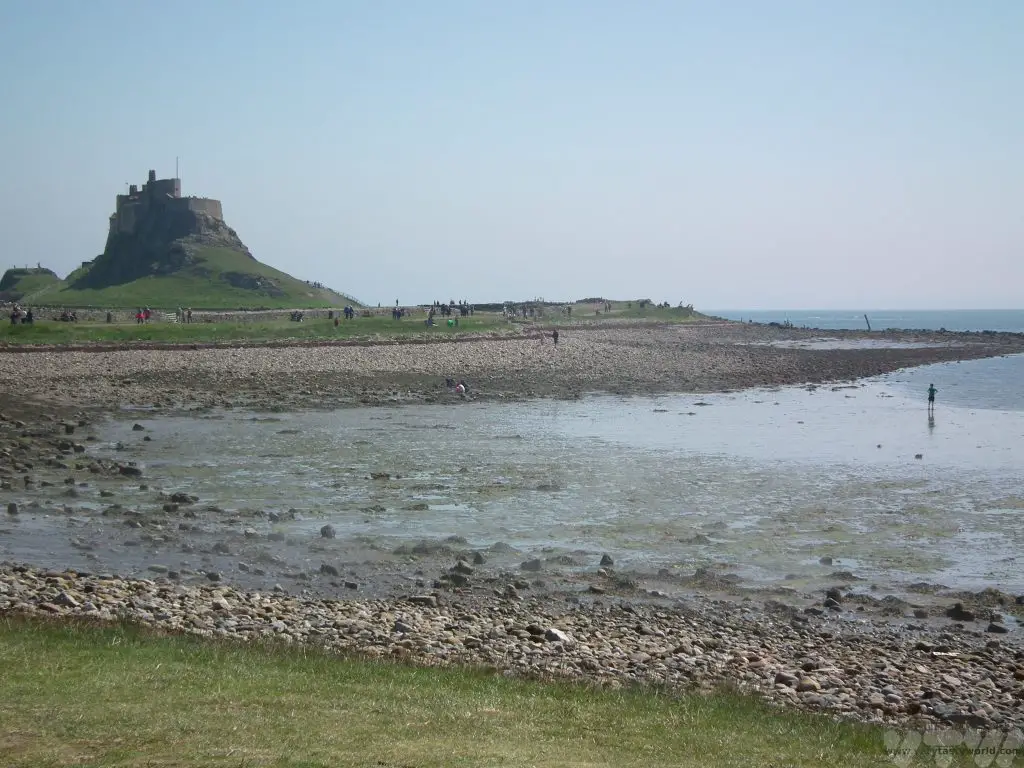

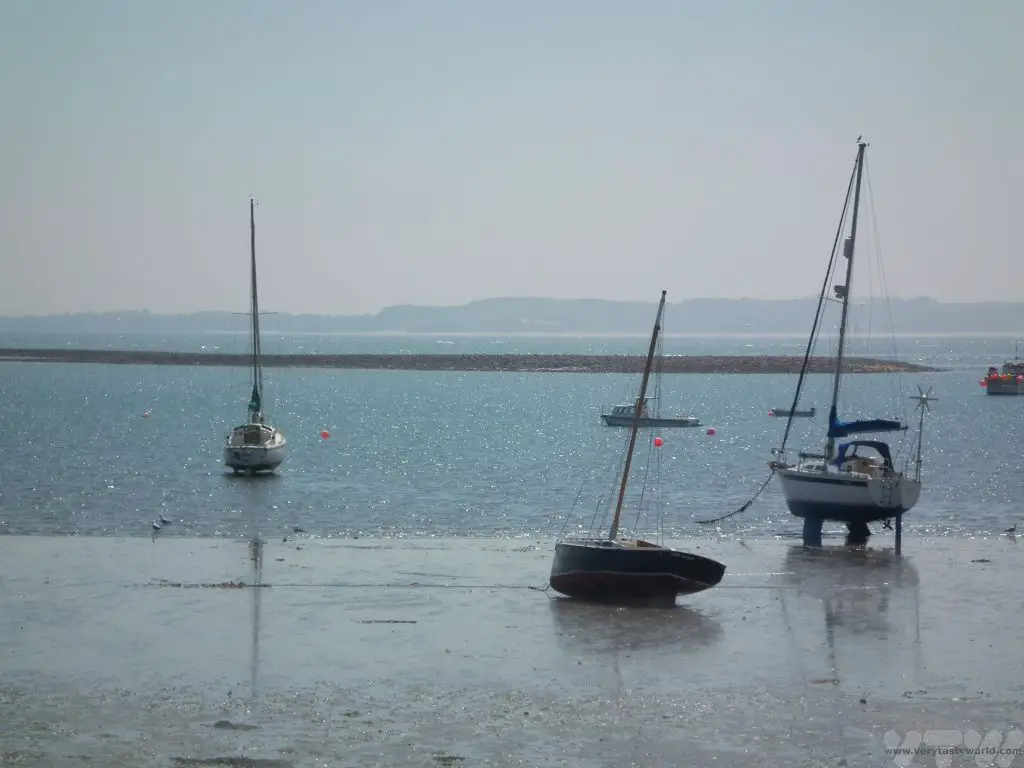
…Bamburgh Castle..
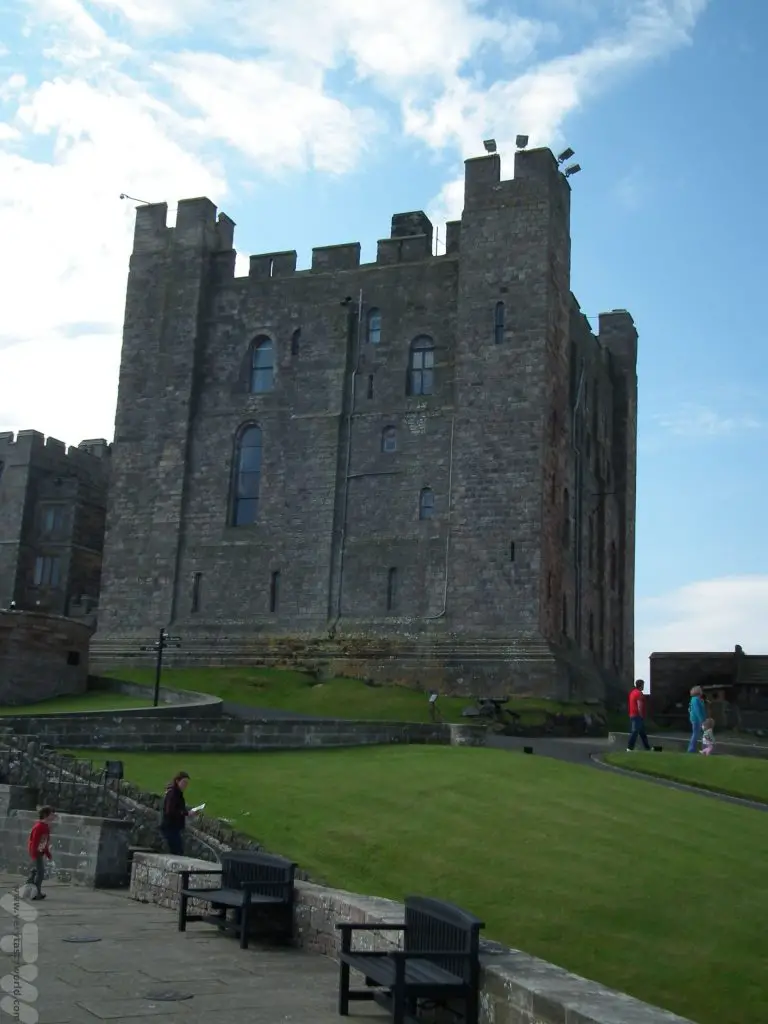
…and Berwick upon Tweed.
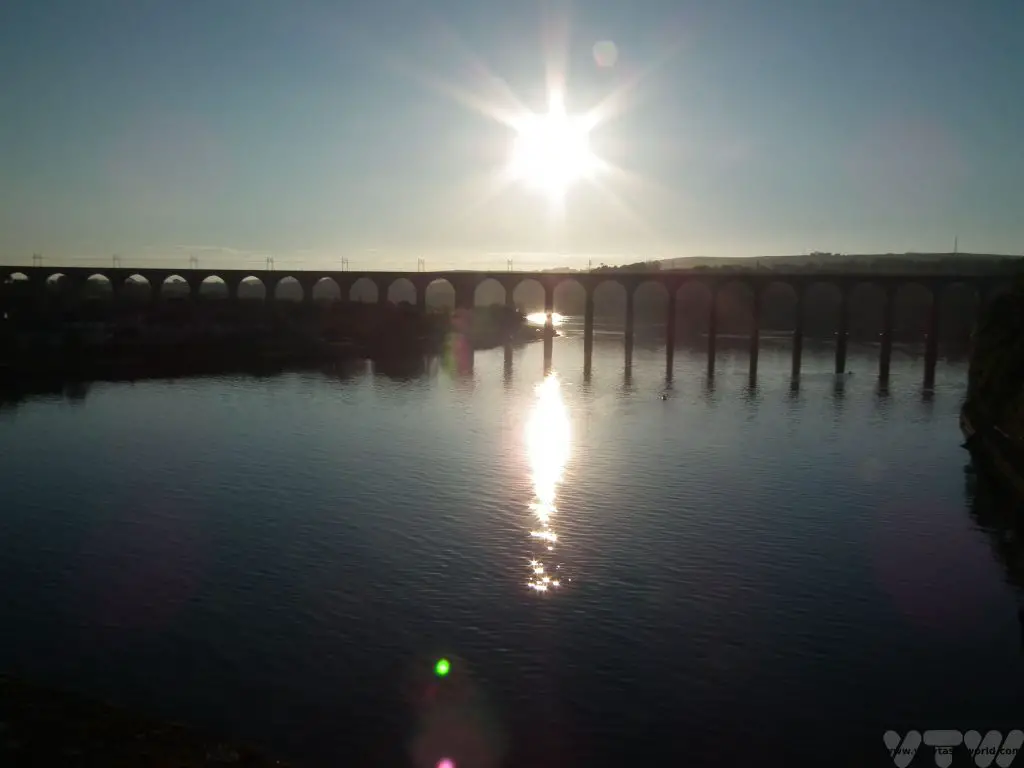
We attended all these experiences at our own expense and can wholeheartedly recommend them all.
Related Posts You May Enjoy

Travel Blogging Before the Internet: A Trip to the USA
While sorting through our loft room recently, we came across a number of holiday souvenirs from our childhoods. It seems as though travel blogging was in our stars. In the olden days (as our goddaughter likes to say), you know, when we had three TV channels, used rotary dial telephones and the concept of the world wide web lay in the realms of science fiction, we had scrapbooks, postcards, felt-tipped pens and glue. A very lucky little girl went to America for the first time in 1979. Little did she know then that the trip of a lifetime would become a lifetime of trips.
So, without further ado (with a very brief aside to offer apologies to the goat), please find Mitch’s very first travel pre-blog blog:

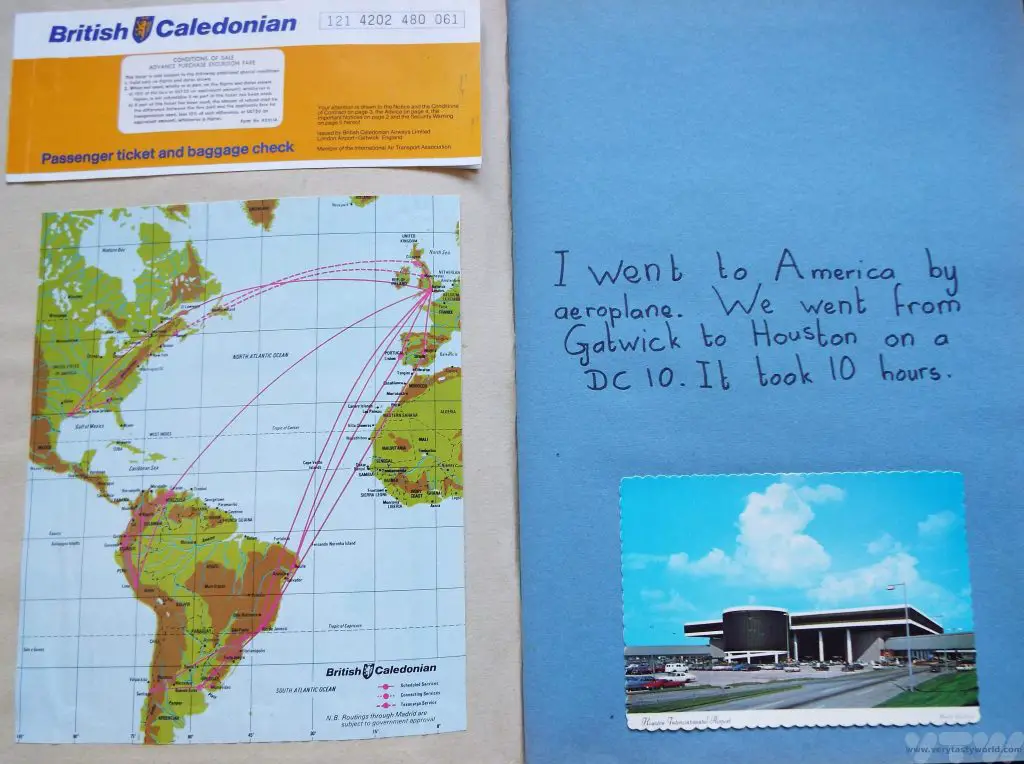
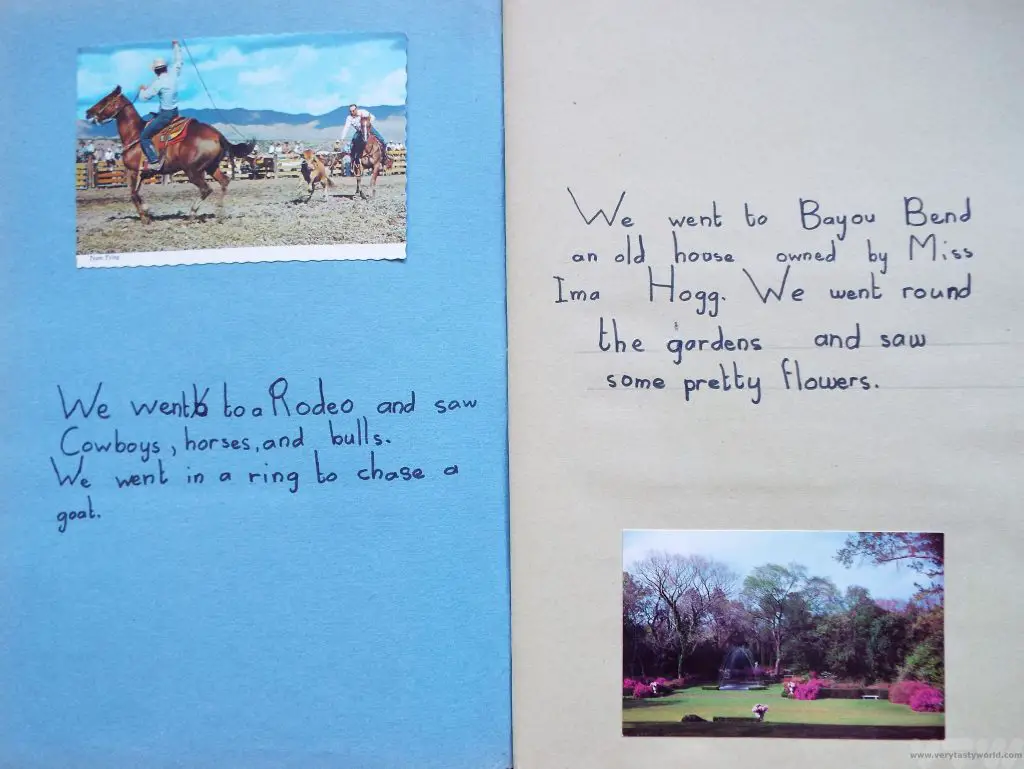
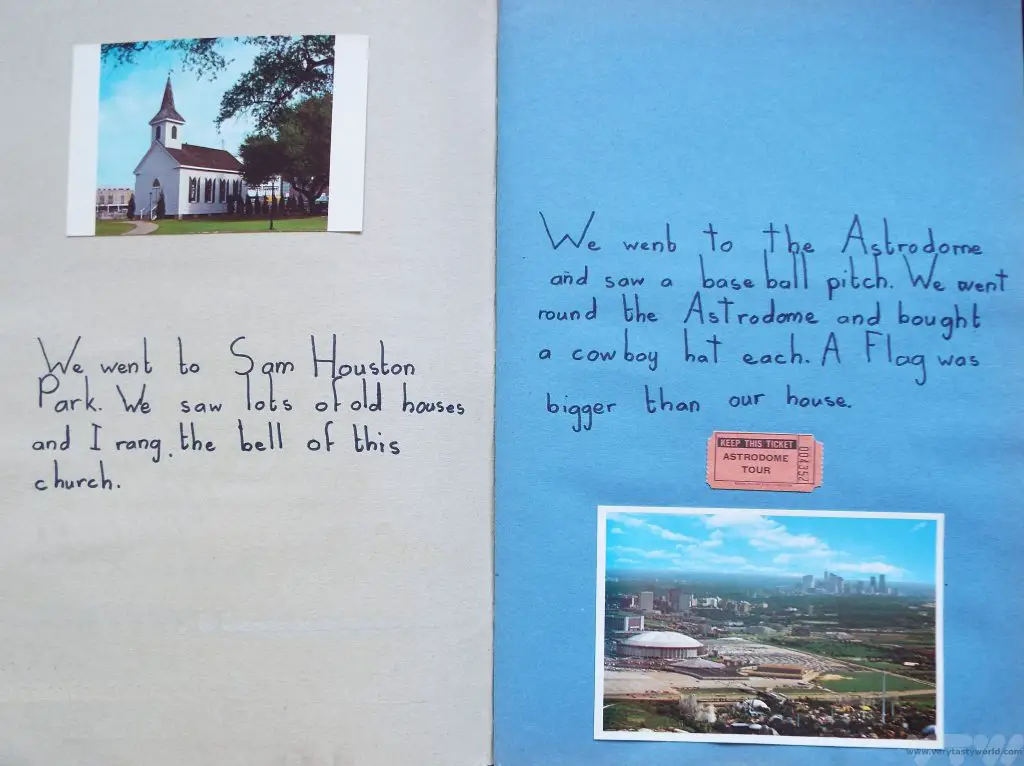
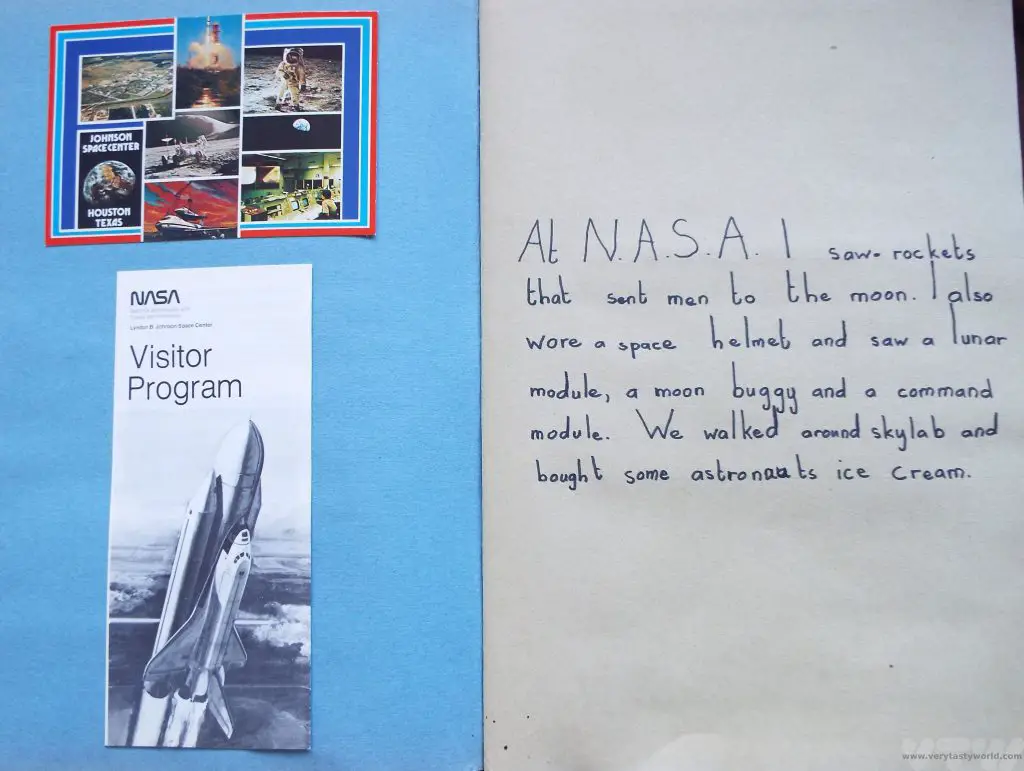

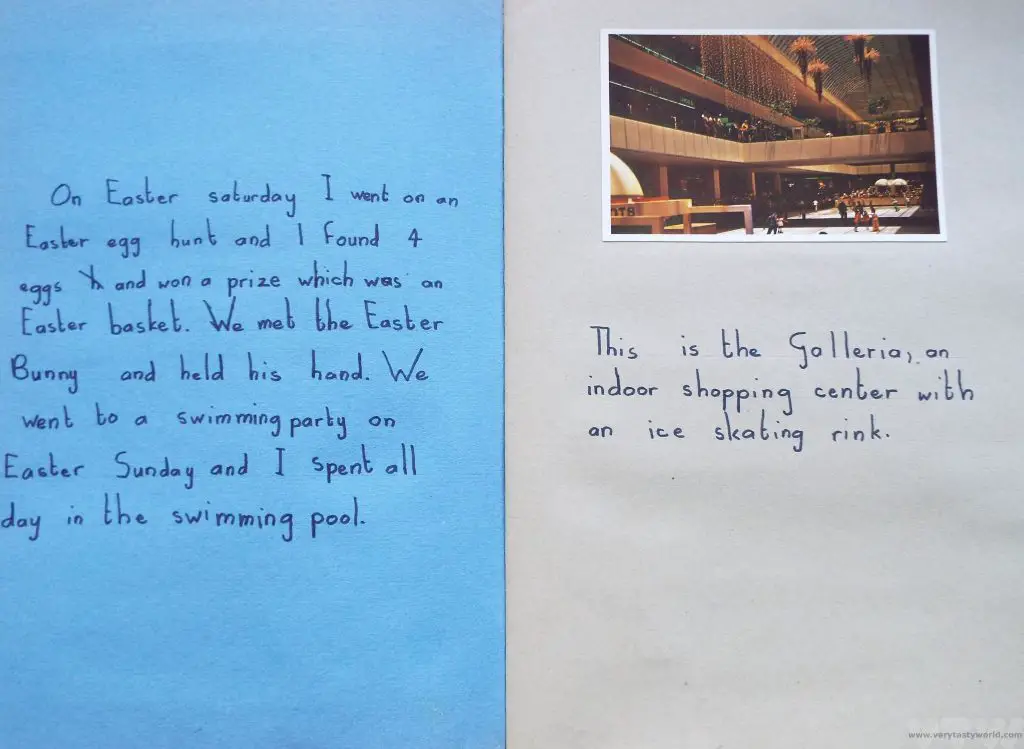
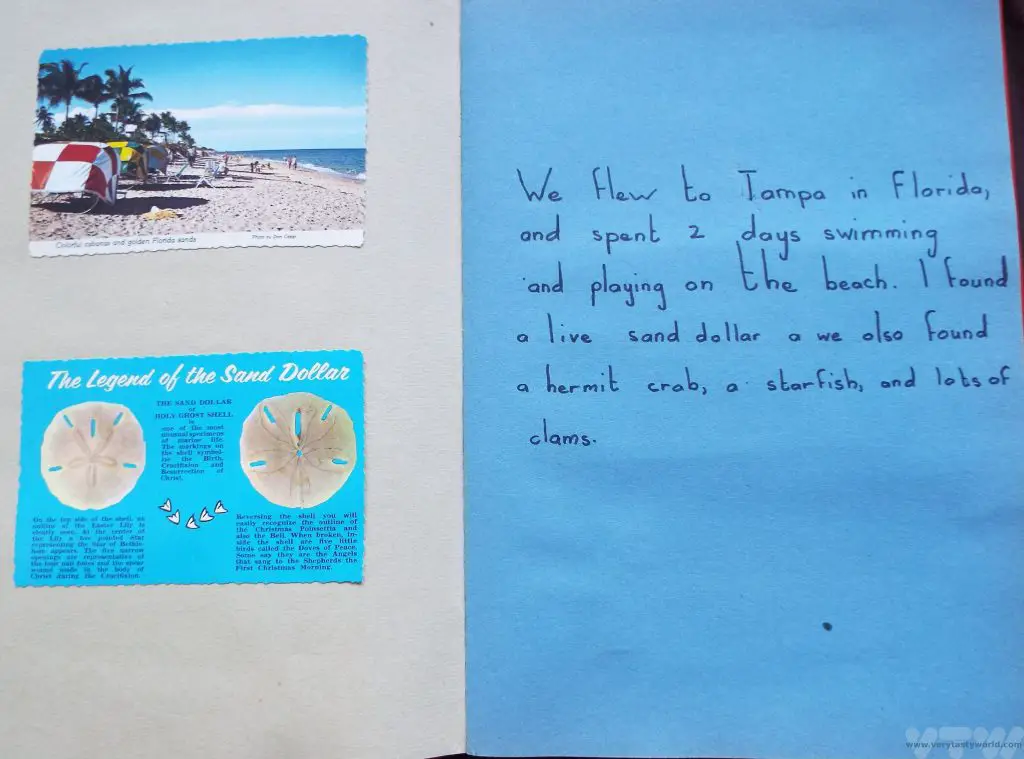
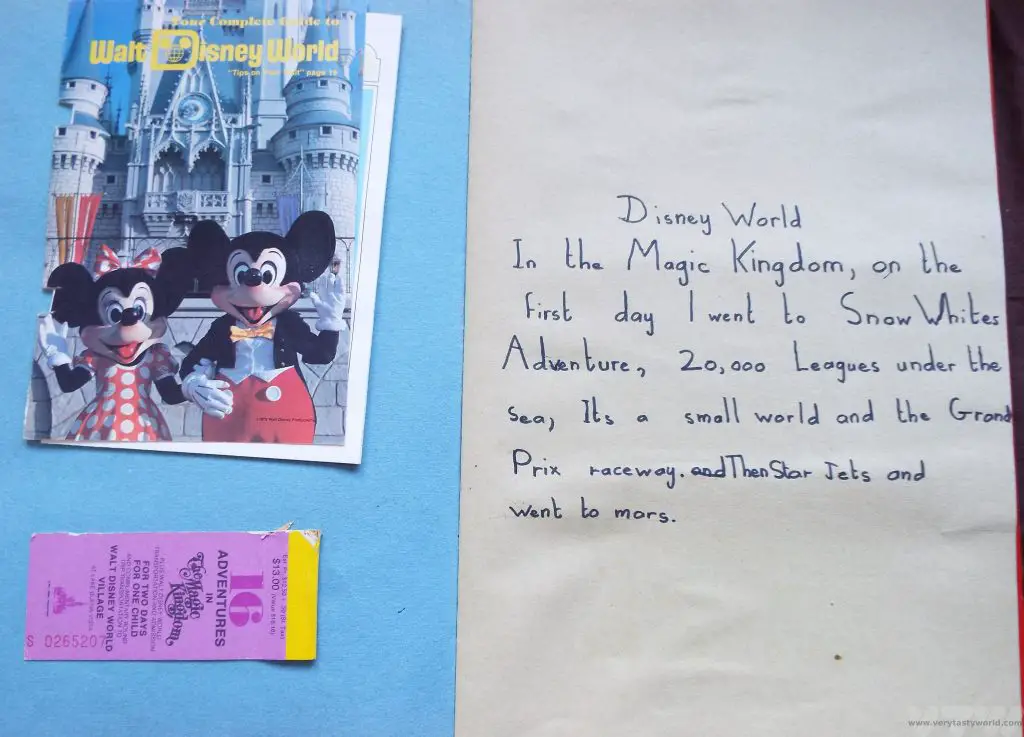
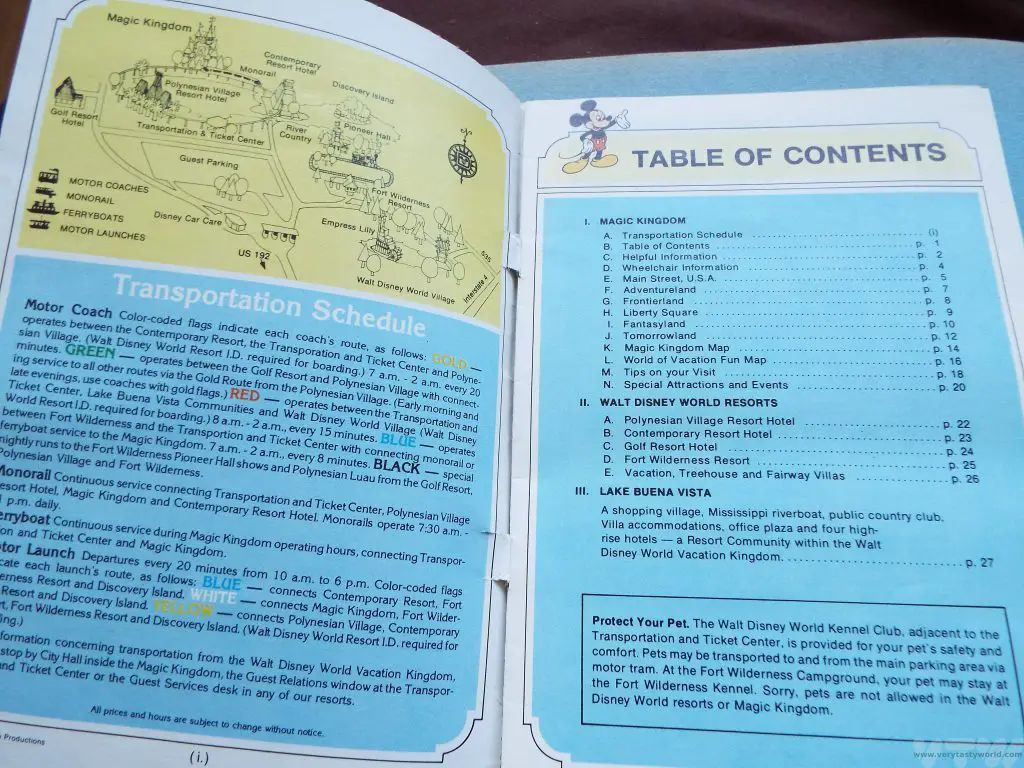
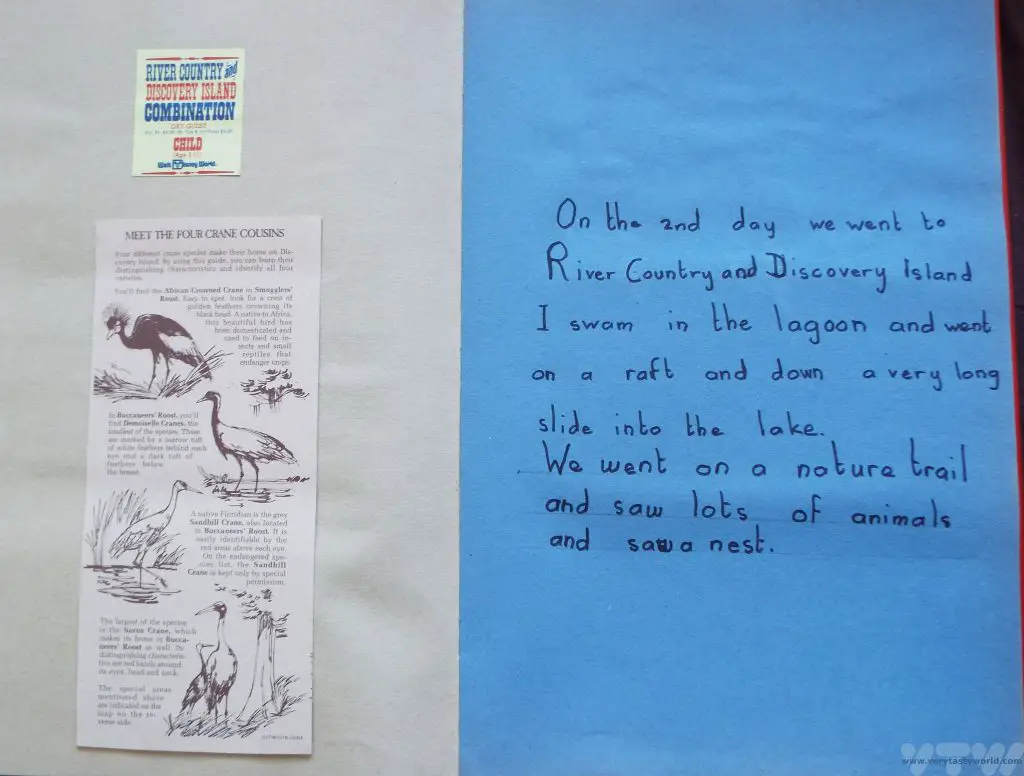
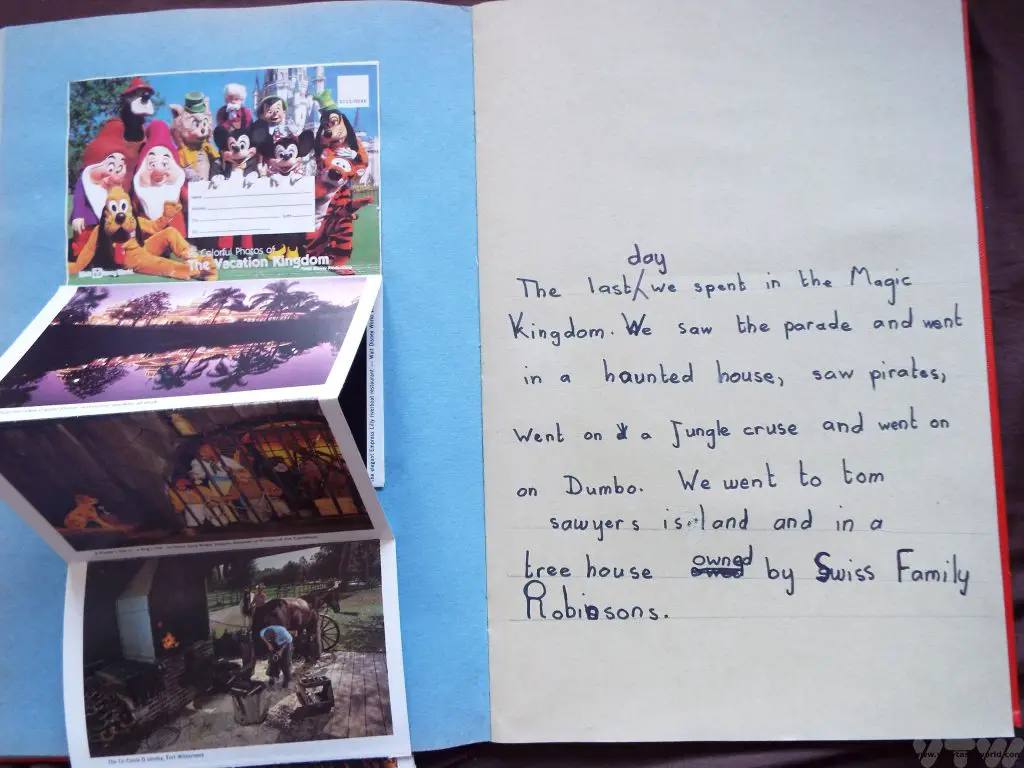
Over forty years later, we still keep ticket stubs and brochures as souvenirs. They are slowly filling up our house…

- Best Time To Visit Machu Picchu 2024 Update
- A 2 Week Patagonia Itinerary
- Day of the Dead in Campeche
- A Galapagos Land Based Itinerary
- RECIPE: How to Make Costa Rica’s Gallo Pinto
- A Tasty Puebla Food Tour
- Costa Rica Wildlife Sanctuary – Caño Negro
- Visit Torres del Paine National Park in Patagonia
- Atacama Desert Itinerary
Kumarakom Houseboats on the Kerala Backwaters
Kerala, the state in South-west India, is one of the most popular tourist destinations in the country. Blessed with gorgeous landscapes, beaches and hill stations, it also has a rich cultural heritage and an amazing food scene, and it is easy to understand why the local people have named it ‘God’s Own Country’. One of the most pleasurable ways to explore the area is on Kumarakom Houseboats, known locally as a kettuvallam on Kerala’s backwaters. These enormous boats, some of which can be multi-storey, were originally used to transport rice and spices to the port of Cochin, the regional capital.
The backwaters of Kerala are a network of channels, rivers and lagoons that are located just inland from and running parallel to the Arabian Sea. Some of the lakes are connected naturally by rivers or by canals that have been constructed for that purpose. The water is brackish – freshwater meets the salty brine of the sea – and this gives the backwaters a very particular ecosystem.
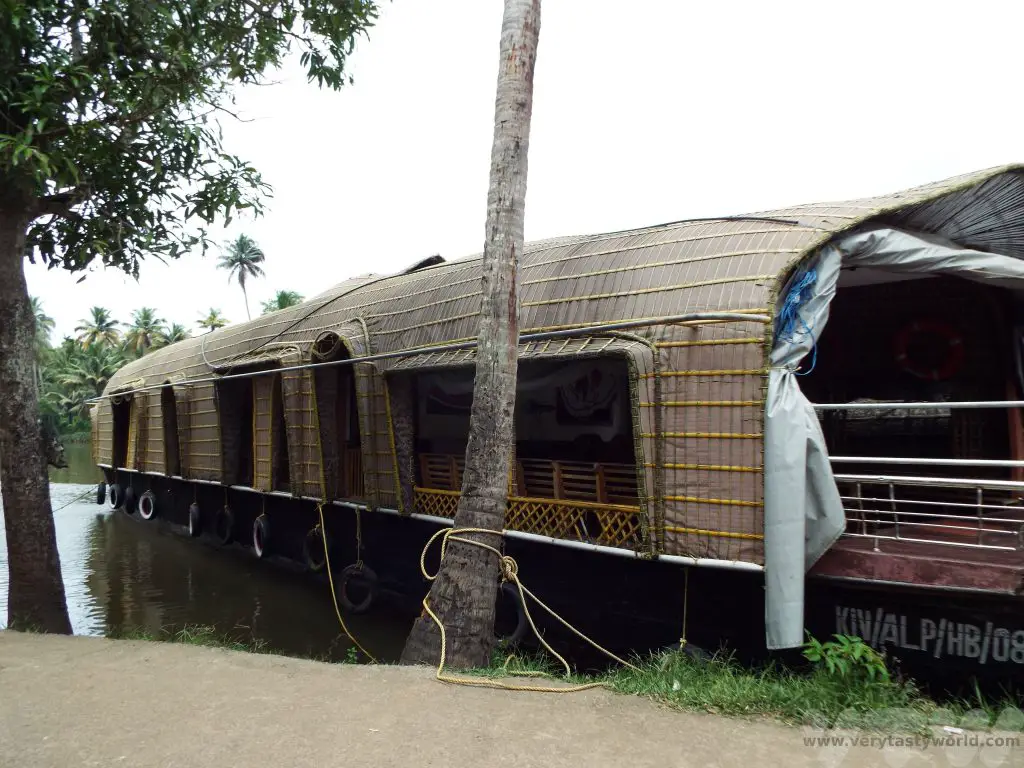
The boats have wooden hulls and a thatched roof. ‘Kettu’ means ‘tied’ and ‘vallam’ is a boat. These boats are constructed from long planks of wood tied with knots of coir and then coated in a resin derived from cashew nut kernels. No nails are used at any stage.
Hiring One Of The Kumarakom Houseboats
Although they were originally designed to be cargo ships they have been adapted for tourism and converted to proper houseboats complete with a living area, kitchen, bedrooms and bathrooms. The boats are available for hire for tourists to reside on, or they can be hired for a few hours at a time. It’s worth noting that boat hire isn’t cheap, especially compared with other prices in the region, but if you can afford it, it is definitely an experience worth undertaking.
Many houseboats are booked months in advance during the busy season and will follow a tour through the backwaters. If you aren’t visiting in the high season you might get lucky and find a boat that’s available to hire. We had been travelling down from Thekkady, arriving at Kumarakom at around 1pm. We managed to find a houseboat that was willing to take us on a four hour boat trip on the local lake and this price included lunch. The prices are for the hire of the boat and crew (normally a couple of people) so if you have a larger party the cost per person naturally reduces. You may find that if the boat is still available and hasn’t already found customers, it may be possible to negotiate a price.
A Tour Of The Houseboat
The thing that is most striking about the houseboats is how spacious they are.
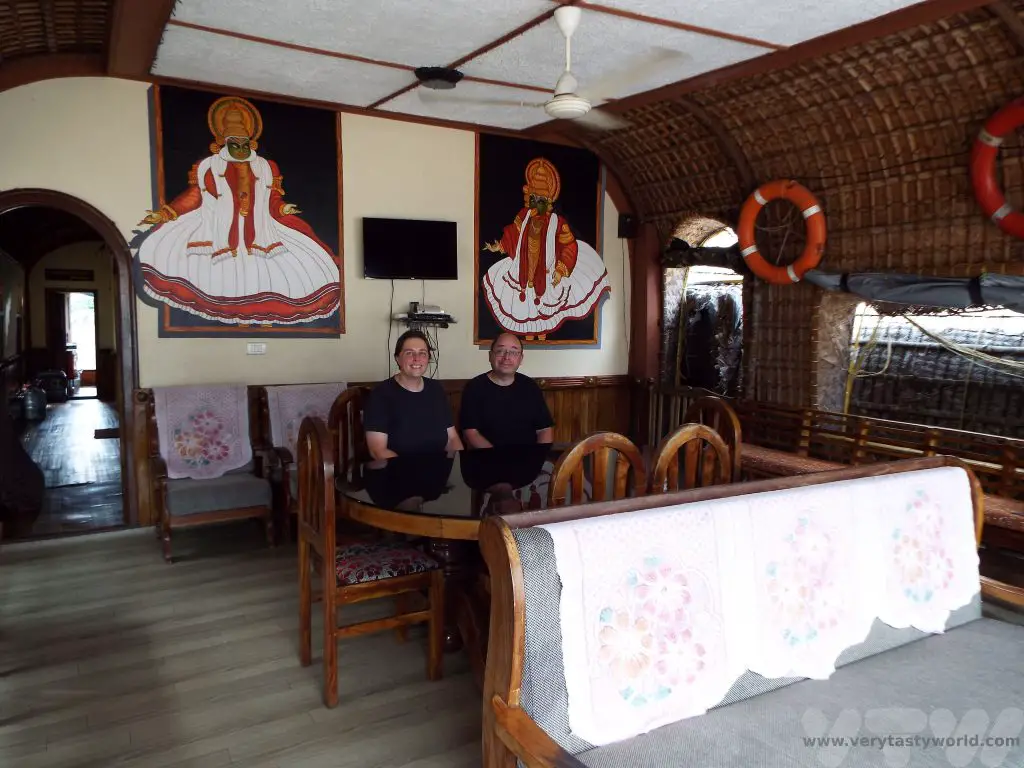
The living/dining area at the front has room for a dining table and plenty of seating space
The houseboat is steered from the front.
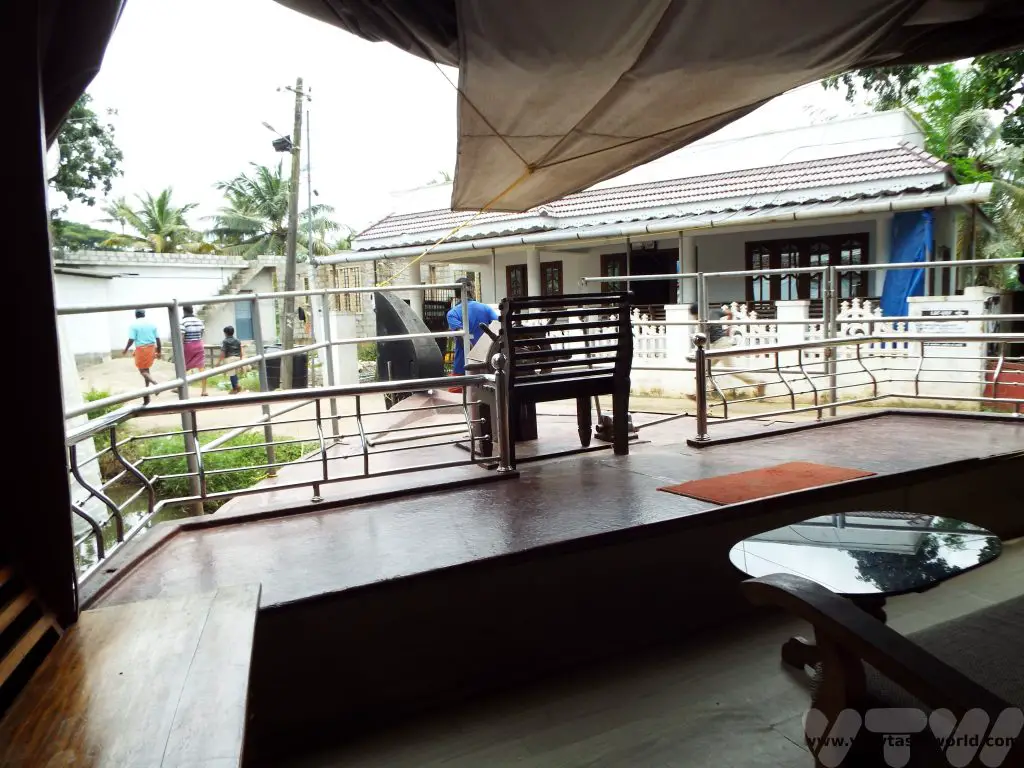
Then there is a long corridor from which there are large double bedrooms. Each bedroom has its own en-suite bathroom.
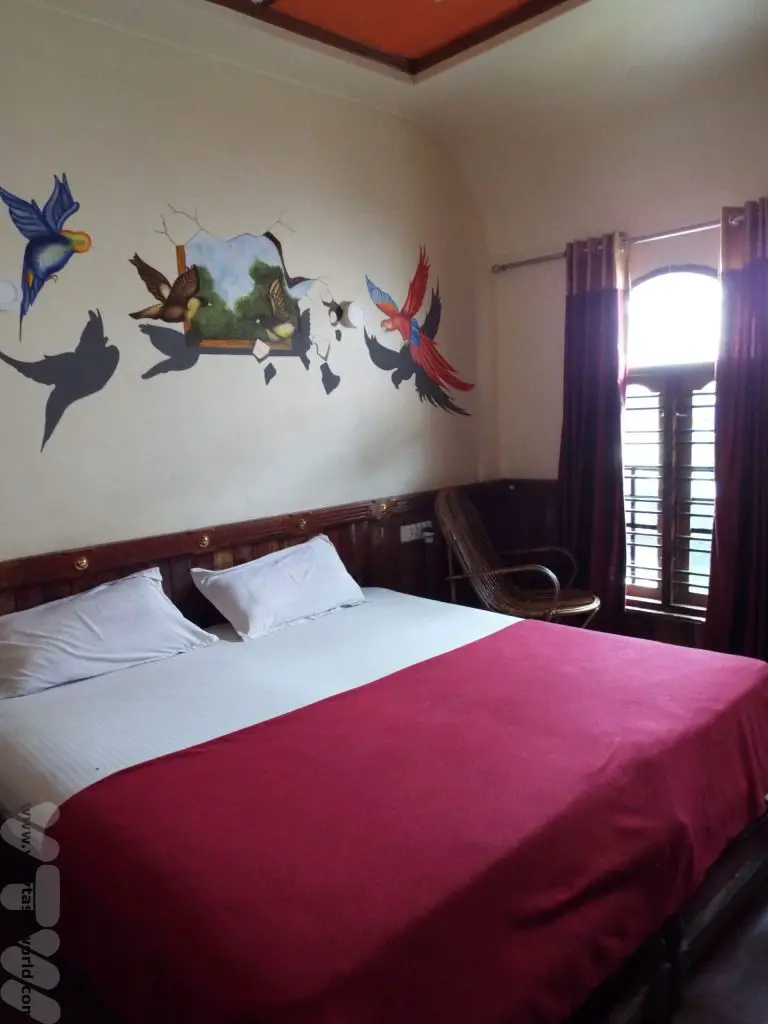
As with all areas in South India where food is served, there is a hand-washing area in the corridor.
Finally, the kitchen is located at the rear of the boat. Again, it is very spacious and has plenty of cooking facilities and storage space. Gas is provided by portable cannisters.
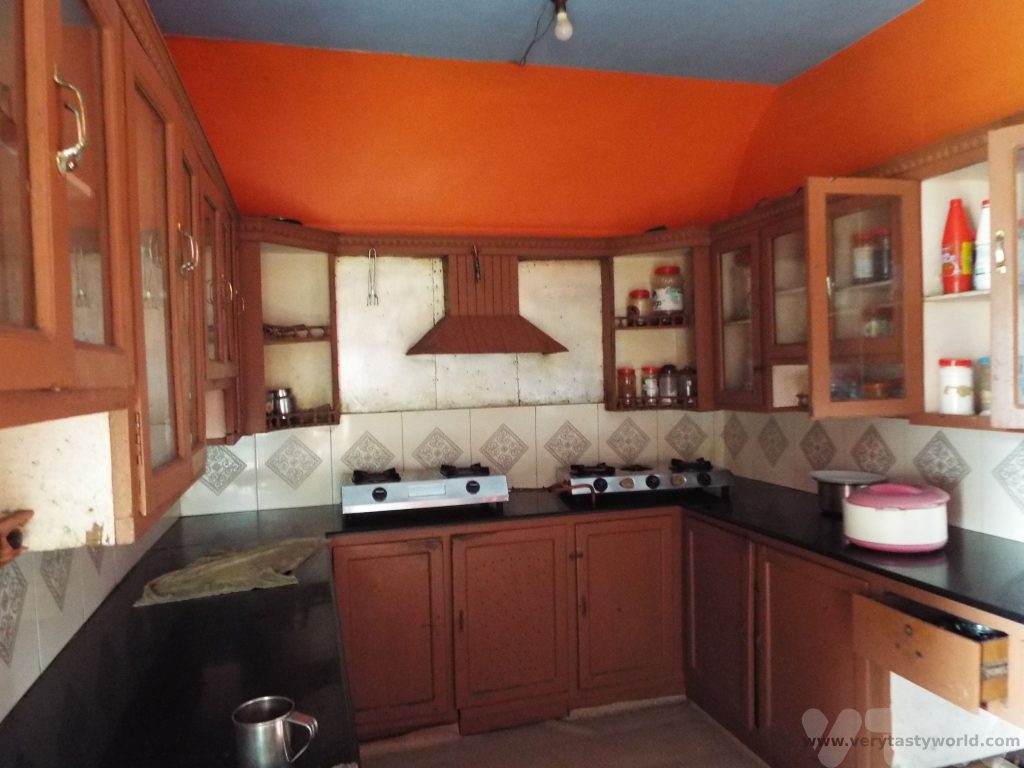
Lunch was already in the process of being prepared…
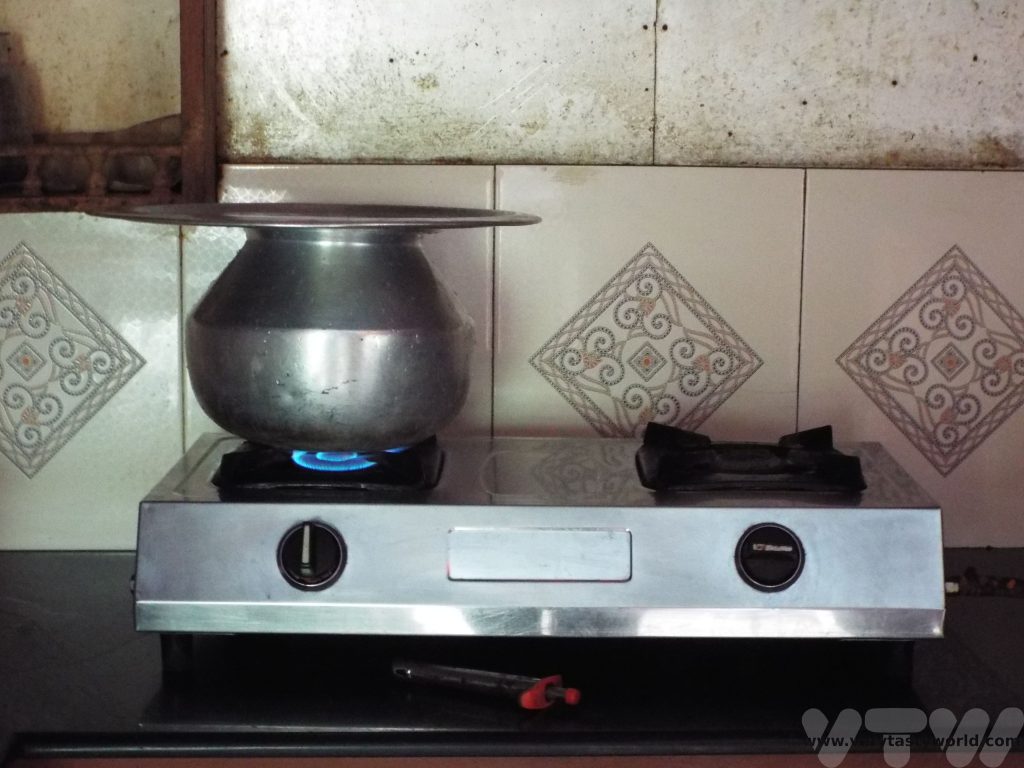
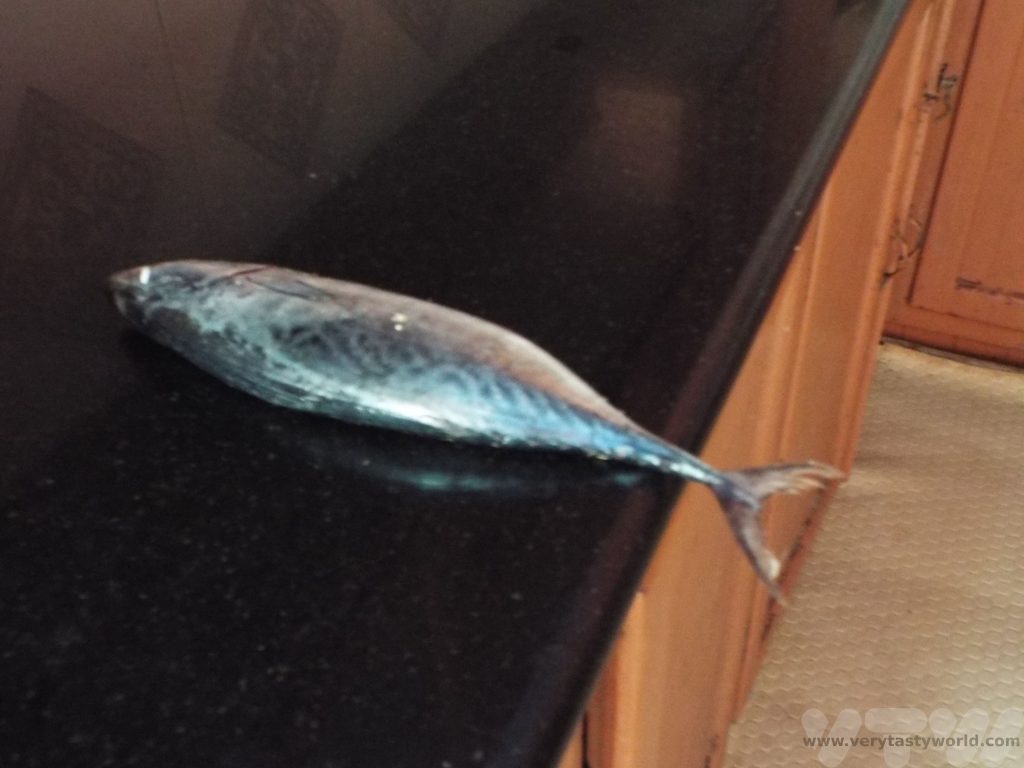
A Laidback Cruise on the Lake
The journey on the Kerala houseboat took us from the boat’s mooring along the river and onto the wide Vembanad lake. The boats are motor driven but move at a slow pace which makes for a leisurely experience. It very much reflects the way of life in Kerala.
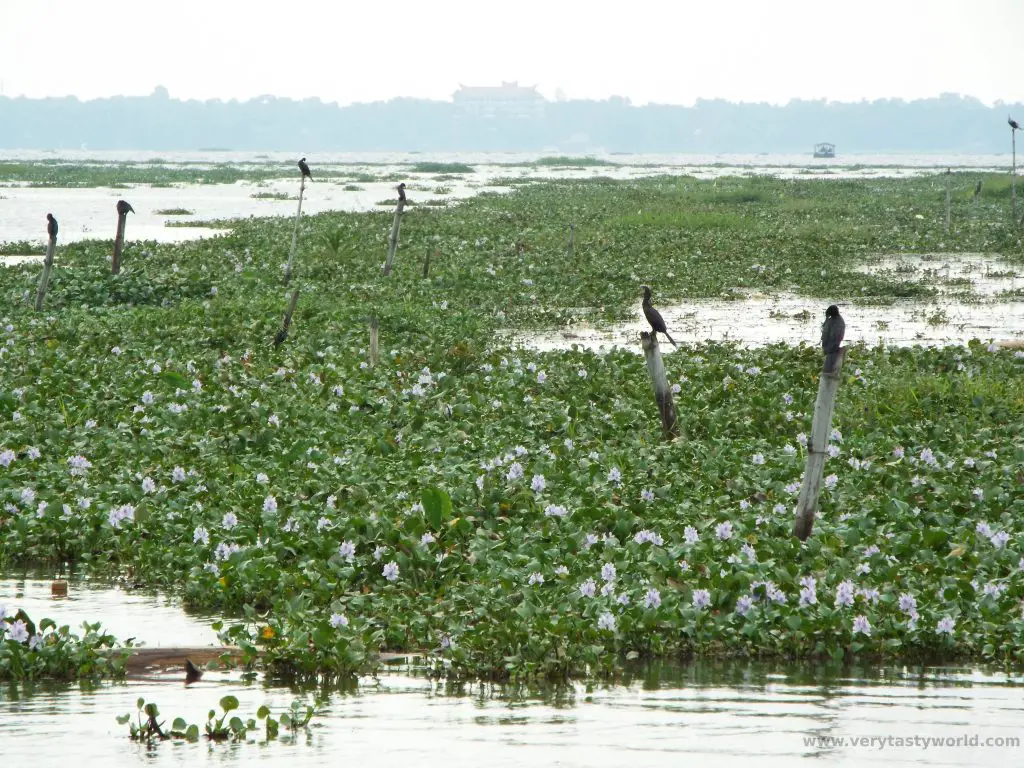
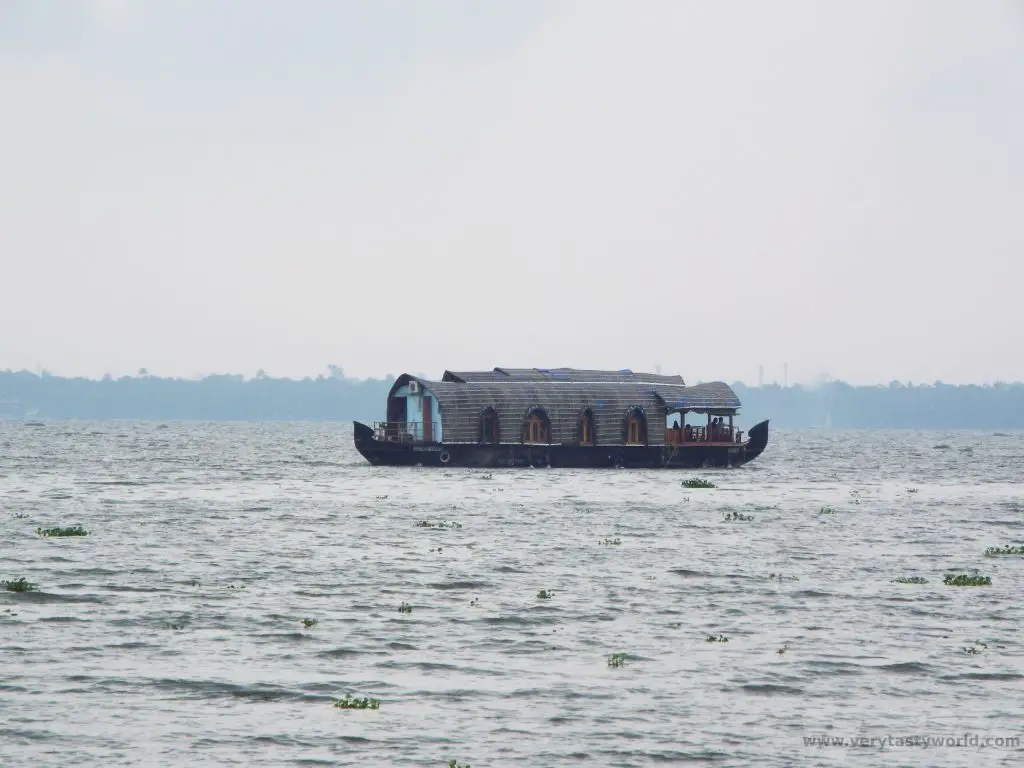
All along the shoreline it is possible to see fishing contraptions. They are formally known as shore operated lift nets, which doesn’t sound nearly as romantic as they look. These are used at night to catch prawns and other small fish. They are designed on a cantilever which ensures that the net descends into the sea when someone walks along the main beam. The catch is then raised by the use of ropes. Some have lights which are used to attract the fish.
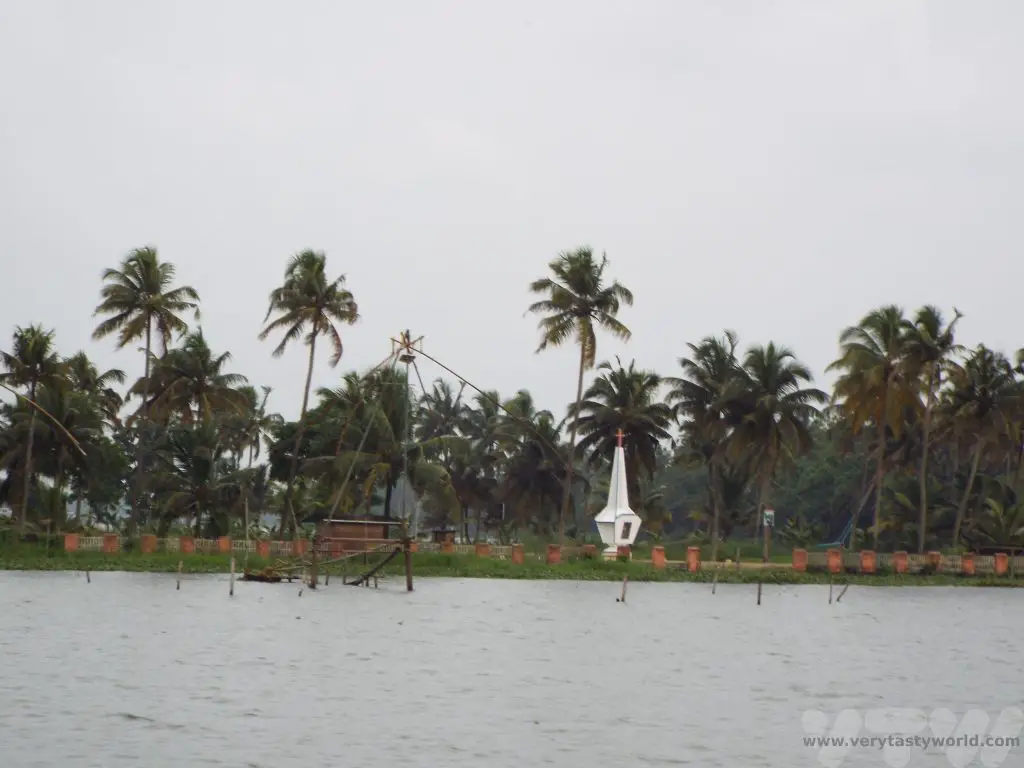
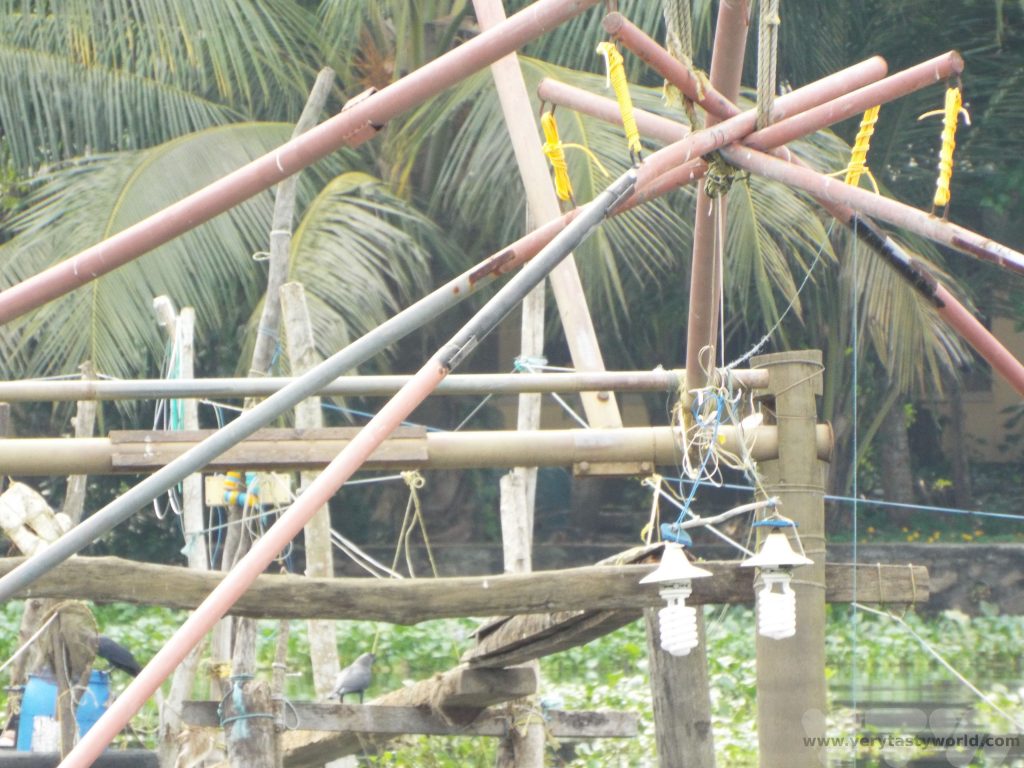
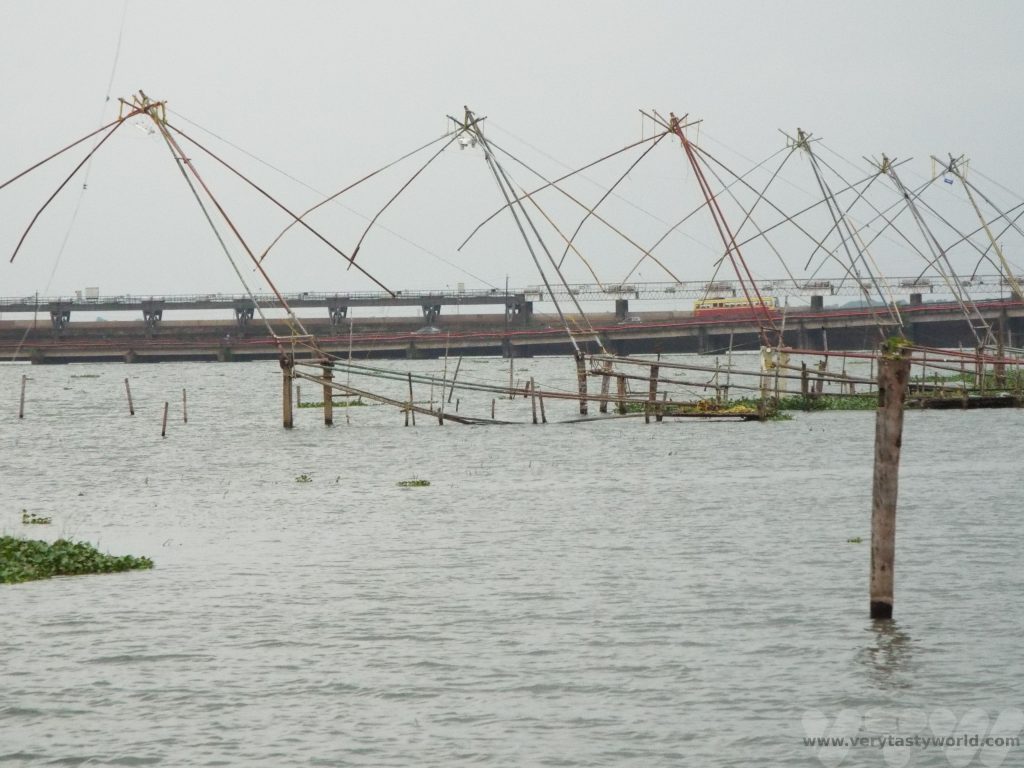
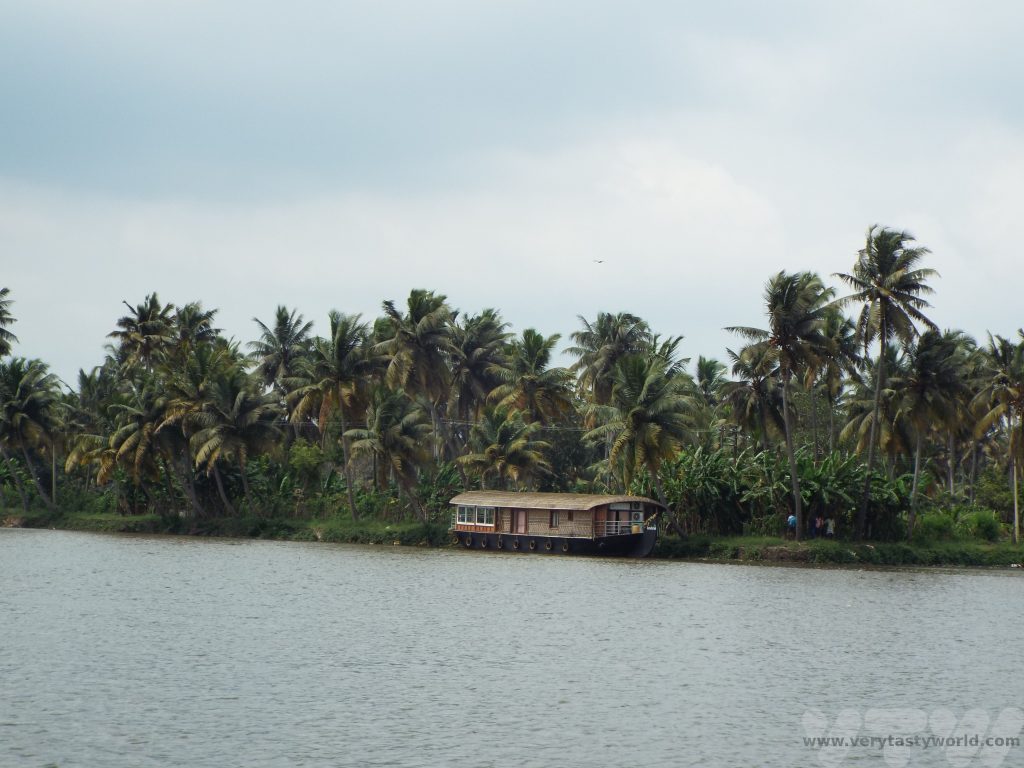
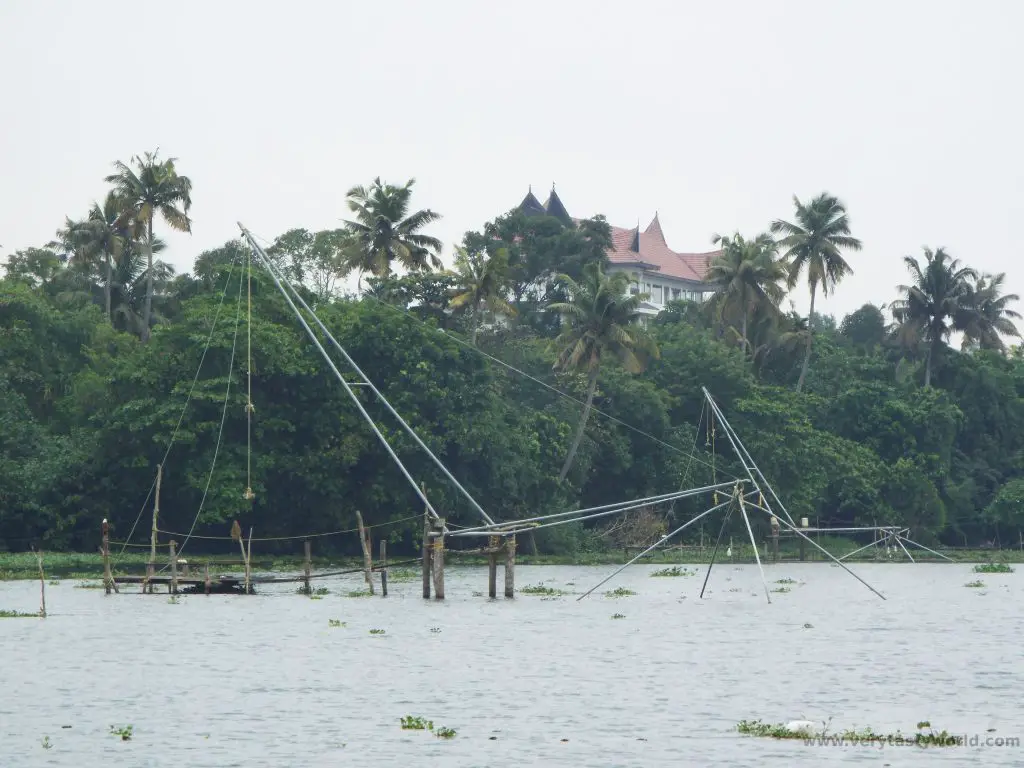
Dining on the Houseboat
Lunch on the Kumarakom houseboat comprised typical dishes from the region – a spicy fish curry with fish fry accompanied by vegetable side dishes and rice. We were asked how spicy we liked our food and we asked for it to be spiced as local people liked it. Like many dishes in Kerala we found that the spices were used for flavour rather than heat. And, of course, it was utterly delicious.
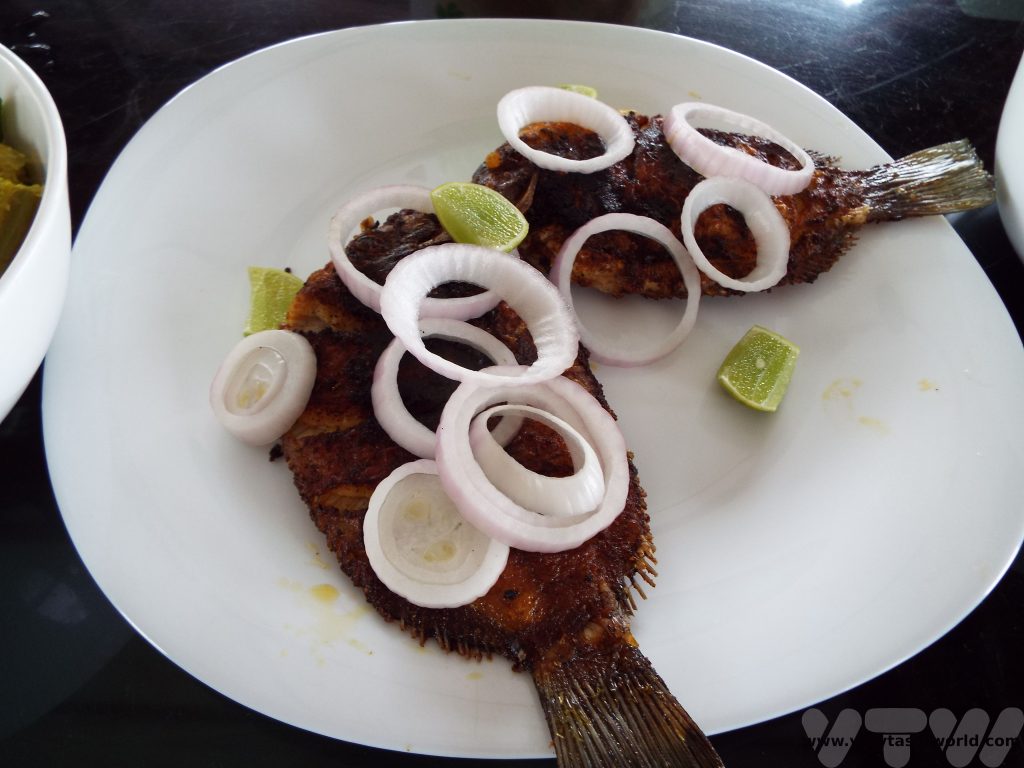
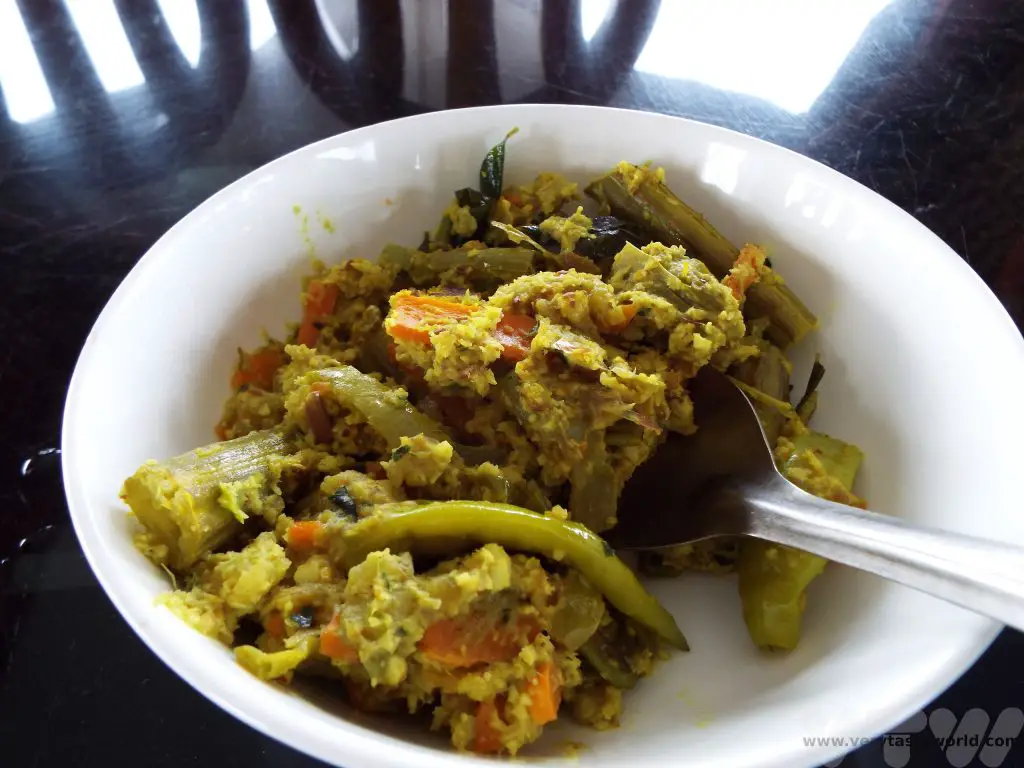
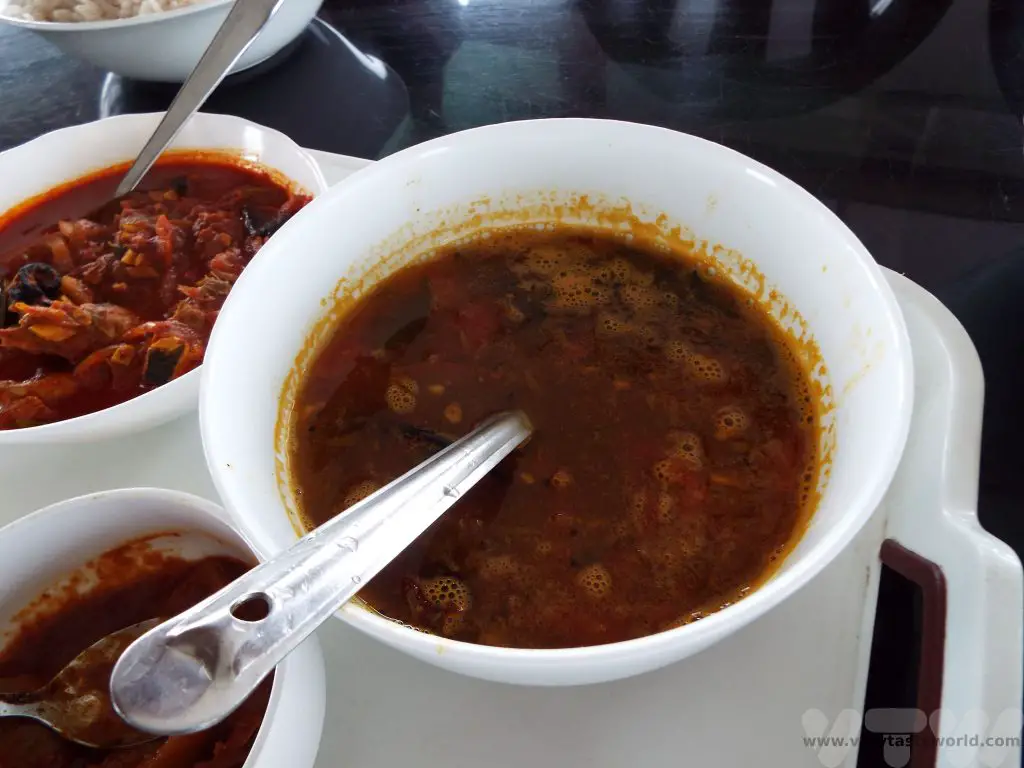
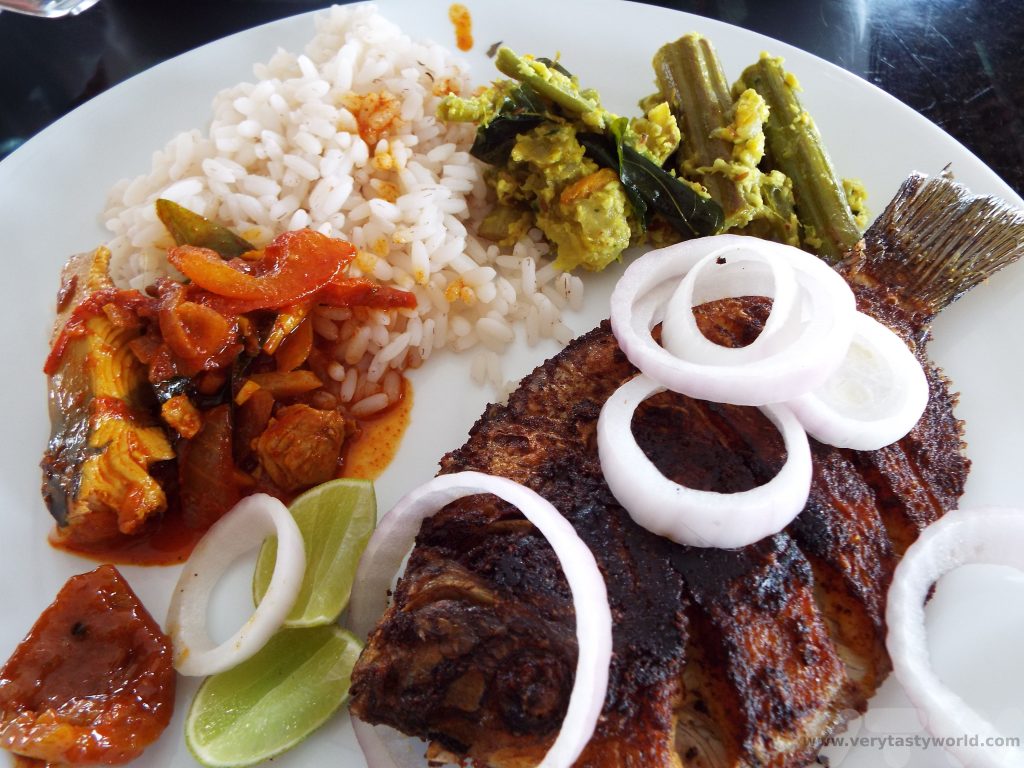
Munnar tea and a banana fritter were served for dessert.
We were visiting at the end of the Monsoon season so some rain was probably inevitable. But even a downpour couldn’t dampen spirits.
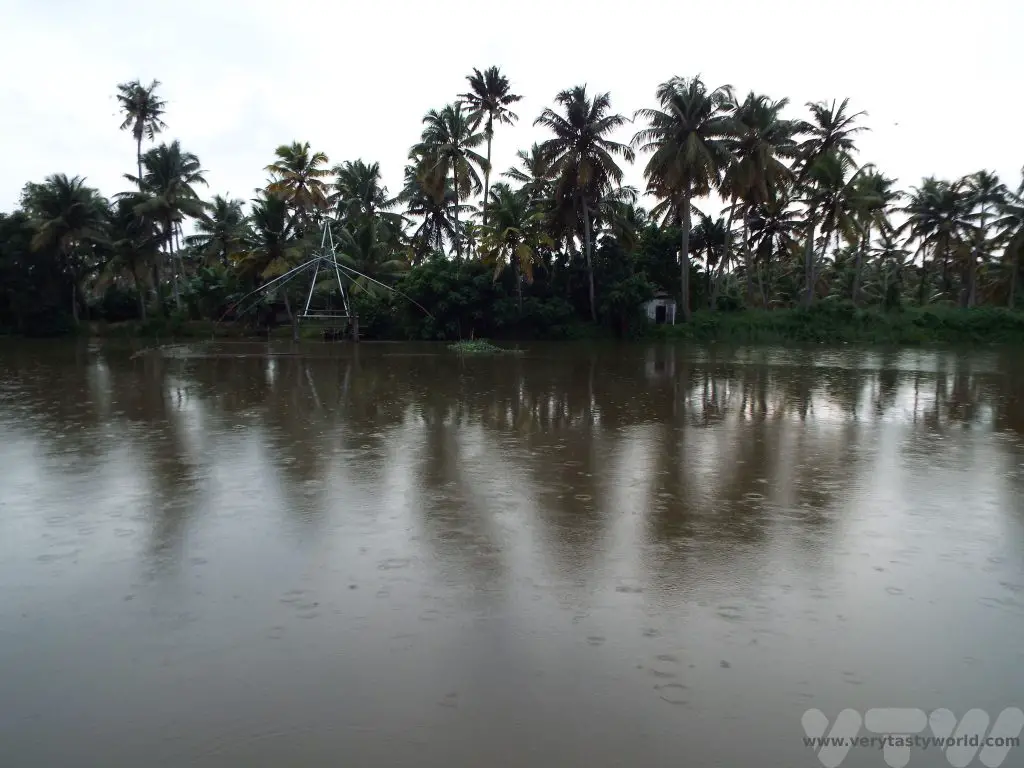
A lazy afternoon cruising the beautiful backwaters on a Kerala houseboat, with the addition of a delicious lunch, was a most refined way of spending an afternoon.
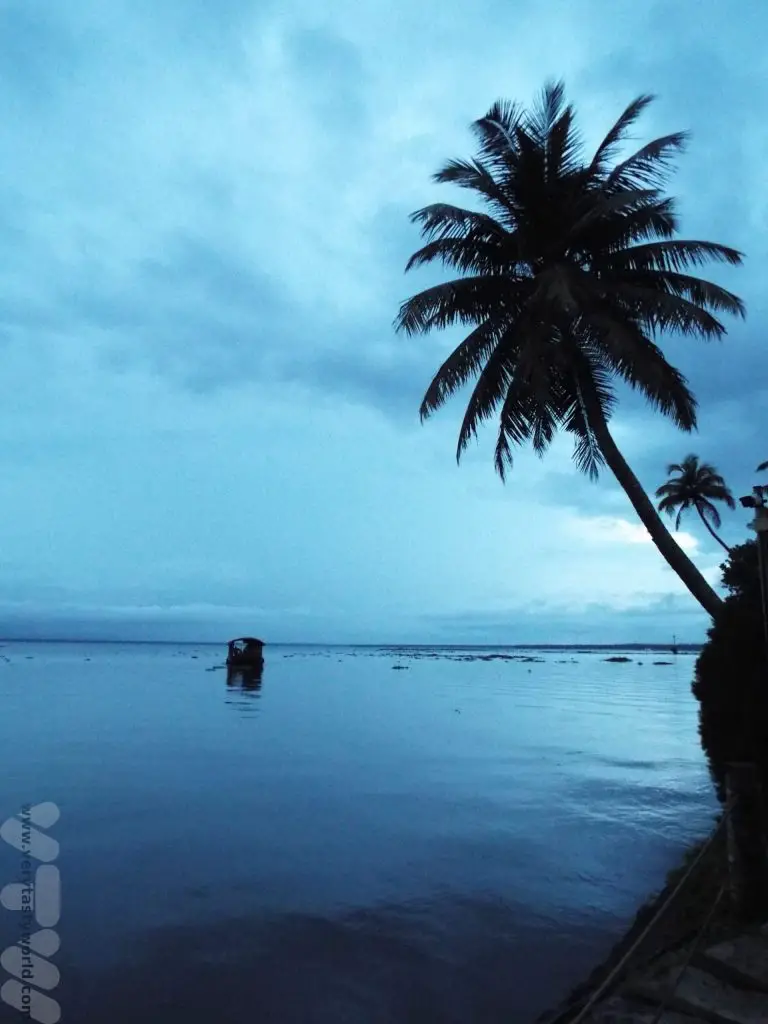
Related Posts You May Enjoy

How To Make Coconut Milk From Coconut
Rabbits in Thailand
Coconut is one of the fundamental ingredients in Thai cookery. Coconut milk adds a luscious silkiness to curries and can also be used as a base ingredient in desserts; the flesh can be used in sweets and salads and the juice from a green coconut can be drunk straight from the pod for a really refreshing thirst-quencher. There is a difference between coconut cream and coconut milk.
At the Bai Pai Cookery School in Bangkok we learned how to extract coconut cream and coconut milk from an mature coconut, you know, the sort you get at coconut shies. This isn’t the same as the water you get from a green coconut (which is utterly delicious and wonderful to drink on a hot, humid day) but the liquid is extracted from the freshly grated flesh of an ordinary coconut.
After splitting the coconut in half (with a machete or something equally sharp and brutal) you need to use what’s known as a ‘rabbit’ to obtain the white flesh. The rabbit is a serrated grater often located on the end of a wooden bench (sometimes it’s even a cute rabbit shape!) which is used to shave the inside of the coconut to produce wisps of flesh.
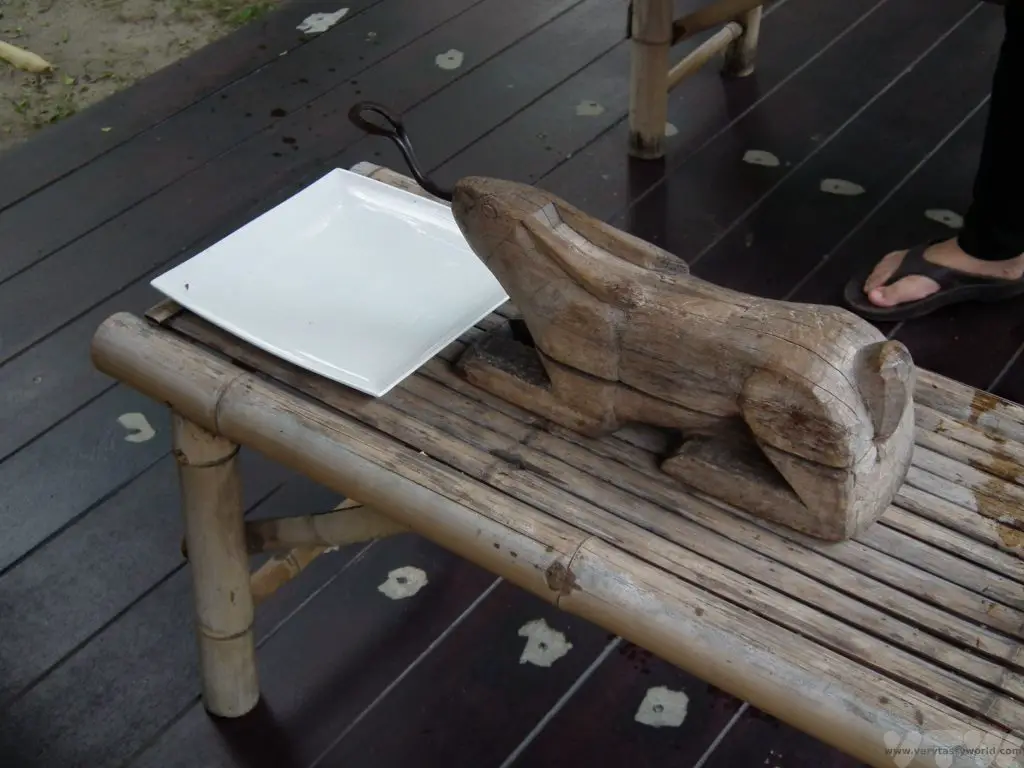
There’s definitely a technique to using the rabbit. You sit on the bench and use a reciprocal back and forward motion to shave away the coconut flesh. You need to make sure that the brown, hard shell of the coconut protects your hands as you really don’t want your fingers to come into contact with the sharp grater. Also, blood does have a tendency to turn the pure white coconut cream a startling shade of pink and you really don’t want that.
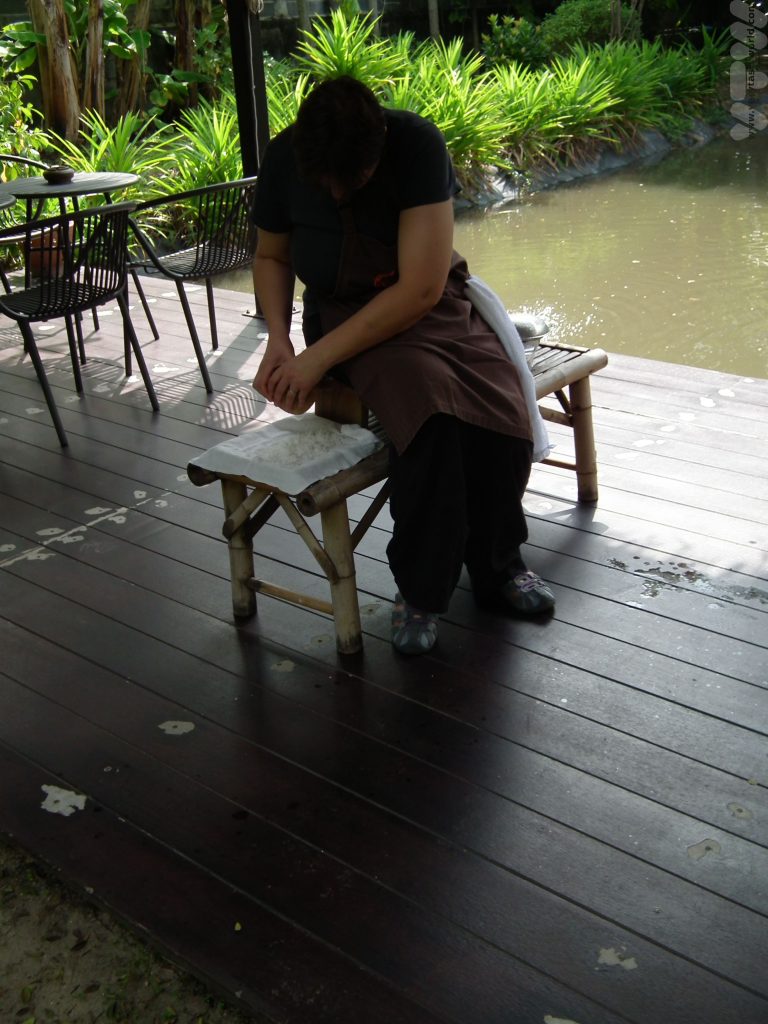
How To Make Coconut Milk and Coconut Cream
Once you have a lovely pile of freshly grated coconut it gets put in a bowl and water is added. The shavings are mixed with the water, rubbing them together. Then they are sieved through muslin. A squeeze will release the coconut cream – this is the first press and it is rich, silky and smooth.
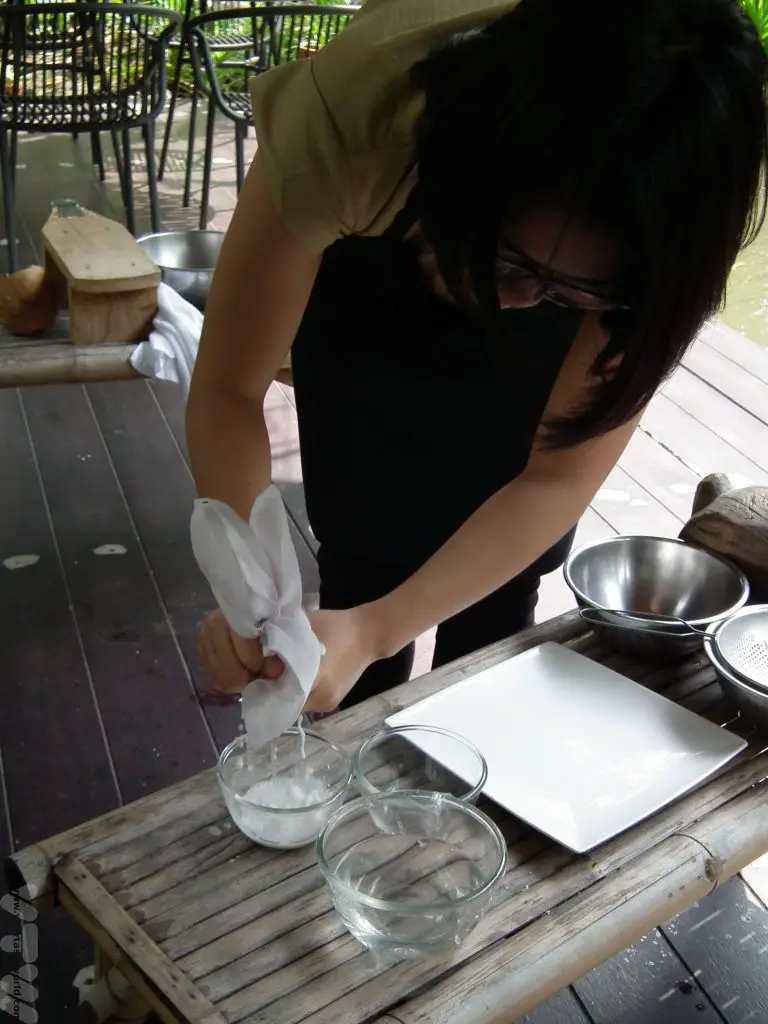
Adding a further amount of water with another mix and squeeze releases a more dilute liquid – this is the second press which produces the coconut milk.
Coconuts are quite easy to find in the UK, rabbits less so. Knives are not recommended for grating coconut, you really need an implement that will extract – and shred – the flesh safely from the inside of a hemisphere without shredding your hands. It’s probably safer to buy coconut milk in tins. If you want milk, shake the tin. If you want cream you may well find that – on opening – it has solidified and a rich, luscious blob will simply plop out of the tin.
Coconut milk is a fundamental ingredient in Thailand’s famous curries. Kaeng khiao wan is a sweet green curry (you can find our recipe here), kaeng phet is a hot red curry. Both are easy to make (recipes another time). Another, less well known, dish that uses both coconut milk and coconut cream is tom kah gai – chicken and galangal in a coconut milk soup. Galangal is similar to ginger in that it is a rhizome – but they are quite different, notably in the textures and flavours. Ginger is lively, sweet and warming. Galangal is sharper with citrusy overtones. Whereas you can easily grate ginger and incorporate it into dishes, galangal is more woody. As a result it’s difficult to substitute one for the other. Where we live, ginger is easy to buy, but we have to search for galangal.
Tom kah gai is a subtle dish. Chicken pieces are cooked in a coconut milk soup that is infused with galangal, lemongrass and kafir lime leaves. Then coconut cream is added to provide a richness to the soup. Finally, as with many Thai dishes, sweet, sour, salt and heat flavourings in the form of sugar, lime juice, fish sauce and chilli are added – at the last moment,just before serving. This ensures that the flavourings are at their freshest; lime, particularly, can taste bitter if cooked for too long. The result is a wonderful, warming, creamy soup which has a touch of spice and zing.
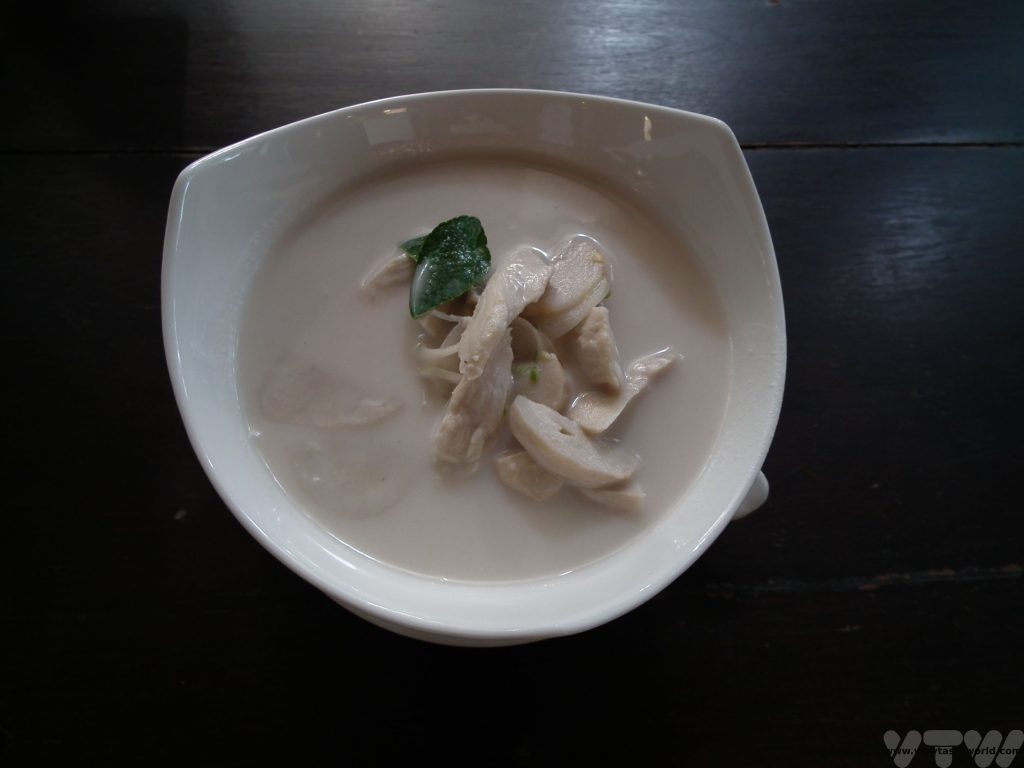
Related Posts You May Enjoy

The Very Best Views in Scenic Japan
Three is a Magic Number
Of the many, many beautiful places to visit in scenic Japan, there are three that have been officially designated to be the most celebrated. Hayashi Gahō, a philosopher and Confucian scholar, declared the Nihon Sankeiin, or Three Views of Japan, in 1643. These places were considered to be both beautiful and representative of Japan’s cultural heritage. The views are located in very different regions of the country and, as Japan is an island nation, they all have a setting by the sea. It is possible to visit them using public transport and they are emphatically worth travelling to see.
Scenic Japan View Number One: The Itsukushima Shrine
The Itsukushima Shrine is probably the best known of these views. Japanese tourist literature and guides often show a picture of the iconic red torii ‘floating’ in the Seto inland sea. It is located on the delightful island of Itsukushima, more commonly known as Miyajima, which means ‘shrine island’ and it is a UNESCO world heritage site.
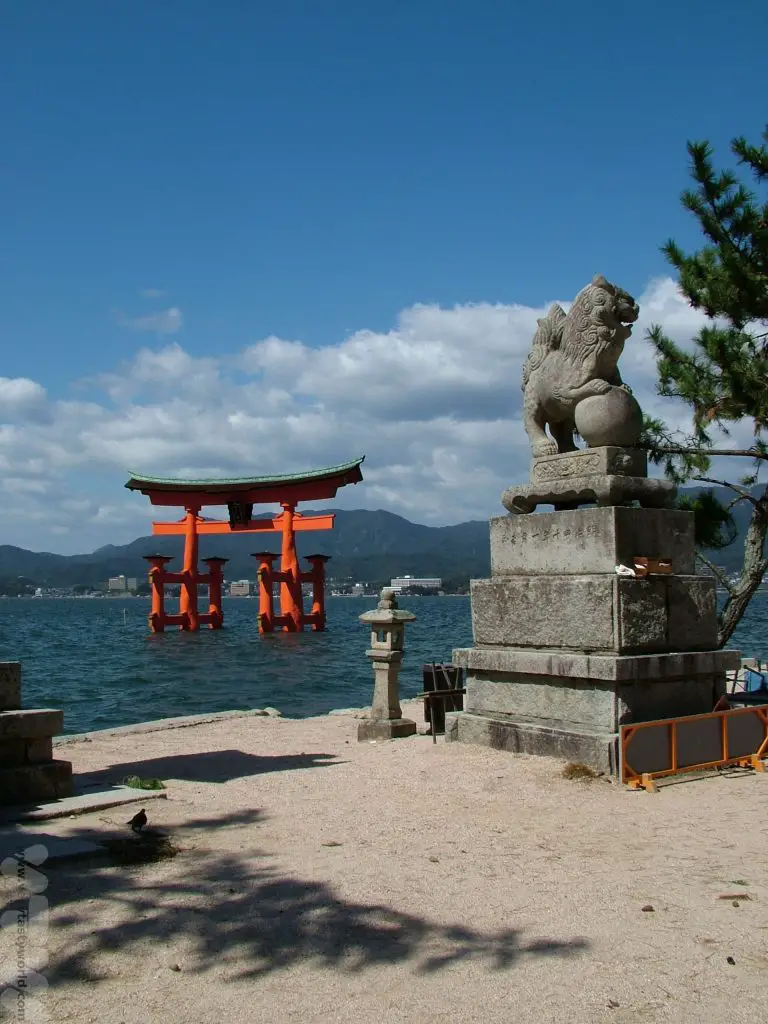
It is a beautiful sight, especially when the sunlight catches the sparkling sea.
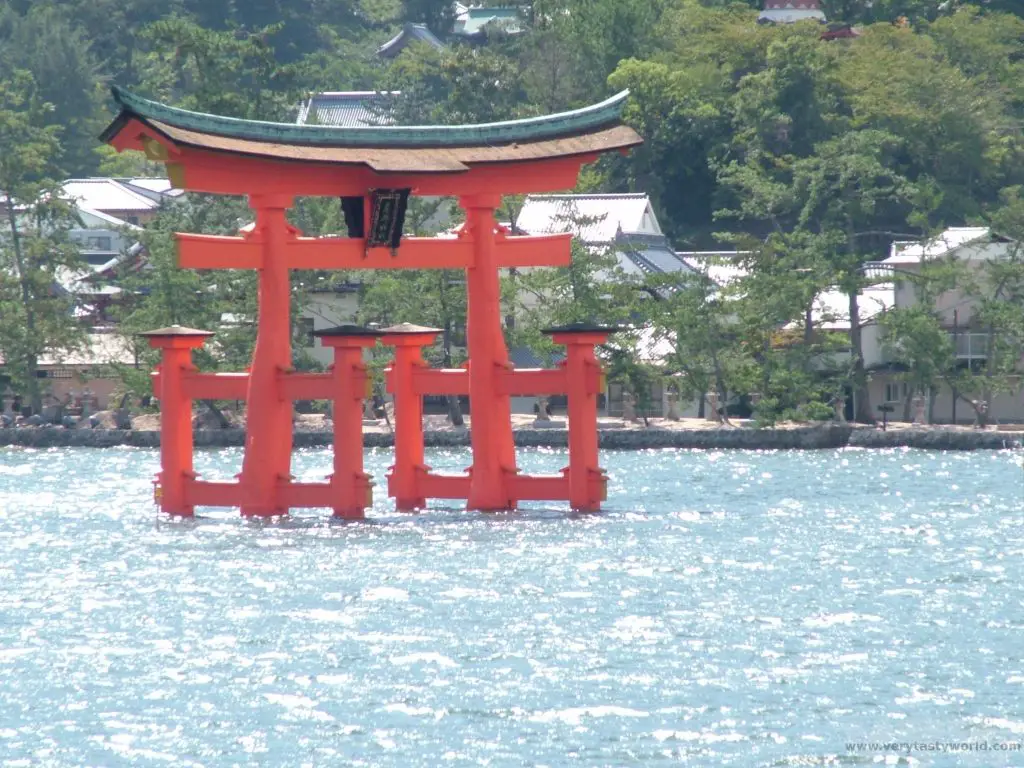
It’s less beautiful when the tide is out so it’s worth planning a visit for when the tide is high if you want to take that perfect Instagram snap.
The torii, in common with all Shinto temples, is actually the gateway to the shrine and it is possible to visit the shrine complex itself. These include Toyokuni Shrine, with its five-story pagoda, as well as the Daiganji Temple. The compound even has a noh stage – for traditional Japanese theatre.
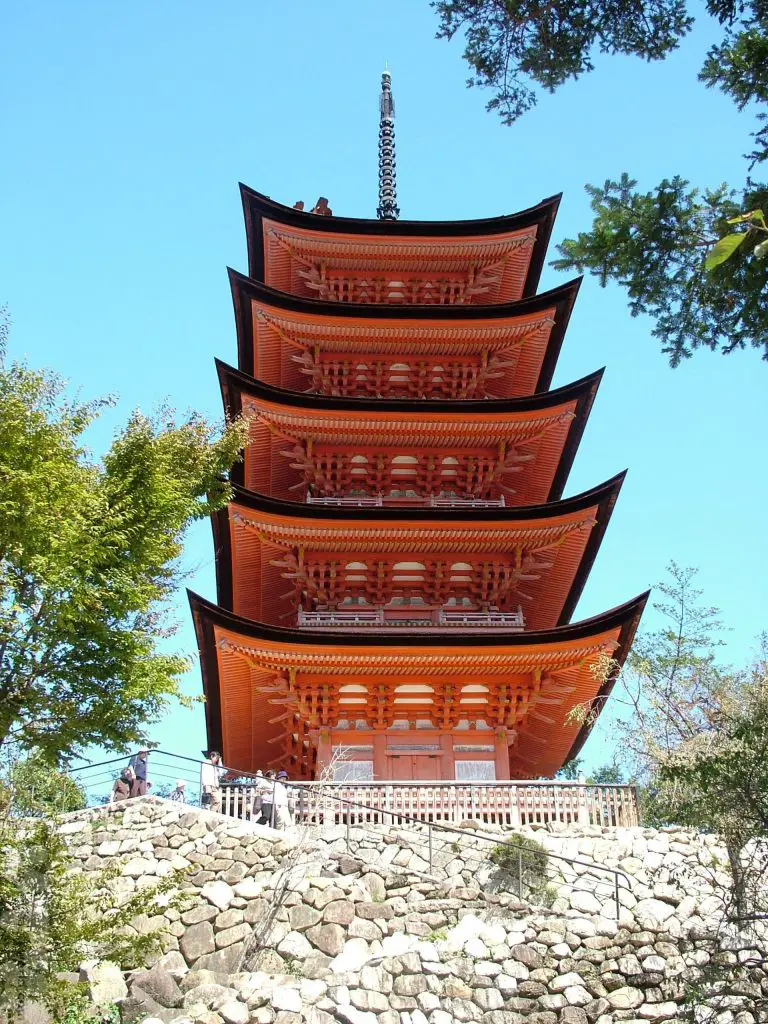
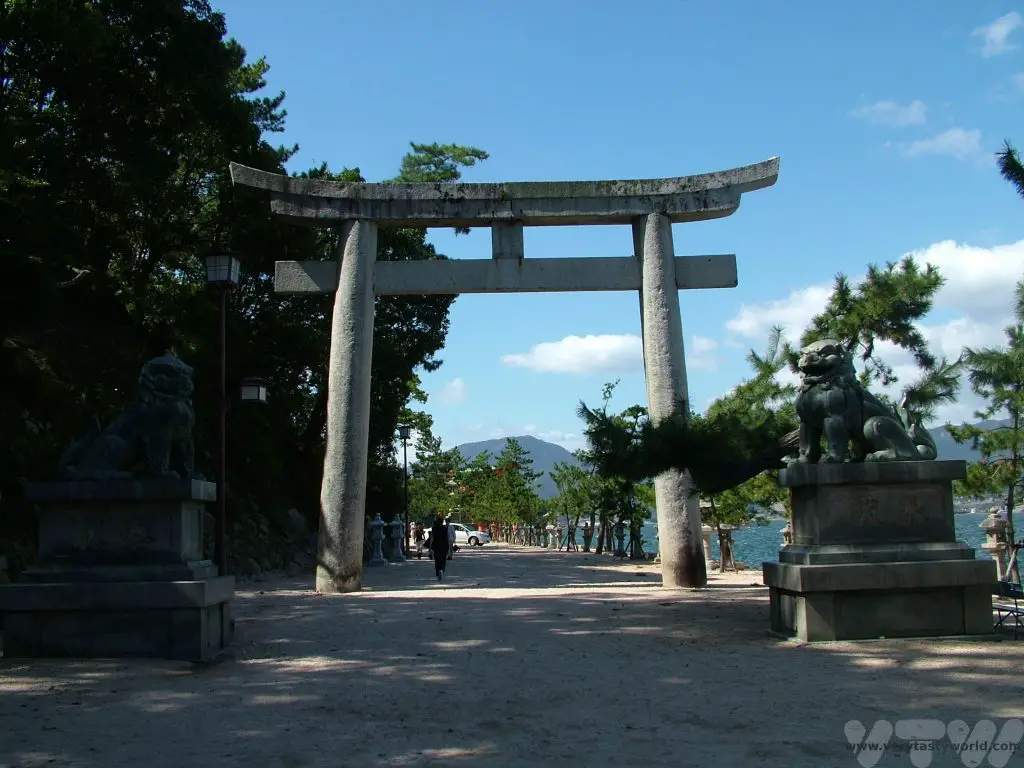
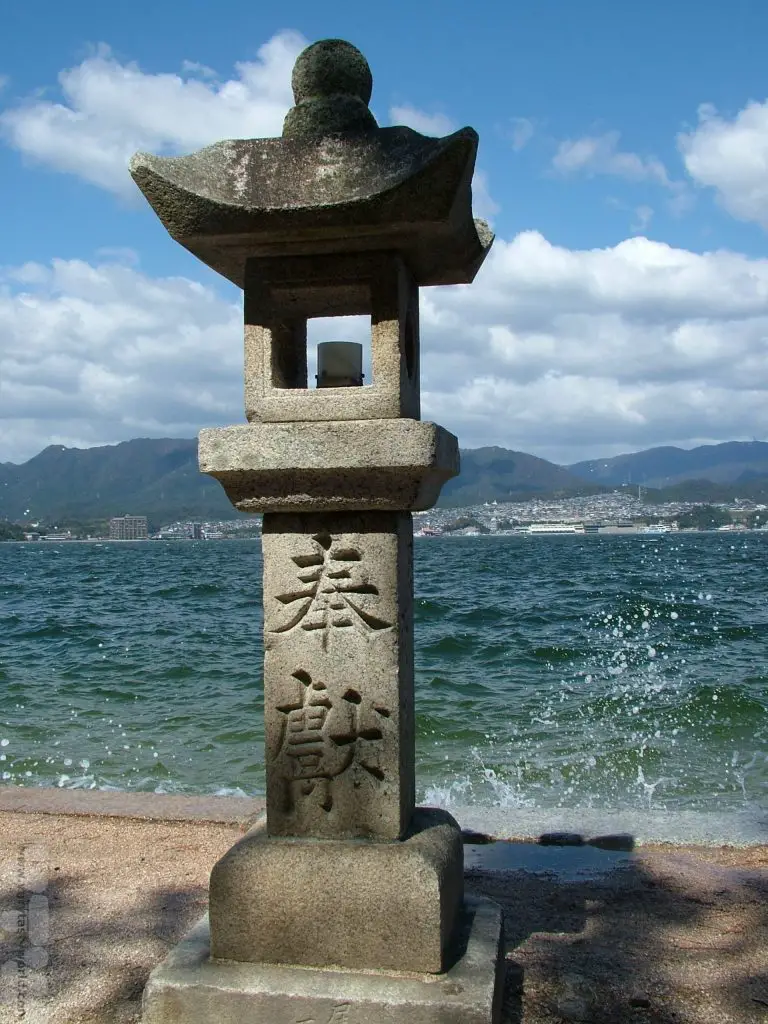
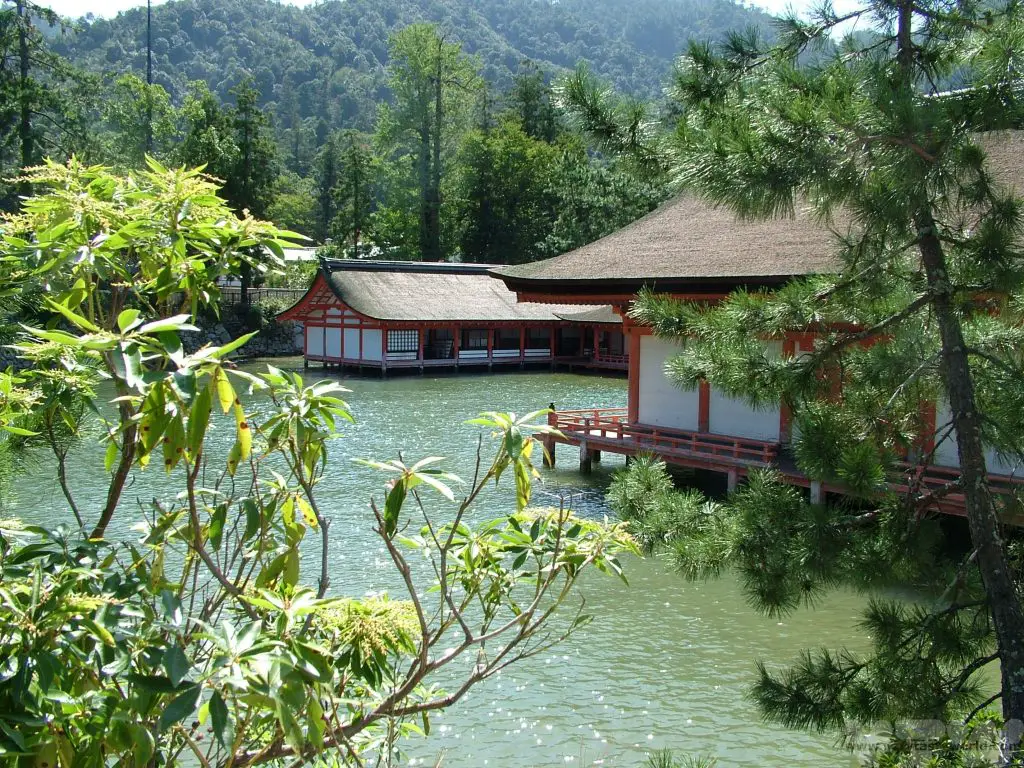
The island is really easy to reach from Hiroshima. You can catch a train and then a ferry to the island on a journey that takes about an hour.
Miyajima is a lovely island, perfect to walk around, especially if you’ve arrived at low tide and need to wait in order to capture that perfect shot of the torii. There are forested walkways to explore and it’s possible to climb up to the island’s highest peak, Mount Misen. If you’re feeling less energetic, there’s a ropeway to take you up to the top.
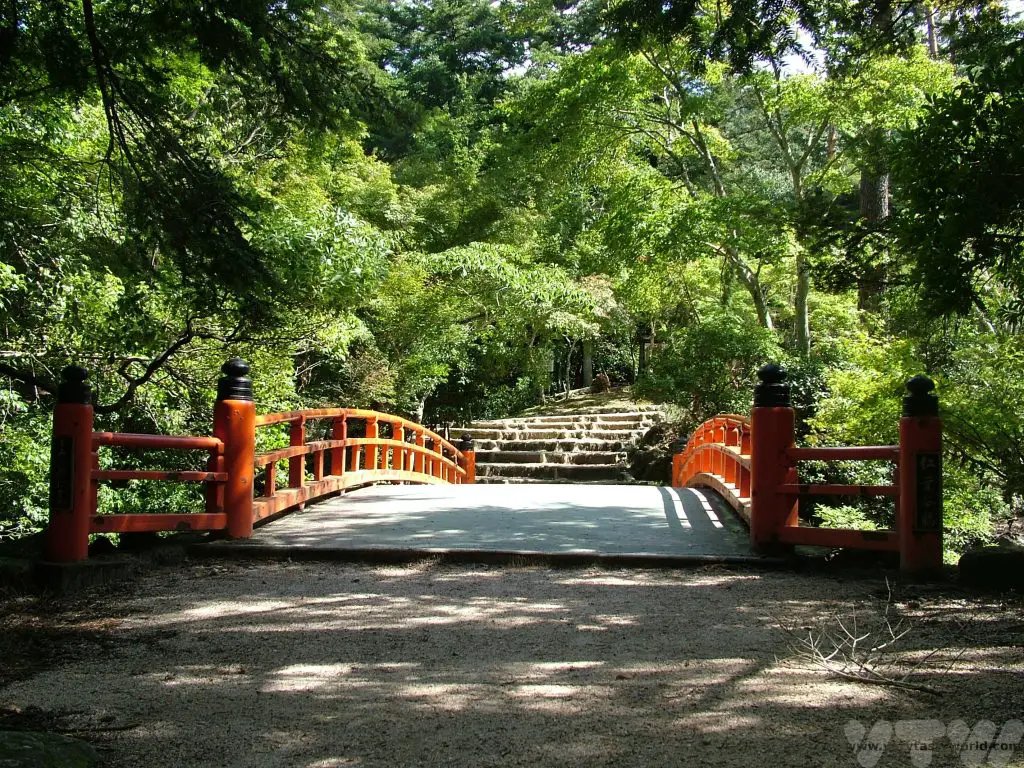
There are also some friendly-ish deer who live on the island. They aren’t as bold as the ones at Nara and, unlike at Nara, you are not allowed to feed them.
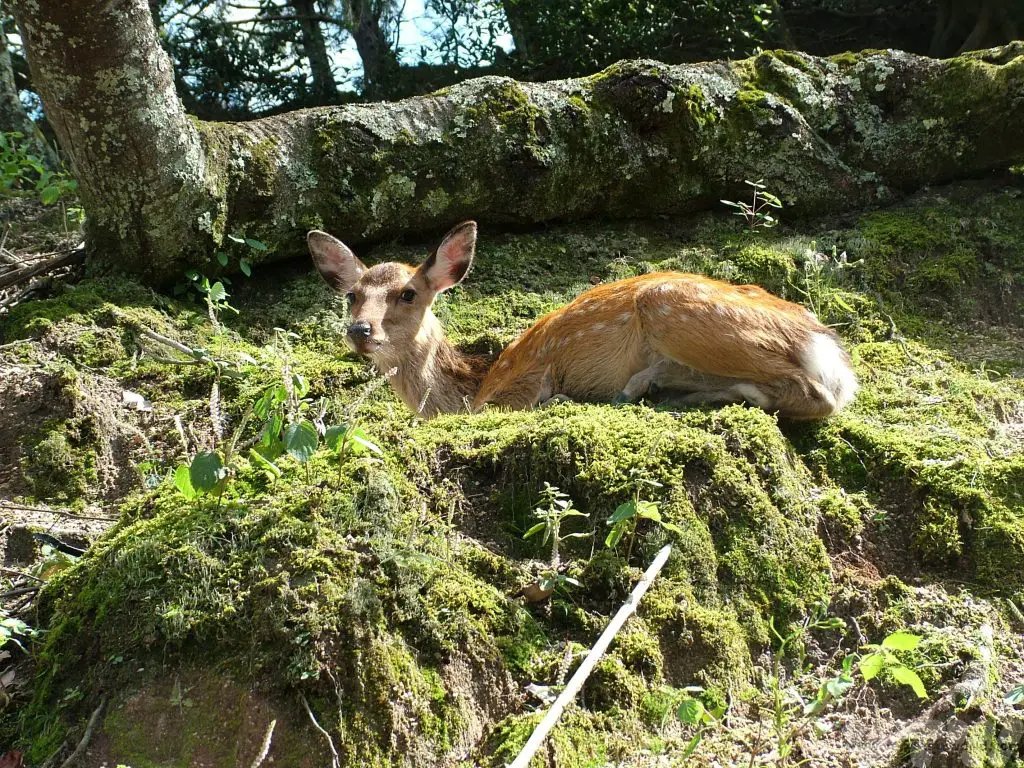
Scenic Japan View Number Two: Matsushima
The next view is that of Matsushima on Japan’s north east coast, which is a short rail journey from the northern city of Sendai, easily accessible from Tokyo via the shinkansen (bullet train).
Matsushima comprises a series of hundreds of forested islands dotted through a bay. It was lucky not to have been too badly impacted by the earthquake and tsunami of 2011, the geography of the bay having some part in protecting the islands.
It is possible to visit some of the islands closest to the mainland by crossing traditional vermillion bridges from the shore.
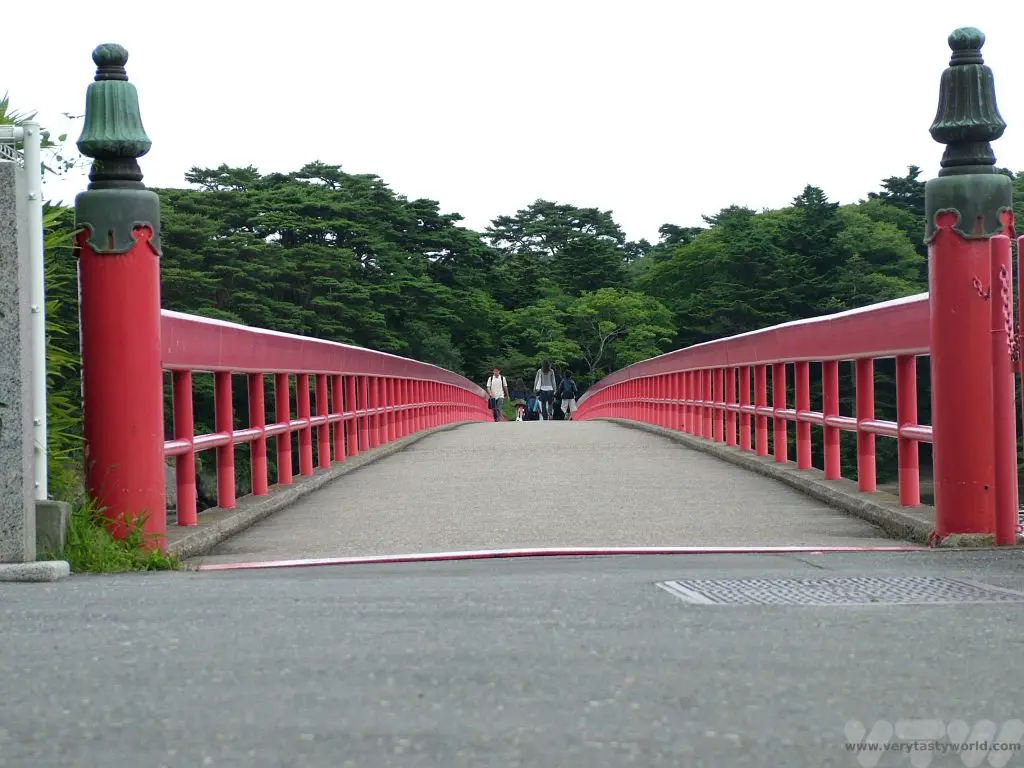
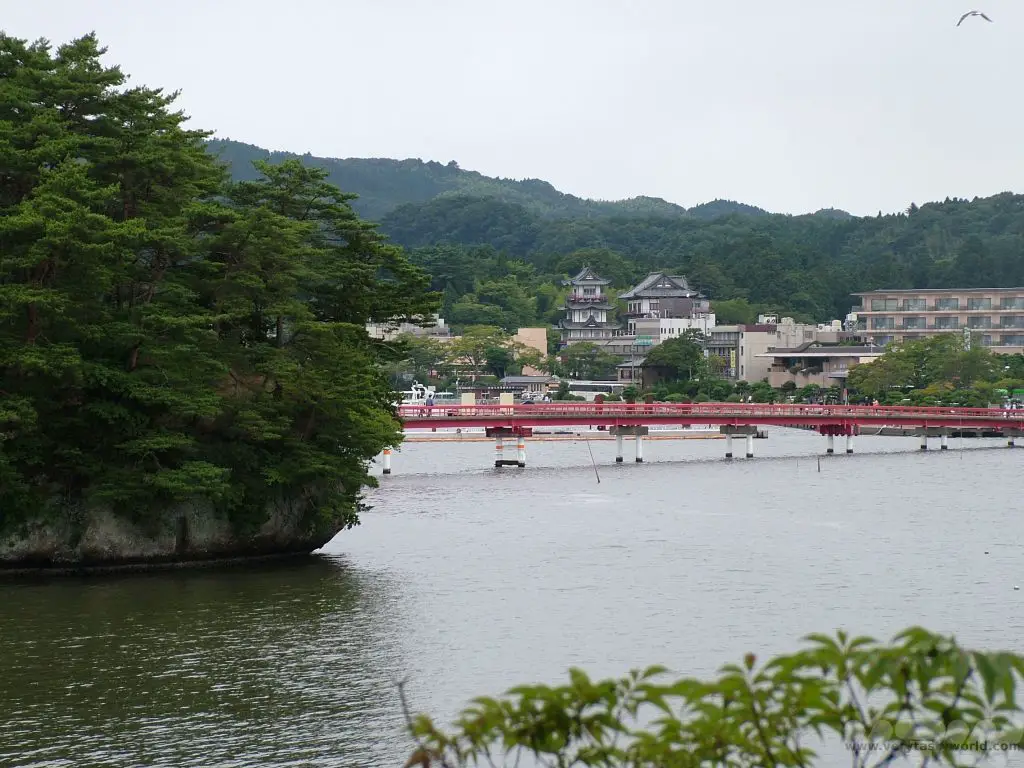
But taking a boat trip across the bay is highly recommended as you will be able to see some of the more remote islands. Beware, though, bird food is available to buy prior to boarding the ship and the seagulls very much know this, so we were followed by flocks of gulls eager to feast upon a tasty snack.
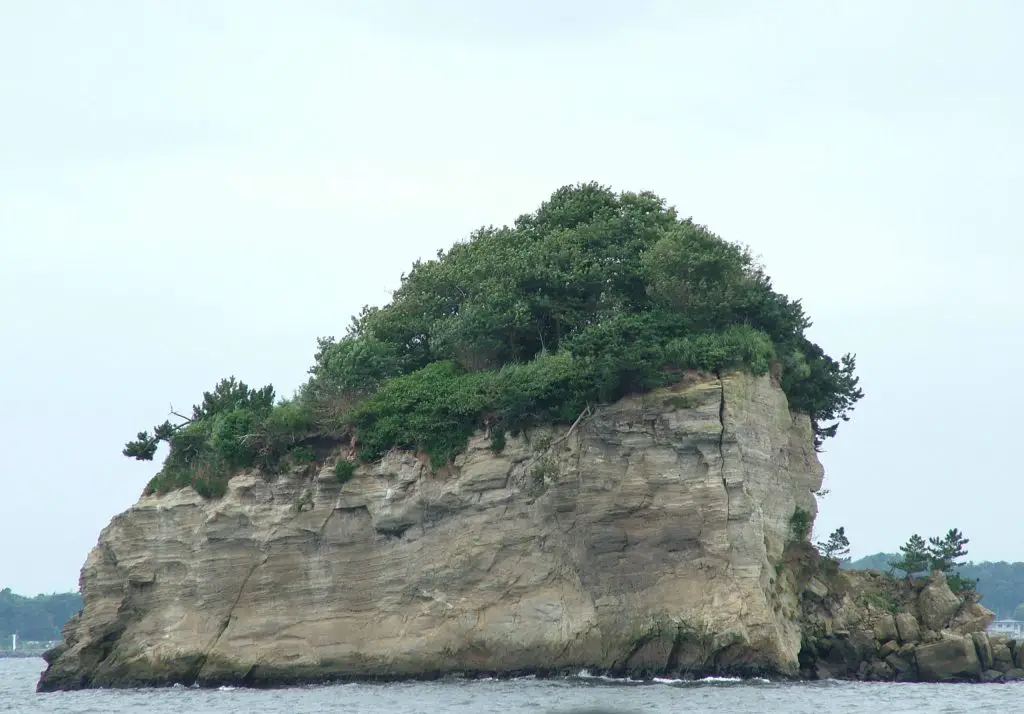
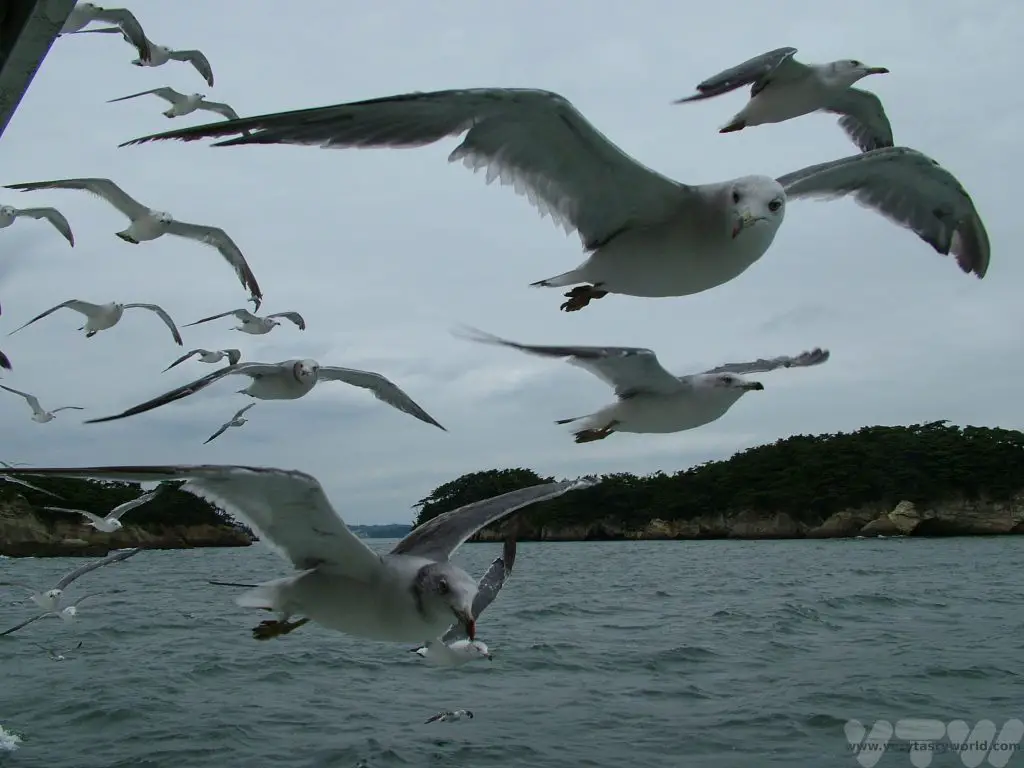
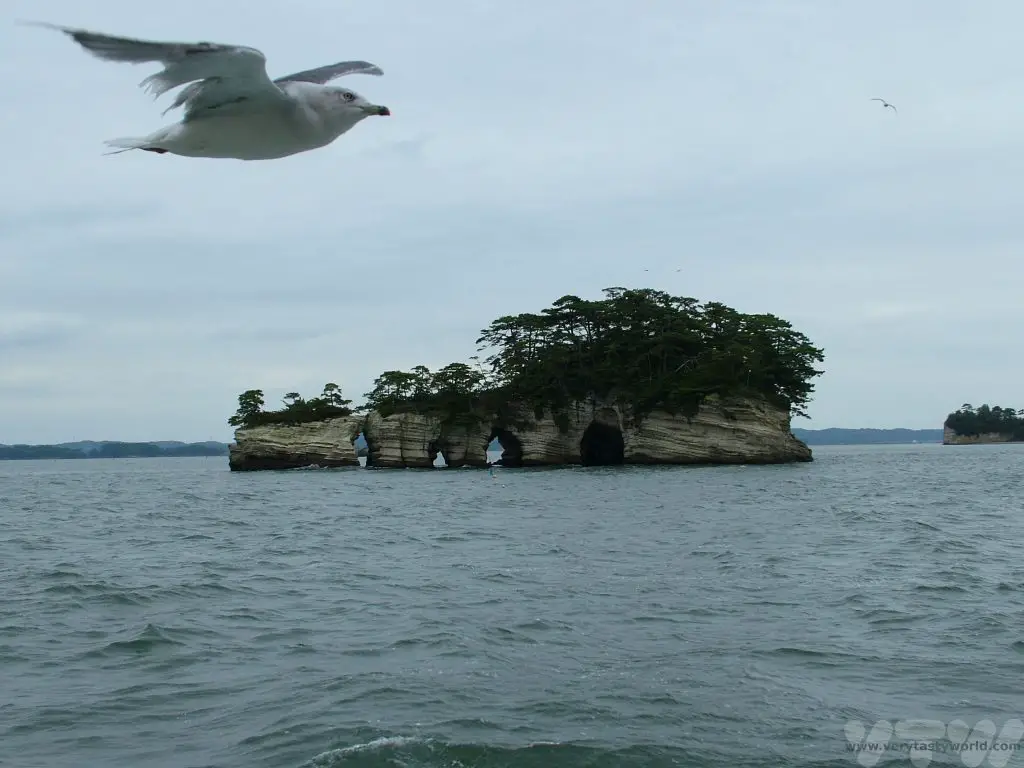
It is reputed that Japan’s most famous poet, Basho, best known in western countries for his haiku, was reportedly so struck by the awesome beauty of Matsushima, that he was lost for words and could only utter, ‘Matsushima, Ah Matsushima, Matsushima,’ to describe his feelings about viewing the area. The story is likely to be apocryphal but the sentiments are appropriate.
The viewing point isn’t near the shore, it’s a walk across the railway tracks and up a hill to a park. The weather wasn’t really on our side on the day of our visit but we had come all this way to see one of Japan’s greatest views, so a rainy trudge wasn’t going to stop us.
In fact, a very kind lady was driving past in her car and stopped to offer us a lift, which we were happy to accept. She knew exactly where we were heading and we exchanged pleasantries about the weather. ‘O-ame,’ (big rain) we declared. She agreed. After she’d dropped us off in the car park we thanked her profusely and wandered through the park to look at the view. This probably isn’t the same view that Basho enjoyed but it was wonderful nevertheless, despite the rain.
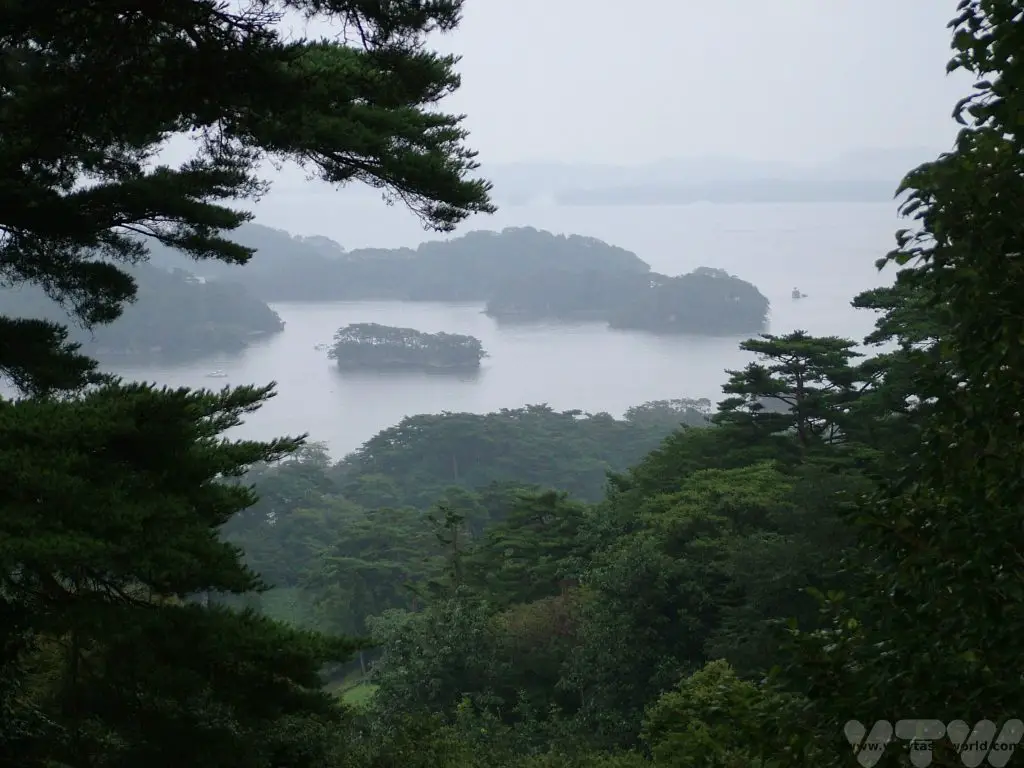
The town is lovely to wander around and there are also some interesting temples to visit.
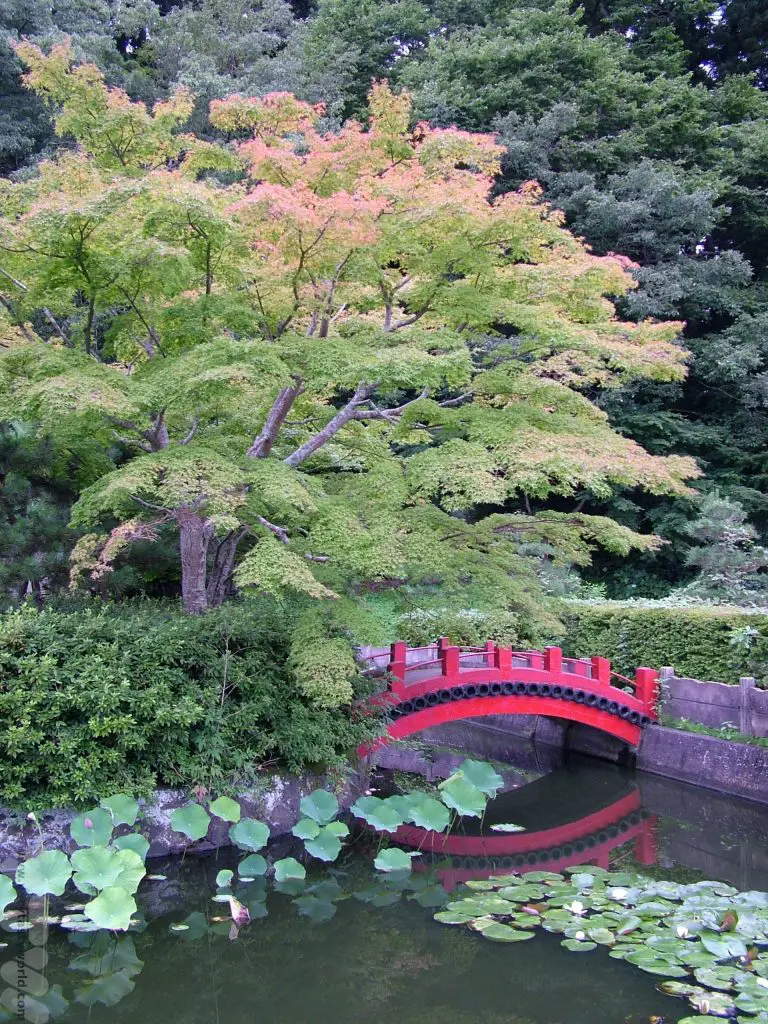
The local foodie specialty is gyu tan – beef tongue. It might not sound very appealing but in fact it’s delicious – it has a very soft texture and is packed full of beef flavour. It’s in the top right of the picture below which shows a set meal that also offered some sushi, miso soup and pickles.
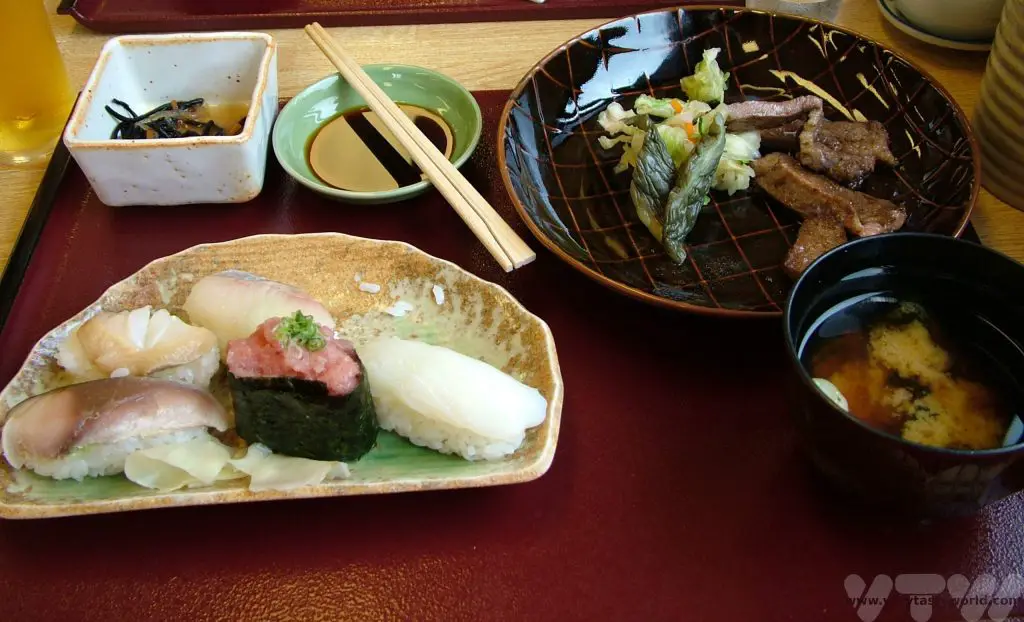
Scenic Japan View Number Three: Amanohashidate
The third view of Japan is a little trickier to reach but it is definitely worth making the journey. You can reach Amanohashidate via a direct train from Kyoto but the journey may be a bit complicated – our train was scheduled to split at a station part way through the journey – fortunately we learned about this prior to the carriages parting and found our way to the right section of the train. The excellent and indispensable hyperdia site will help with journey planning.
Amanohashidate is a sand spit that spans the mouth of the delightful Miyazu bay. The name is a bit of a tongue twister but it translates to something akin to ‘bridge over heaven.’ It is a very pleasant walk from the railway station across the spit to the other side of the bay, a distance of about three and a half kilometres. The sand bar is covered with pine trees that provide shade in the heat of the sun.
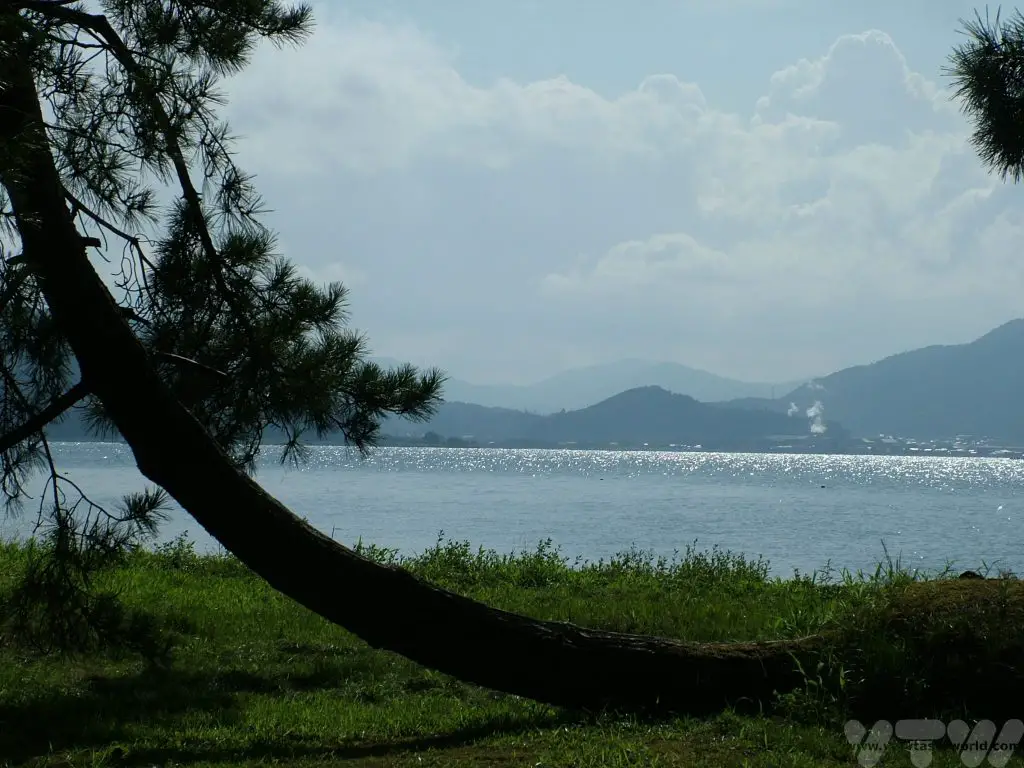
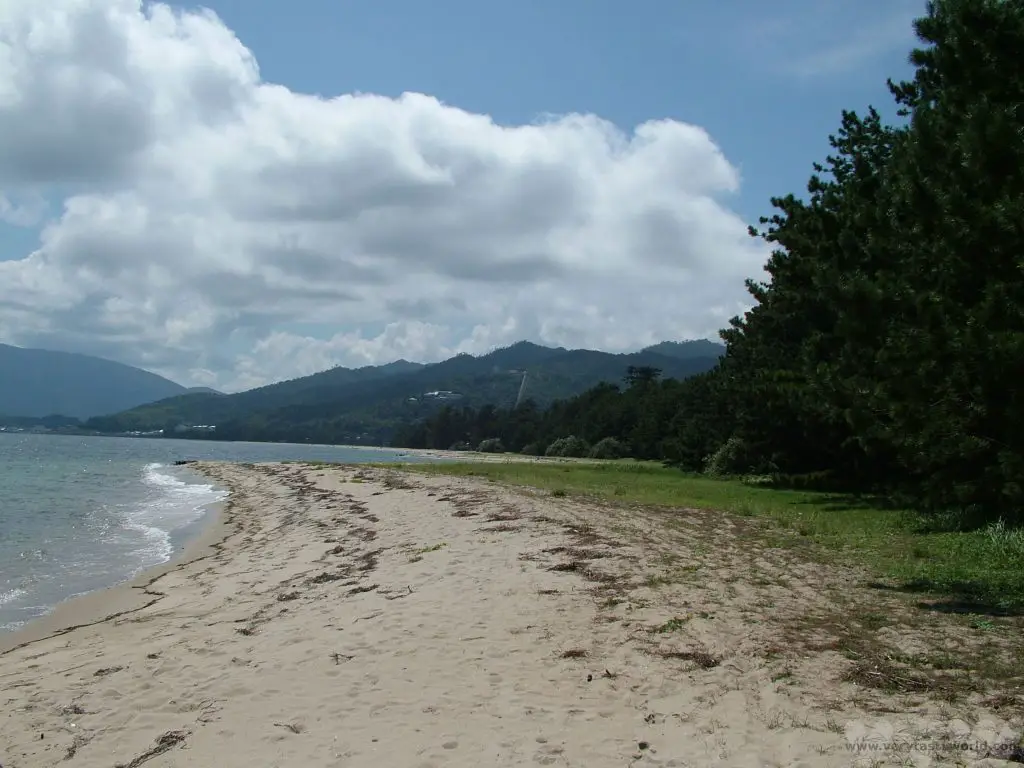
Then you can then wander through the small town of Miyazu to catch a cable car to the viewing point. (This photo shows the downhill run, which obviously has a better view.)
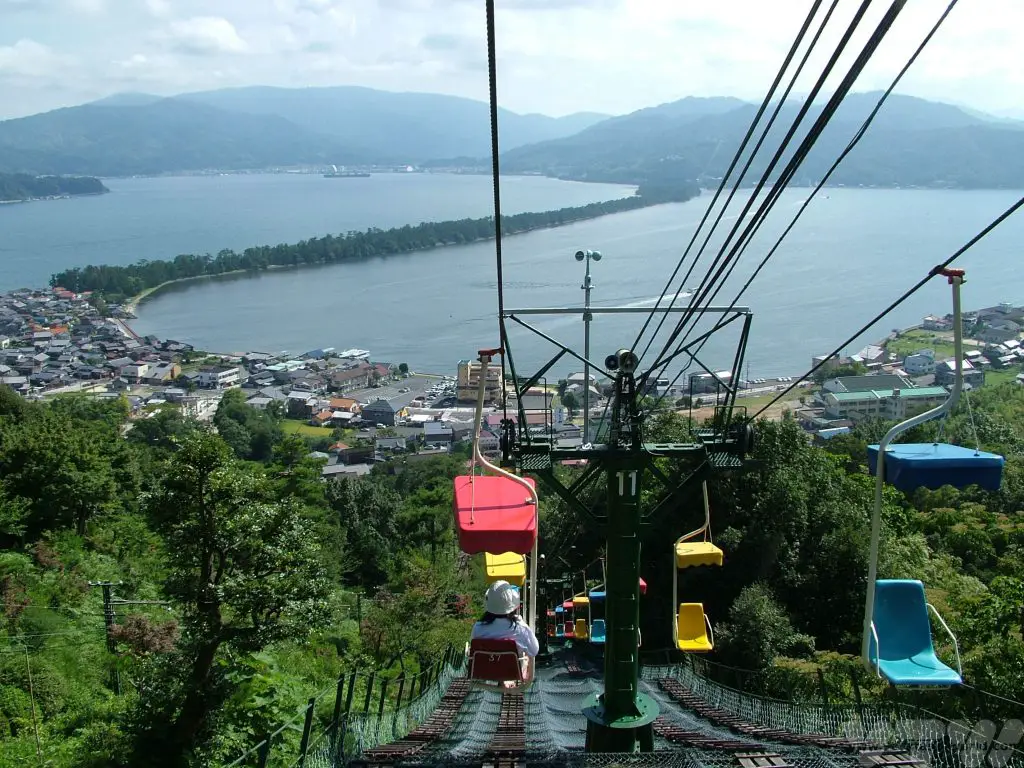
The scenery is wonderful, especially if you are lucky enough to see it on a sunny day.
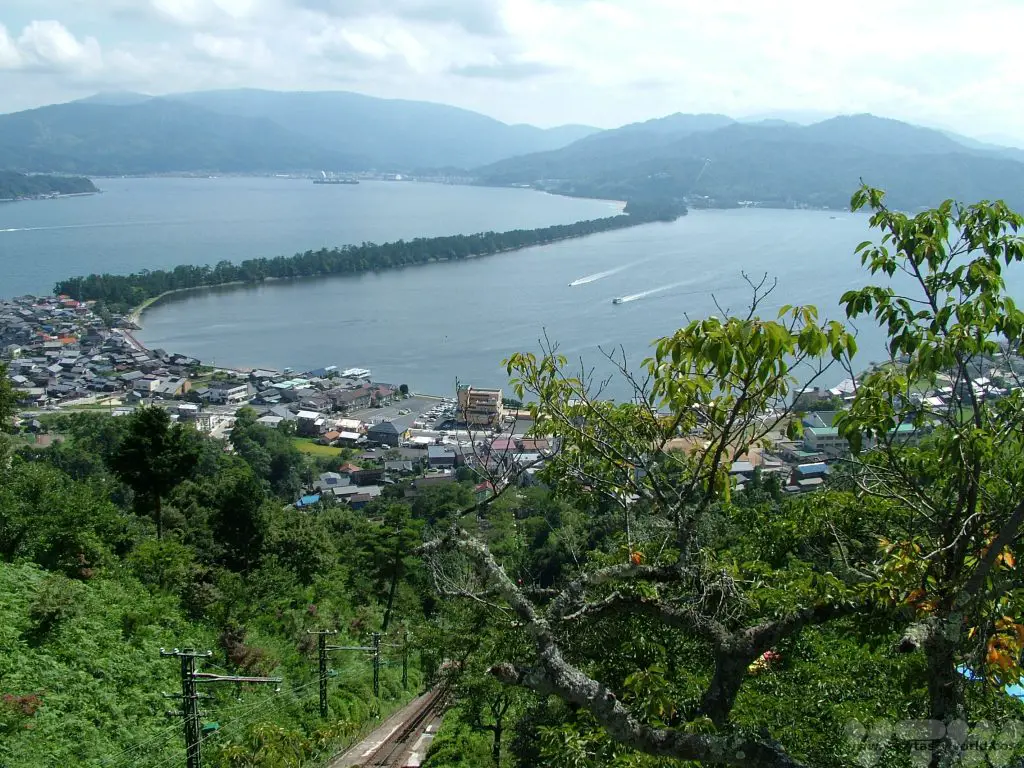
But it’s very important to know that there is a specific technique to maximise your viewing experience. You should bend over and look at the sand spit through your legs – there are special observation points to allow you to do this. The reason for this amusing way of viewing is that an upside-down perspective gives the impression of the bridge floating to heaven.
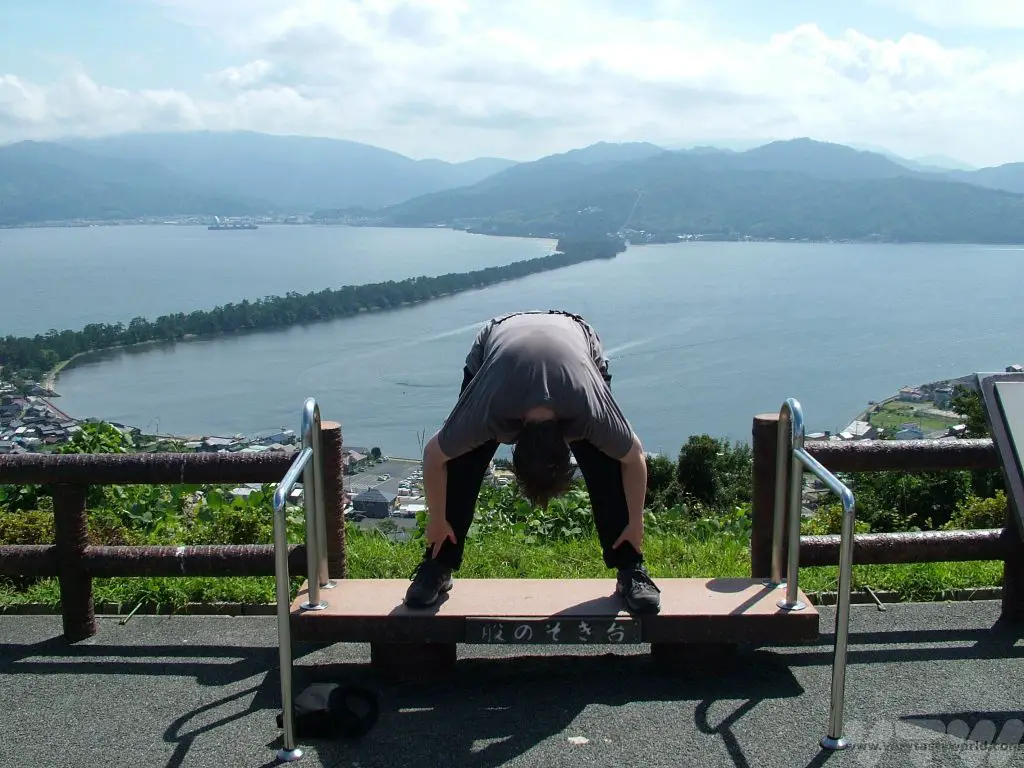
Actually it looks like this.
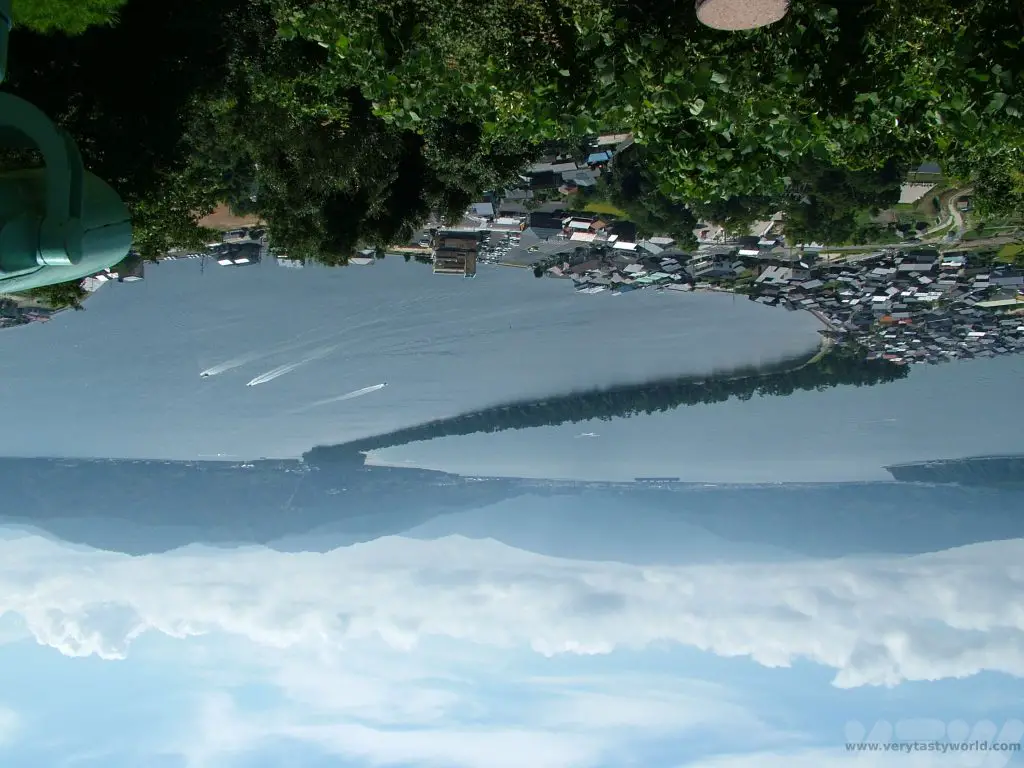
It’s great fun to watch other visitors enjoying themselves – everyone has a good laugh as they bend over to view.
There is a restaurant at the top of the viewing point area. As with most restaurants in Japan, the food is tasty and wholesome. We had chirashi sushi (a rice bowl with prawn, squid, salmon roe and shredded omelette) and udon noodles, accompanied with tempura and washed down with a nice cold beer. All enjoyed with the most delightful backdrop.
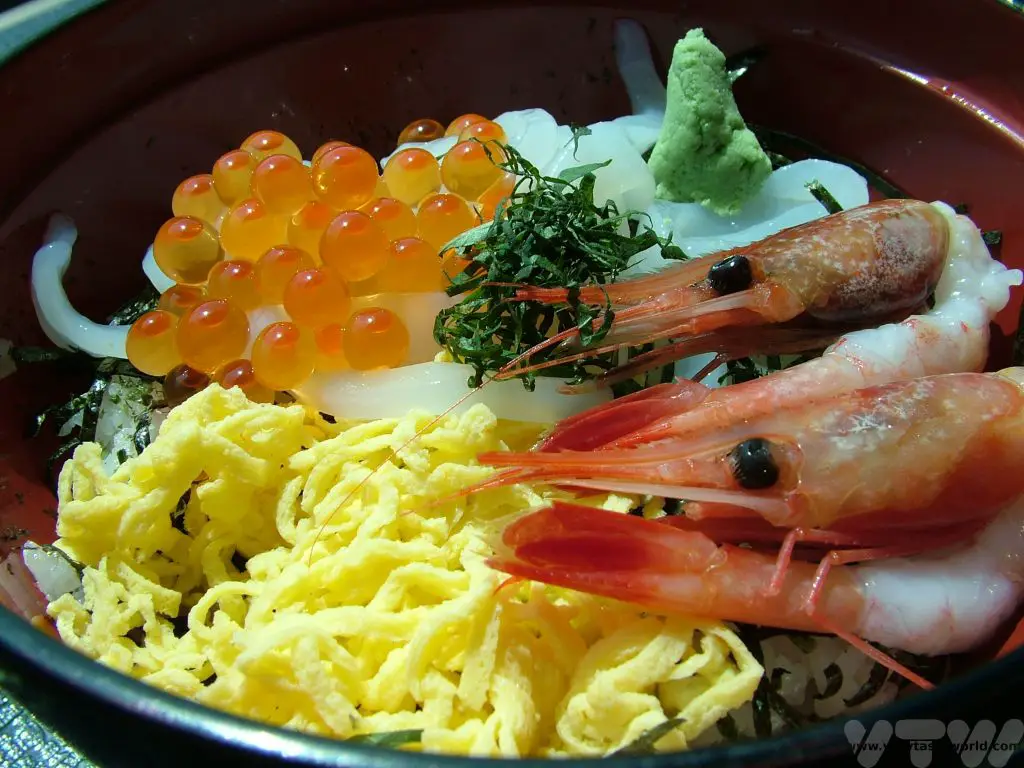
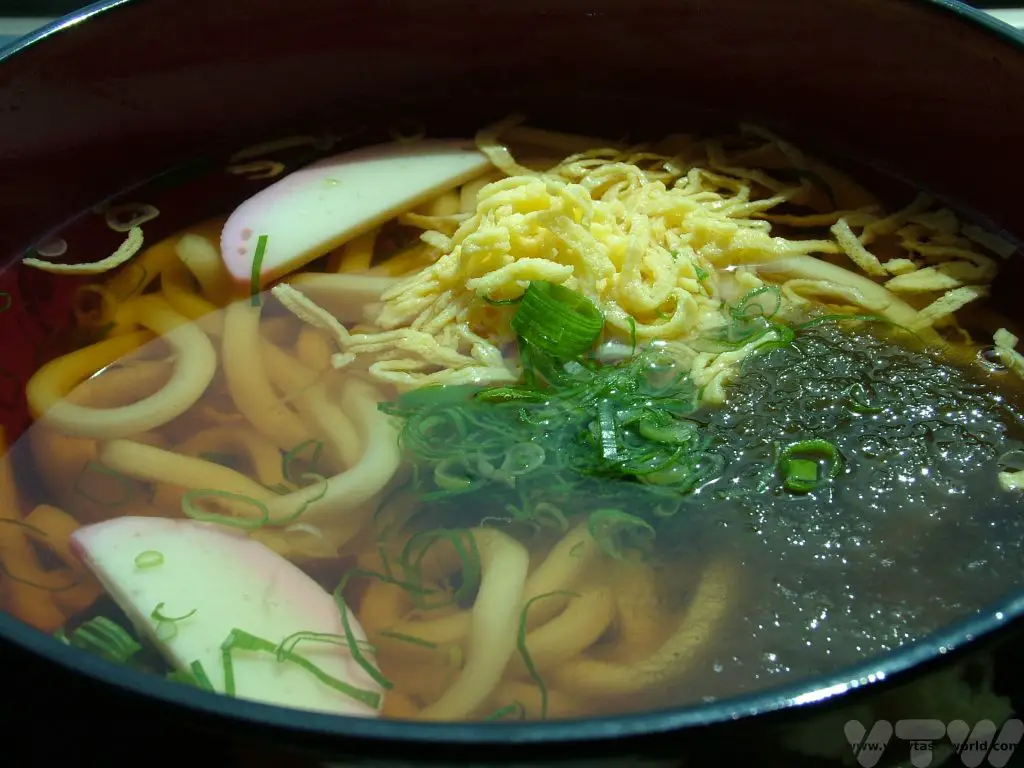
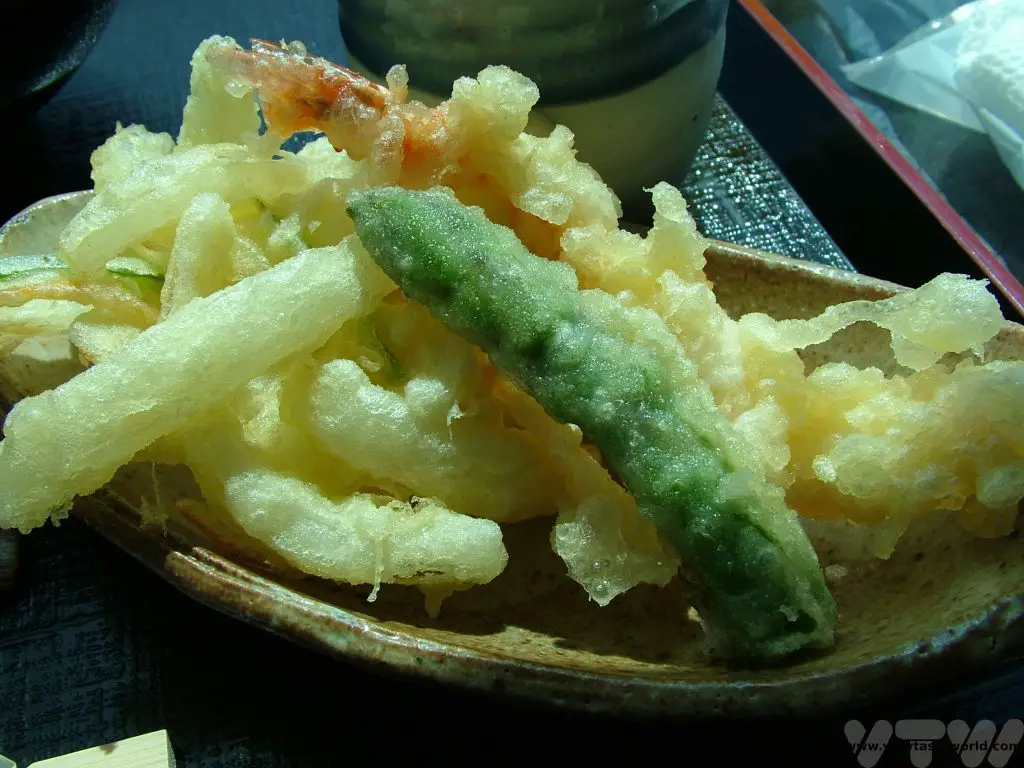
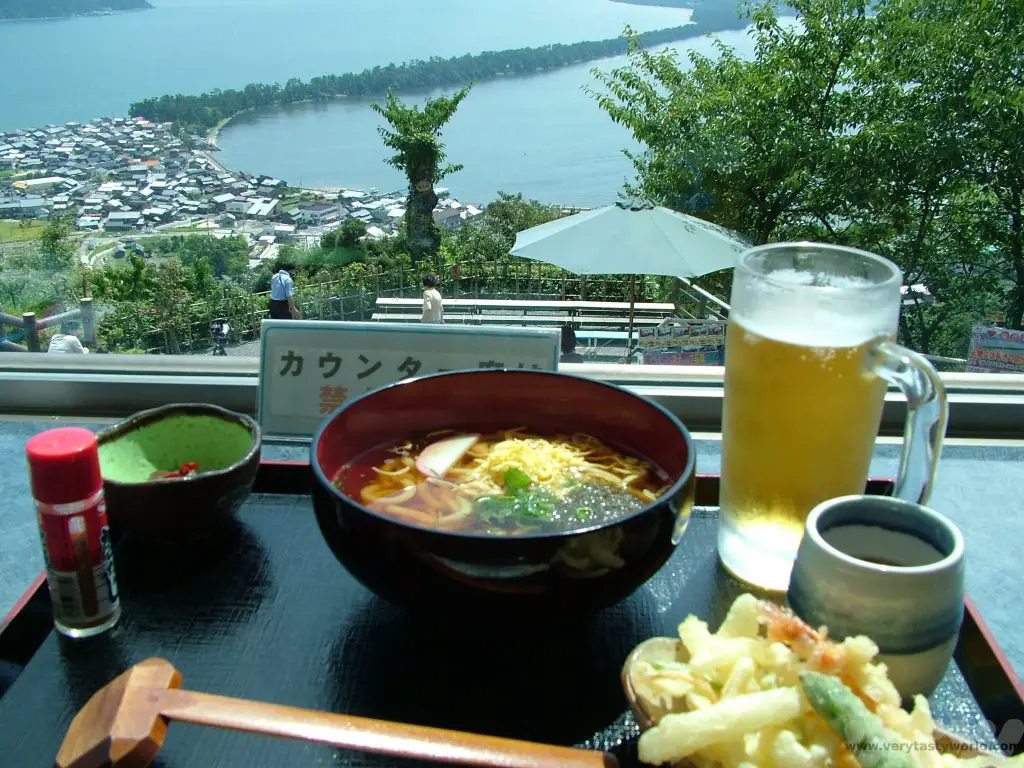
Three amazing places, three spectacular views. But these are the daytime views. Japan also has three night-time views. Actually, there are top three gardens, castles, mountains, sacred sites, hot springs, festivals and many, many more.
But that’s for another time.

- Recipe: Simmered Shiitake Mushrooms

- How to Use Public Transport in Japan

- RECIPE Oyakodon Donburi

- Planning a Trip to Japan

- The Makanai: Cooking for the Maiko House

- Setsubun Food – Bean Throwing Day

- The Gassho Farmhouses of Rural Japan

- Recipe: Japanese Simmered Pork Belly – Buta no Kakuni

- RECIPE: How to Make Umeboshi

Sacred Valley Highlights to Explore in Peru
The Sacred Valley of the Incas describes the 100 km corridor between the Andean city of Cusco, the ancient capital of the Inca empire, and the remarkable citadel of Machu Picchu. While Machu Picchu is undeniably the main attraction, there are so many other sites to visit. Here is a guide to some of the other Sacred Valley highlights to explore while you are visiting the area.
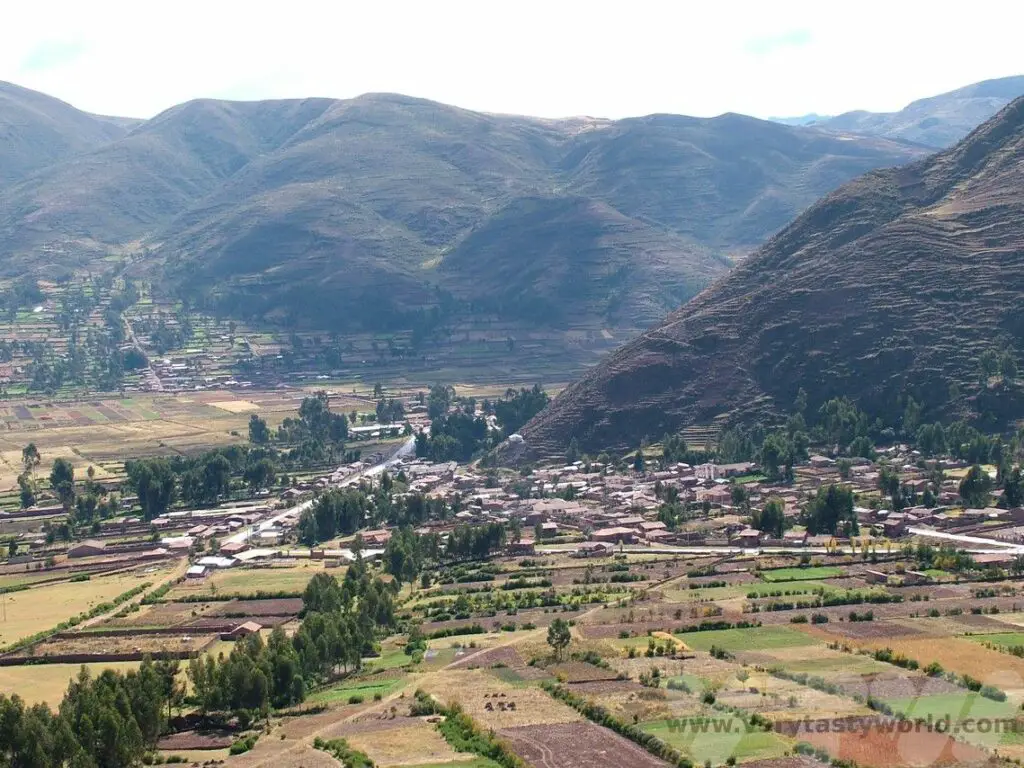
Please note that this post contains affiliate links. If you click through and decide to make a purchase we will earn a small commission, at no extra cost to you, which will help towards the costs of running this site.
Getting to the Sacred Valley
Most people fly into Cusco. Flights are available from all over Peru, notably its capital Lima, but also from other regions. We flew in from Puerto Maldonado having visited the Peruvian jungle some days previously. One thing to note is that Cusco is at an altitude of 3400m and if you are flying in from sea level, it is definitely worth spending a couple of relaxing days in the city and surrounds to acclimatise to the altitude.
An alternative route is to catch a bus up to the Andes. It takes around 22 hours from Lima. There are a few advantages to using the bus: it is cheaper, you can enjoy the mountain scenery and also it means that you climb up to the altitude at a more leisurely pace than flying in, which means that you can adjust more slowly.
Sacred Valley Highlights
Cusco
Cusco is the main city in the region and the most popular location to use as a base for exploring the Sacred Valley. The city was occupied by the Killke people from roughly 900CE until the arrival of the Inca in the 13th century.
It was to become the capital of the Inca Empire meaning that Cusco was, in its time, the most important city in South America. Cusco grew from a small village to a vast city thanks to Pachacuti Inca Yupanqui, who expanded the Inca Empire to cover a huge area of the South American continent. It is believed that Machu Picchu itself was constructed as an estate for Pachacuti.
Cusco’s Centro Historico is a UNESCO world heritage site and, like much of the Sacred Valley, sees colonial architecture blend alongside Inca ruins in a fusion of cultures and history. The main square is located right at the heart of the city centre. There are various shops and restaurants lining the perimeter of the square and it is frequently used for bands, who play concerts, and dance troupes. It’s a lively place where locals and tourists intermingle.
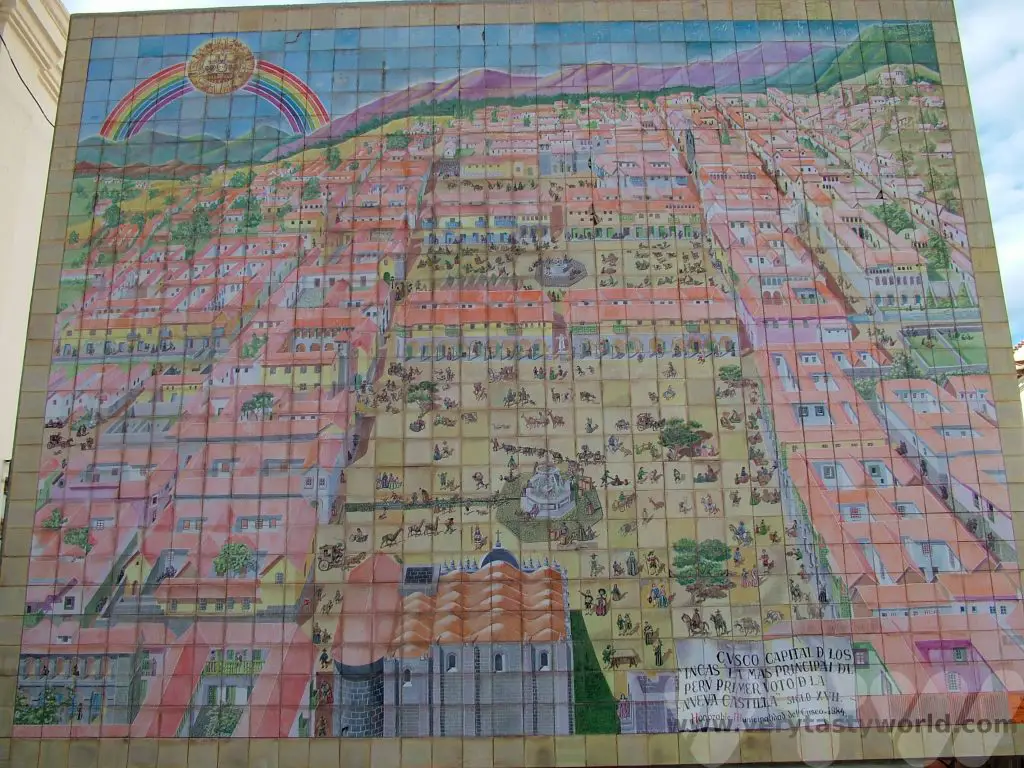
The city’s cathedral located in the north-east corner.
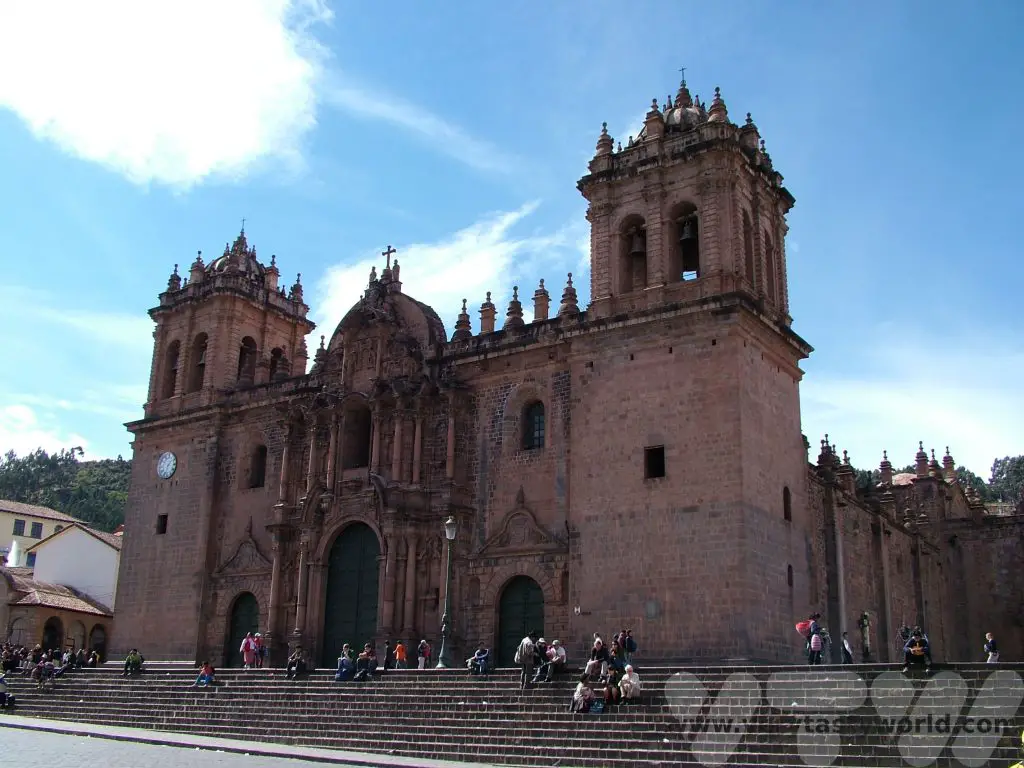
Another church that is of particular interest is the Church of Santo Domingo. It was built directly on top of the most important Inca temple of the region, Coricancha, and hence encapsulates the blending of indigenous and colonial cultures over the centuries.
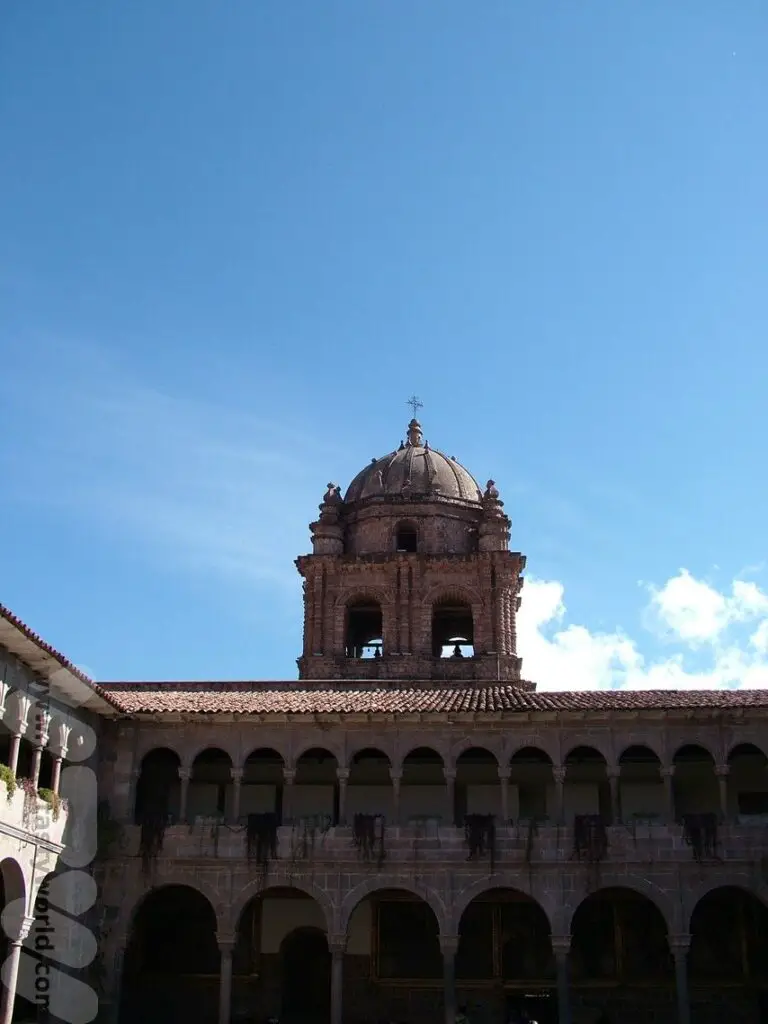
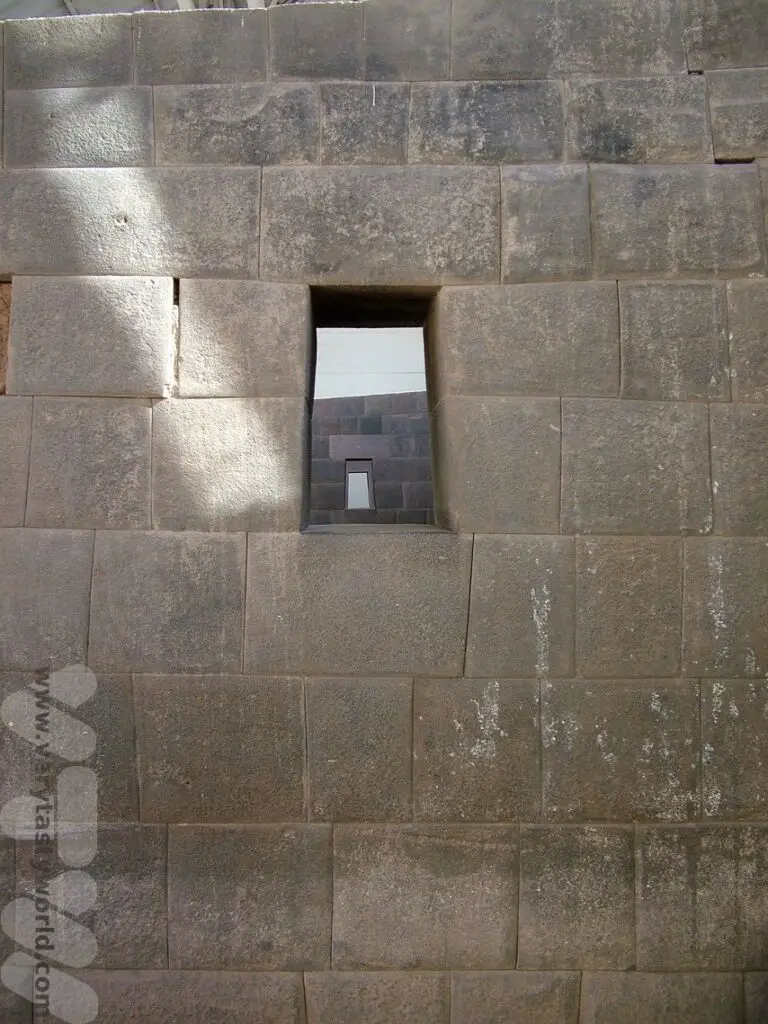
Sacred Valley Sites On The Outskirts of Cusco
There are a number of fascinating Inca sites located very close to Cusco. In fact, they are so close you could even walk to some of them if you were feeling energetic. Some are further out (up to 8km), so we recommend either booking a half-day tour with a local company, which would include a visit to all the sites, or getting a taxi, a bus or colectivo (a van/minibus that runs a particular route on no particular schedule – you usually go when the vehicle is full). You can buy a ticket that covers entry to Sacsayhuaman, Q’enqo and Tambomachay as well as the fortress of Pucapucara.
Sacsayhuaman
Sacsayhuaman is a dramatic citadel initially established by the Killke and significantly expanded by the Inca, located on a hillside overlooking Cusco.
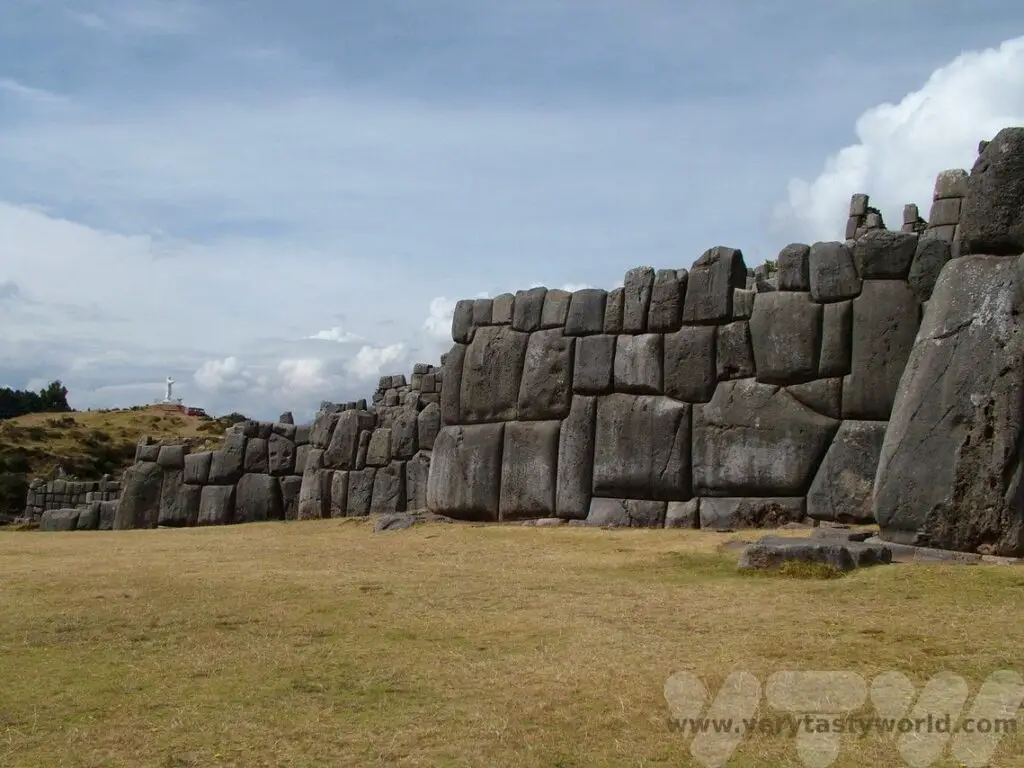
The construction is remarkable, notably the enormous stones that form the terrace wall which is adjacent to the plaza. The tallest parts of the wall reach over 6m in height and the huge stones are apparently packed so tightly that it’s impossible to slip even a single sheet of paper between them.
If you’re lucky you might even get an impromptu concert from a visiting band.
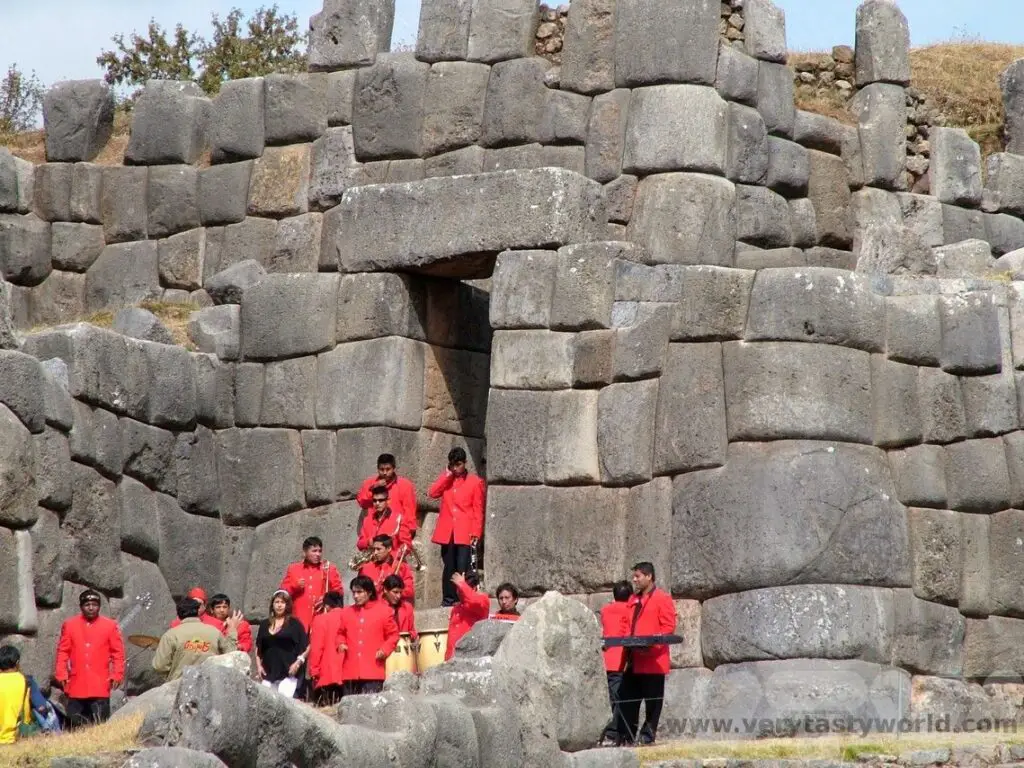
There’s a lovely view of Cusco from the site as well.
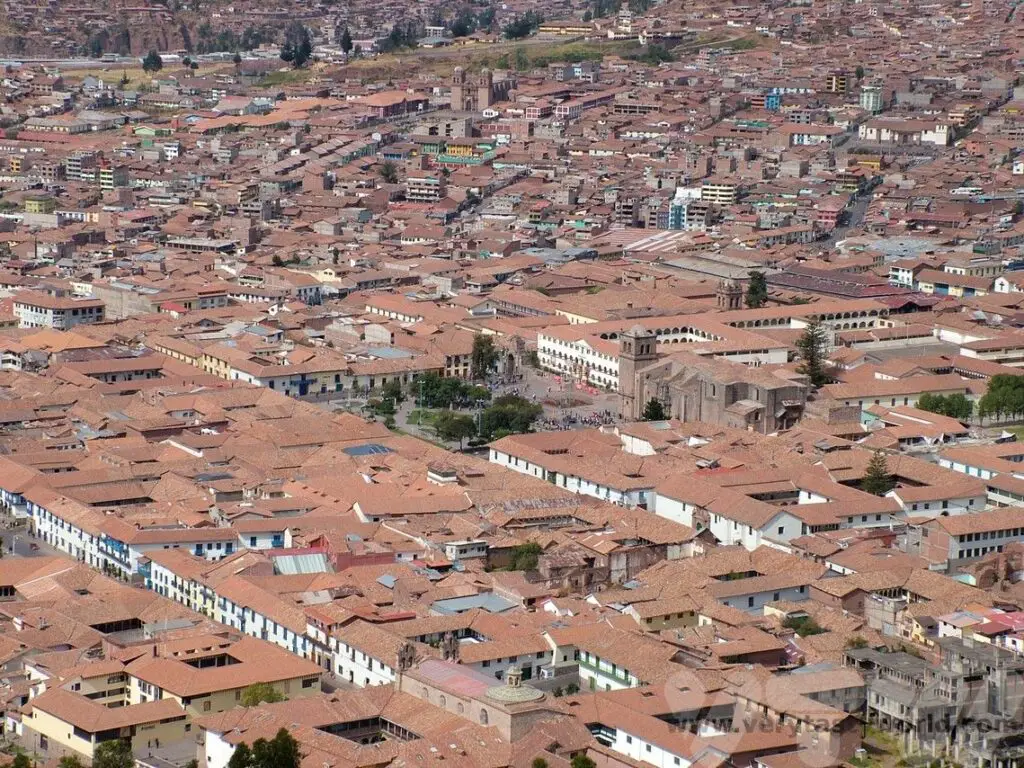
Tambomachay
This fascinating site, located near a number of springs, is comprised of canals and aqueducts that run through the rock terraces and flow into three waterfalls. The purpose of the site isn’t really known but it is thought that it may have been a sort of spa resort for the Incas or possibly a religious site.
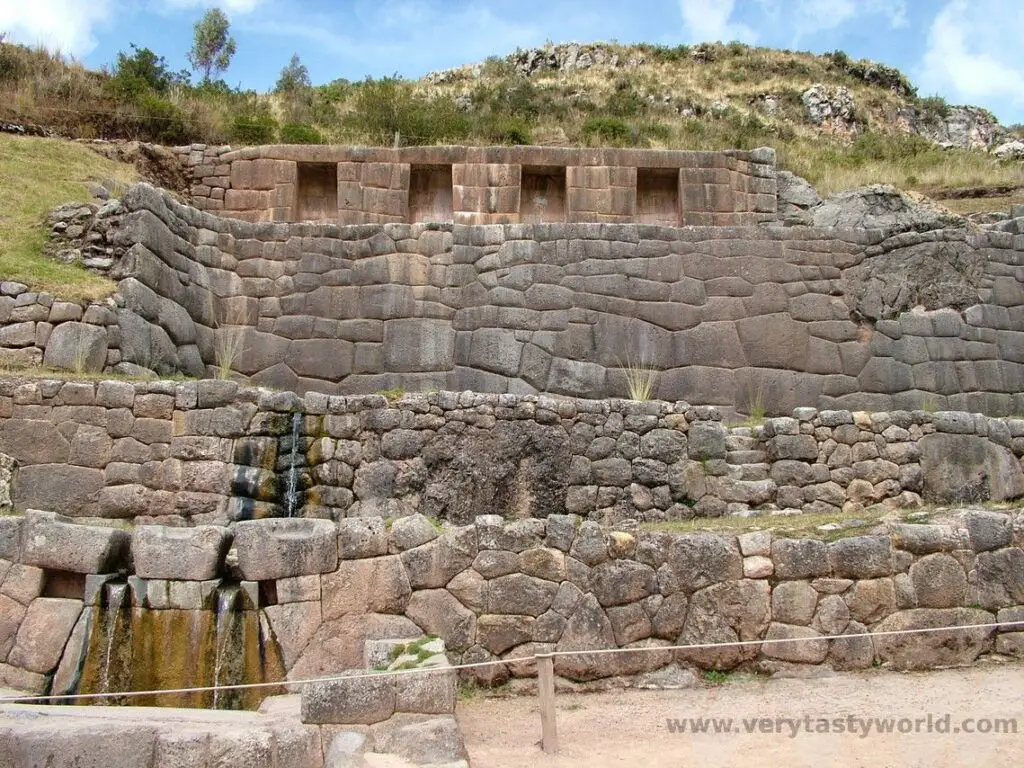
There is a legend that the water has particular qualities that may help those that are follically challenged. Yes, the water is purported to cure baldness! Further along the site, Colin was encouraged to wash his head under the water but, sadly, we can only report that the water’s reputed magical powers did not prevent further balding, nor produce any additional tresses. So it goes…
Q’enqo
This is an archaeological site thought to be a holy place or huacas. Huacas used existing rocks as a site for religious ceremonies. It is thought that sacrifices may have taken place here.
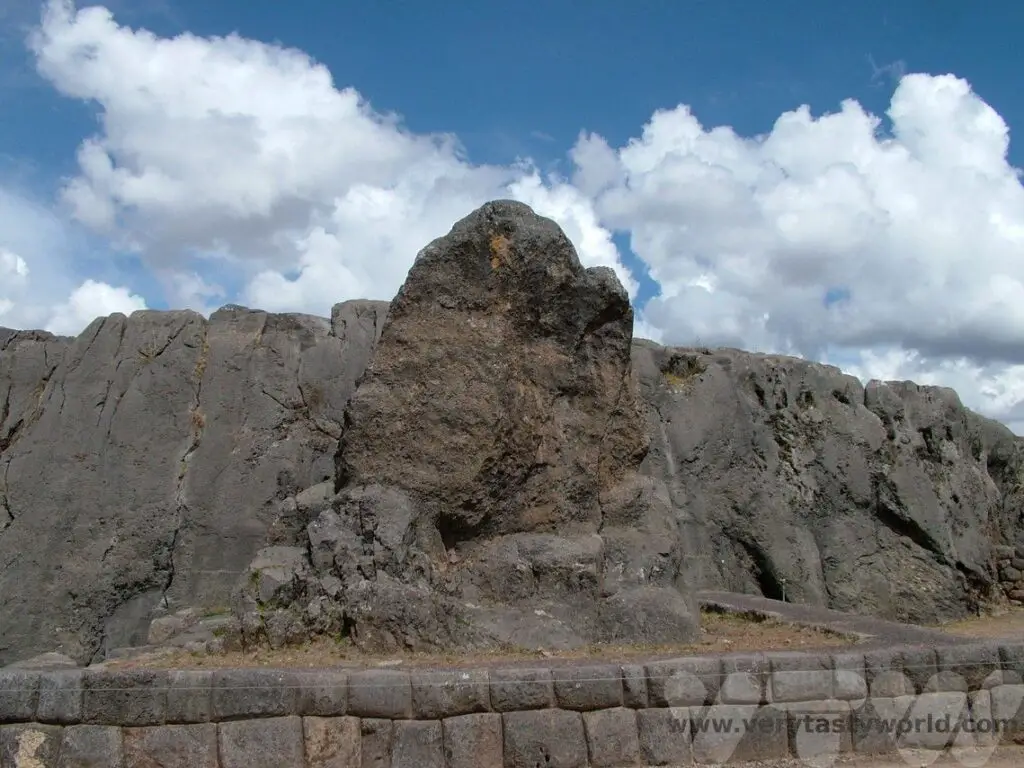
The name Q’enqo is thought to derive from the Inca word for ‘labyrinth’ possibly on account of the winding passages carved into the rock. These include several features such as altars. It’s possible to wiggle inside and explore the carved rock within.
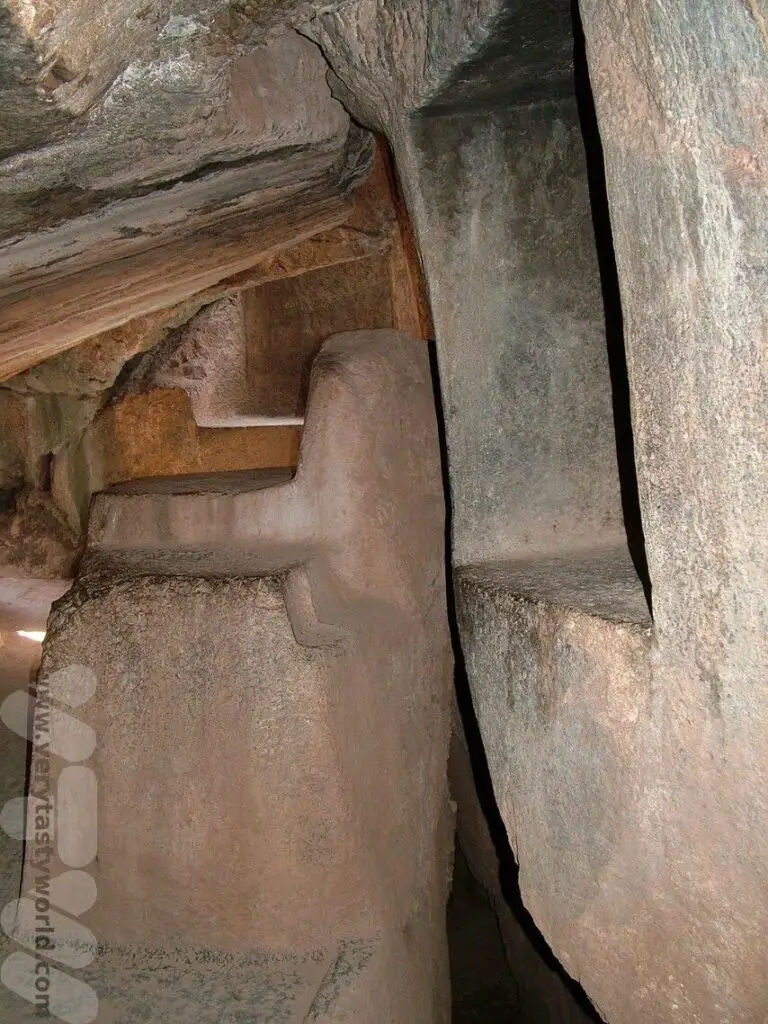
Further Along the Sacred Valley – A Day Trip
Depending on how much time you have, you can explore the Sacred Valley at your leisure. There are various transport options for travelling to the main towns in the region. There are taxis (most expensive), buses and colectivo (cheapest) available in the major towns. If you are short on time there are a number of companies that can offer day trips to the sites across the Sacred Valley. Many will offer a pickup from your hotel. These are usually full day tours and will often start early in the morning.
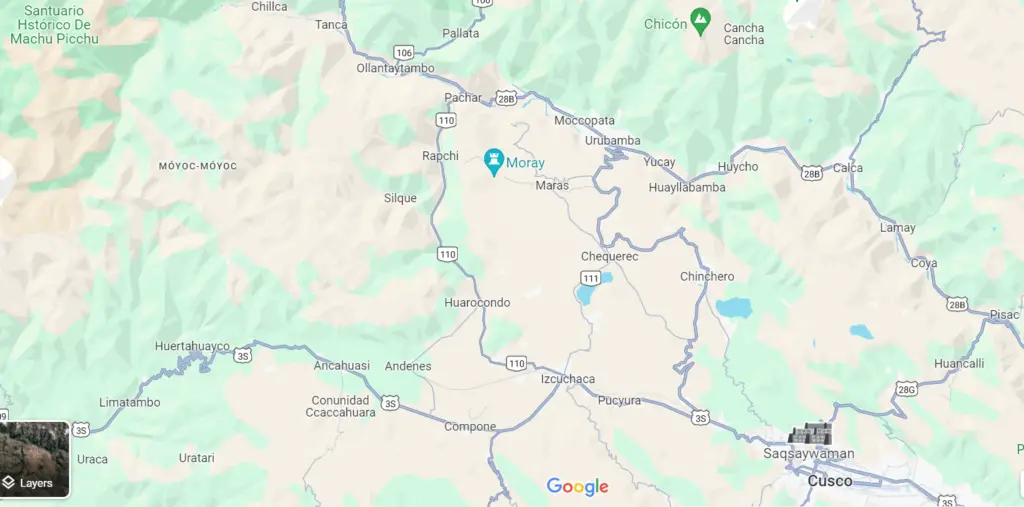
There are many sites to see in a day, so some tours may prioritise some sites or activities over others. For example, some may take you to Pisac’s market but not its Inca ruins. It’s worth shopping around to decide which towns and activities are of most interest to you.
Pisac
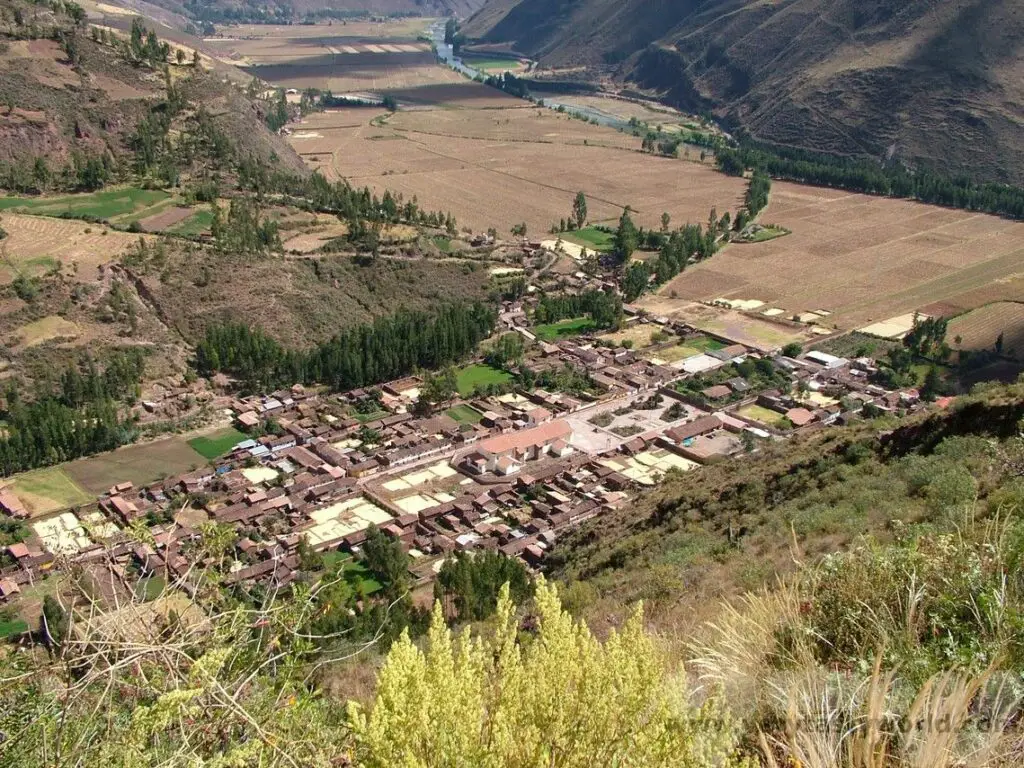
This town nestled in the Sacred Valley is famous for its market, the largest in the region. Officially it was a Sunday market but it is so popular that it runs pretty much every day. It is a bit touristy but if you are after souvenirs – and you like shopping – it is worth a visit. Arrive as early as possible to avoid the crowds.
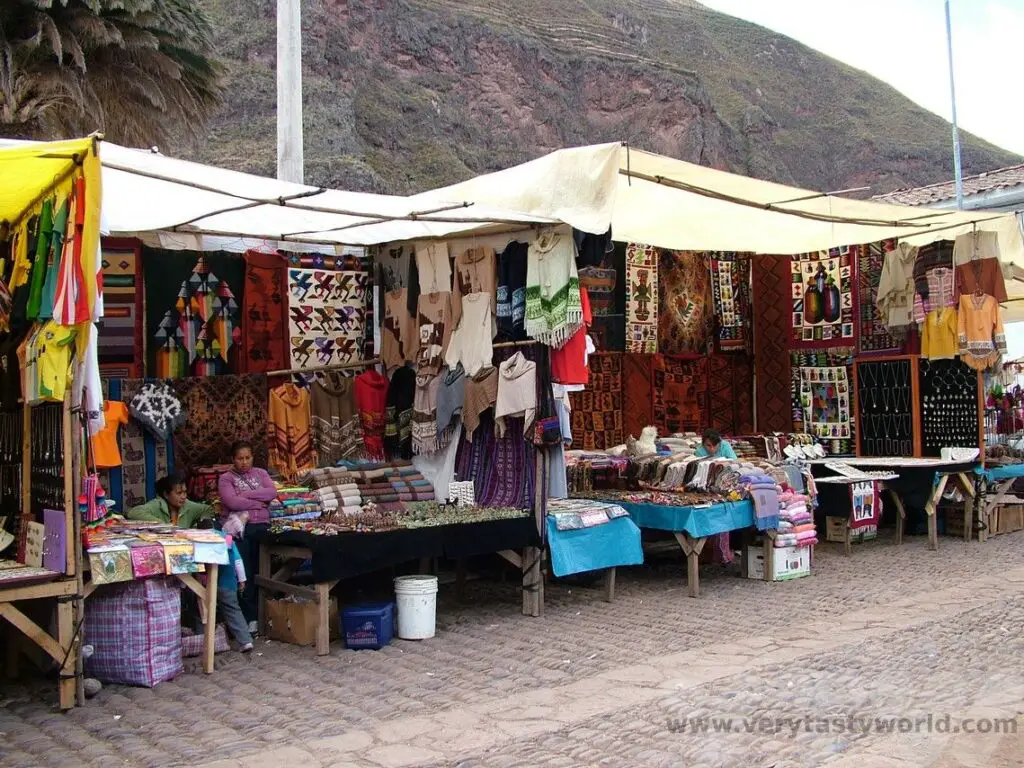
Pisac also has some splendid Inca ruins if you don’t want to haggle for souvenirs but check whether a visit to this site is included in the tour as some prioritise the market.
Chinchero
This is a charming village which has a lot of history and offers another blend of Inca and colonial architecture.
Túpac Yupanqui (the son of Pachacuti) who was the emperor of the Incas between 1471 and 1493, built a grand palace in this area. (Curiously, some academics believe that it was the Incas, led by Yupanqui, who discovered the Galapagos Islands. Although there is no evidence for this, it does reflect the vastness of the Inca empire in its heyday.) The terraces were used for agricultural purposes.
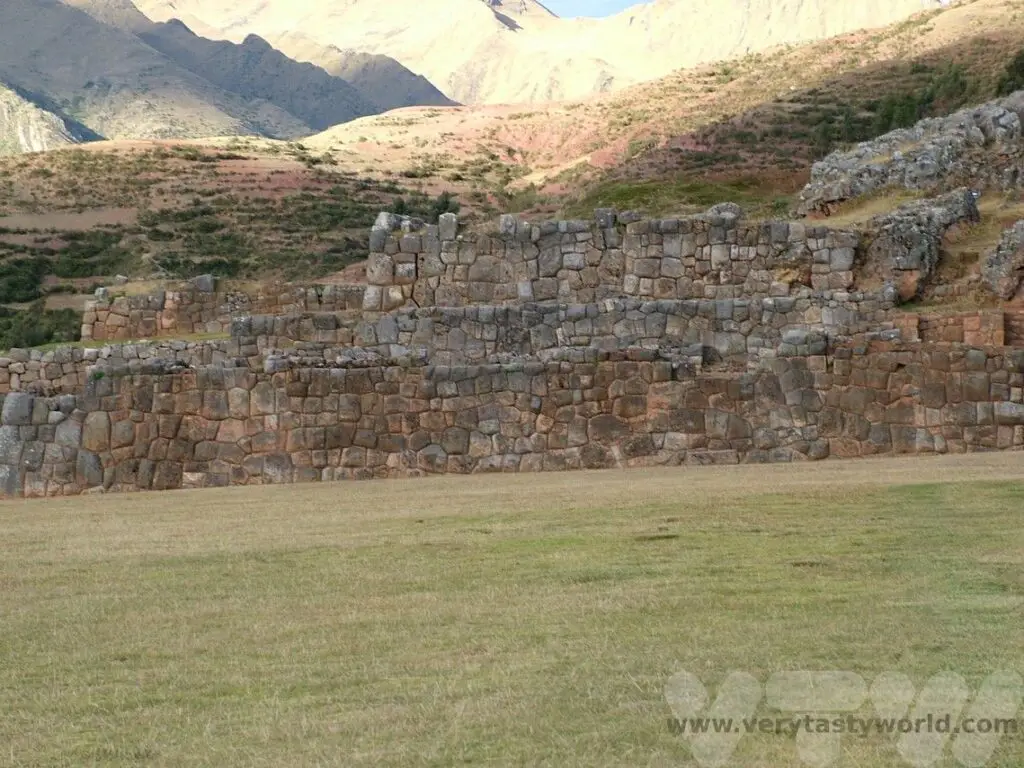
The walls with multi-angular and trapezoidal stones perfectly illustrate the complexity and sophistication of the Inca construction techniques.
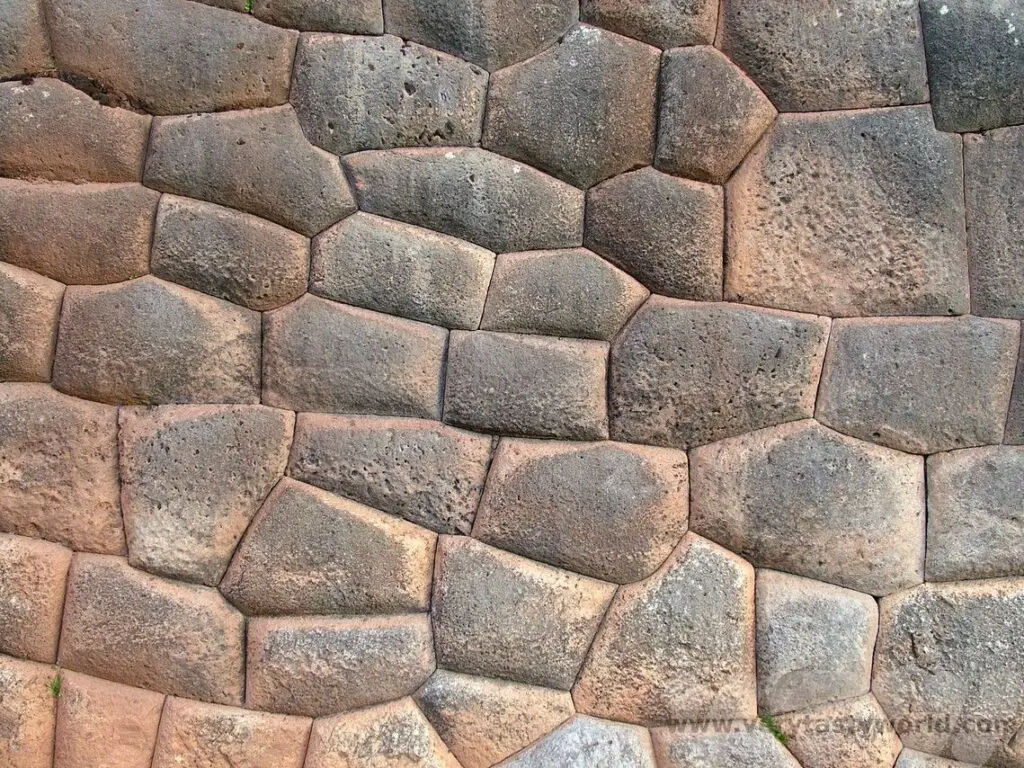
Chinchero was destroyed by rebel Manco Inca, who set it alight in 1540 in order not to leave any resources for the Spanish conquistadors, as he retreated from their unwavering advance.
When the Spanish finally settled in this town they built the Church of Our Lady of Monserrat on the remains of Yupanqui’s grand residence. It uses some of the Inca palace walls for its foundations and very much reflects the way that the cultures have integrated over the centuries.
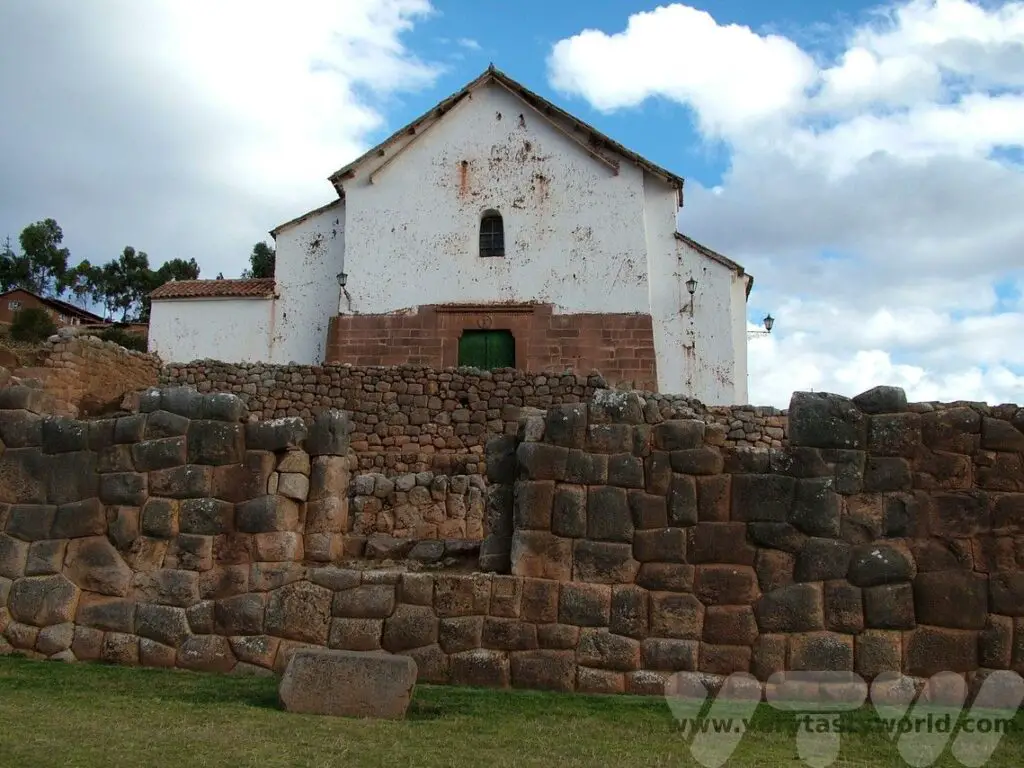
The church contains some of the best religious art in the region.

Also a centre for textiles, you may see the local women weaving colourful cloth in the streets of Chinchero. It’s very much a community working together as a co-operative.
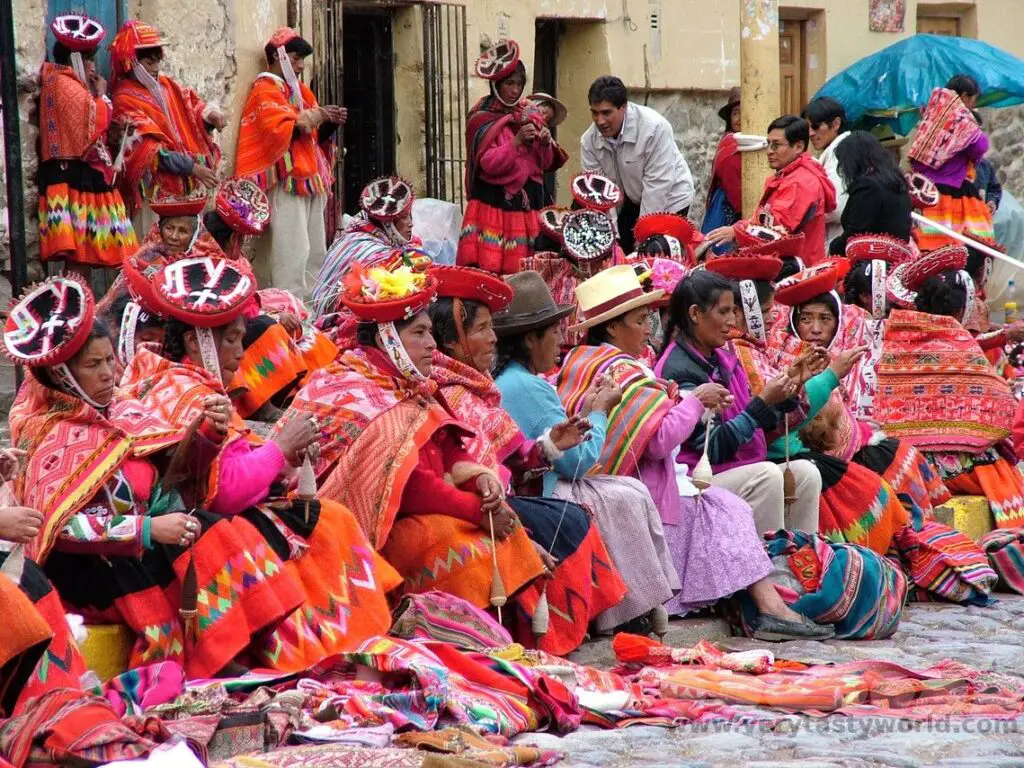
Ollantaytambo
The furthest town from Cusco on this day trip, located about 60 km away (and around 2/3 of the way to Machu Picchu as the crow flies), Ollantaytambo was established by Inca emperor Pachacuti and served as his royal residence.
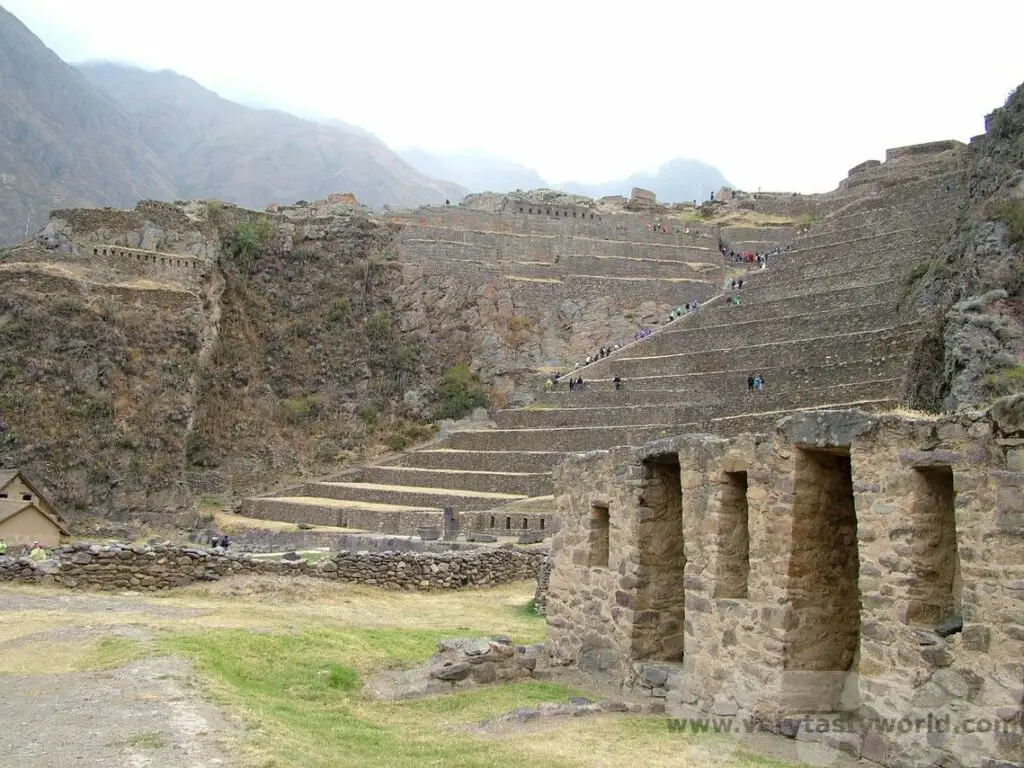
Ollantaytambo’s ruins are extremely well preserved and reflect the agricultural practices of the Incas in this area, notably the quality of the construction due to their prestigious status. The terraces are very well constructed, with high walls, and they scale the tall mountain. This has a practical effect which ensures that the Inca could grow many types of crops which flourished under the different micro-climates on the terraces.
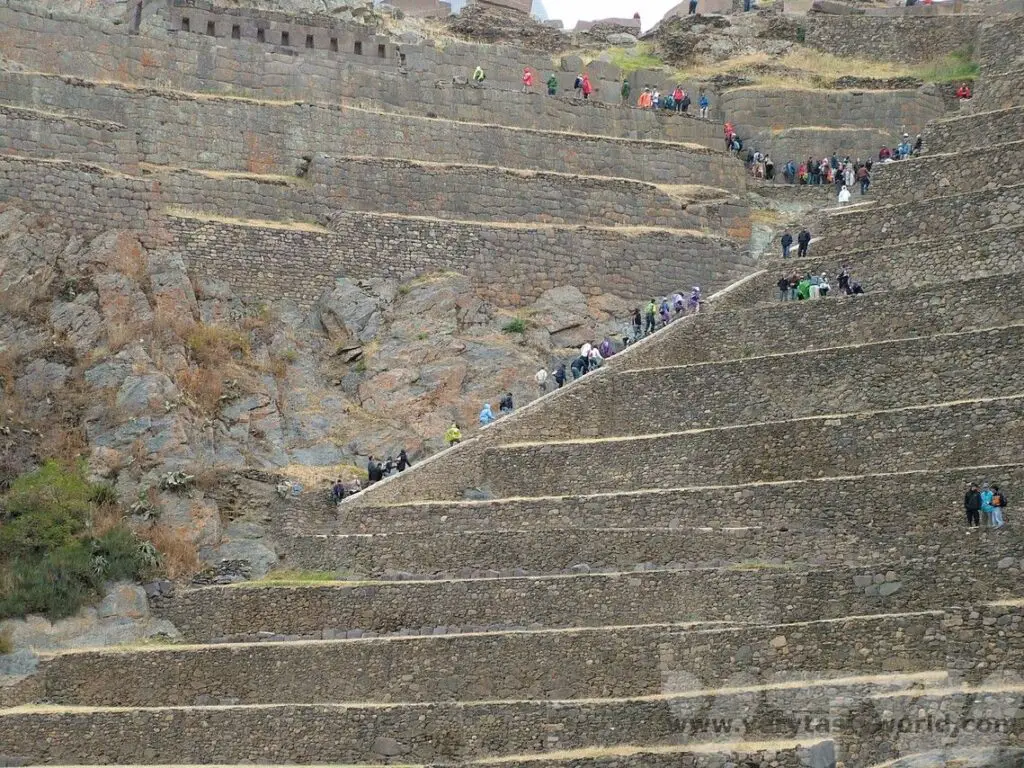
Storehouses for food can also be seen.

Ollantaytambo was the last bastion of the rebel Manco Inca Yupanqui who led the resistance against the Spanish conquistadors. After Cusco had fallen Manco Inca successfully blocked a Spanish expedition and defended Ollantaytambo, but was unable to hold his position. He eventually retreated into the jungle of Vilcabamba and became the leader of the Neo-Inca state.
There are a number of other interesting sites to visit. These include the salt pans of the Salinas de Maras and the concentric terraces at Moray, thought to be a location where the Inca experimented with growing particular crops. If you’re feeling active, whitewater rafting on the Urubamba River is a popular activity.
Essential Drinks to Try in the Sacred Valley
Peru is deservedly cited as having one of the world’s most interesting cuisines with all sorts of delicious delicacies to taste all over the country. But we also enjoyed some typically Peruvian drinks whilst visiting the Sacred Valley.
Chicha
If you see a flagpole outside a local house, this represents a chicha place where you can try a glass of corn beer. You are welcome to come in and buy some for a modest price.
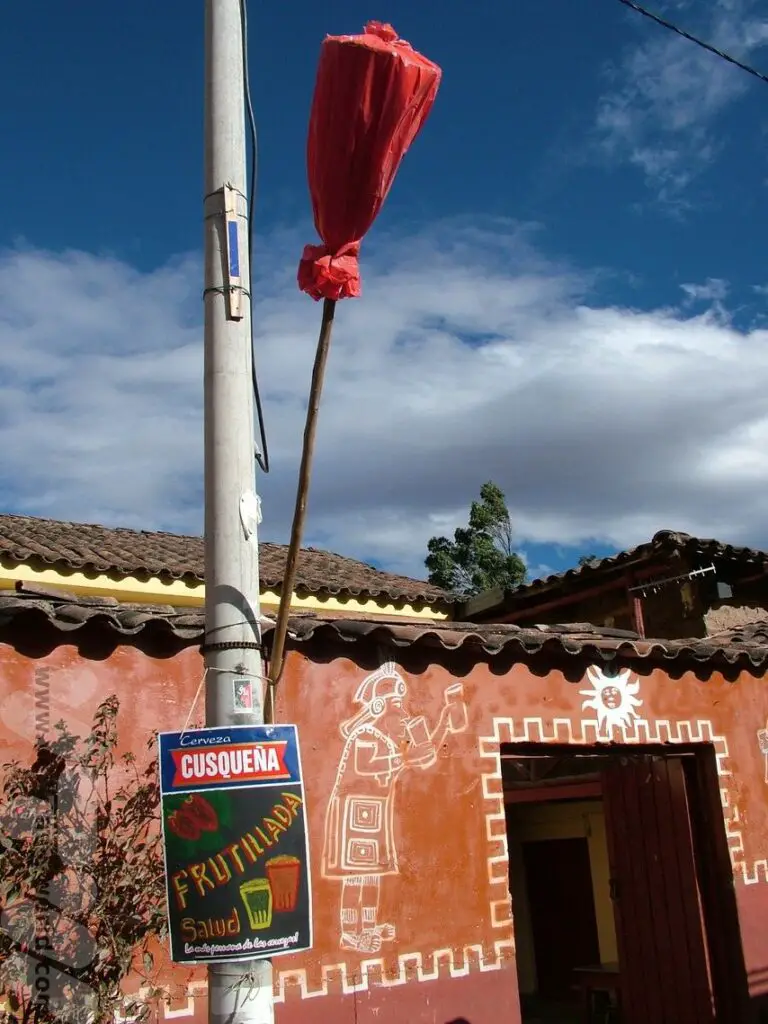
Chicha is brewed from maize and fermented in earthenware vats. It’s usually made by the women of the family and can provide a good income for the household.
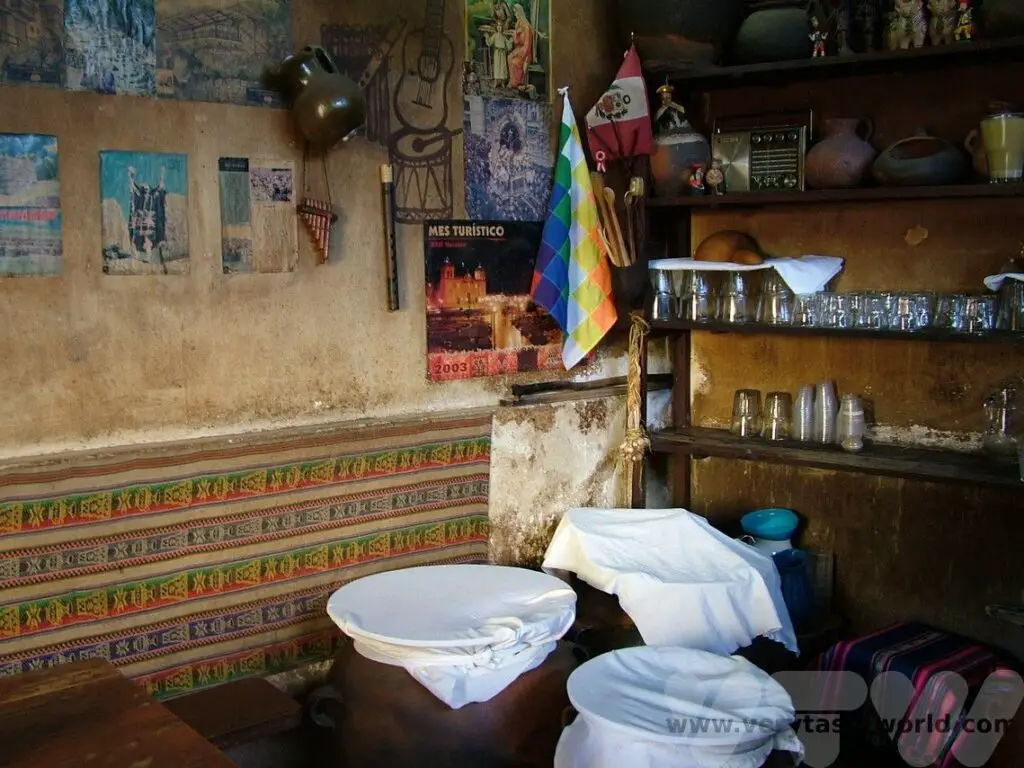
Chicha made in a very similar way to standard beer but it uses maize/corn instead of barley. It is a very special drink that had a huge cultural importance to the Inca people. It’s not very alcoholic – about 3-5% – but it is very refreshing and tasty too.
Chicha de jora is made from yellow maize and chicha morada from purple corn, with fruit such as pineapple or strawberry added with spices such as cinnamon or cloves to add flavour. Both types of beer have a glorious colour.
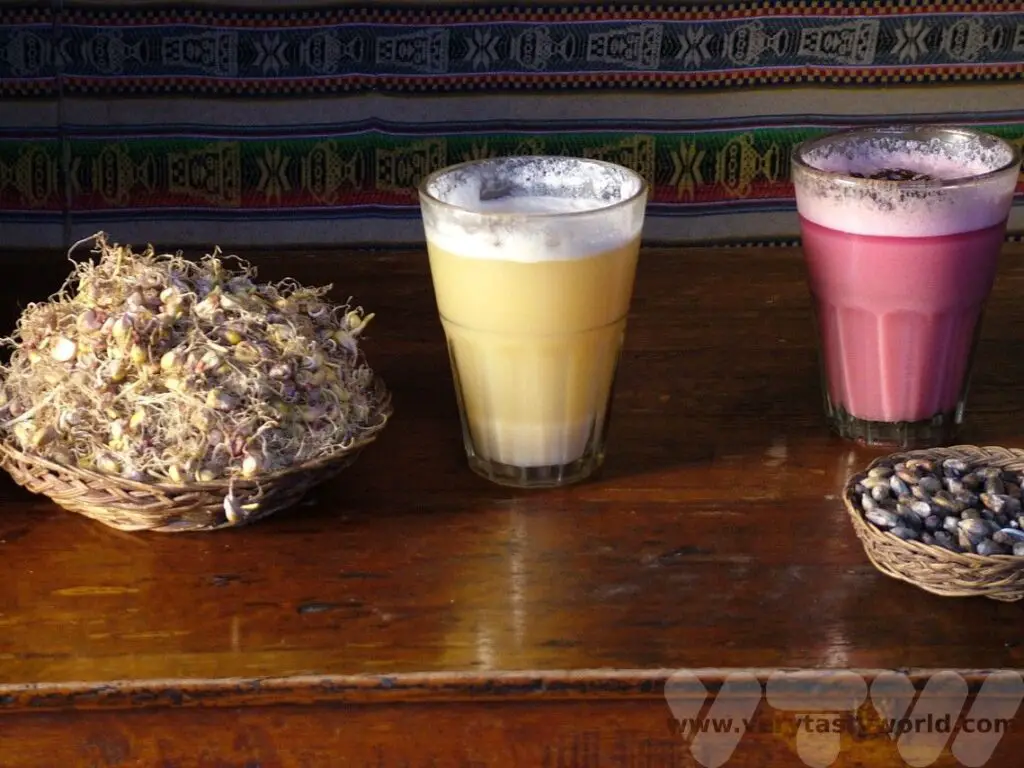
Coca Tea
At altitude you really notice the thinner air and the lack of oxygen. You may not feel it initially but climbing a seemingly innocuous flight of stairs, even a single storey, can leave you puffing and panting and wondering whether you need to be working out more. Some people have more serious reactions which include headaches, nausea, tiredness and dizziness. There is no knowing whether you are likely to suffer from altitude sickness, and fitness isn’t a factor – it seems as though either you are or you aren’t susceptible. If you do feel poorly, stop and rest. Make sure you are well hydrated. Avoid consuming alcohol and smoking.
One local remedy that is reputed to help with mild symptoms is coca tea. It won’t cure altitude sickness but apparently helps alleviate the headaches. (It’s not recommended for those with high blood pressure, heart problems or diabetes.) And as acute mountain sickness can be fatal – if symptoms get worse, seek medical advice immediately.
Our hotel had free coca tea available all the time and this is the case with most accommodation in the city. A nice cup of hot tea after a morning or afternoon’s sightseeing was always welcome. The tea is brewed from the leaves of the coca plant, which the Incas considered to be sacred. It’s not tannic and has a pleasing flavour, a mild, refreshing taste that is a bit like green tea.
You can buy coca tea bags in Peru to bring home. They last ages and can still be enjoyed at altitudes much closer to sea level.
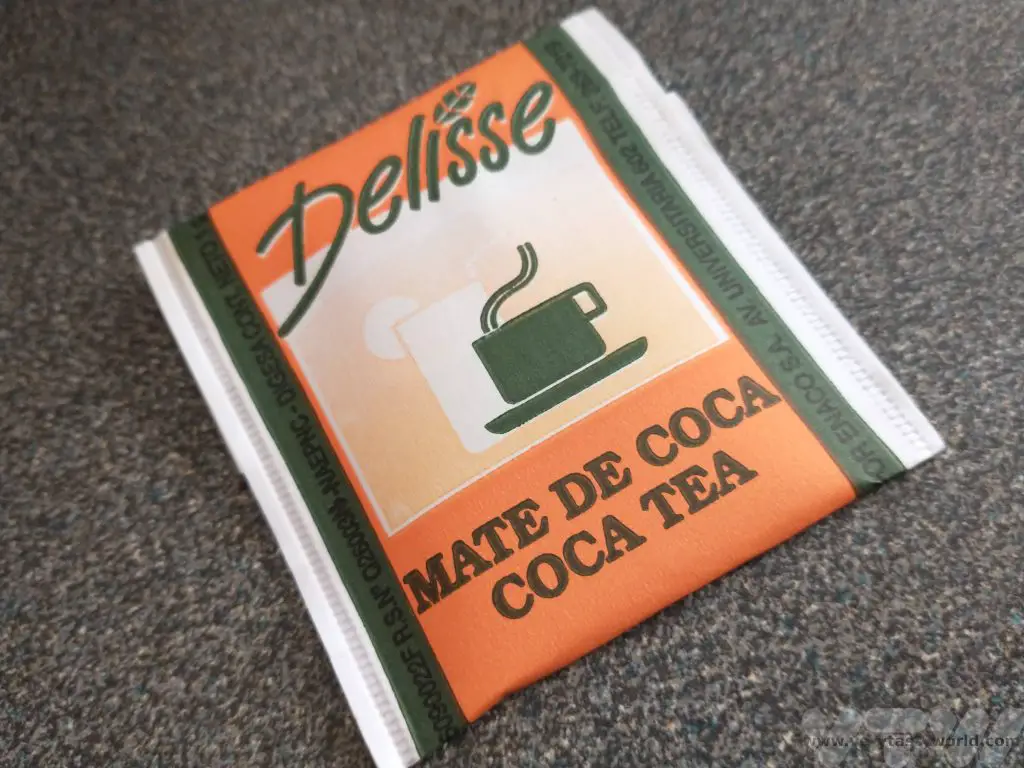
Just brew them as you would any cup of tea: teabag in a cup, add boiling water, steep to the strength you like, sit back, put your feet up and quaff.
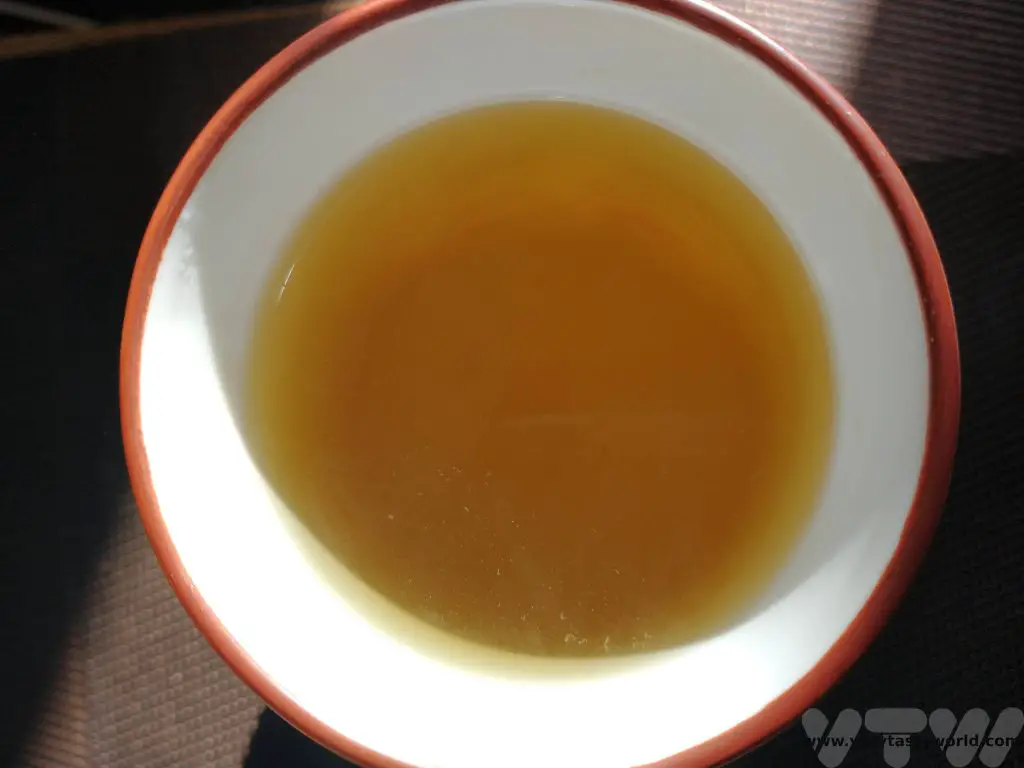
Although often considered to be the gateway to Machu Picchu, Cusco and the Sacred Valley have so much to offer the visitor. It is definitely worth spending time in this area, not only to acclimatise to the altitude, but also to explore and discover more of the region’s fascinating history and culture.
Related Posts You May Enjoy

- Best Time To Visit Machu Picchu 2024 Update
- A 2 Week Patagonia Itinerary
- Day of the Dead in Campeche
- A Galapagos Land Based Itinerary
- RECIPE: How to Make Costa Rica’s Gallo Pinto
- A Tasty Puebla Food Tour
- Costa Rica Wildlife Sanctuary – Caño Negro
- Visit Torres del Paine National Park in Patagonia
- Atacama Desert Itinerary
